


Below is a sample of the emails you can expect to receive when signed up to Nature Photographers Network.
|
|
|
|
|
|
|
|
||||||||||||||||||||||||||||||||||||||||||||||||||||
|
|
Sarah Marino
Contributor
June 13 |
Originally published at: https://naturephotographers.network/articles/lessons-for-photographing-plants-using-shallow-depth-of-field/
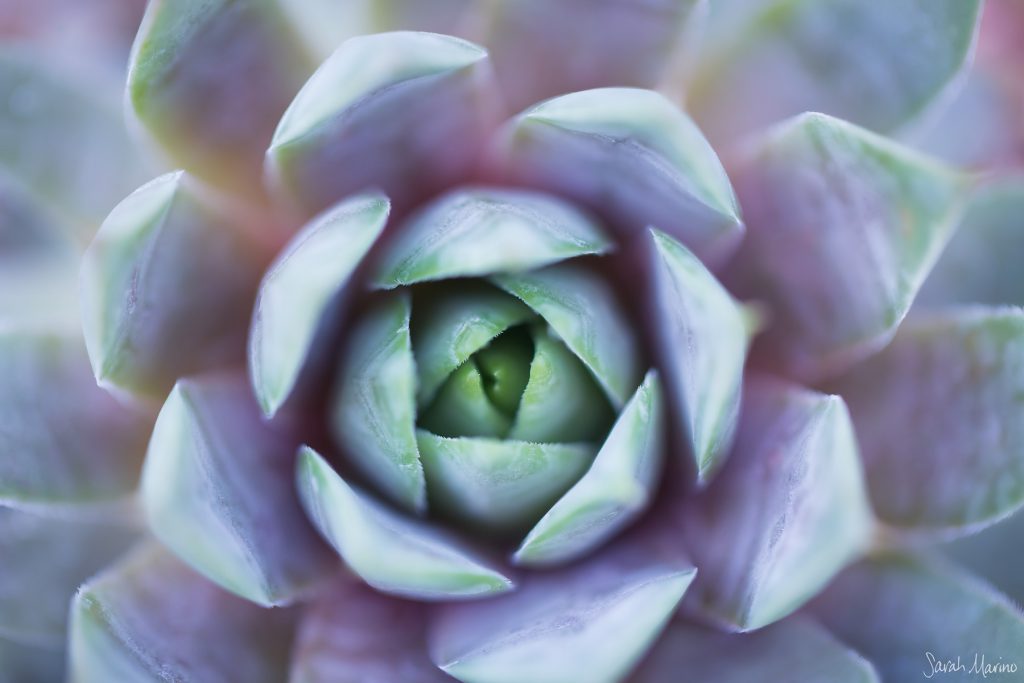
Photographing small subjects opens up a world of opportunity for nature photographers. By seeking out nature’s details, a photographer can explore a world of plants, patterns, textures, and abstract subjects that are often overlooked or seen in a less interesting way by the human eye. In this article, we will discuss one way of photographing small scenes: using shallow depth of field to render only a small part of your subject in focus. This article focuses on plants and leaves but you can use these lessons on any small subject you encounter in nature.
For many landscape photographers, embracing shallow depth of field and the out of focus elements that come with it can be a major shift in mentality. When photographing small subjects like plants or flowers, shallow depth of field can often transform a subject from the literal to the abstract. Generally, using greater depth of field renders a subject more literally with all of its details more obvious to the viewer. Shallow depth of field, on the other hand, often lends a more simple, dreamy, and abstract quality to a photo. Instead of photographing petals or stems or leaves, you are photographing lines and shapes. Additionally, the abstract renditions that can emerge make shallow depth of field an excellent simplifying technique when photographing a chaotic subject.
The subject of the photo below is an organ pipe cactus. I leaned in very close to a curving branch and selected a set of healthy cactus thorns, focusing on one very small section of the overall plant. By using shallow depth of field (here, an aperture of f/2.8), I was able to significantly soften the feel of the thorns and capture a more gentle portrait of this beautiful plant. The background, more of the cactus in soft even light, is far behind my subject which helps render the background nicely out of focus.
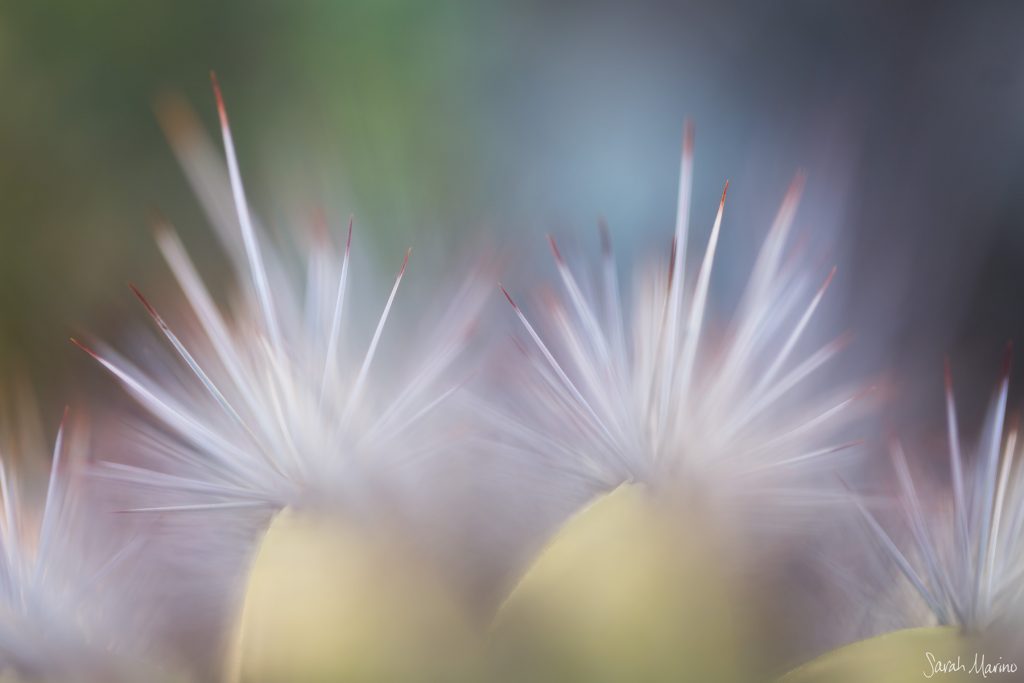
A wide aperture, like f/2.8 or f/4, helps pleasantly blur some of the details and leave just a slice of your subject in focus. This is the key to achieving the look of most of the photos you see in this article. In most cases, I set my camera to aperture priority, set the aperture for f/2.8 or f/4, and then get to work. If the background is far behind your subject, you can also use apertures closer to f/8 and still achieve the look associated with shallow depth of field while getting more of your subject in focus – for example, the aspen leaves below. Since each situation is different, it can be helpful to experiment with different apertures to see which option you like best given the specific qualities of your subject and background.
For this type of photography, I get quite close to the subject, often only inches away. For photos that require more precision, I set up a tripod, use manual focus, and experiment with small changes until I find the composition I like the most. This approach works best if you have a lot of room to work, are photographing a sturdy subject (like a cactus), or are working with no wind. If those conditions are not present, I hand-hold my camera, set the aperture for f/2.8 or f/4, and boost the ISO to get a faster shutter speed (at least 1/100 of a second if I am using a 100mm macro lens). I typically manually focus in this case as well, relying on my eye to determine if my intended subject is in focus (I sometimes also use a focus indicator in my viewfinder but find that I prefer to rely on my eye).

This latter approach allows me to freely move back and forth to experiment with small changes in position and focus since both of those choices can make a big difference in terms of the final result. When working with small subjects and rendering them with shallow depth of field, the tiniest changes in the focus point can entirely change the look and feel of a photo and I find it easiest to experiment without a tripod in these instances. If I need to use a tripod due to low light, I will often experiment with my camera off the tripod first to see what works best and then set up the tripod to finish the photo.
I created most of the photos in this article using a 100mm macro lens, a helpful but not essential tool. I use the Canon 100mm L f/2.8 lens but a basic macro lens or moderate telephoto lens from any manufacturer can work (the shorter the minimum focusing distance, the better; if you want to experiment with handholding your camera, a lighter lens is better). In addition to my macro lens, I have used a 24-105mm mid-range telephoto, 70-200mm f/4 telephoto lens, and a 100-400mm f/4.5-5.6 lens to create these kinds of photos. Thus, if you do not already have a macro lens, give your other lenses a try as you will likely get some good results with some practice, especially with larger plants and leaves in which a short focusing distance is not quite as important.

When using shallow depth of field, it is essential to experiment with varying focus points as doing so can have a big impact on the final result. Instead of trying to decide what I like best while out photographing, I take a lot of photos of the same subject using a lot of different focus points and different perspectives so I can decide which approach worked best after I get home and can see the photos at a larger size.
We can consider the example photos of the hedgehog cactus above. The two photos are of the same cactus but the focus point and direction makes a big difference in the final result. For the photo on the left, I focused on the cactus points, leaving the flowers out of focus. The flowers add a pop of color but are rendered as abstract forms. In the photo on the right, I moved to a different angle on the plant and focused on the flower blooms. Although the photo still has a bit of an abstract feel, it is a much more literal interpretation of this plant.
I photographed this subject in a few different ways and with different focus points – the cactus points in the very front, the cactus points in the very back, the cactus points at various places in between, with the flowers in focus, with the flowers out of focus, and with the focus point on the cactus plant rather than the tines or flowers. This kind of experimentation is typical when I photograph plants in this way, as I never know which renditions will look the best when I first choose my subject. This approach, especially when hand-holding my camera, produces a lot of failures but the failures are necessary to get to the successes.
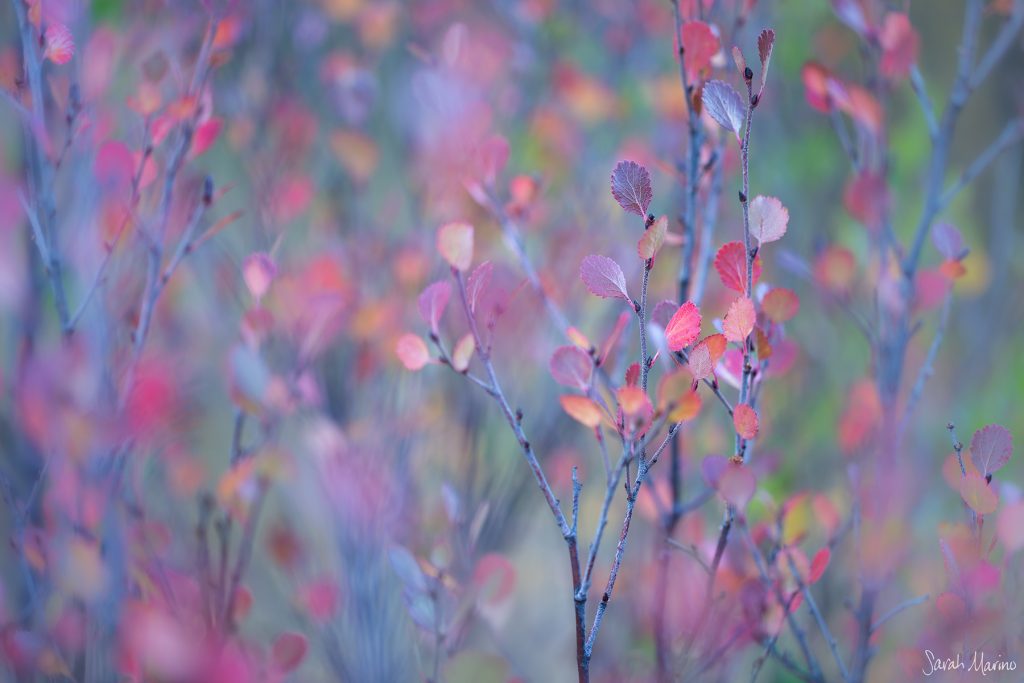
When using shallow depth of field, another important consideration is your background. With a wide open aperture like f/2.8, only a small slice of your scene will be in focus. If other elements of your scene are just beyond the focus point, they will be out of focus but still recognizable and sometimes distracting. If the background elements are at a greater distance behind your subject, they will be rendered in an often more pleasing way – a soft, more even set of abstract shapes that do not distract from your main subject. In some cases, it can be helpful to a composition to have some elements still be recognizable but slightly out of focus. Take the example of the birch branches above. The slightly out of focus branches create echoes of the in-focus subject.
Finding subjects with attractive backgrounds is a major challenge of working in nature, as it is difficult to control the scene. Despite these issues, I always work to find a solution based on what is present and never default to using an artificial background of any kind. Often, a single glance through your viewfinder will let you know if it will be worthwhile to spend more time working this kind of scene, given the background options. Below, you can see some examples of where I should have been more careful about my background, with a crack in a sidewalk, a barbed wire fence, and a bright sunlight background interfering with my subjects. In each of the three examples above, I could have moved my position and eliminated these visual distractions pretty easily.

In addition to the subjects in your background, it is important to be aware of the lighting situation for the whole scene you are photographing – not just your primary subject. If your subject is evenly lit but the background is in bright sunlight, you will often get bright, distracting highlights in your background. While this effect can sometimes work, it often pays off to change your position or make your own shade to help create more even lighting. I carry around a portable diffuser to help with these situations, although a coat or backpack can work in a pinch. When using shallow depth of field, I often prefer heavily out of focus background elements with few details under soft even light, as this helps the main subject stand out and is often more visually pleasing.

While most of the photos in this post were taken under even lighting, other types of light can create interesting opportunities for photographing very small scenes. Photographing with the sun behind your subject, for example, can make translucent leaves or fuzzy edges of a plant seem to glow. Sidelighting can create strong shadows, offering another element to integrate into a composition. I took the photo above on a day with bright sun (I brightened the shadows in processing to soften the look). These different kinds of lighting can create additional contrast and stronger lines, both of which can help create more dynamic and striking compositions. Working with these alternative lighting scenarios takes a lot of experimentation, persistence, and perfecting your technique before things come together so be prepared to try again if your first attempt does not work out as you might have hoped.
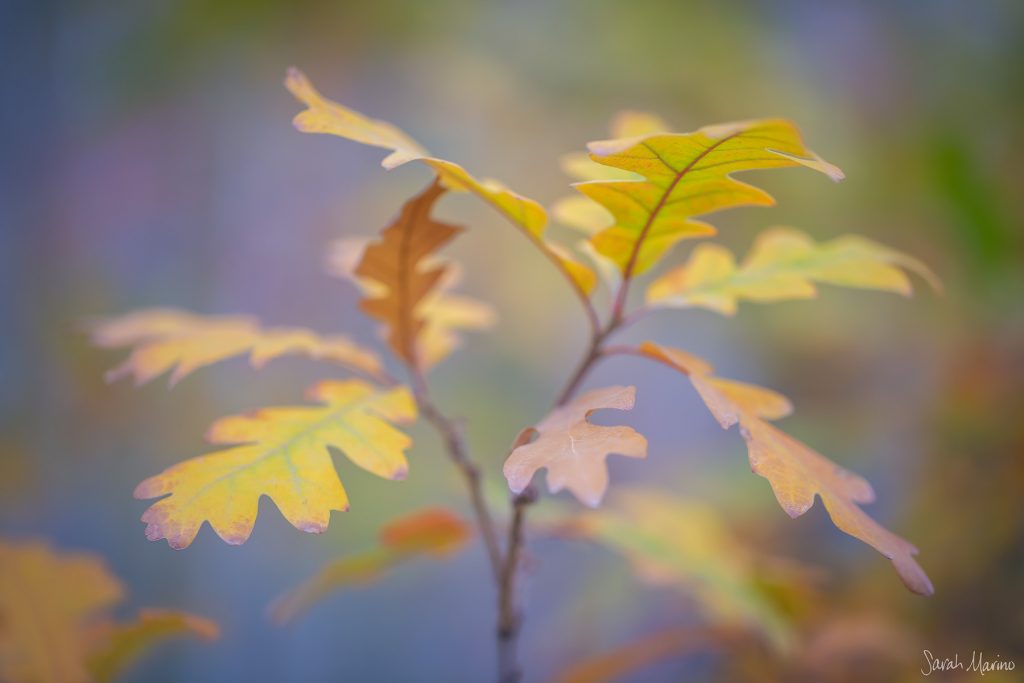
Composition is the arrangement and flow of elements within a frame. In addition to light and subject selection, composition helps tell a story through a photograph. As the photographer, you are in control of what to include or exclude within your frame. For this kind of photography, your subjects will be small and thus, small details (and imperfections) carry a lot of visual weight and impact the success of your final result (for example, specs of dirt, a blemish on a leaf, or messy spiderweb can reduce the impact of a photo). Taking the time to carefully craft and then refine your composition in the field can help minimize negative surprises after you get home and look at your tiny subjects on a full-size monitor.
In nature photography, composition is often discussed in terms of a set of rules (like the rule of thirds). I personally stay away from such rigid guidelines and instead think of composition concepts as tools in a toolbox that can be applied in many different ways. In some cases, it makes sense to place a major element of a scene a third of the way into your frame (the in-focus birch leaves above). In other cases, it makes more sense to center your subject (the radiating yucca below). Thus, I encourage you to instead approach composition as a process of making deliberate choices about how to use your set of composition tools based on the needs of your scene and the story you hope to tell about your subject.
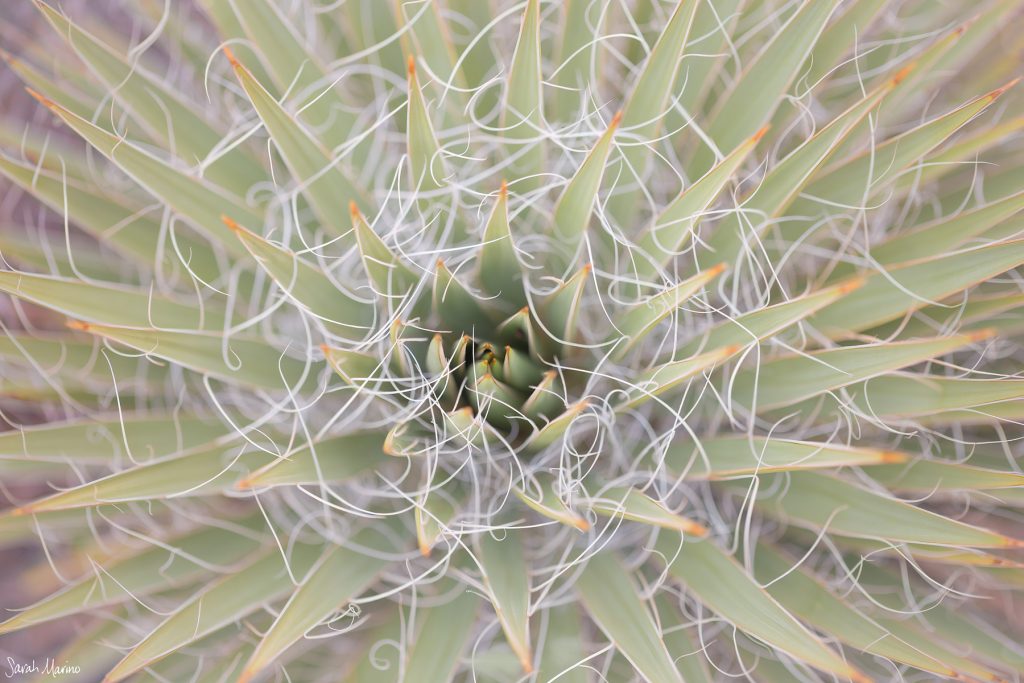
Composition concepts, like those discussed below, serve as building blocks to help you pull together elements of nature into a photograph once you start working with your camera. Another benefit of learning these concepts is that they also help improve your ability to identify opportunities in the field by honing your ability to see subjects in different ways. The ideas discussed below will help you distill what you see, start to identify subjects, come up with some initial composition concepts, and then refine the final result. Here are a few composition ideas to keep in mind when photographing plants:
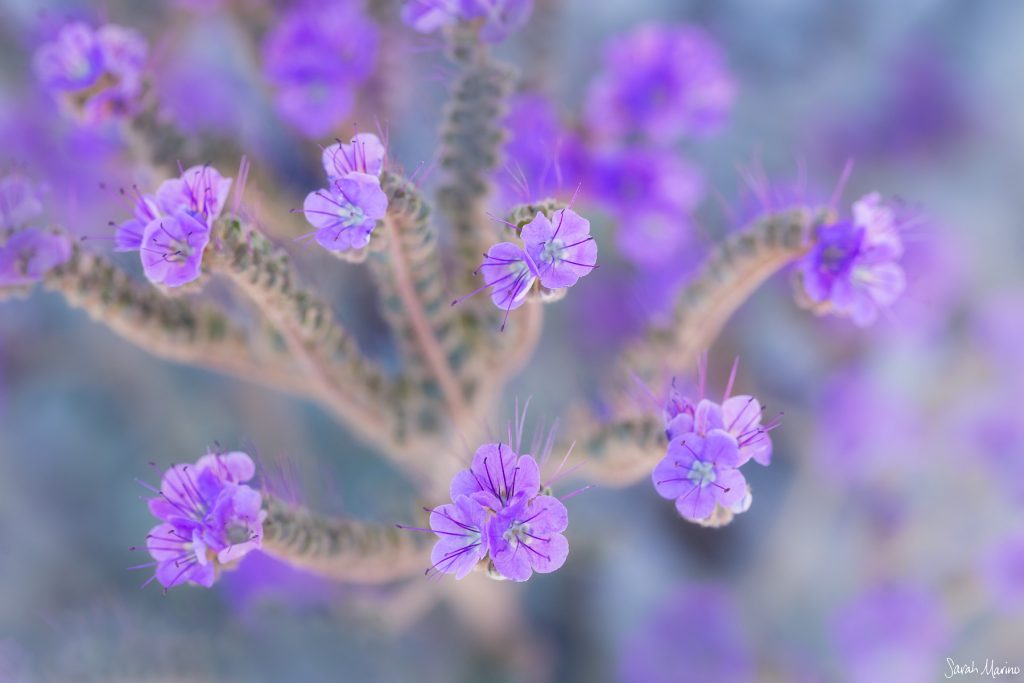
Finally, I always consider visual weight when I am composing a subject and working with shallow depth of field. I think of visual weight as the amount of attention an element attracts compared to the other elements within a frame. Visual weight does not necessarily correspond to the physical space taken up by a subject, although larger subjects often to have significant visual weight. In some cases, a tiny object can catch a viewer’s eye and thus command a lot of visual weight relative to its size. Take the example of the photo above. The dark purple spot in the upper right corner is darker than the subjects in the rest of the frame. It catches my eye a bit so I lightened it during processing to reduce its visual weight and ability to distract from the rest of the photo.
Thinking about the visual weight of the objects in your frame can help you create a unified and cohesive composition. Because this approach to photography deals with such small scenes, tiny elements – like a bare patch of ground or a bright spot in the background – can carry significant visual weight and distract from the overall success of your photograph. Therefore, it is important to step back as you are creating a composition and think through how much visual weight the different elements in your scene hold and how they together affect things like your intended focal point(s), balance, flow, and continuity. If you find that something in your frame is carrying too much or too little visual weight relative to your goals for the scene, you can use this information to make adjustments to improve your composition (or know that you have something to address in processing).
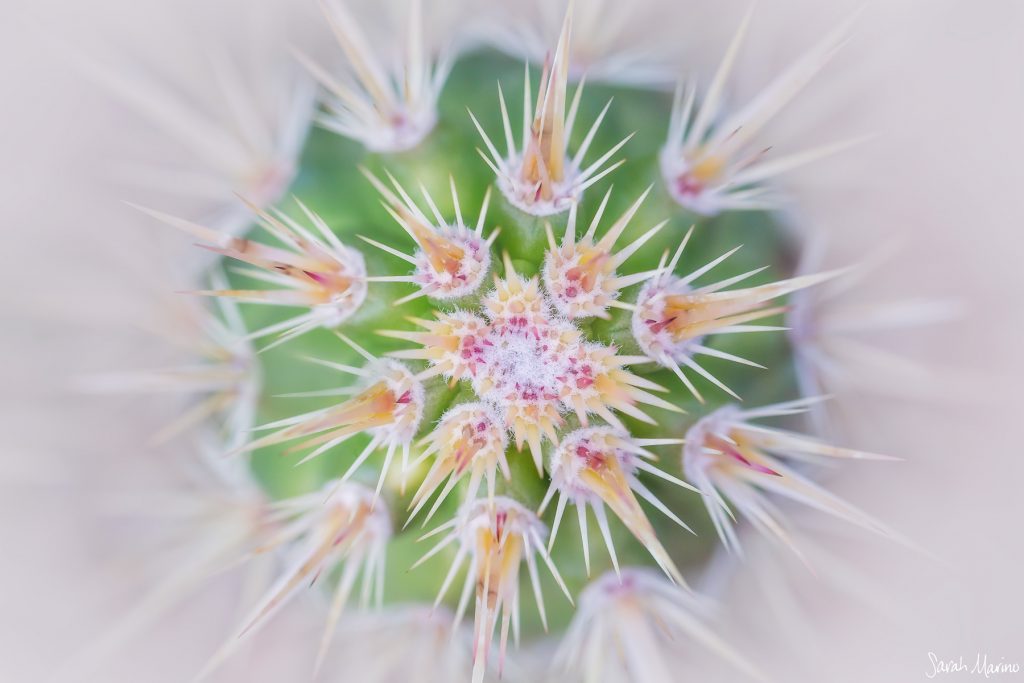
The degree to which a photographer should process their photos is one of the great debates in the nature photography community, so I offer my practices here as a reflection of what I do, not what is the “right” or “best” approach. For my photographs of small scenes, I generally want my photos to stay grounded in the reality of what I saw through my camera when I took the photo. This means that I do not engage in significant cloning or clean-up but will address imperfections if they make up a small portion of the frame or do not significantly alter the subject. On the other hand, this kind of photography offers a departure from the reality of what we see with our eyes, so I feel some freedom to creatively process such photographs.
I see photo processing as a way to optimize my composition and subject after I get home. In the example above, the composition depends on the centered cactus, the radiating thorns, and symmetry. Because nature is never perfect, the left side of the frame ended up quite a bit darker than the right side. So, my processing focused on brightening up the left side of the frame and eliminating some of the distracting colors in the background – a common challenge when photographing plants in nature using shallow depth of field. To address these issues, I frequently use a technique called color painting, which adds a very soft overlay of color to an area of a photograph (in Photoshop, this starts with adding a new layer, selecting the ‘Color’ blending mode for that layer, using the eyedropper to select the color you want to paint from within the photo, reducing a soft brush’s opacity to 3-5%, and then gently painting over the distraction or problem area to ever so slightly soften a color or make it more consistent with the rest of the frame).
Cloning out minor distractions, contrast adjustments (both increases and decreases), color adjustments, and softening out-of-focus elements round out my typical processing choices for the photos you see in this post. Since I generally want my photos of plants to have a soft, elegant feel, I keep my processing mild in terms of contrast and color adjustments so that the grace, elegance, and softness of the subjects can shine through.
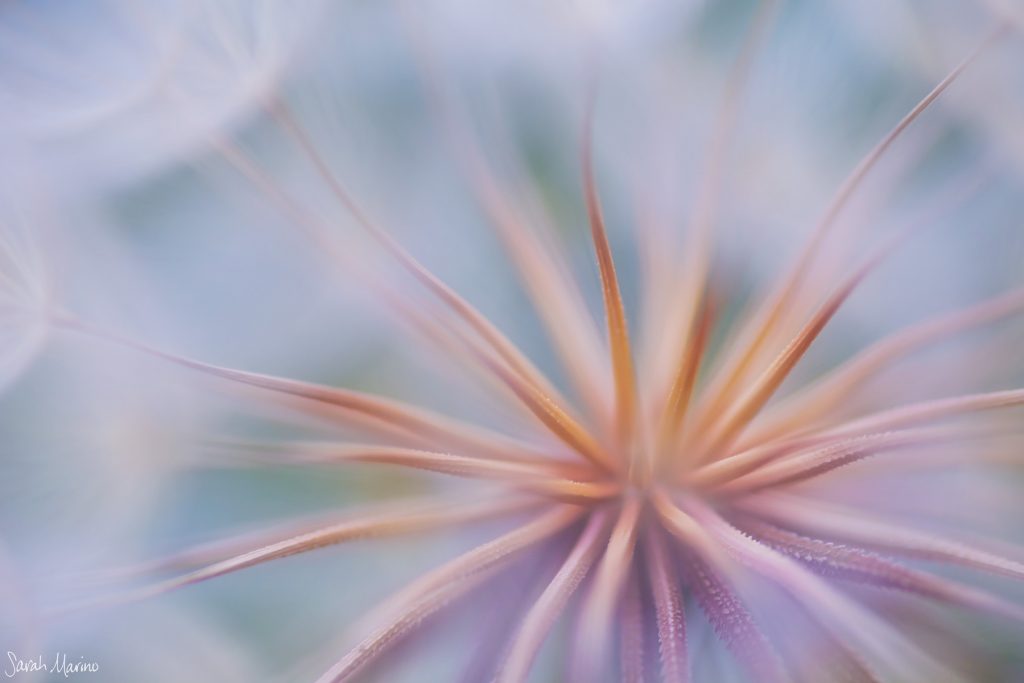
Next time you are out photographing, spend some time applying each of these concepts to help expand your photography toolbox. Start by slowing down and going through a visual inventory of what you see in front of you. Strive to notice the small details that make up the slice of the world you are viewing. After you notice the literal subjects that make up the scene, start looking for abstractions and think about ways you could use those abstractions to craft a composition. Once you have a scene in mind, pay attention to the details and be deliberate in your decisions about what to include and what to exclude. Spend some time moving slowly with your tripod and being more free-form by handholding your camera, working with different apertures to learn from your results. Experiment by trying new techniques to help stretch your creativity.
If you use shallow depth of field in your photography and have lessons that could benefit other NPN members, please share your ideas in the comments below.
Visit Topic or reply to this email to respond.
To unsubscribe from these emails, click here.
|
|
|
|
|
|
|
|
||||||||||||||||||||||||||||||||||||||||||||||||||||
|
|
|
|
|
|
|
||||||||||||||||||||||||||||||||||||||||||||||||||||
|
|
Gary Randall
Contributor
July 26 |
Originally published at: https://naturephotographers.network/articles/working-through-creative-slumps/
In a creative slump? Perhaps you’re experiencing some discouragement because it seems like everyone else is creating brilliance, but your own worst critic, yourself, is telling you that your work is junk. Maybe you feel that you’re just not progressing as fast in your skill as you think you should. I’m here to tell you that it’s natural. We all get into a slump now and then. We have our good days and bad days. Sometimes we feel inspired and encouraged while on other days we feel uninspired and ready to take up another hobby like cultivating moss.
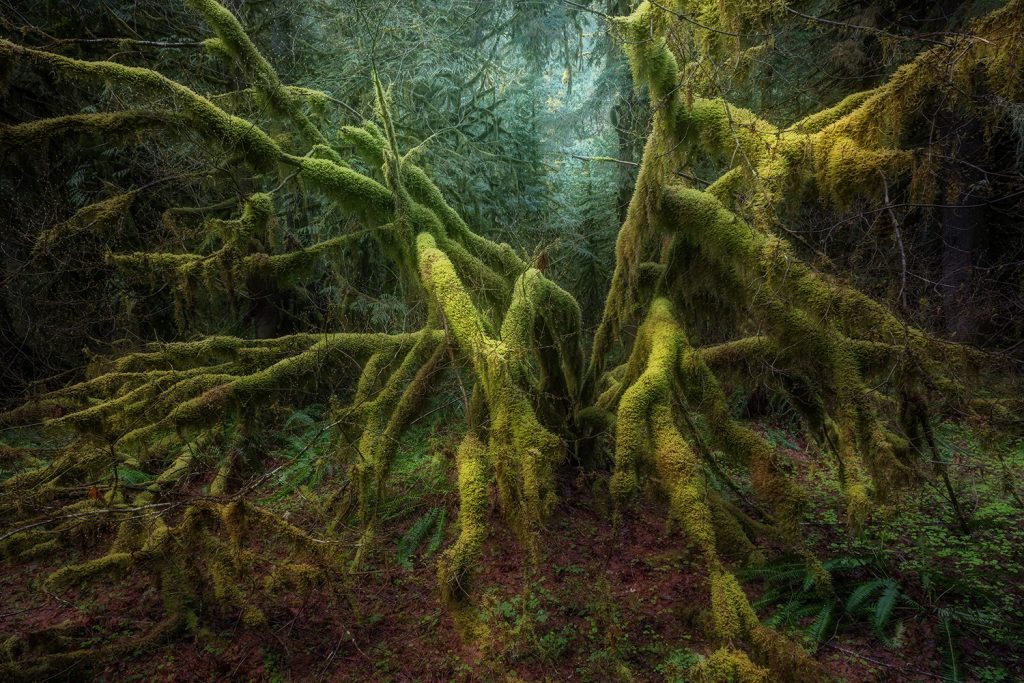 Mossy Vine Maple in the Mount Hood National Forest.
Mossy Vine Maple in the Mount Hood National Forest.
I’m certainly no psychology expert, but I’ve had my share of ups and downs. I’ve dealt with a few dips in the road, and a few tall hills as well. No matter how you cope with a slump, you must realize that, if your goal is to be the best photographer that you can be, you can’t let it discourage you to a point where you quit. Quitting is never an option for those who are determined. I understand that there could be solid, logical, and practical reasons for someone to quit photography, but for those who are determined, we learn to overcome these downtimes.
I’ve been asked how I get past these downtimes so I thought that I would list a few things that I do to get through a slump.
Relax and take more photos. This may sound like a simplification of a solution or even a bit of a cop-out, but it works. It’s like pushing through the pain. Don’t burn yourself out, but be a bit more casual about how hard you push yourself. There’s a good chance that this is why you’re in a slump. You’ve put a lot of pressure on yourself to perform. Relax a bit, but don’t stop. Go out and take more photos, but relax. It’s not a race. It’s a journey.
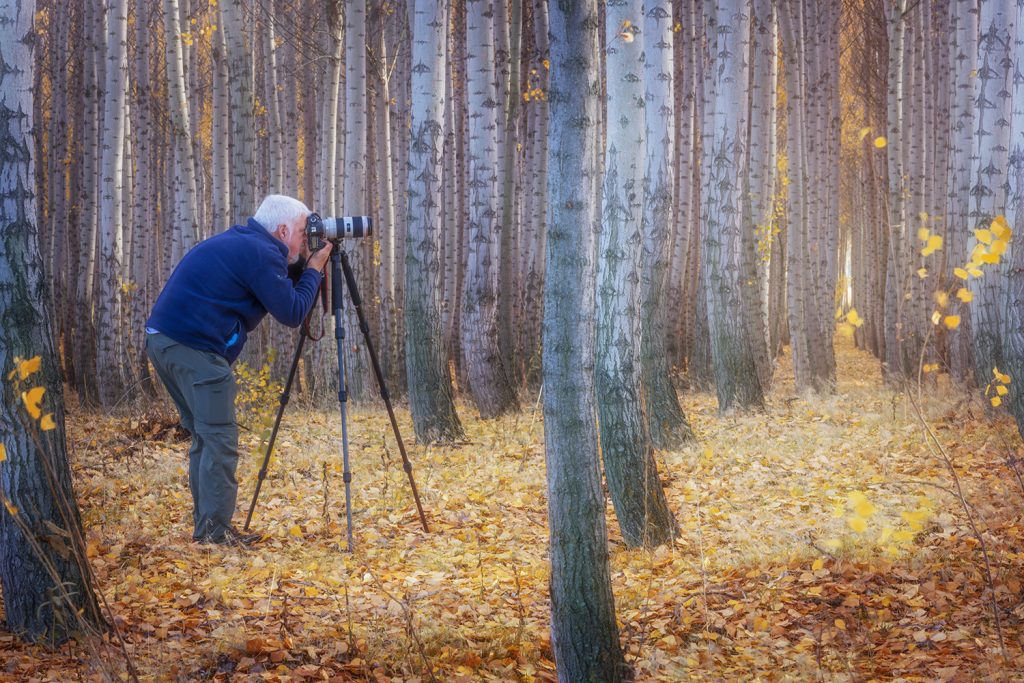
Compare your work with your work. I have struggled with this in the past, I will admit, but I feel that this is an essential thing to remember as you draw inspiration from others whose work you admire and want to emulate. It’s a strange brew that’s created with the ingredients admiration, inspiration, frustration with a dash of jealousy. Your photo idols can create this aura of unachievable mystical brilliance, but it’s usually something that we create in our minds. Many times it’s an illusion. Pay no attention to the man behind the curtain. The result, in many cases, is our creation of a set of unachievable and unrealistic expectations for ourselves. It’s fine to gain inspiration from others, but compare your work today with what you were doing a year ago or more. This is the way that you will see your progression and find encouragement to keep moving ahead.
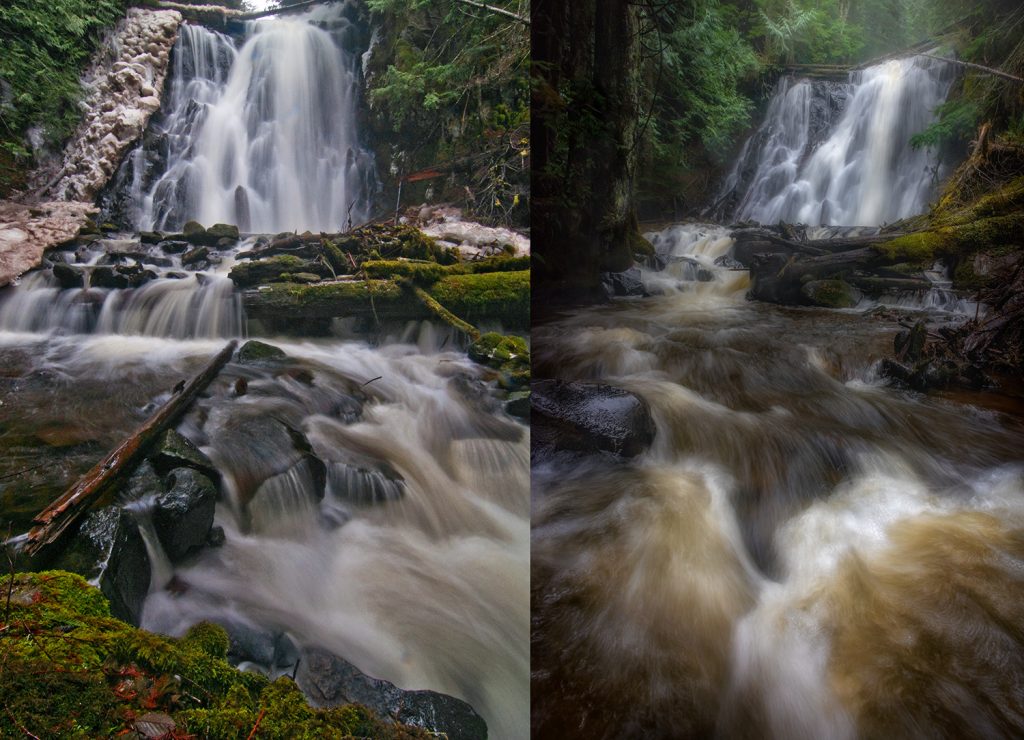 Same location – 2009 on the left – 2018 on the right.
Same location – 2009 on the left – 2018 on the right.
Get back to basics. Remember when you were curious about how to create with your camera? All of those little dials, levers, and mystical buttons were all things to learn. It made us feel as if we still had something new to learn, but it’s been my experience that most photographers find their own little shortcuts that allow them to create an acceptable photo. We all can get into a routine that works and feel uncomfortable if we have to hop out of that routine. Many times we allow the camera to make many of the creative decisions for us. Take your camera out and experiment with the three basic camera adjustments: shutter speed, aperture, and ISO. Be creative with them and experiment with them. It’s especially easy when using a digital camera because the film roll is very, very long with a 64GB memory card. Take a lot of pictures. You can’t screw anything up. Make a lot of mistakes. For every mistake made, there’s a lesson learned. Many times new-found skills, minus the shortcuts and special effects that were used prior, will move your work in a new and more inspiring direction. Another consequence is that you move further toward creating your style.
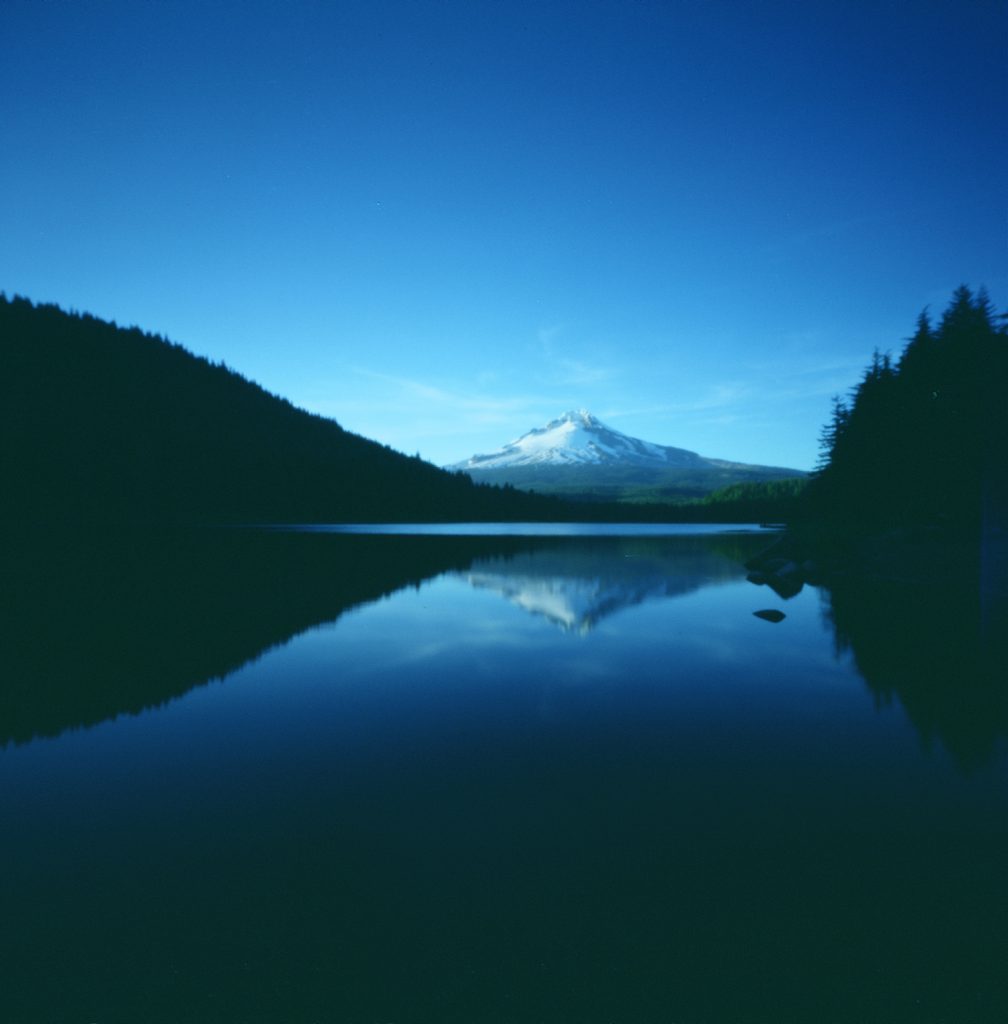 A photo taken with a wooden Zero Image 2000 pinhole camera using 120 color film.
A photo taken with a wooden Zero Image 2000 pinhole camera using 120 color film.Photograph something new. Routines can create slumps. Perhaps we’ve been spending all of our time trying to become the best landscape photographer that we can be and then, bam. We get to a point where we wonder what to do next. Photography is a very diverse art and skill in its application to everything from art, documentation, commercial, events, and portraiture. And each genre has its sub-genres. Don’t limit yourself to just one type of photography. Push yourself to take more portraits if you’re a landscape photographer, for instance. Maybe learn how to take some macro photos. Each type of photography has its methods that are exclusive to that style, yet teach us lessons can be applied in all styles of photography that we do.
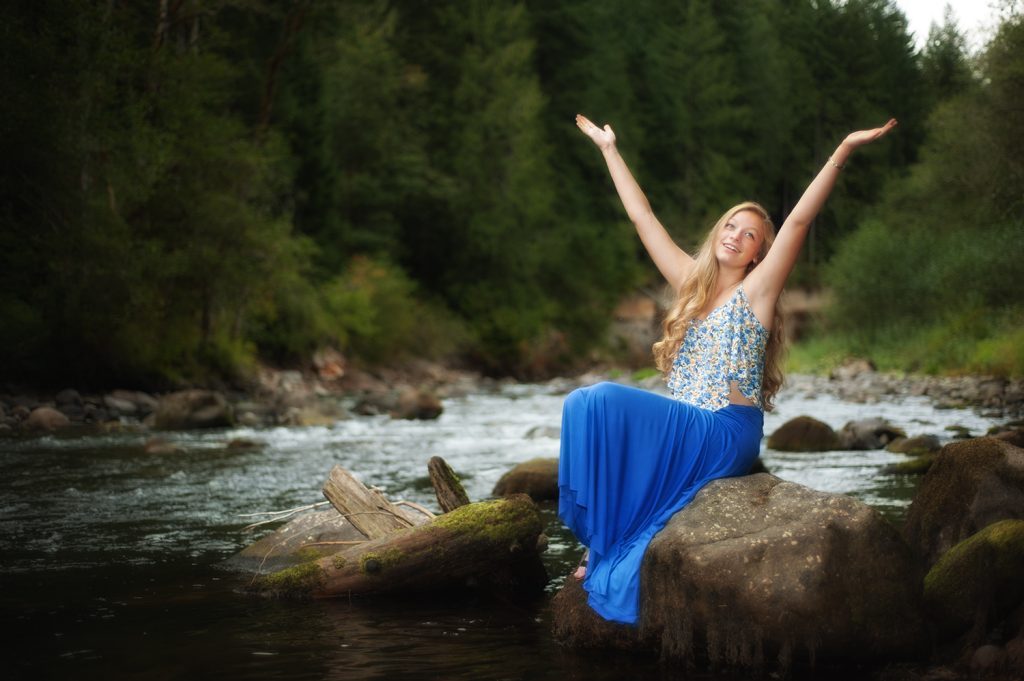 Mixing portraiture with landscape photography.
Mixing portraiture with landscape photography.Photograph something familiar. I know what you’re thinking. You’re tired of photographing the same lake that is near to where you live. Perhaps you’re tired of photographing your children over and over. Even my own Mount Hood can get a little routine when you live next door to it. I understand that. What I do is to try to reimagine different ways to photograph a familiar scene. I live very near the Sandy River and have photographed that stretch of river behind my home many times, but if I were to show a stranger who has never been there a dozen photos taken from within a 100-yard circle, they would think that each one was taken at a different place. Different points of view. Different focal lengths. Different depths of field. Different conditions and tones of light all create different effects to allow you to push your compositional skills, especially.
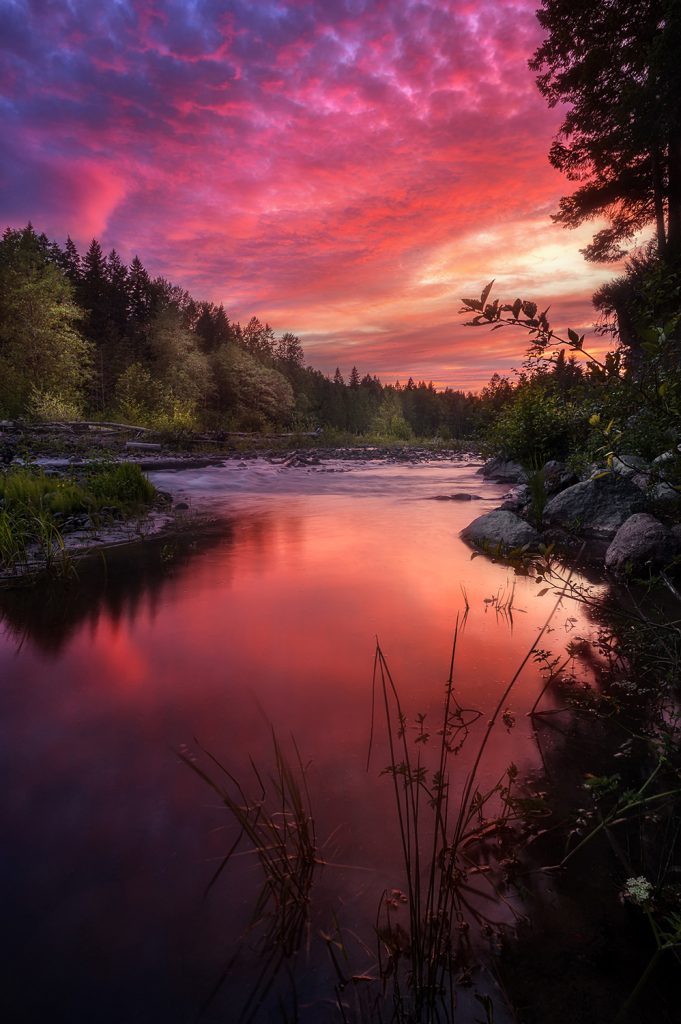 A photo taken a short walk away from my home on the upper Sandy River, Oregon.
A photo taken a short walk away from my home on the upper Sandy River, Oregon.But after all of that, the answer is as simple as this. Keep taking photos. Try new things and have fun, if you find that you’re not enjoying photography have a good honest talk with yourself about why. Many times the reason has little to do with photography and has more to do with our motivation for doing photography. Why are you doing it? What’s the purpose that it serves you in your life. Many people do it for reasons that are unfulfilling. A lot of people see it as a competition. Too many people photography is an art. It’s not a competition. There’s no room for competition in art. So relax and take your time. Work within your world and not others and keep taking pictures.
Visit Topic or reply to this email to respond.
To unsubscribe from these emails, click here.
|
|
Guy Tal
Contributor
July 1 |
Originally published at: https://naturephotographers.network/articles/take-your-bearings/
“To chart a course, one must have a direction. In reality, the eye is no better than the philosophy behind it.”
~Berenice Abbott
As a child, I loved everything wild and natural. Animals, landscapes, trees, flowers, seashores, deserts, mountains—the more removed from the artificial world of humanity, the better. I spent much of my time in the fields around my home, observing lizards and insects, learning to identify flowers and birds and the cycles of nature. I read anything I could get my hands on, about natural places and things and adventures, and watched with absolute fascination the rare documentary film offered on occasion on the single channel of public TV available at the time. With the naïve imagination of a child, I dreamed of growing up to live alone in some remote jungle, picking exotic fruit from abundant trees, making friends with birds and beasts, and even learning their language. My childhood dream world was as rich and vivid and beautiful as anything you can imagine, and I was the only human being in it.
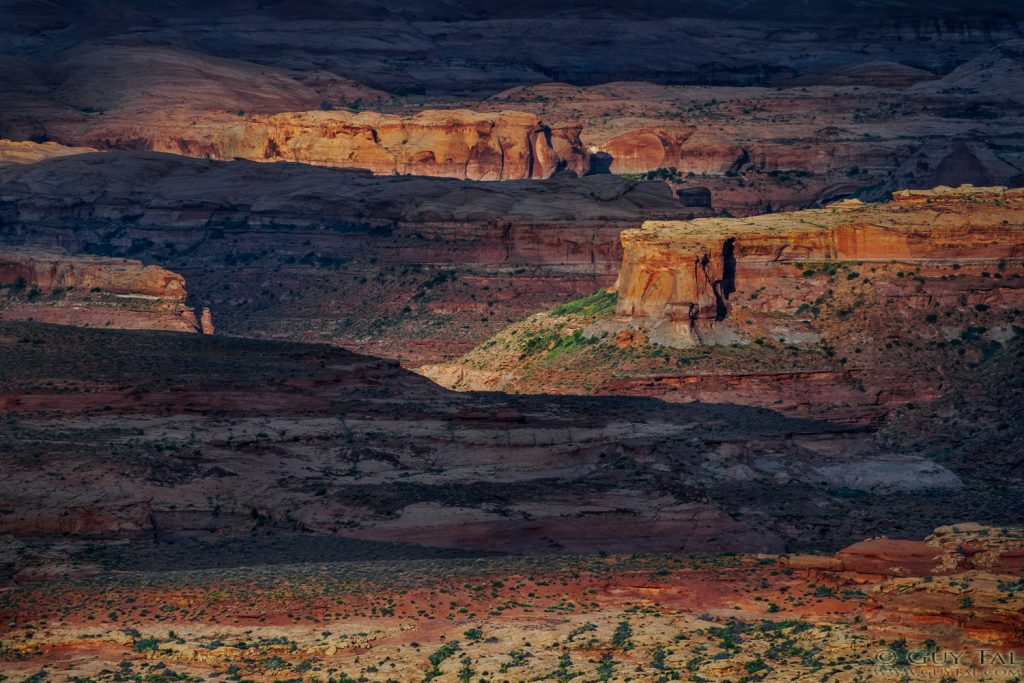
During my lifetime, human population had doubled, and wildlife population was cut in half. The correlation is not a coincidence. The trend continues and even accelerates. Numbers—empirical observations and statistical inference—tell us what so many public figures refuse to: there is no “fixing” such things as climate change, mass extinction, and so many other related threats.
I now look back across the decades at my childhood dreams with a mix of agonizing sadness and profound gratitude—sadness for all the loss and suffering, and for all the beauty never to be seen again; gratitude for what I got to see and experience, and for the life I have made for myself. The road was at times arduous and unpredictable, at times beautiful and gratifying, often uncertain, rarely easy, and yet profoundly satisfying. This is because, among so many mixed feelings I have today about the state of the world and the course of my life, one feeling is conspicuously absent: regret.
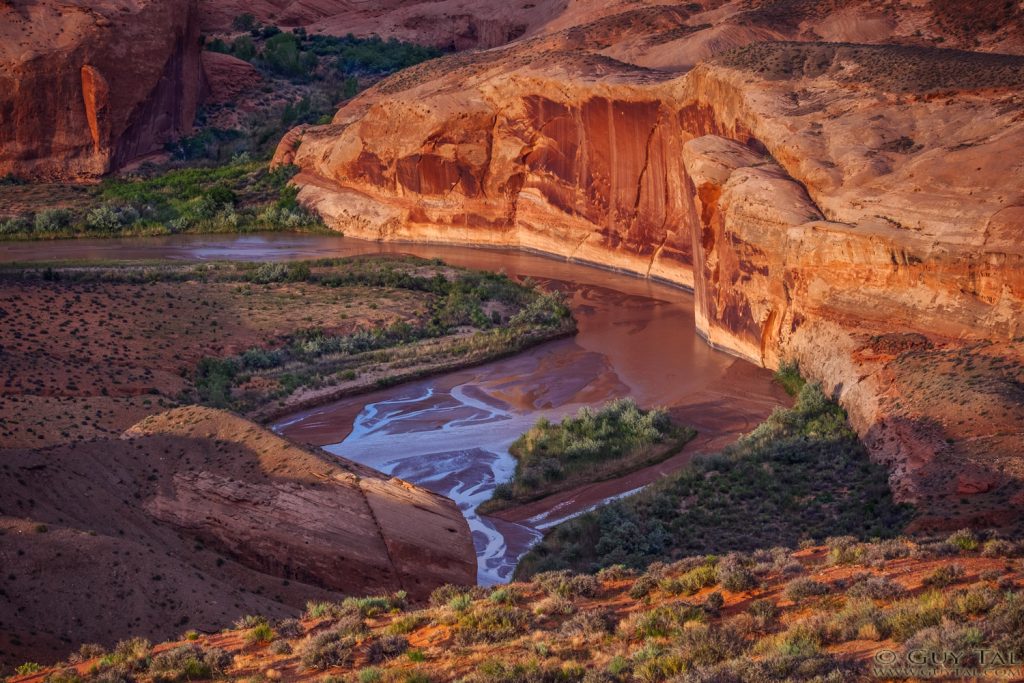
Unlike so many false prophets, I am not here to offer a message of blissful hope against the odds. I have no tips or tricks to help you find some fabled, easily-accomplished, “next level.” I am not rallying for any cause, and I have no assurances that everything will be OK. Hope is a powerful thing, but like all powerful things, it must be practiced with caution. This is because hope comes in many flavors, some beautiful and elevating, and others seductive but harmful. Of those kinds of hope to be wary of, one found in great abundance is false hope—hope for the untenable, hope that cannot be sustained without ignoring one or more inconvenient truths, hope that is not hope at all, but self-deception in disguise.
To my point here, another kind of hope to be leery of, is hope as substitute for action—hope regarding things that, even if difficult and risky at times, are within reach, but only if pursued actively rather than just hoped-for; hope that dismisses what is within reach for such rationalizations as, “someday, maybe, if.” The reason to be cautious of this kind of hope is that, if sustained for too long, waiting for some circumstances that likely (or surely) will never come, it ultimately becomes regret.
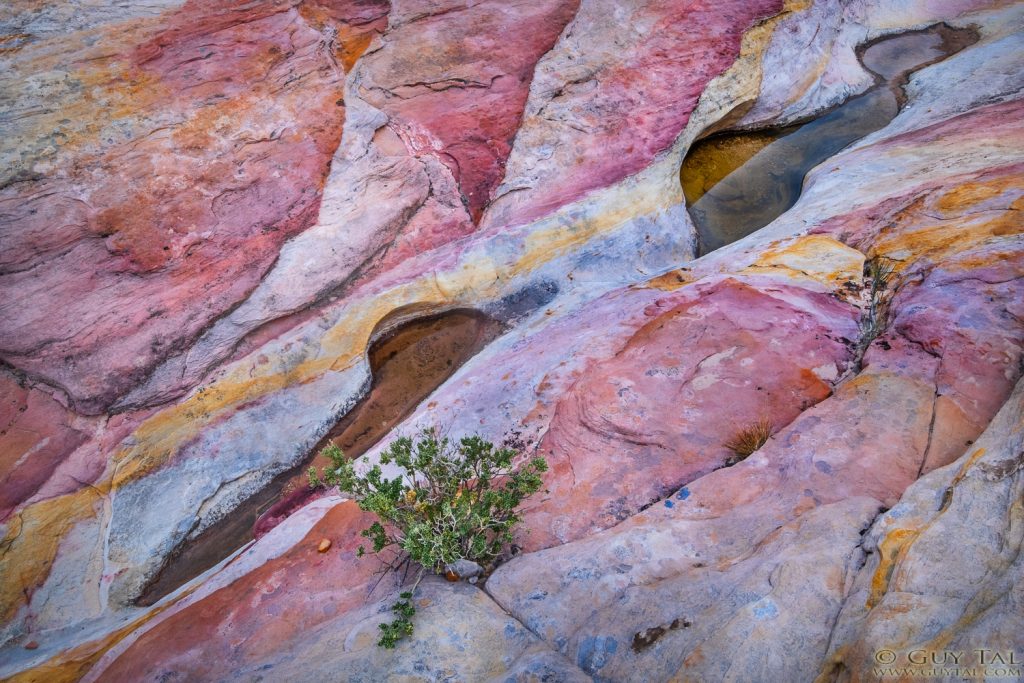
But some hope is good hope—elevating and motivating hope. In particular, there is a kind of hope that is very likely within your power to fulfill: hope for a day, after some years and decades of living, when you will look back knowing you’ve made the most of whatever gifts and opportunities came your way, whether successful or not. Where idle hope may lead to disappointment and regret, this kind of hope, which I call, “future hindsight,” often leads to pride and dignity, having proved to yourself that you are the kind of person possessing the courage and grit to remain true to who you are and to what is important and noble to you, to go about the world as you are, to persist through adversities, to embrace beauty where you find it, without cynicism and jadedness; to not shield yourself from, or numb yourself to, life’s most rewarding and rapturous offerings.
If, like me, you find meaning and purpose in things wild and natural, and are consciously resistant to such things as cognitive dissonance and motivated reasoning, the conclusion is difficult to avoid: your opportunities for wild experiences are diminishing rapidly. My goal is not to discourage you, but in fact to do the opposite: to encourage you to consider that in matters having to do with wildness and natural beauty, and certainly in matters having to do with making the most of your living moments, don’t let false hope blind you to real urgency.
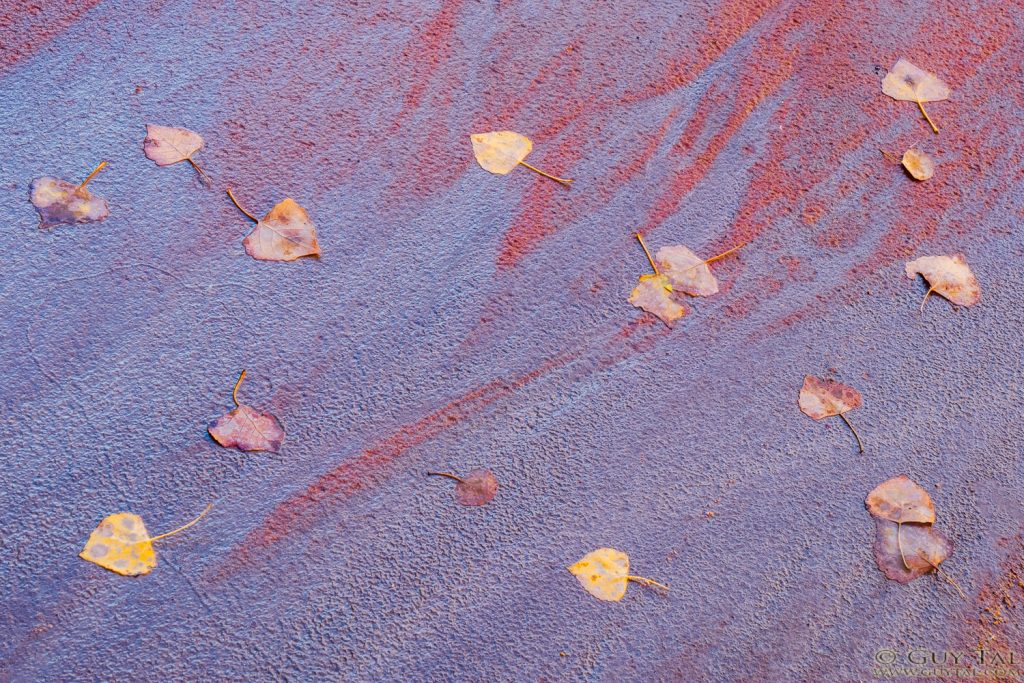
Should you come to this conclusion, you will find yourself at a point of decision: you may become discouraged and unmotivated; you may spend your days in jaded frustration, bemoaning your misfortunes; you may find meaning in fighting for some cause; or you may come to realize that, regardless of what the far future may hold, you still have much opportunity for beautiful, meaningful living, still available to you. There is no purpose in decrying things being lost, while failing to appreciate them while they still exist. Dare to hope for something that is neither about “winning” or “losing,” nor about platitudes and seductive impossibilities—dare to hope for something that is as noble as any cause or struggle, and that is almost certainly possible if you commit yourself to it: hope to someday take pride in having lived a fulfilling life; hope to spend as few of your conscious, living, moments as you can, feeling bored and uninspired.
I never believed in long-term plans, and have often felt grateful to my younger self for not making them—for not locking me into some preconceived course, no matter how “right” or tempting it may have seemed at the time—knowing that the person I will become in time will be wiser, more knowledgeable, and more experienced; and would appreciate as much freedom as I could leave for him to make his own choices.
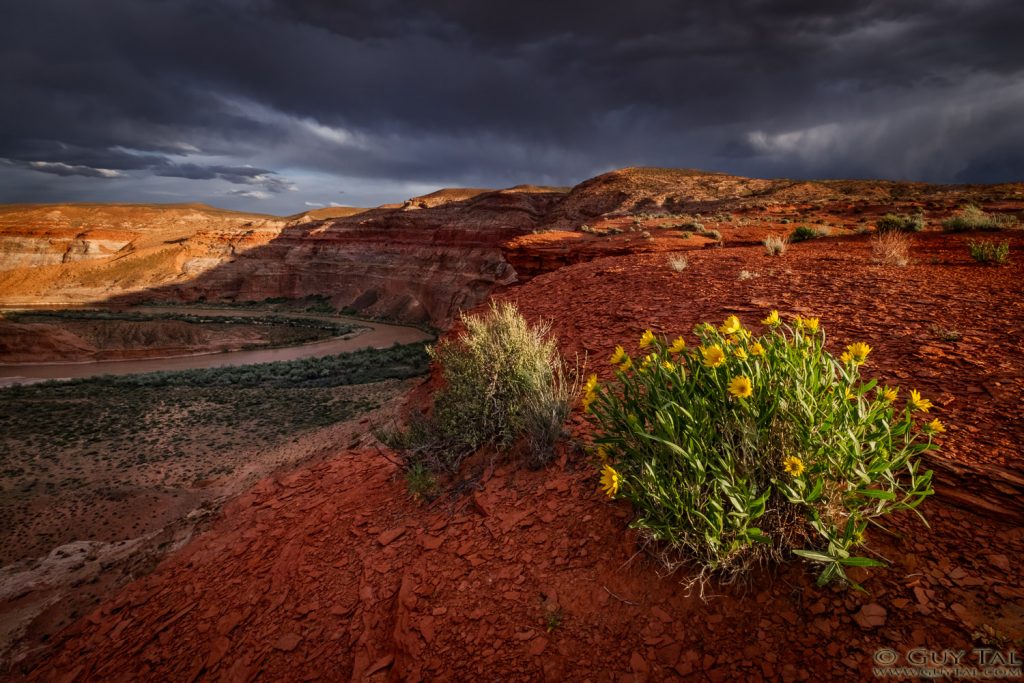
Photography is among those choices that likely are as safe as any, and that have the capacity to enrich your life, but don’t take for granted that photography of natural things will, by necessity, be your creative outlet, your contribution to conservation, your vocation, something to “get you out of the house,” or any other thing. Certainly, photography can be all those things, and more, but in itself it is none of them. If such things are important to you beyond just being rationalizations for spending money on camera gear, you have to choose them, to assimilate them into your attitude toward life and photography, and to work to accomplish them.
In proclaiming such things, often people ask what’s wrong with just taking pictures? What’s wrong with photography being just a pleasant pastime? An entertaining distraction? Something to do on vacation? A means of sharing experiences with others? What’s wrong with doing the easy and obvious? These are unproductive and unnecessarily-indignant questions. It’s not about whether such things are right or wrong in the abstract, it’s about being honest with yourself about whether they are right or wrong, for you. It’s not only about the value you get from practicing photography in some ways, but also about what you may be giving up, perhaps without even knowing it, by not practicing photography in other ways.
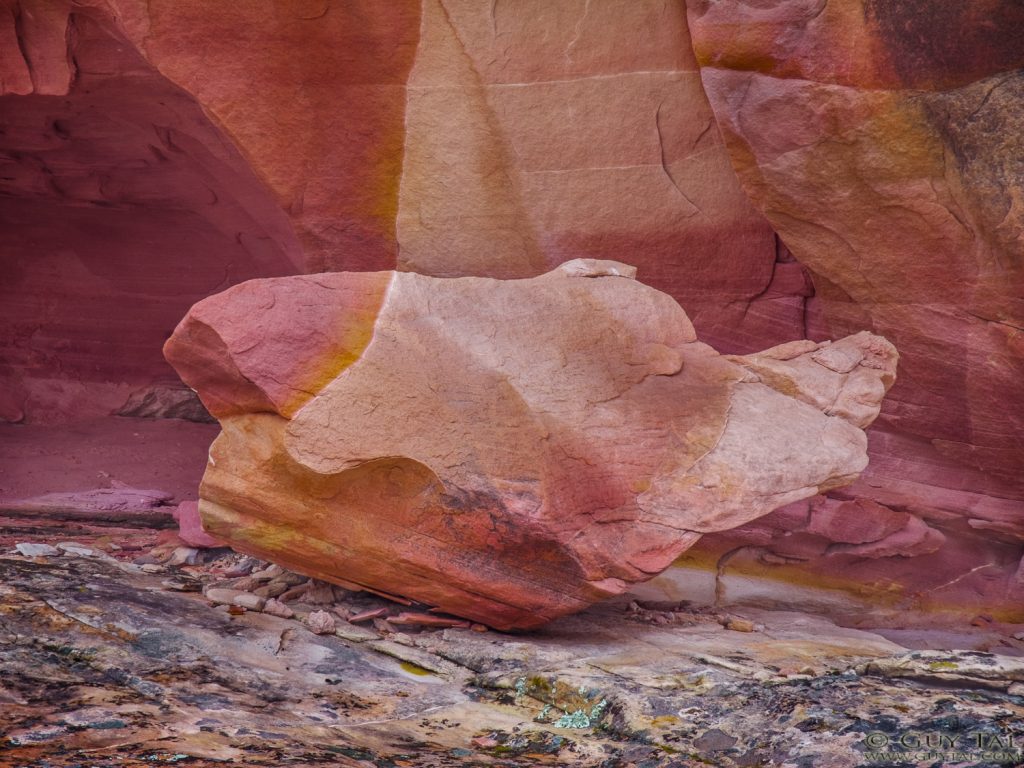
Should you realize that just taking pictures fails to satisfy, and should you decide to find out what value there may be in pursuing photography in other, perhaps more difficult and more consequential ways, you likely will find yourself at a loss for how to get there, if only because you cannot define what “there” is. Realize that your “there” may not be like anyone else’s “there,” and that you may not know what your “there” is until you get to it. The only way forward requires not so much taking a leap of faith, but recognizing that certainty is an illusion, and that anything you do is a leap of faith. Even taking a seemingly-safe route, you still risk losing much by denying yourself opportunities.
If you wish to become a commercial photographer, a photojournalist, a conservation photographer, a social media star, or anything else—pick a direction and make a step in this direction, not with the naïve hope that you will get what you want by following your bliss, but with courage and intent, and acknowledging there may be worthier things still ahead that you did not even know to hope for. You will know you are truly following your bliss, not when you get where you thought you wanted to go, but when the following becomes the bliss; when you find satisfaction, not when some work is done, but in doing the work.

Of the many directions possible in photography, I chose photography as art. I’ll give you the sales pitch, not because I believe that art is necessarily the best or only worthy direction in photography (an admission you will rarely hear from disciples of more militant photographic factions), but because it happens to be a direction I know something about, and because it has transformed my life in ways more spectacular than I even knew to hope for. That said, I acknowledge also that living as an artist is not for everyone.
Of all the purposes that photography can serve, art is a peculiar one, and different from the others in some important ways. One distinction of photographic artists is that we are perhaps the only group not in the habit of telling those who pursue other genres, that what they do is not “real” photography. Joking aside, it is my estimate that those committed to photography as a medium for artistic expression, generally spend considerably more time and effort practicing our work and honing our knowledge and skills, than bickering about it. This is because we don’t photograph for the glory of the photographic medium, to justify our membership or ranking within some photographic tribe, or to “win” any arguments; we photograph primarily for the rewards of engaging in creative work, which amplify in direct correlation with the time, effort, and dedication we put into it.
In my way of working, making art is not the purpose of living as an artist. Rather, making art is a means of sustaining the life of an artist and reaping its great personal rewards, some of which have little-or-nothing to do with art or photography. Certainly, such rewards are not often financially-lucrative, but are nonetheless valuable. One such valuable reward is freedom. Not beholden to any “rules” of any “game,” we have the great privilege of being free to practice our work with as much seriousness and dignity we feel it deserves, and needing no other reason or justification to care deeply about what we do and why we do it.
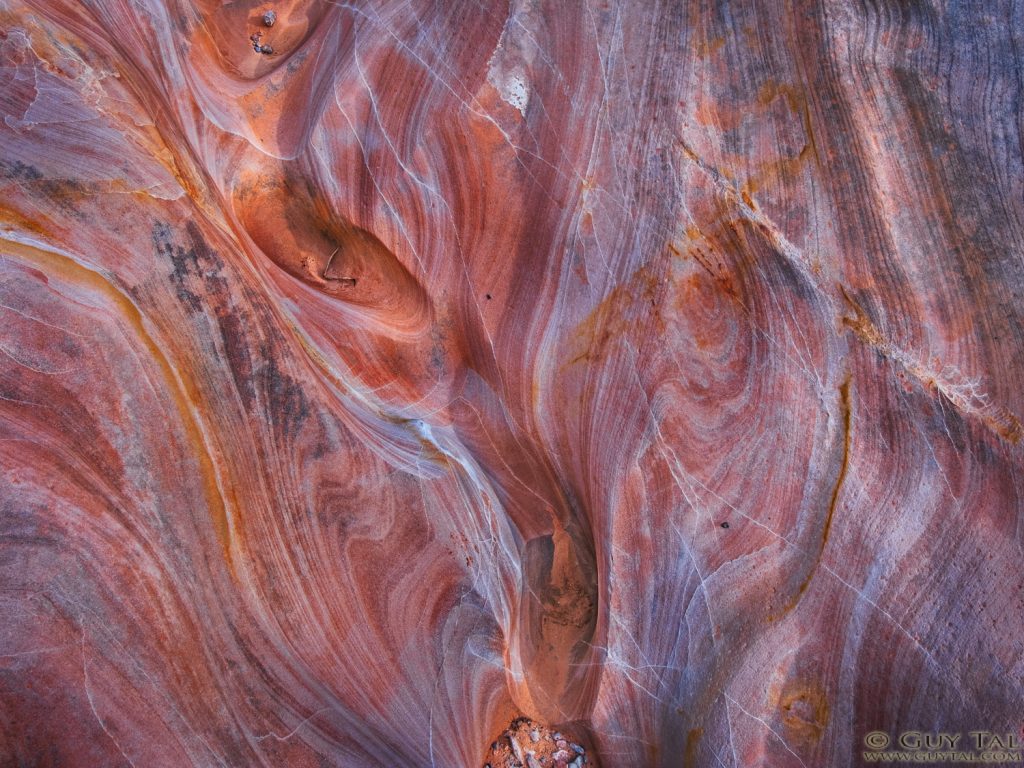
To some, an artist is simply one who makes art. Such a definition is perfectly suitable for those satisfied with short-lived reprieves from otherwise-less-satisfying pursuits. I tried it. It bored me. To persist in photography, I needed a better reason than photography just being more enjoyable than the tolls of a high-stress job or the frustrations of rush-hour traffic. I didn’t want art as a distraction from life, I wanted a life in which such distractions are unnecessary—a life expressed in, and elevated by, art; not a life escaped from in art. As such, photography to me is a medium for creative expression—a means to an end, and not, as it is to some, a practice to engage in only within the bounds of strict commandments and under quasi-religious tenets of contrived purity. For what I’m after, photography is no more sacred a medium than poetry, dance, or sculptures carved in butter: it’s an incidental “how” that happens to be suitable to my much more important “why.”
The kind of artist I aspire to be is not just one who makes beautiful art, but one for whom beautiful art is the byproduct of a beautiful life: one who feels powerful emotions and surrenders to them without inhibition; one who cares deeply and unapologetically about things, without need to tame passion or to be concerned with the judgment of others; one moved to seek and discover novel ways of assimilating and engaging with the world; one who revels in becoming educated, knowledgeable, and skilled, not in order to compete with others but because it makes me a better artist, and the better I get at my work, the more rewarding it is to me.
My catalog of photographs is not a collection of neatly-categorized records of places, things, and events; it is my life story, in all its dimensions and nuances, encoded and expressed in visual compositions. When I survey my past work, I don’t see pictures of this or that; I relive experiences. I’m reminded of times of metaphorical, and not just literal, light and darkness; I recall sensations and thoughts and emotions; I project myself back into moments of awe; I revisit hard-won lessons and random epiphanies; I sometimes re-examine my priorities, in life and in art. Often, I don’t remember without looking, what camera I used.
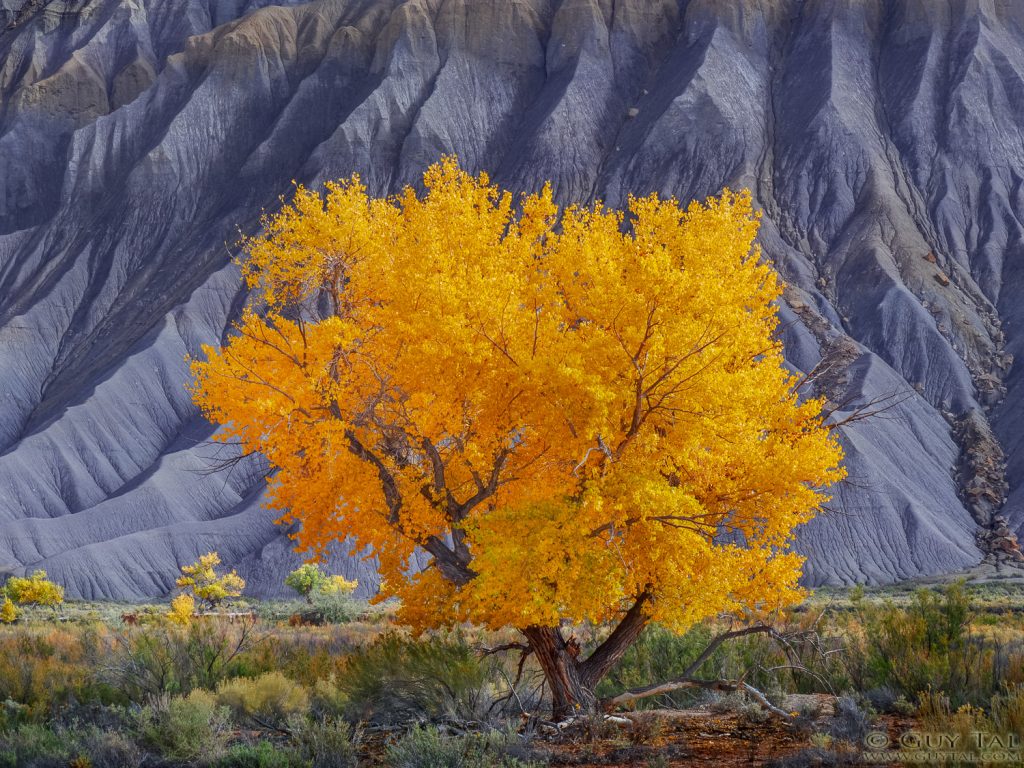
My life as an artist may not be easy, but it is beautiful to me. And I get to say that with a straight face, not as a platitude but as a statement of fact. I can’t say the same about any other life I’ve had.
In a letter to his son, Sherwood Anderson wrote, “The object of art is not to make salable pictures. It is to save yourself.” If you believe the life of an artist is for you, and if your art is founded in things wild and natural, and if you are prepared for the challenges, make a step in this direction—if only in your attitude and seriousness toward your work. You may well realize some years from now that, even though you couldn’t save the world, you may have saved yourself from the abyss of drudgery, boredom, and regret.
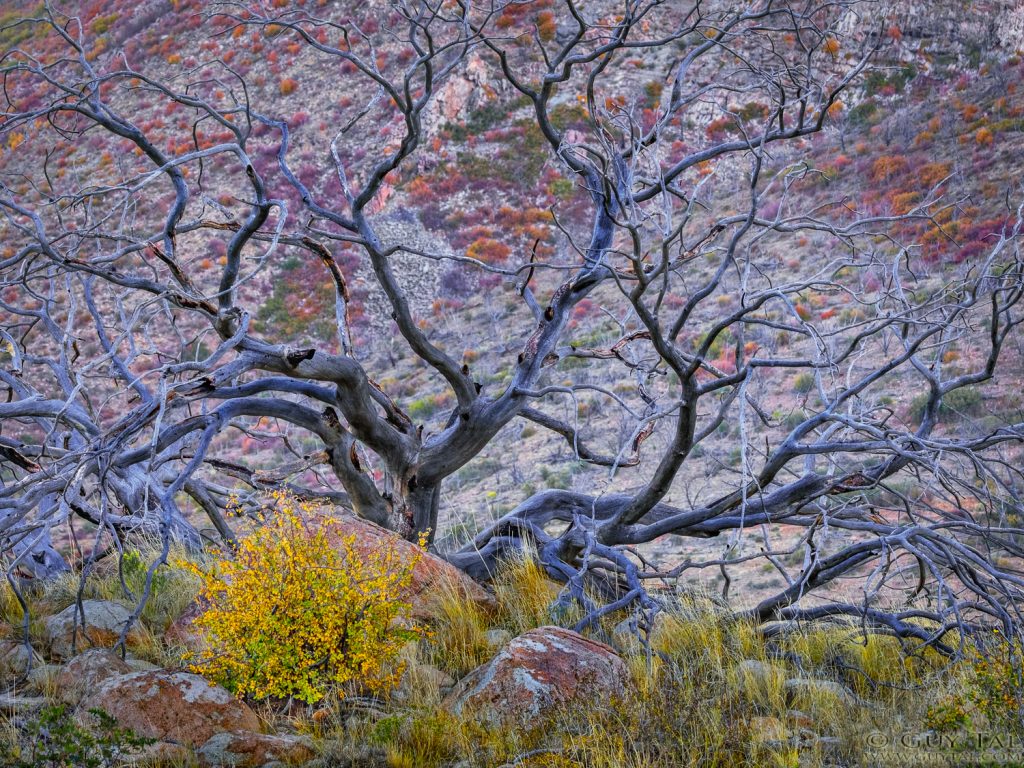
What do you wish to do next? Whatever it is, don’t wait. Take your bearings, pick a direction, and take a step. Whatever step you take, it will put you in a better position to decide the next one. Unlike so many grandiose plans, taking just one step in the direction of your hopes, even if rife with fear and uncertainty, even at the risk of breaking with tribal allegiance, is within your power.
Visit Topic or reply to this email to respond.
To unsubscribe from these emails, click here.
|
|
Alain Briot
May 31 |
Originally published at: https://naturephotographers.network/articles/esquisses-and-raw-files/
Ansel Adams said that the negative is the score and the print the performance. Adams used film, but if we make a parallel with digital photography, the raw file would be the score, and the converted and optimized image the performance.
The problem with comparing a raw file to a musical score is that by nature, a musical score should be inspiring and invite interpretation. I find raw files quite uninspiring and hard to interpret. On top of that, some of my photographs are warped to remove curvature created by fisheye lenses while others are collages of multiple captures used to create a wider view than a single capture can create. In this context, what is the score? What is the original image? Is it the original capture, is it the warped image with the distortions removed, is it the collage? Hard to say. One thing is sure; there is no original score, nothing set in stone or written down. There is nothing to interpret. Instead, there is everything to create. This is raw material, not score material.
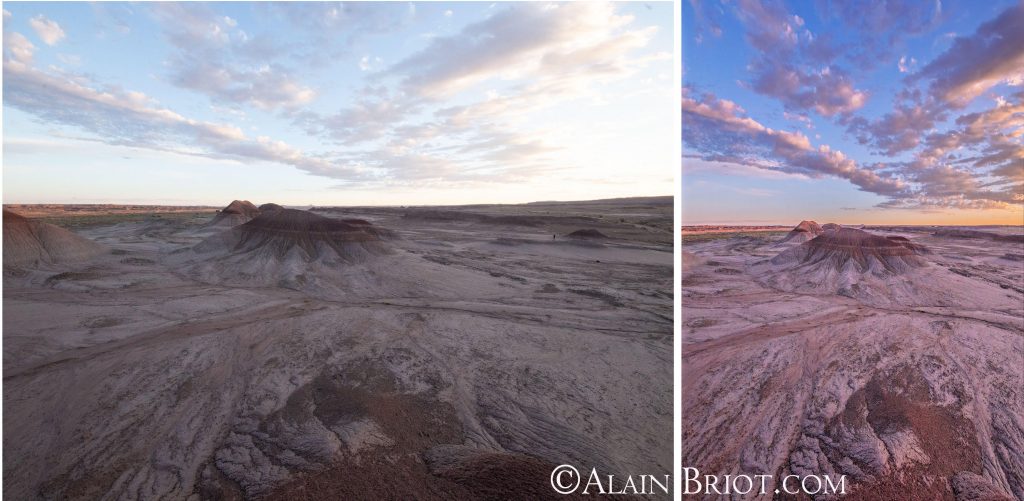 Raw file and the final image
Raw file and the final imageFor these reasons, I prefer to refer to a raw file as an esquisse rather than a score. An esquisse is a quick sketch or a rough drawing of the general composition of a picture or a painting. It is a term used in painting and drawing, a term I learned and used at the Beaux Arts where I studied painting and drawing. The goal of an esquisse is to nail down the main elements: their shapes, their proportions, and their location in the composition. An esquisse is indicative of the final painting in a very loose manner. It is understood that it is meant to be seen by the artist only and used as a guideline. It is intended to be the first step of a long process. It is understood that the final painting will cover the esquisse completely, that eventually, the esquisse will be invisible and that it will be changed over time as the artist progresses towards completing the finished painting.
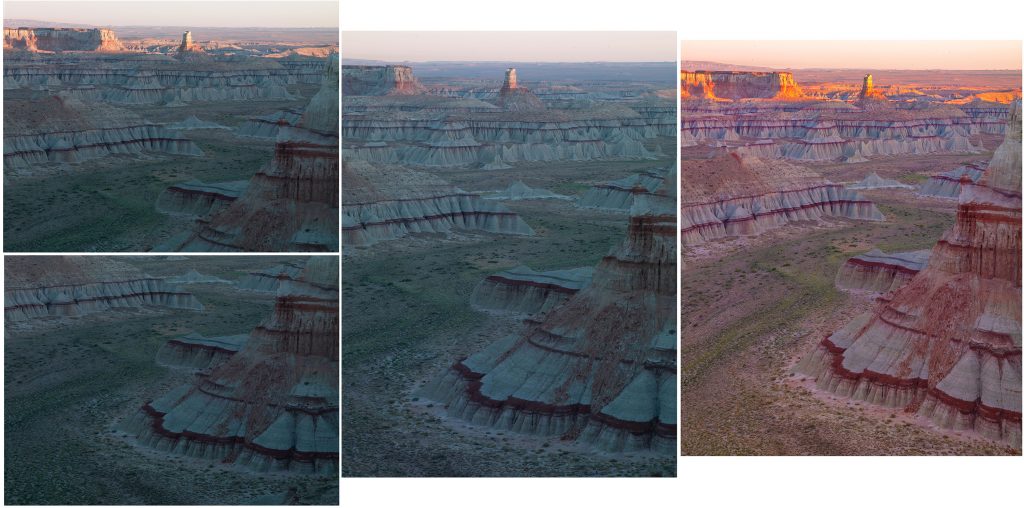 Sunrise in Western Navajoland
Sunrise in Western NavajolandIf we make a second parallel, this time between film photography and painting, the negative would be the esquisse and the print the finished painting. However, as we have seen, unlike a musical score, an esquisse is not meant as a source of inspiration. Instead, it is intended as the beginning of the work, as a first ‘jest’ so to speak, a first idea, a guideline. The inspiration, when referring to the process of painting, is not the esquisse. The inspiration is the subject itself, be it a human figure, a model, a still life, a landscape, a building, an animal, or any other subject.
In that sense, painting differs from music in that the painter finds his inspiration in the subject itself while the musician finds his inspiration in a subject from which he writes a score, which he later interprets. The painter, therefore, experiences a more direct connection to the subject, the inspiration being the subject itself and the esquisse being only a temporary step between subject and painting, a step intended only as a guideline and not meant to be kept, preserved or shared in any way. An esquisse never goes beyond the stage of being rough, and is usually only understandable to the artist who created it. This is the opposite of a score which, being intended for public sharing, is inevitably polished and made understandable to all through the careful and deliberate use of musical notation.
Because the esquisse is meant only as a temporary step in the creation of a process, only on rare occasions is it seen by anyone else besides the artist. It remains a private representation, not meant for public display. As such, the same esquisse cannot be used more than once, and neither can it be used by other artists. This is fundamentally different from a score which, once written, is meant to be used each time a musical piece is played and is meant to be used by whatever musician wishes to perform the specific musical composition described by the score.
As such a score is intended for interpretation, and as such, it is open to each musician’s idea of how it should be played. The esquisse, on the other hand, is not meant for interpretation and is only intended only for a specific artist’s eyes.
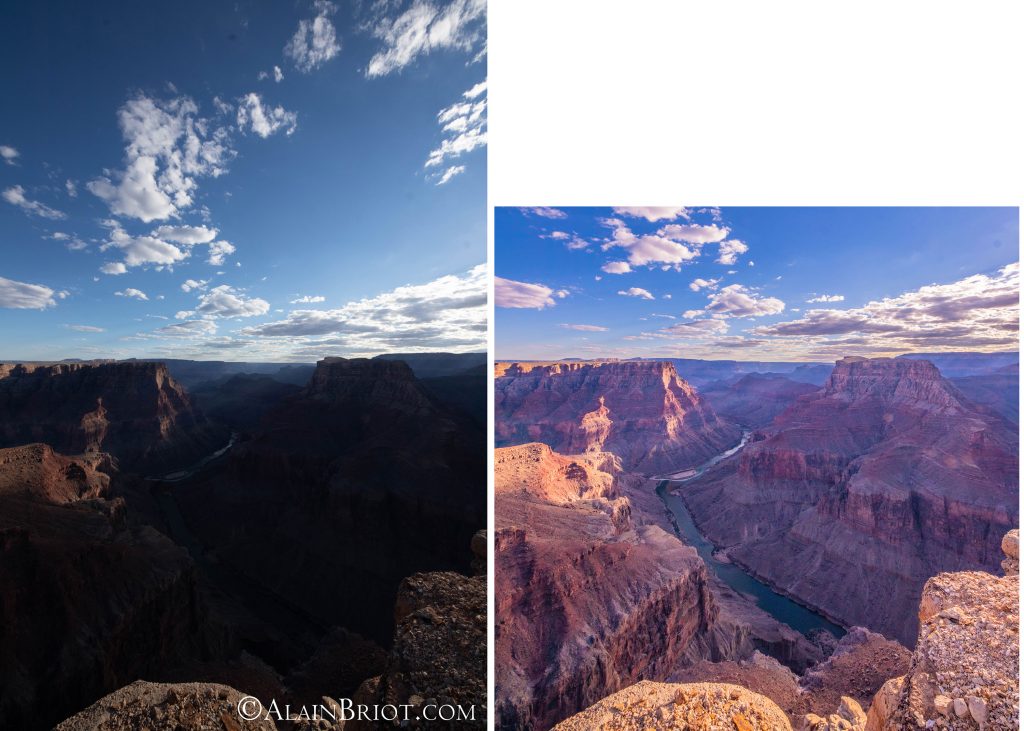 An afternoon at the Confluence
An afternoon at the ConfluenceLet’s return to photography. My point is that I see more parallels between a raw file and an esquisse than between a raw file and a musical score. The comparison between a black and white negative and a musical score made sense because the photographer had altered the negative in the darkroom by developing it with a specific goal in mind. Using the zone system together with a variety of development processes, the photographer could develop the negative to reduce or increase the contrast as well as set this contrast to precise density values. This controlled processing cannot be done with a raw file. All we can do is control the exposure and set the color balance, and color space, and that is about it. Furthermore, all these parameters will be reset during optimization because most raw files are overexposed to maximize digital data recording and because color space and color balance are ‘soft’ settings that can be changed at will during optimization.
All this makes letting someone else than the photographer interpret the raw file challenging. It has little in common with the way a musician interprets a score. Certainly letting another photographer process the raw file would result in a different version of the image. However, I doubt this version would have much in common with the original photographer’s intent. There is just too much left to choice, too many variables to adjust, too many important decisions to be made. In the end, rather than seeing an interpretation of the original image capture, we would witness the creation of a new image, one most likely, unlike the one the original photographer created.
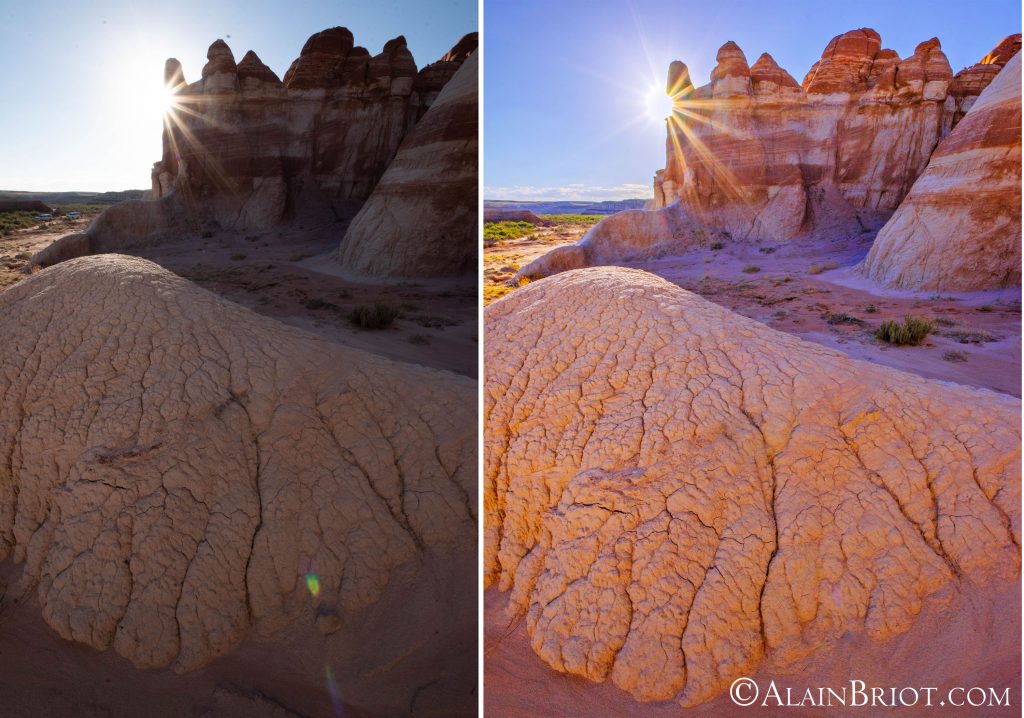 Sun Star in Blue Canyon
Sun Star in Blue CanyonI construct images; this is what I do. I don’t just capture raw photographs, process them, and convert them. I alter them, warp them, and reformat them. I change their color palette, I dramatically modify their contrast, and I use every digital means available to me to make them look the way I want them to look. I like to joke that I do unspeakable things to them; except I am not joking. For me, these things are not unspeakable. They are enjoyable, liberating even. But for those who continue to follow a strict film paradigm, a rigid way of processing images that is limited to adjusting color and contrast, the things I do -are- unspeakable. However for me, for someone who was never happy with the limitations that film imposed on my creativity, for someone who was trained as a painter and did not understand why shapes and colors couldn’t be molded to my desire instead of being fixed by the film they were recorded on, these things are a dream come true. A godsend. A response to my prayers. A medium that opens the doors to a full set of creative tools. I make no secret that if it were not for digital capture and processing, I would have quit photography long ago. I may have gone back to painting, since this is the medium I was first trained in, or I may have done something completely different, but I would not have pursued using a medium that had so many limiting and frustrating aspects.
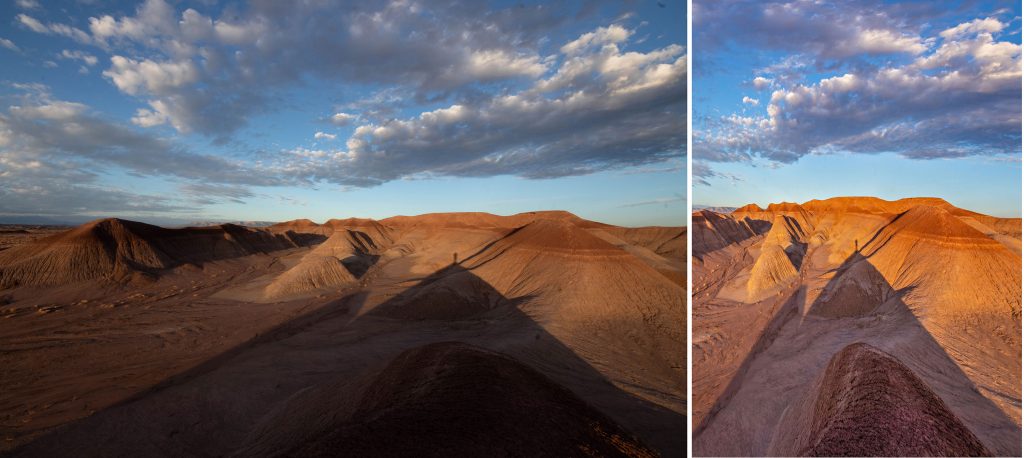 Sunrise in the Clay Hills
Sunrise in the Clay HillsThis essay focuses on explaining the thinking process I go through when I create digital images. This thinking is non-verbal. It takes place in my mind, and I am not necessarily aware of it when I work. Neither do I need to be. Only the result counts. If the image turns out to be what I want it to be, I am pleased. However, to write an essay like the one you are reading, I have to make this process conscious. So I started taking notes when I work on my images, and I began saving photographs of the process I follow as it goes through its different stages. It is these notes that are behind this essay, and it is these photographs, both the original and the final versions, that illustrate it.
As you can see, the changes are radical, and the differences between the original raw capture and the final image are dramatic. If presented alone, the final image gives no indication about the look of the original raw file. This is why I featured both the before and the after versions next to each other in this essay.
Visit Topic or reply to this email to respond.
To unsubscribe from these emails, click here.
|
|
|
|
|
|
|
|
||||||||||||||||||||||||||||||||||||||||||||||||||||
|
|
|
|
|
|
|
|
||||||||||||||||||||||||||||||||||||||||||||||||||||
|
|
|
|
|
|
|
|
||||||||||||||||||||||||||||||||||||||||||||||||||||
|
|
|
|
|
|
|
||||||||||||||||||||||||||||||||||||||||||||||||||||
|
|
James Lorentson
Contributor
August 6 |
Originally published at: https://naturephotographers.network/articles/are-your-landscape-compositions-lacking/
“Another article on composition?” Yes, but I promise not to babble about the merits or drawbacks of the rule of thirds. I bet you already know plenty about compositional tools. Understanding what tools to use is crucial and grants you tremendous artistic power. But it’s not enough. You need to know how.
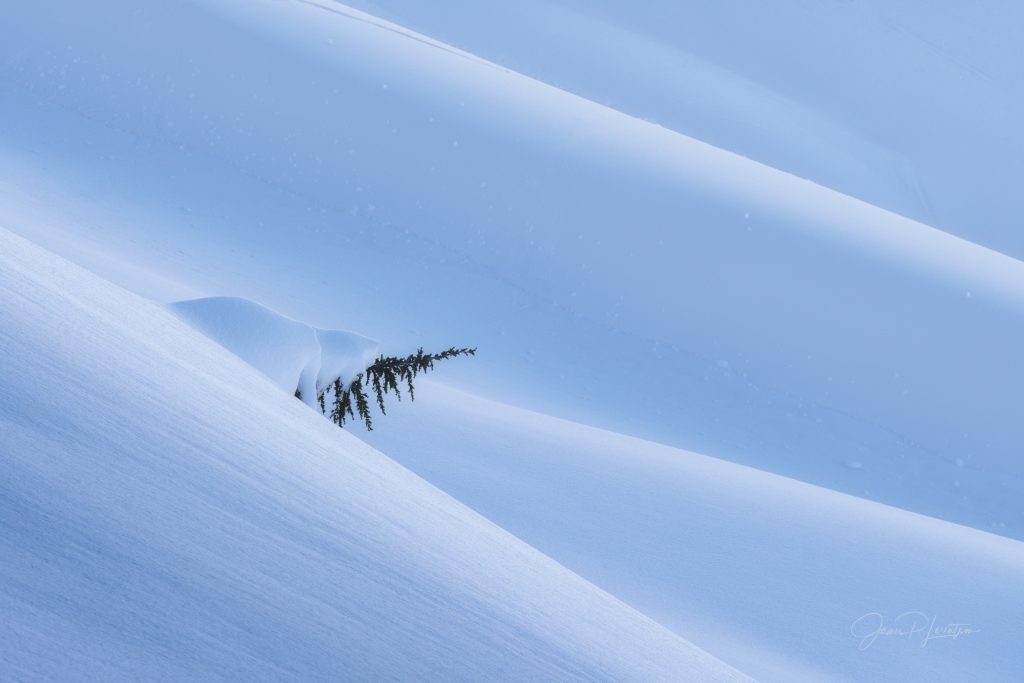
It’s not your fault. Too often, the books, articles, and videos on composition start and stop with the tools. But you must use the tools like a chef uses ingredients—you don’t want to throw everything into the pot and hope it tastes nice. You must deliberately choose and balance the different ingredients in a way that achieves a cohesive taste. Or in our case…a cohesive story.
With photography, that can sometimes mean, for instance, that a natural frame should be discarded for the sake of simplicity. Or maybe a more intimate scene captures the mood better than a grand vista. Your vision is your anchor. It’s the starting point from which all decisions should follow. In this article, I’ll share my process for creating cohesive and deliberate compositions that are rooted first and foremost in you as the photographer.
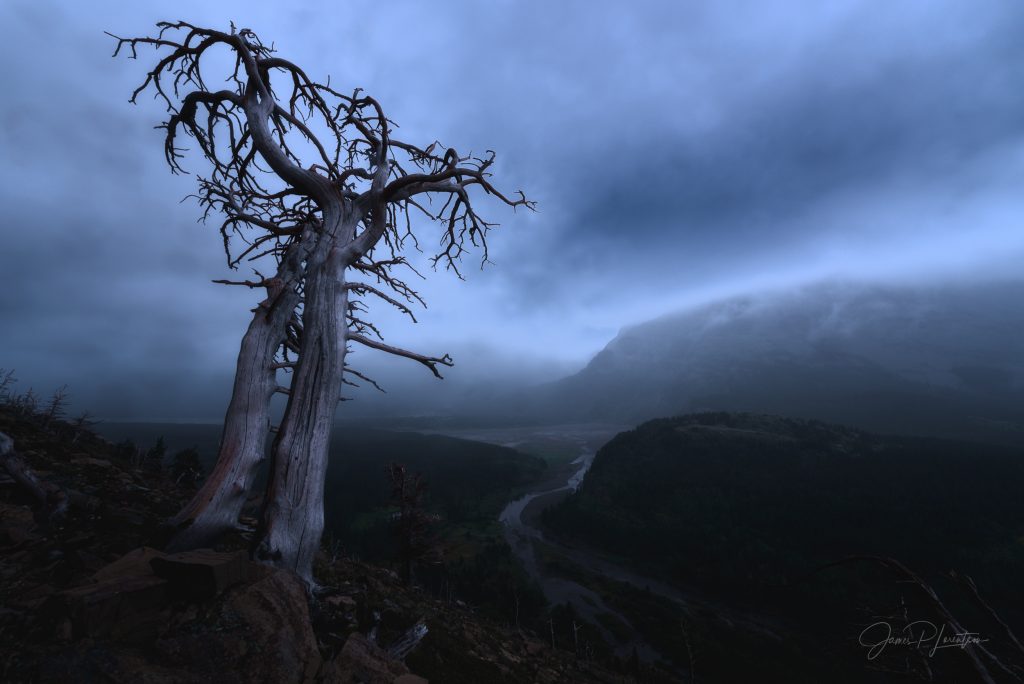
Imagine this… As you open your car door, the wind blows rain straight into your face. It’s pouring. It’s cold. It’s dark. A golden hour sunrise is off the menu. You consider turning back, but you’ve traveled hours to get here, you’ve brought the right gear, and you’re already awake. So you push on. As twilight lifts the veil on a new day, you spring into action. A short, steep hike up a rocky trail reveals a valley coated in fog. You’re now running! Tripod, remote release, filters, air blower for the raindrops—the race is on to find a composition. Soon, you’ve found a spot and begin racking off frames.
For the first ten minutes, that was me. I ran around like a crazy person looking for the “right” foreground tree. It wasn’t until I slowed down and questioned the focal point that I saw how the two gnarled trees complimented the two streams of the river.
In a situation like this, how would you have chosen what to include and exclude from the frame?
Before we get into solutions, let’s look at common reasons you may struggle with composition:
I’m guilty of all the above. A few years ago, I decided I needed to do something different. So I collected my thoughts and notes on composition and typed a set of prompts to use in the field. I printed it out to place behind my camera’s LCD and digitized it to my phone. If I look back, it wasn’t the ‘leading lines’ I needed help to remember, it was slowing down and tuning in. I now share a digitized copy with my workshop participants, and I’ve found it has made a big impact on how they approach a shot.
The compositional tools address #2 and #3 above. Chances are, you’ve got those covered. We’ll focus on #1–telling a deliberate, cohesive story.
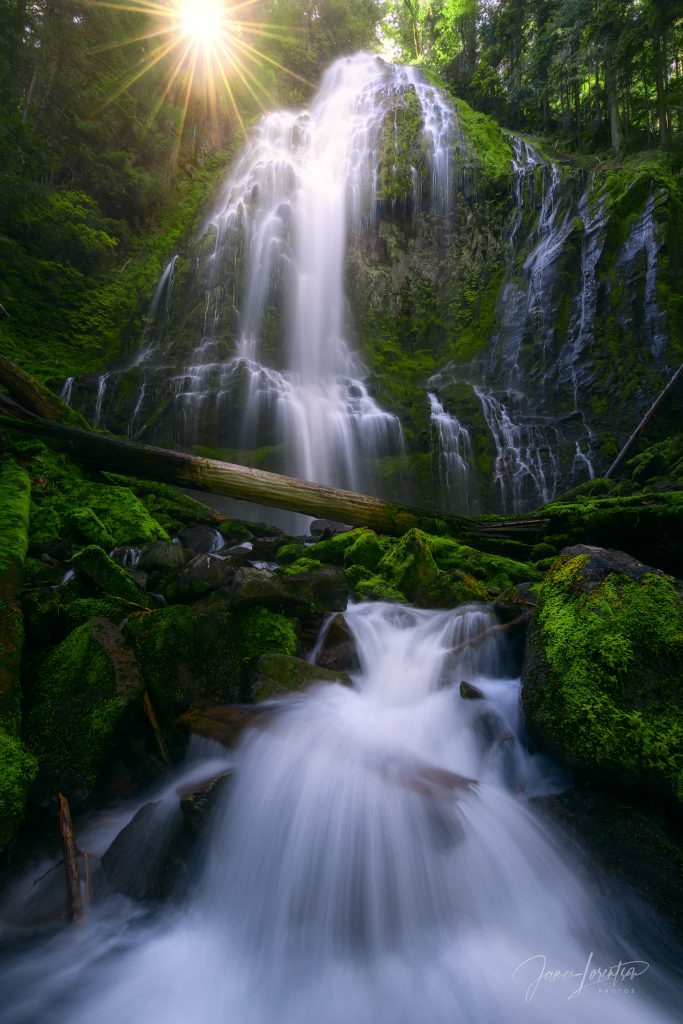
There is nothing worse than a sharp image of a fuzzy concept.
–Ansel Adams
The creative path begins with you. It’s your job to write the story. The moment you see something you want to shoot, you owe it to yourself to tune in and find your voice. Listen, trust your intuition. Do so and you will have a deeper place from which to create your art.
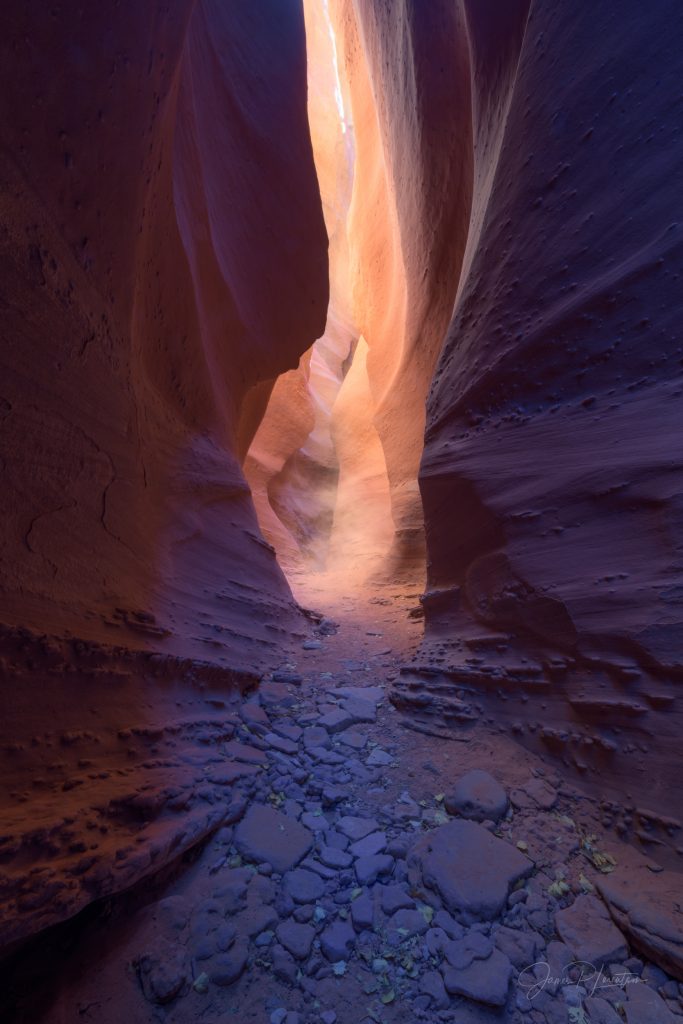
Resist the urge to grab your camera. You must explore your subjects before you have meaningful things to say about them. Study the details and the relationships between the different elements in the scene. Train your eye to the full potential of your subject.
Power is mass multiplied by cohesion.
–Edward Luttwak
Decide what your photo will say and then choose how best to communicate that message. The focal point is not your composition. Your view on the focal point is the composition. It isn’t what the scene looks like, it’s what you say about it.
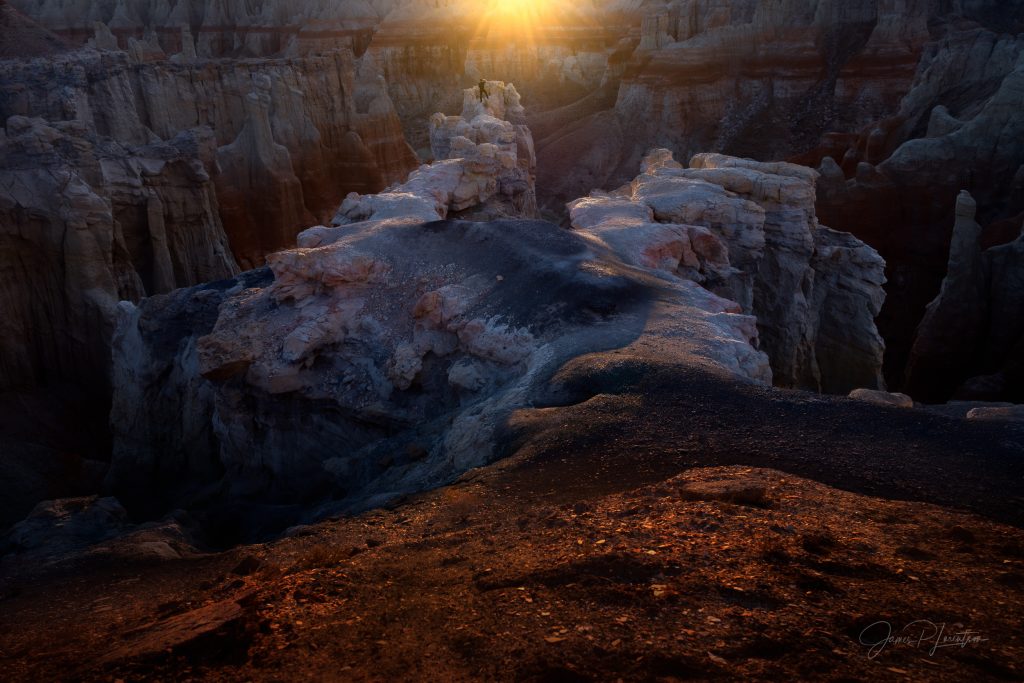
Each decision you make in the field should take into consideration your unique viewpoint.
Even when you’re in the most familiar situation, you can look for new opportunities.
–Corey Rich
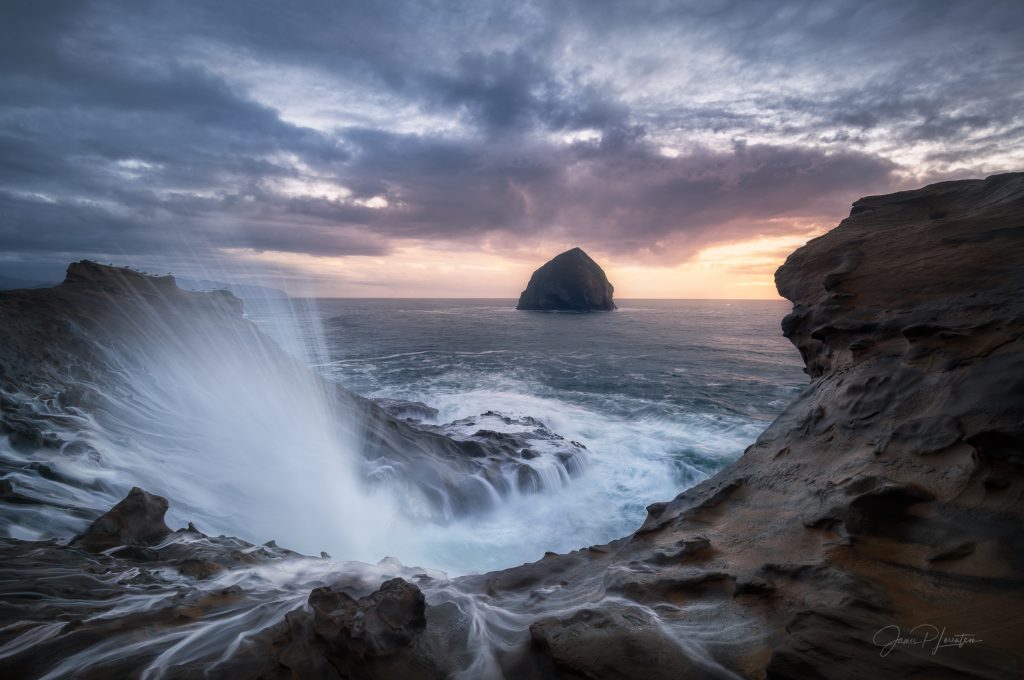
Now, grab your camera (without the tripod) and work the scene. Use the compositional tools to help tell the story.
Simplicity is about subtracting the obvious and adding the meaningful.
–John Maeda
Each character in your composition should have a role that adds to the story. Our brains are good at looking past distractions that will show up in the photo. Move in closer, zoom in, or change positions; remove everything from the frame that doesn’t contribute to your story.
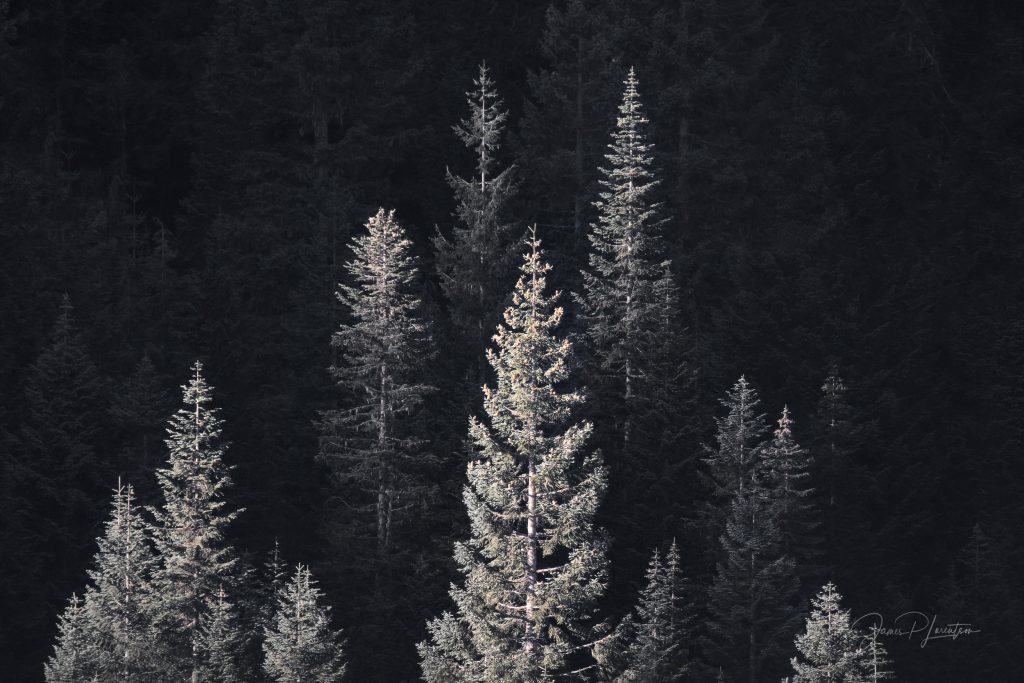
The first couple of times you answer these questions, it may seem weird, even pointless. But if you try it, you will tap into creative energy buried deep in the subconscious. If you’ve been at this for a while, you already consider some of the prompts above. Still, if you slow down and make every step deliberate, I promise you’ll improve your results.
Composition is the most crucial skill to develop in photography. And unlike weather and natural light, composition is under your control. If you sign up for my mailing list, you can download a PDF of the above prompts and a bunch more. Save it to your phone to use as a reference before your next shoot.
Like many creatives, you may view structure and process as inhibitory. While free-thinking and a non-linear approach benefit creativity, some structured prompts help you execute. Part of this amazing craft is learning to balance structure and technique with intuition and creativity.
If you take one thing from this… It isn’t what you know, but how you use that knowledge. You don’t need any more rules. You need a method to discover and extract the parts of the scene with which you resonate.
That’s all for this one. I’d love to hear your thoughts in the comments. Until next time, wishing you grand adventure and good light!
Visit Topic or reply to this email to respond.
To unsubscribe from these emails, click here.
|
|
|
|
|
|
|
||||||||||||||||||||||||||||||||||||||||||||||||||||
|
|
|
|
|
|
|
||||||||||||||||||||||||||||||||||||||||||||||||||||
|
|
NPN_Editor
Nature Photographers Network
August 25 |
NPN is excited to announce our first-ever Ask Me Anything (AMA), and our first guest is the highly respected landscape photographer Sean Bagshaw! This is your chance to ask Sean any burning questions you have about him, photography, or anything else on your mind.
This will be a live event that starts on Tuesday, August 27th at 2:00 pm EST and will only last for 24 hours. When the event starts you can find it at the link below and everyone is welcome to participate. You won’t find anything there until the event is live.
To add this event to your calendar look for the add to calendar button at the top of this topic, If you are viewing this message via email please click the ‘Visit Topic’ button at the bottom of the email to view this in a browser. You will also receive an email when the event goes live.
If you are not interested in AMA’s and don’t want to receive emails about them in the future please go to your Notification Preferences and remove ‘Ask Me Anything (AMA)’ from the ‘Watching First Post’ section.
Your local time for the event:2019-08-27T18:00:00Z UTC ? 2019-08-28T18:00:00Z UTC
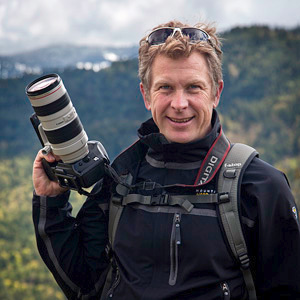
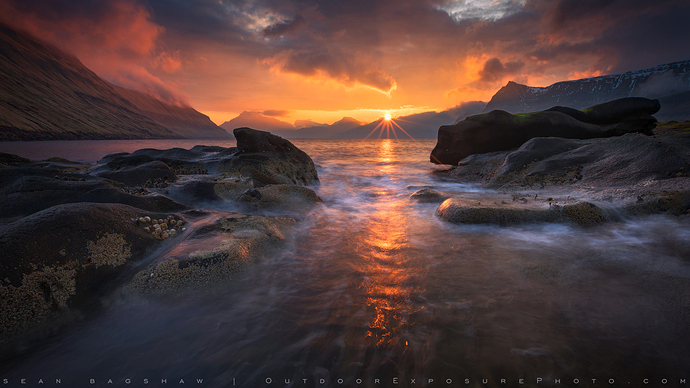
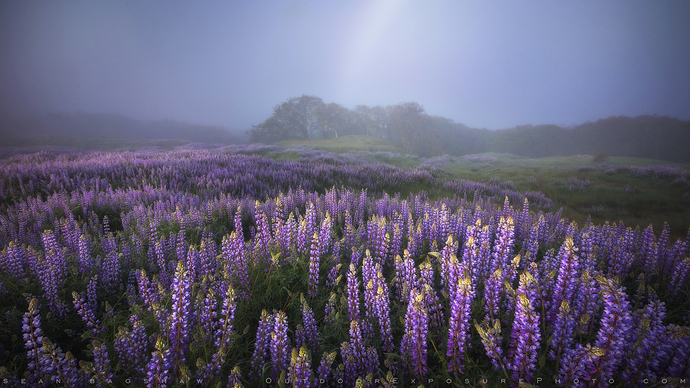
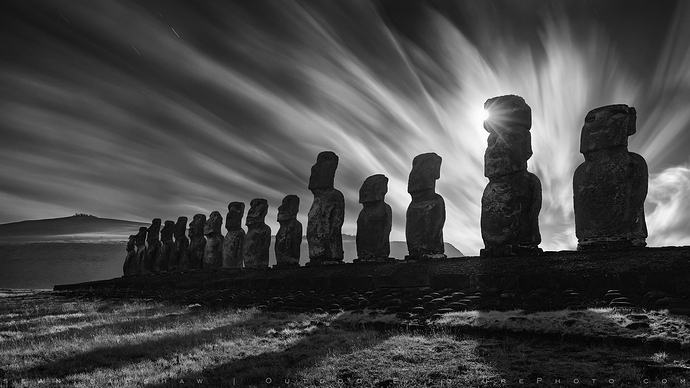
Visit Topic or reply to this email to respond.
To unsubscribe from these emails, click here.
|
|
Sean Bagshaw
Contributor
August 27 |
Hi NPN!
I am Sean Bagshaw.
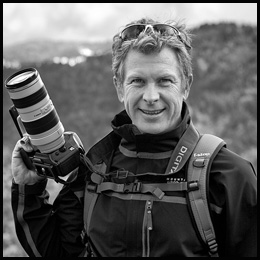
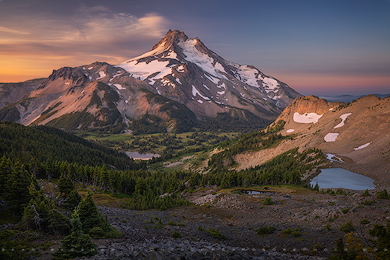
You can see more of my work here, if you are into that: https://www.outdoorexposurephoto.com
I’m a full-time photographer and photography educator and I’m also one of the members of the Photo Cascadia team. I’ve been on NPN since the early 2000s. The Photo Cascadia members all met through NPN. It’s also where I got to know Tony Kuyper a little before he published his very first luminosity mask tutorial here back in 2006. These days I split my time between my own photography work and teaching photography. I lead workshops with my Photo Cascadia mates, speak at photography conferences and also produce video tutorials on image developing and to teach Tony’s TK Panel.
As I often tell people, I spend as much time as I can out taking photos…sleeping in my truck, stumbling around in the dark, eating bad food and avoiding showers.
I’m excited to be answering your questions for 24 hours starting at 2:00 pm Eastern Time, August 27. I’m happy to answer any and all questions you might have…taking photos, developing, luminosity masks, gear, travel, adventure, photography biz, tall tales, how to avoid showers…just ask away below.
Posts not following these guidelines may be removed by moderators to keep the Q&A flowing smoothly. Thank you!
Visit Topic or reply to this email to respond.
To unsubscribe from these emails, click here.
|
|
NPN_Editor
Nature Photographers Network
August 28 |
It has been one year since we announced the relaunch of NPN! At that time the site was down to 250 devoted paying members, since then we have grown the site to 1684 members, 507 of which are paying members, along with 230 lifetime memberships that we honored from the old site.
We wanted to keep growth slow in the first year to have the flexibility to figure things out as we go and make changes as needed to make the site function in the best way possible. Not growing too fast allowed us to do things like adding the free membership tier, which has been a great success and will continue to help grow the site sustainably.
There have been many changes made in the past year based upon member feedback, which is precisely what we wanted, and we still have a few more tweaks to make. We’ve had hiccups along the way and learned a lot, and we appreciate all your patience through these times. We feel we are getting to a point where the site is highly polished, functional, and becoming less intimidating to new users, but we will continue its evolution.
We want to thank all of the moderators who are the backbone of NPN; without them, NPN wouldn’t be possible. They give their time selflessly every day because they believe in the vision and community of NPN. Thank you to all the paying members as well, you keep this dream of reviving NPN financially viable and ensure it continues for many years to come.
There is a lot to be excited about in the coming year; we have many big plans to improve the content on the site and to grow our membership even more.
In the coming weeks we will be sending out a survey to the members to get your feedback on the new site; what you like, what can be improved, etc. We will continue to work hard at making NPN the premiere site for nature photographers!
If you have any questions about the past year or our plans for the future feel free to ask, we try to be transparent as possible!
Visit Topic or reply to this email to respond.
To unsubscribe from these emails, click here.
|
|
Eric Bennett
Contributor
September 1 |
Originally published at: https://naturephotographers.network/articles/turning-down-the-volume/
A long time ago, in a galaxy far, far away, Heavy Metal was my favorite genre of music to listen to. Growing up as a teenager, my friends and I would push the poor stereo to its limits, blasting Slayer as loud as we could while driving around in my dad’s car, headbanging, yelling, and blowing out the speakers. Whether we were going skating, getting food, or just on our way home, it would get us pumped and make us feel alive. There were bands out there that understood us, what it felt like to be an outsider, to be angry at the world, and so we listened. Any metalhead knows there is only one acceptable volume for rocking out, and that’s cranked up all the way!
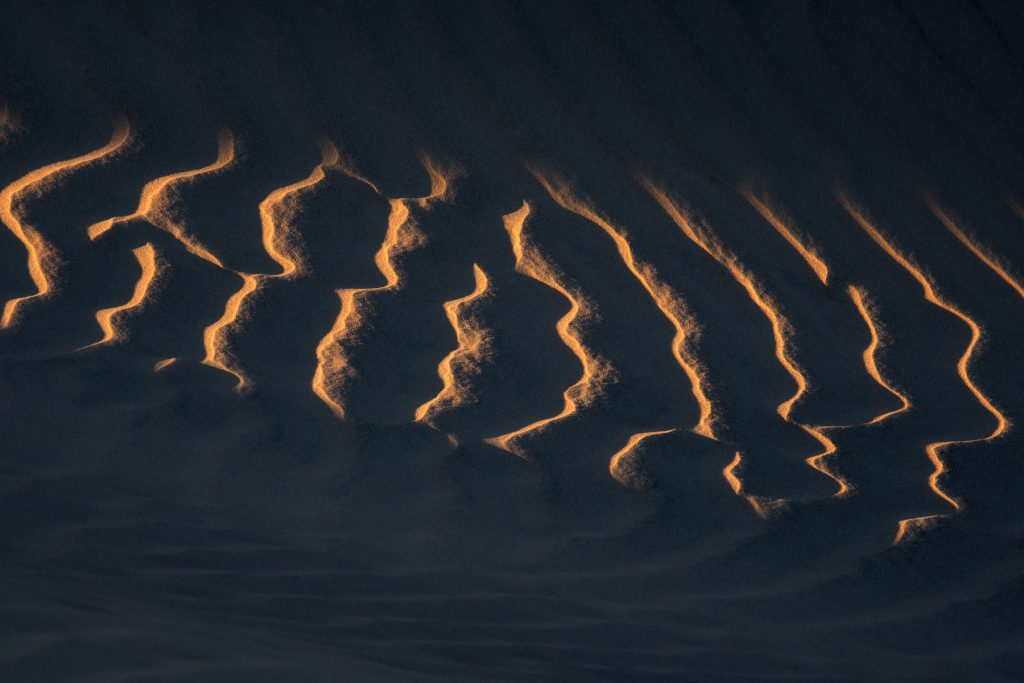 “Ripple Effect” Death Valley, CA
“Ripple Effect” Death Valley, CA
What separates Metal from other musical genres is that right off with the first chord, instead of slowly building, most songs start at 100% speed and volume (if you want to see what that sounds like listen to “A Corpse Without Soul” by Mercyful Fate). From there, the volume and fast tempo are maintained as loud as it goes all the way until the end of the song where it usually ends abruptly like running into a brick wall. Play as hard and loud as you can from the very start to the very end. Even bands like Metallica tried to record the ‘loudest’ albums ever, by using equipment that could record the instruments plugged into powerful amplifiers at their highest levels. For a long time, Metal followed this trend while in this sort of ‘noise war’ to see who could punch it up the loudest.
By now, you’re probably saying, “Wait? Wasn’t this supposed to be an article about photography? Where am I?” I know, I know, I’m three paragraphs in, and you’re scared this is going to have nothing to do with how you can take prettier pictures. Or maybe this is sounding all too familiar, and you are already making the connection on your own. Just stick with me here, I am about to make a face-melting point! While the photography medium doesn’t have a ‘volume’ slider, it has its own kind of noise, especially when thrown into the fast-paced world of social media, where thousands and thousands of visuals are trying to steal our attention every minute.
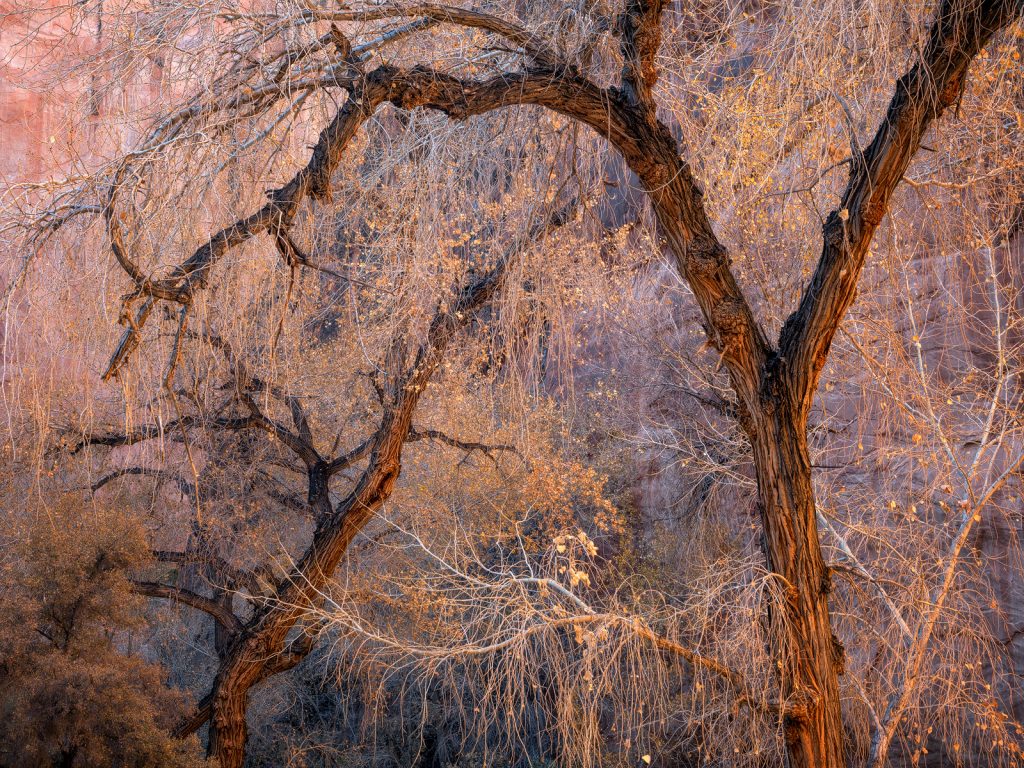 “Golden Rain” GSENM, UT
“Golden Rain” GSENM, UT
Because of this, I see a lot of photographers falling into the same kind of ‘noise war’ where they crank up the color, saturation, light, and subject matter, all in a desperate attempt to say “Wait, don’t look over there! Look at me!” Trying to demand someone’s attention by yelling at them can be effective, but is it the best way to keep them listening? Just like nowadays when I will occasionally break out the old records (really meaning just searching on Spotify) and rock out to some ol’ Heavy Metal classics, my ears can only last through a few songs, like most normal people, before they get fatigued. In the same way, I can only be on Instagram, 500px, and Facebook, for a few minutes before my eyes become tired from visual fatigue.
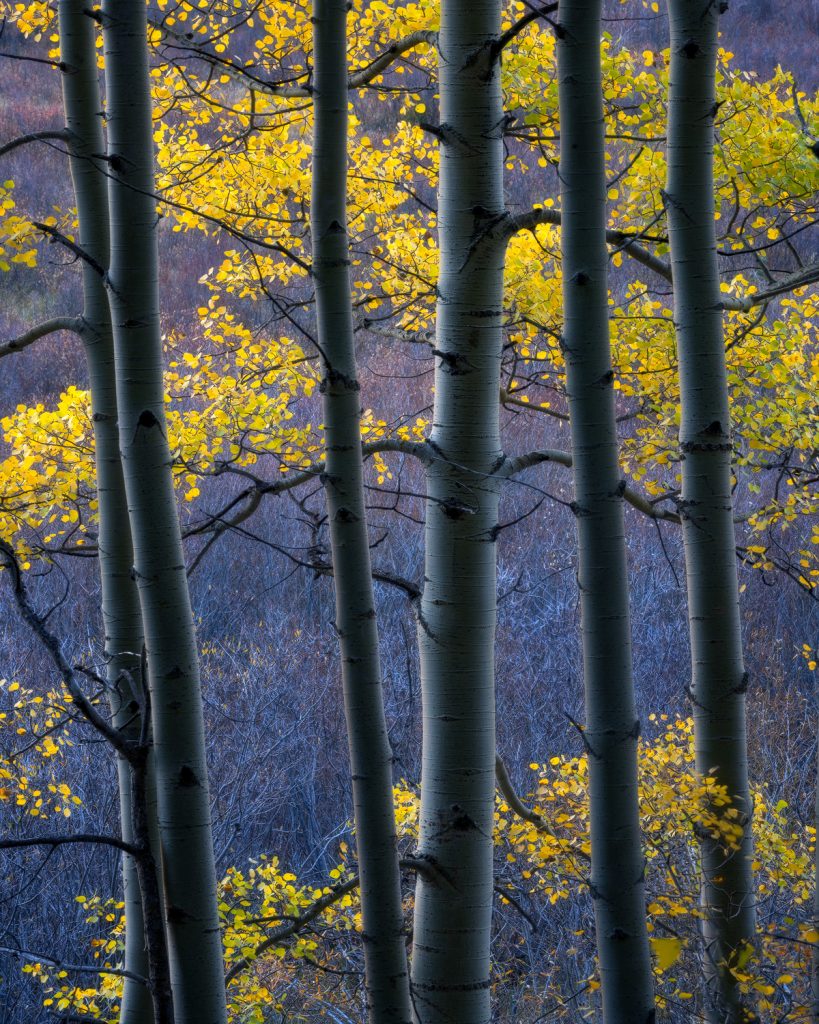 “Deep Purple” Ouray, CO
“Deep Purple” Ouray, COWhen you think of a quieter photo, what comes to mind? Probably a photo of simpler subject matter, maybe more abstract, without an obvious composition. It’s probably not as colorful or even black and white, doesn’t include as many objects, and requires more time and attention to understand and digest. Now, I’m not saying that you should not crank up the volume and shoot crazy light over big scenes that call for including more objects and being a bit more liberal with those photoshop adjustments. No, not by any means. I am trying to point out that if you continually play one note, at one volume, always portraying the world in the same way, eventually you are going to tire your audience, and most likely burn yourself out as well, rubbing the senses raw.
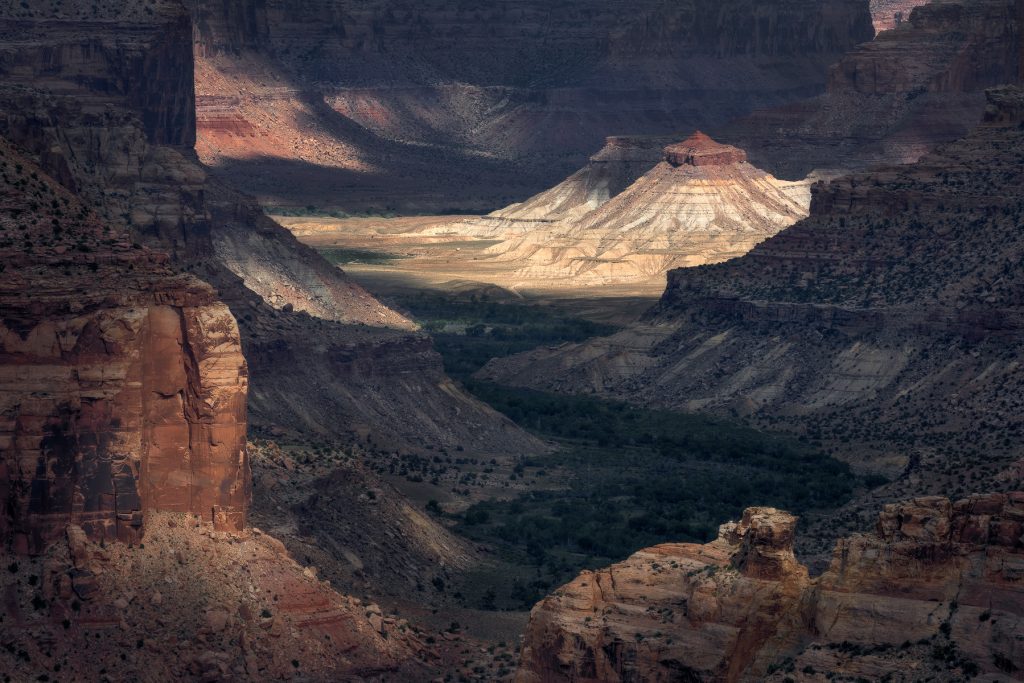 “Solace” Colorado Plateau, UT
“Solace” Colorado Plateau, UT
When I look through a photographer’s portfolio, the thing that makes me decide on following them or not, keeps me coming back for more, and impresses me the most, is that they have a wide variety of images in their gallery — ranging from very loud and powerful to very quiet and subtle. Looking through a gallery of images all cranked up to the same volume gets tiring, boring, and monotonous. After a while, it just feels like the same image, taken over and over again in a different place. This is why I feel that creating a tasteful portfolio takes some skill. For a body of work to be compelling, visually pleasing, and continually interesting from the first image to the last, there needs to be a lot of variety from each image to the next in scenes, lighting, processing, simplicity, mood, and color. This demands much more from the artist rather than letting them play the same note time and time again, merely repeating what they know best.
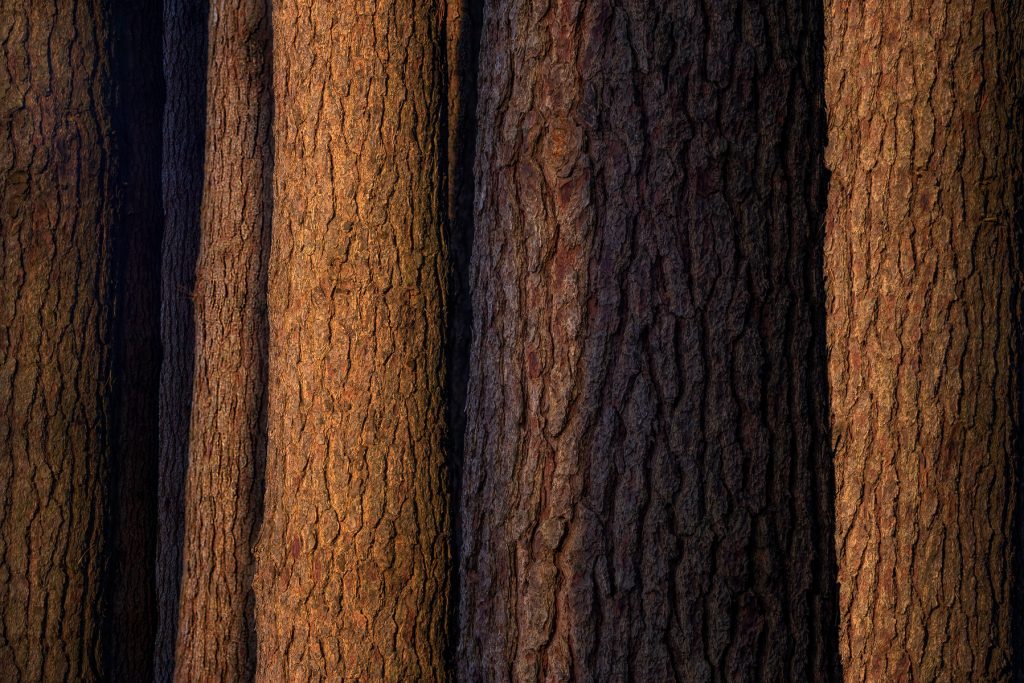 “Observers” NSW, Australia
“Observers” NSW, Australia
It’s true, the crazier, louder, and more ‘epic’ scenes will probably grab more attention on social media. But is that all there is to creating art? Is it just all about getting others’ attention by any means necessary? Well, have you ever thought about what you want to tell them once you have their attention? This is why today it is even more important than ever to know what your purpose is with sharing your images. If you are caught in the ‘noise race’ of trying to grab attention wherever you can, you will find yourself always looking for the same kind of crazy scenes and cranking the sliders to +100. You can only go so high, and so you will eventually plateau there, with nowhere else to go.
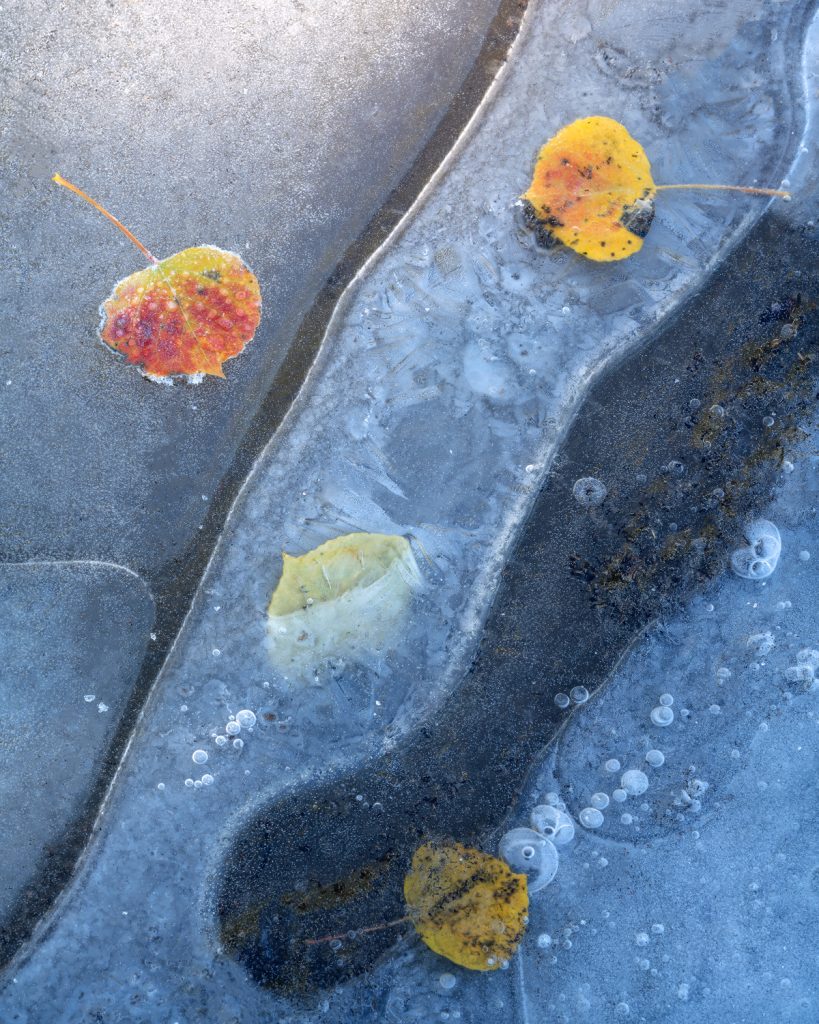 “Frozen Over” Uinta National Forest, UT
“Frozen Over” Uinta National Forest, UT
If you have found yourself stuck with your head at the ceiling, not seeing any more ways to outdo yourself, I have good news! You always have somewhere else to go! Back down. Take some time to explore areas you are less comfortable in, thinking about scenes you have never tried to shoot before, lighting that you usually write off as ‘bad,’ using lenses you have yet to experiment with, techniques you haven’t yet mastered. There is nothing more exciting, like trying something new! Don’t let yourself get caught in the ‘one-trick pony’ mindset, find your limits, and go past them. It’s the only way to expand your artistic abilities. It’s also the only way that doing the same thing for years and years can remain interesting. So many photographers fail to do this, which is why so many drop off after just a couple of years. They’re burned out from trying to keep up in the wrong way.
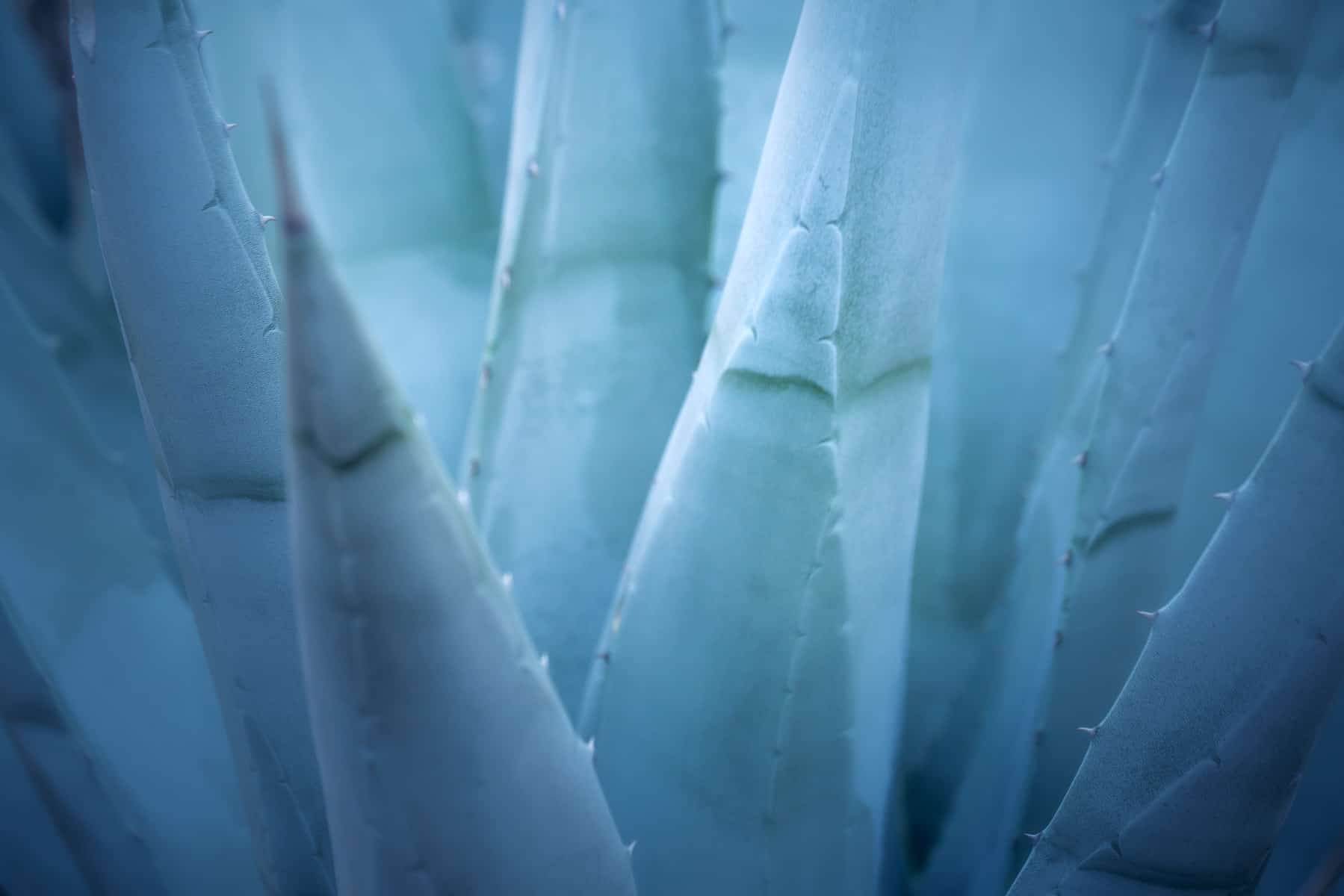 “Agave Dreams” Anza Borrego, CA
“Agave Dreams” Anza Borrego, CA
From my experience, the smaller, simpler scenes are what have caused me to grow the most as an artist, and better understand principles like composition, lighting, and color. Making something compelling within a smaller area or with fewer objects to combine is naturally more difficult, and you have fewer crutches to lean on. It is harder to hide imperfections when you are zoomed in on the details. Your mistakes become more noticeable both to yourself and your viewers. Because of this, you will probably fail more often than when shooting the big, more iconic scenes with epic sunset skies. The quieter scenes have nothing else to rely on besides your creativity and skills. But with each failure, we learn something new, and over time, with enough determination, you will begin to figure it out and see the world differently. Like anything, the increased difficulty also causes increased satisfaction when you do succeed.
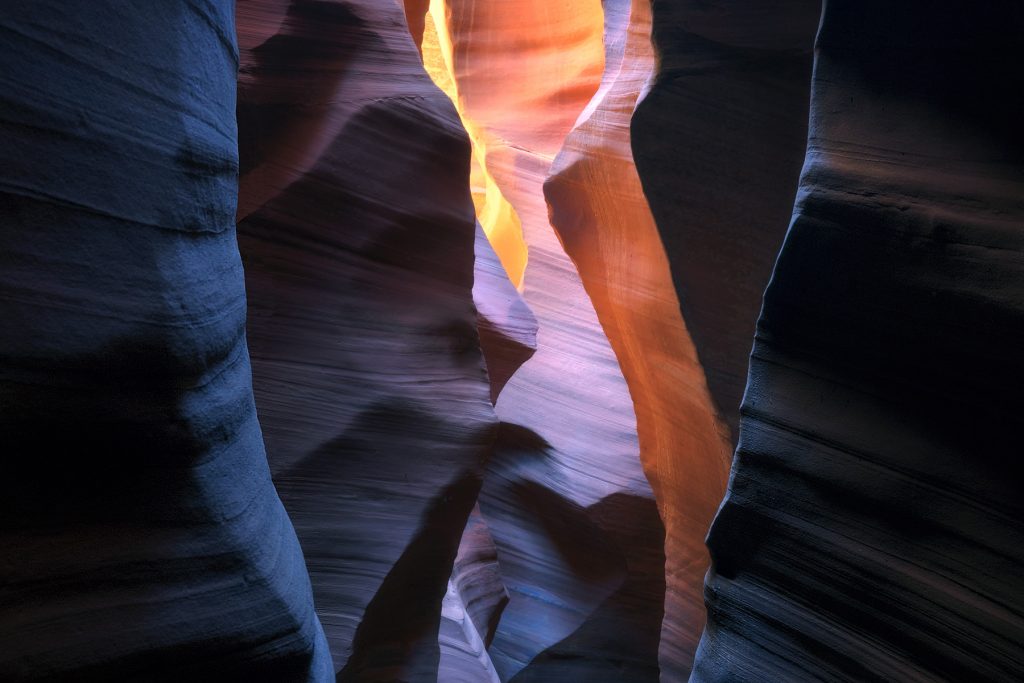 “Art Bars” Colorado Plateau, UT
“Art Bars” Colorado Plateau, UT
Quiet photography, instead of yelling at people to look, sits, and waits. It patiently stays hidden until those who are truly seeking something different, something more profound, come and find it. This is where the artist’s personality can stand out and be felt by the viewer. Not by what you do like everyone else, but by what you do differently, (“Your art is not to be found in the things you do like other people, but in the things you do differently than other people.” – Guy Tal) and that will create a special connection with all those that understand your imagery. These kinds of deep connections with peers and fans are much more rewarding to me than the superficial, shallow imagery that tries to appeal to everyone.
So how are you supposed to know when it is more appropriate to let the image be loud and intense or quiet and subtle? It all depends on the scene in front of you and how it speaks to you. An image that comes to mind from my portfolio is a photo from my first trip to Patagonia, Argentina, back in 2017. It was an extremely windy morning and waves, some a meter high, were continuously breaking near the shore on a big, glacial lagoon. The waves were causing pieces of ice that had calved off the glacier to rock around as they violently crashed against them. There was also intense light hitting the peak and surrounding clouds. Initially, I pulled out my telephoto and was trying to shoot more intimate scenes concentrating on the breaking waves and icebergs, but this wasn’t allowing for enough context. It could have been a picture of waves on the ocean, in somewhat ordinary lighting. What was making this moment extraordinary was the fact that there were big, powerful waves breaking, not in the ocean, but in a glacial lake, high up in the mountains, something we rarely see, even in Patagonia. The only way I could portray this to the viewer was by including the rest of the scene.
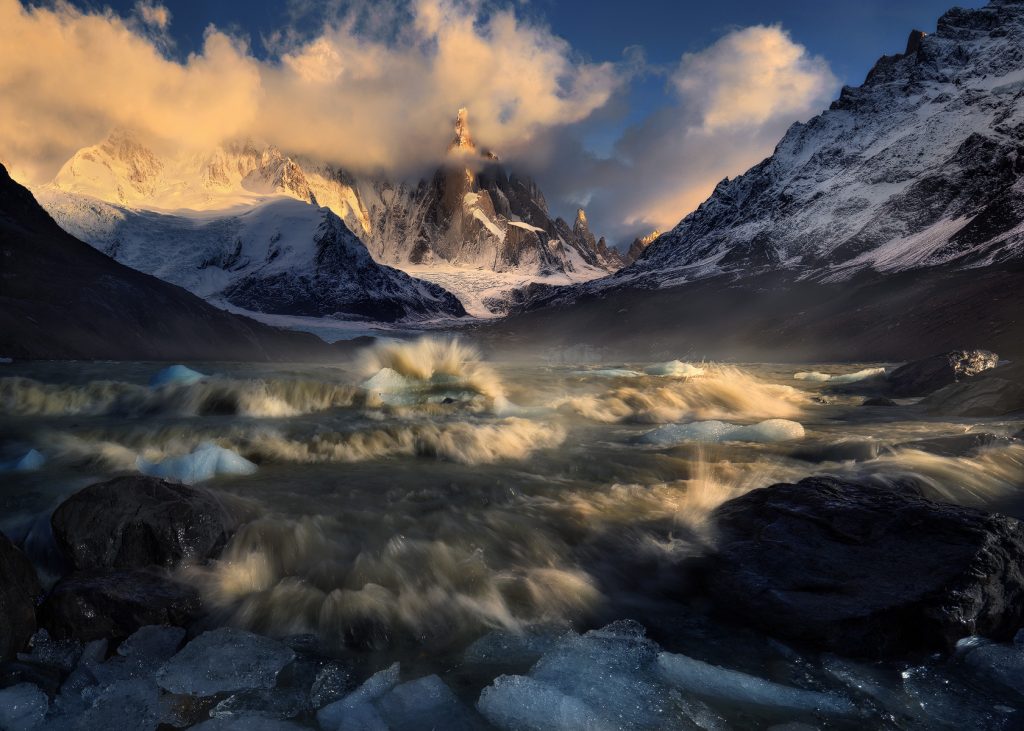 “Wake” Patagonia, Argentina
“Wake” Patagonia, Argentina
Sometimes you will find details that are better appreciated by themselves, removing all of the context of where the photo was taken, time of day, lighting, and even scale. This allows the viewer to dive deeper into the details and causes their imagination to run wild, wondering what else could be around the scene, or if it continues on forever. Including any other objects would only dilute the image and distract the viewer from focusing on the small details that you have decided are most important. The best choice is to amplify them, put them right in the viewer’s face, and not allow them to look elsewhere. Some images that come to mind are my pictures of leaves in puddles covered with biofilm. They give no suggestions to the size of the puddle, where it was shot, or during what time of day. It is also difficult to tell what focal length they were shot at, which allows the viewer to go deeper into the scene, not distracted by thoughts of a photographer taking the photo. There are certain scenarios, as a photographer, where it is of paramount importance to not betray your presence.
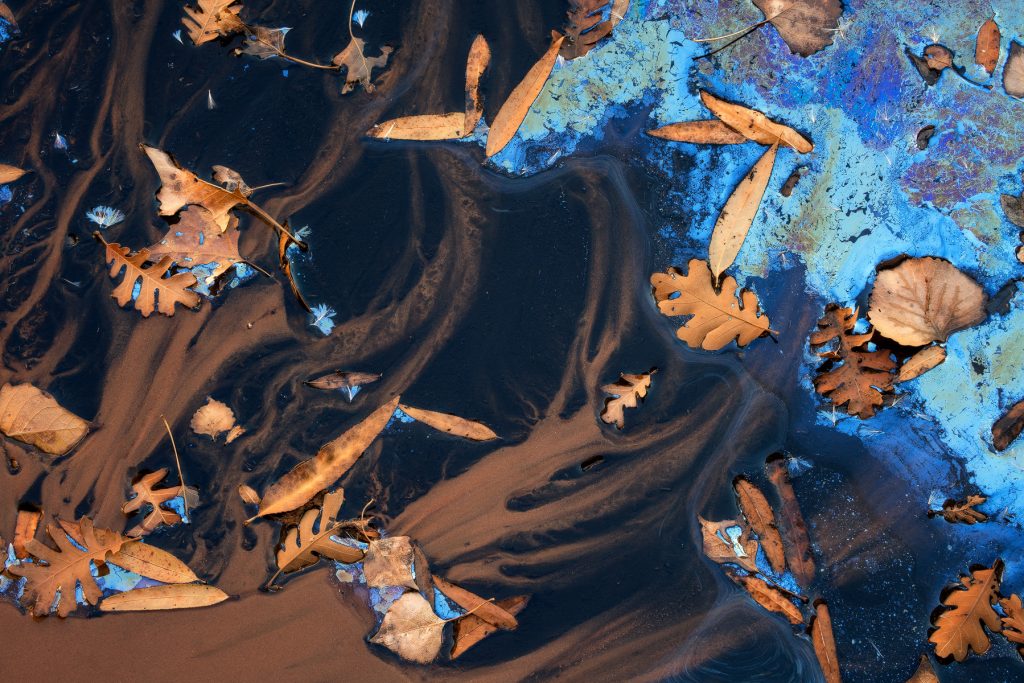 “Cosmic Space” GSENM, UT
“Cosmic Space” GSENM, UT
Ironically, if you think about it, the people who we usually listen to are not those that scream the loudest or that demand attention, that’s childish. The ones that talk the most are most likely to be ignored and avoided, while the ones that rarely speak and choose their words carefully are those who we are more anxious to hear from. What kind of artist do you want to be? The one that has to shout and shout, until they lose their voice? Or the one that is sought out by true admirers that are willing to devote more of their time to appreciate their work?
Visit Topic or reply to this email to respond.
To unsubscribe from these emails, click here.
|
|
|
|
|
|
|
|
||||||||||||||||||||||||||||||||||||||||||||||||||||
|
|
|
|
|
|
|
|
||||||||||||||||||||||||||||||||||||||||||||||||||||
|
|
|
|
|
|
|
||||||||||||||||||||||||||||||||||||||||||||||||||||
|
|
|
|
|
|
|
|
||||||||||||||||||||||||||||||||||||||||||||||||||||
|
|
|
|
|
|
|
||||||||||||||||||||||||||||||||||||||||||||||||||||
|
|
jessiemonsters
Jessie Johnson
October 10 |
Originally published at: https://naturephotographers.network/conversation-with-matt-payne/
Welcome to “In Layers”, a series of conversations that explore how the creative practices of photographers inform their images, guide their process, intersect with their personal lives and interests, and shape the landscape of nature photography as an art form.
You know those people that seem to have talent coming out of their ears? Matt Payne is one of those people. Nature photographer, avid mountaineer, father, husband, podcaster; Matt is also the program director for a local agency that serves adults with developmental disabilities.
Read on to join Matt and I as we sit down on his front porch in Durango, Colorado to discuss the evolution of his creative process, how releasing expectations has improved his craft, and how the lack of mentorship is limiting the evolution of nature photography as an art form.
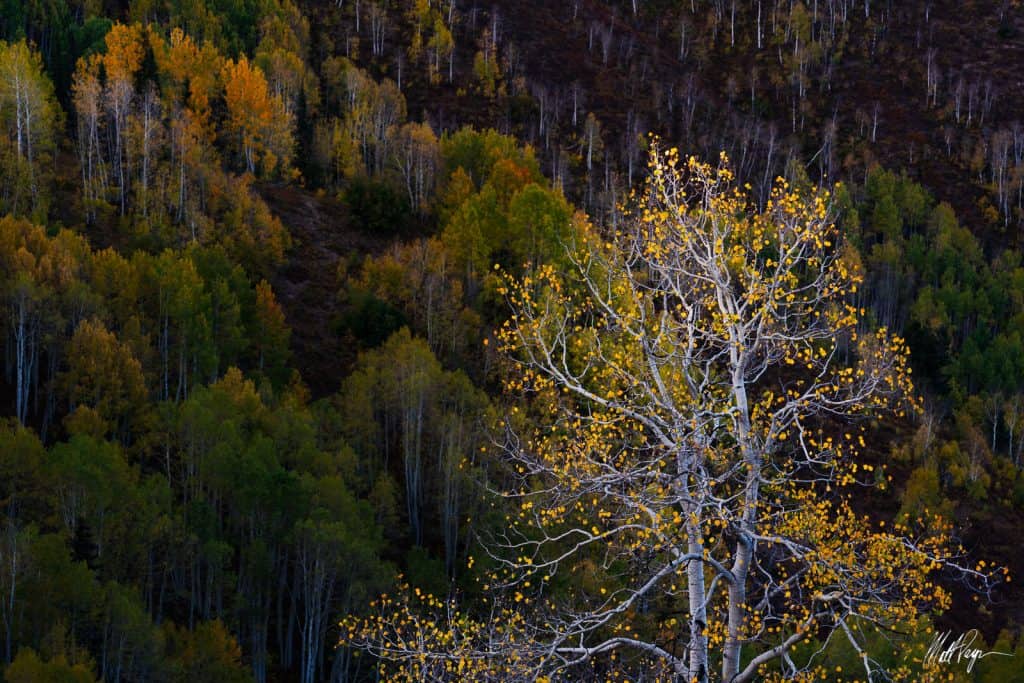
Jessie: What your relationship with the creative process?
Matt Payne: To be brutally honest, it’s kind of a love-hate relationship because I’ve talked to all these amazing photographers, and they’re telling me all these amazing things that are going through their head, and I’m like, “yeah, that’s not the kind of stuff that goes through my head, what is wrong with me?” Before I started the podcast, I didn’t identify heavily with the creative process, think much about it, or even put much credence into the idea that there is a thing as a creative process. Looking back on photos that I’ve taken over the years, there was creativity involved for sure, but I don’t think it was as top of mind as it is for me now. I just have a different process, I have a different approach that I haven’t necessarily put words to, but I know for sure that I have a creative process because I know when I’m out taking photos, especially when I’m by myself, and I’m in a place I’ve never been before, my brain is going crazy. I’m taking inventory of all these visual objects and how I feel.
I’m taking inventory of a lot of things at once. Part of that might be the psychology geek in me, but having grown up in the mountains, hiking, and climbing mountains my whole life – it’s just part of my DNA. When I’m in those places, I get really excited, and then I start seeing things that I don’t necessarily think other people see as an object of creativity. I struggle a lot with naming and talking about the creative process for myself because I find the more that I’m trying, the less natural it becomes, and the output suffers. Of course, there are some exceptions of things that I come away with, and I think, “oh, I would’ve never have taken a picture like that if I wasn’t doing that.” So that’s why I say I have a love-hate relationship with it because it yields a lot of really bad results, but occasionally yields really interesting results that even surprises myself. So, I’ve struggled with the creative process a lot. What about you?
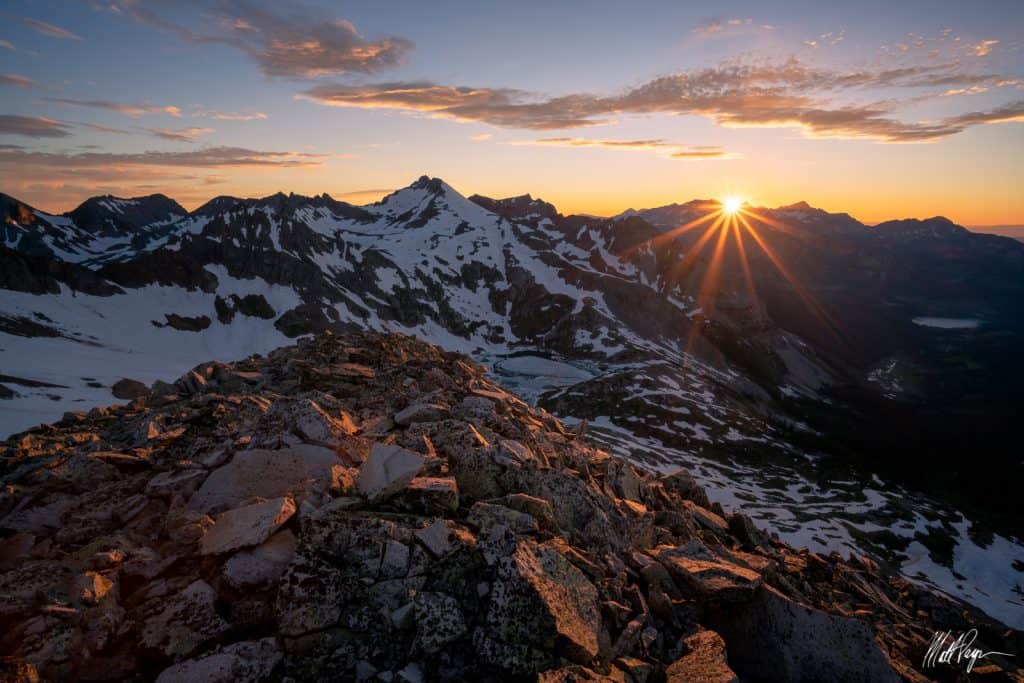
Jessie: My process of creating, whether it’s writing or photography or decorating my house, becomes better when I identify specific components that lead to the product that I was trying to create. It’s my creative process whether I put vocabulary to it or not. Sometimes that could be identifying that I work better when I eat well, or I created better photographs if I didn’t drink whiskey the night before I’m shooting, or that I am more creative if I am well-rested. The magic for me has been in identifying the things that help you flourish as a creator, in whatever medium you’re working in.
Matt Payne: Yeah, I’ve definitely noticed that my photographs tend to be better under certain conditions; both mental conditions and also environmental conditions. Not necessarily the weather, more like who I’m with or the types of conversations that I’ve had or the emotional state that I’m in because of the people that I’m with. Some of my best photography has happened when I’m with a friend of mine, Kane Engelbert. Part of that is because he sees things and shows me things that I normally wouldn’t see myself. I also think we push each other to be better. For example, last summer, we started planning a photo trip, and we wanted to go to places or shoot things that people haven’t shot before. It is kind of hard nowadays to do that well and actually come away with photos that are decent. Having somebody to think through finding those spots (Kane), is something that puts me in places where I’m going to come away with better photos. I’ve also found that I take better photos if it’s not a place that other people have shot a lot. I look at a lot of photography, but there’s danger in seeing a lot of photography because you get kind of locked into a mindset of “I have to come away with that shot,” and I think that can be a hard trap to pull yourself out of if you’re in a place like that. I find that if I purposely put myself in places that I haven’t seen photos of before, my photos are going to be better by the nature of having to think through it myself. Maybe that’s a creative process, I don’t know.
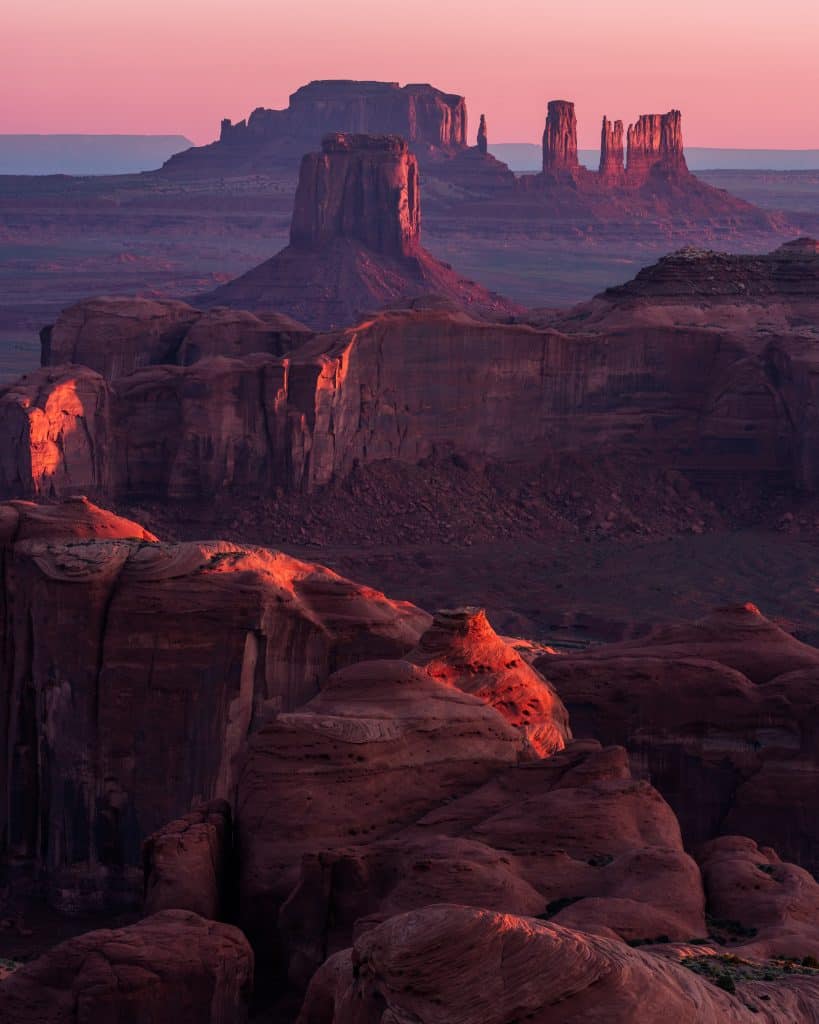
Jessie: It sounds like you do a lot of lead up work to create unique photographs.
Matt Payne: Sometimes. And sometimes it’s just wandering around in the forest and seeing something that catches your attention. Sometimes it’s that simple. Why did it catch your attention but not to the 20 other people that looked before you? I think that’s one of the exciting things about landscape photography is that you can take 20 landscape photographers, walk the same trail, and people are going to come away with 20 different types of photos, which is really cool. Each person has their own creative process that’s driving that. A lot of people are probably like me in that they don’t necessarily have a way of talking about what that process is. It’s hard for me to talk about the creative process, I know I have one, but I don’t know if I could teach it. I would have to teach you how to appreciate and love the things that I love because that’s a huge part of my creative process. I see things that really interest me and that I’m curious about, which may bore somebody else. It’s different for everybody, everyone has a different process. My process is certainly going to be a lot different than Sarah Marino’s. I went on a shooting with Ron Coscorossa, Sarah Marino, Jennifer Renwick, Alex Noriega, and David Kingham last year, and watching all of them was really interesting. They are very different process and all of those processes are way different than mine. They’re showing me stuff that’s interesting to them, and I don’t see it. I see something else way over there that I think is cool looking.

Jessie: In those situations, would you say that your own identity is interfacing with the environment in a way that attracts you to certain images and not others?
Matt Payne: Definitely. A huge part of my identity growing up was hiking and climbing mountains. That athletic component of being in nature has also produced some of my best photos. Those photos required [physical] effort, you know? Whereas if I drive to an overlook and just get out of the car, it might be a beautiful photo, but there was nothing leading up to it for me that made it special. That athletic effort also pushes me to look for things that might be different or unique about that place or special about it because there’s that extra layer, and that’s just what I grew up with. When I was 9 years old, my parents and I climbed Mount Evans, which isn’t hard, but it’s a fourteener, about a 14-mile hike from where we started. We’re sitting at the top eating lunch, and a lady comes bumbling up from the parking lot 500 hundred feet below, and she says, “I just climbed a fourteener.” But I remember thinking, “no, you didn’t.” I wasn’t trying to disparage her effort, but we obviously had very different experiences, and part of what I was experiencing in that moment was way different than what she was experiencing in that moment. Not saying one was better than the other, but I guarantee that if I had driven a car there and then hiked 500 feet, the way I felt in that moment would have been way different for me. I think that experience also informs your creative processes as an artist. If there’s some kind of effort involved in leading to that moment, there’s something about that that also makes it that much more interesting.
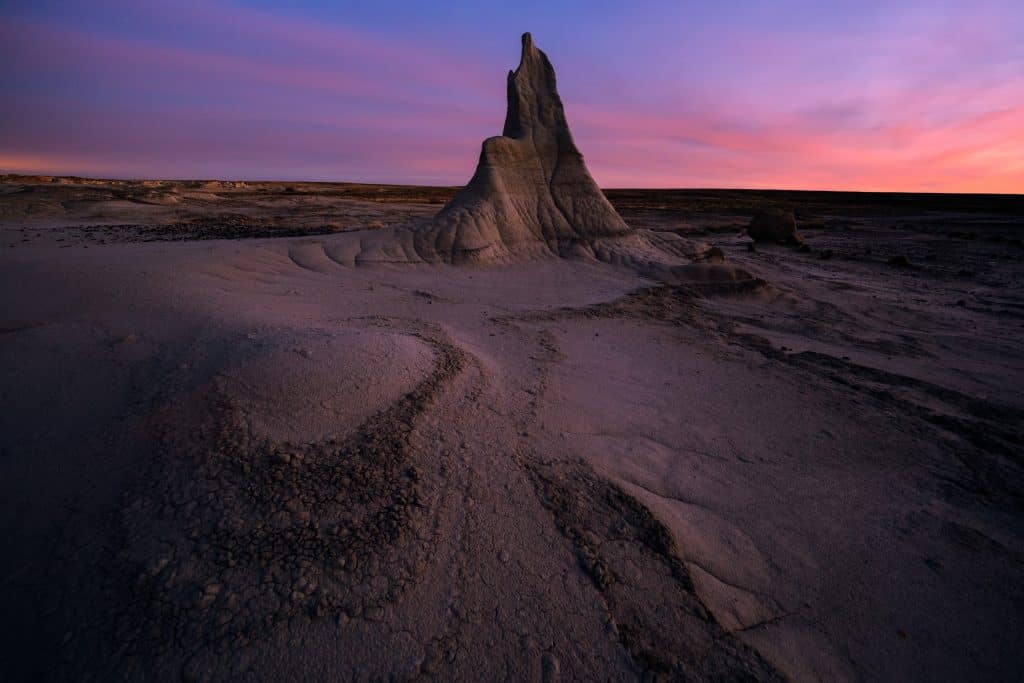
Jessie: There’s a part of my own creative process that is rooted in grappling with rejection or failure to obtain a goal. If you watch your creative process closely, it will highlight what your personal reaction is when you fail. Do you have a relationship with failure in that aspect?
Matt Payne: I used to have a really bad relationship in that regard, and I would say that’s something the podcast has helped me with is talking to people about that. A lot of that is expectation management. One of the greatest things for me in the last two years that has been useful for me creatively is decoupling expectations from why I’m taking pictures and the results. Since then, I’ve had several outings where I didn’t come away with any photos that I thought were that good, but I still had a really good time. I still found myself taking a lot of pictures that I think are interesting, maybe not gallery-worthy, but they were interesting photos, and I wasn’t disappointed in the experience. A big part of opening up a whole new world creatively has been just having totally different expectations or no expectations at all of what I’m going to come away with, what the end result will be. If you go out thinking, “this is the shot I have to get,” you’re not going to look for other stuff. It’s super important to have an open mind.

Jessie: Would you say there’s a practical cost to taking photography trips, the cost of spending time away from your family, and your home, and that cost gets higher if you are not enjoying taking photographs because you are focused on the outcome?
Matt Payne: Totally. In 2013, I did a backpacking trip in the Weminuche Wilderness. I carried 60 pounds up a really tough trail. A huge storm came through, and I ended up stuck in a tent for five days. I didn’t have to be stuck the tent, but in my mind, the shot that I wanted was not there. If that would happen to me now, I’d throw my raincoat on and put some plastic over my camera, and I’d look for stuff that looks cool. Maybe just some fog in the trees or a corn lily full of rain. Having preconceived notions of what you’re going to come away with, at least for me, is one of the most damaging things you can do. It almost completely derails your creative process if you already have a shot in mind. It’s okay to have a preconceived vision of some images when you are going on trips, but don’t lock yourself into only wanting those shots, which is what I did for years.
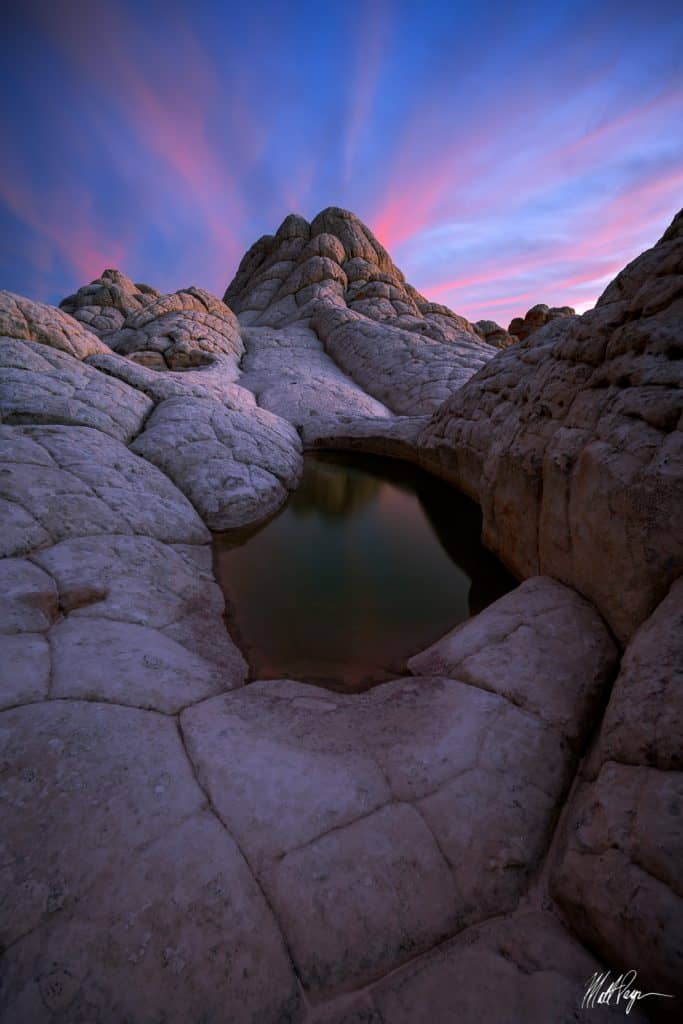
Jessie: Releasing specific expectations for your work brings about the topic of what success is to you. Thinking about your own practice, how would you define success?
Matt Payne: Everyone has their own definition, right? If you were to channel my wife, it would be financial success, being able to travel to any part of the world whenever you want, take trips, but also have a house, not live poor. I wouldn’t say it’s fame, I don’t think fame makes you feel comfortable. In photography, financial success doesn’t exactly come easy even for people that are incredibly talented, incredibly intelligent, and incredibly lucky. There’s a lot of things that’s coming together for people to be financially successful as photographers. I think it is part of the human condition to compare ourselves to others, I just listened to a podcast about that. It talked about no one feeling rich due to always comparing themselves to the people above them. We never compare ourselves to people below us. If we did, we’d see that we are actually doing pretty good.
Jessie: You just released Episode 127 of the F-Stop Collaborate and Listen podcast, what type of feedback have you received from your listeners about the podcast?
Matt Payne: A lot of the feedback I’ve received has been really positive. I did get some feedback early on like that there was too much profanity, so I’ve actually cut that down quite a bit. Some of the best feedback I received was from Eric Bennett, he told me to let people talk more and not cut them off. It was true. I have a propensity to want to dive in because I’m a social person and out-going. I’ve spent more time trying to get people to talk more than I talk. Some people are more interested in hearing from different people from different areas. I have a lot of people telling me to interview people from the film days, the people that shoot large format, the pioneers. Then I have a younger crowd that think I should interview Instagram stars. A lot of people have negative things to say about Instagram and the kind of behavior that we see online from different people. There’s a lot of judging that happens that may or may not be true. People are disgruntled, they don’t like where the industry has gone in terms of it being about the selfie and fabricated images from fake locations. It’s interesting to hear both sides. I’ve learned there is no average listener, which is cool.
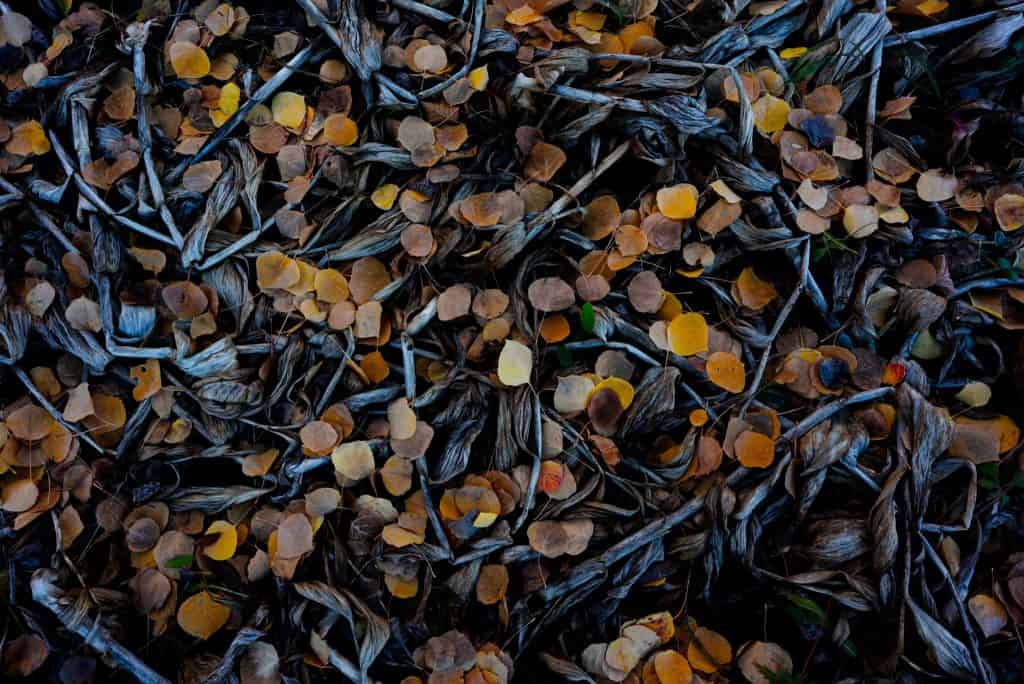
Jessie: In thinking about social media and your photography practice, what you’ve been creating, would that be different if social media was not a part of your life?
Matt Payne: It’s a double edged sword for me. I would probably have less motivation to take pictures in general because I’m competitive in some ways. I was an athlete growing up and a baseball pitcher in college. Everything I do, there’s a little bit of competitiveness in there, even if it’s just playful, there’s still a little bit of competition. If I wasn’t on social media, it would probably make me produce fewer images, but they might be better. How often would I even show them to people? What are your outlets for actually showing your work to other people when you don’t have social media? There’s a Durango photography club that meets once every month where you can show people photos, but that isn’t nearly as exciting as posting it on NPN or throwing it on Facebook, or posting in a Facebook group of people that you highly admire. There’s a different component to it that makes it exciting. It does good things and bad things for your photos. I did fall into a rut about the same time that I was just shooting stuff that was preconceived. I was just posting images for social media purposes only, thinking I needed to post at least once a day. I’m pretty aware of it now, I’ll go weeks and months without posting photos and then I’ll go to weeks straight posting once a day. It just depends on how excited I am about my work. Social media used to heavily inform my photos, but not so much anymore, which is good.
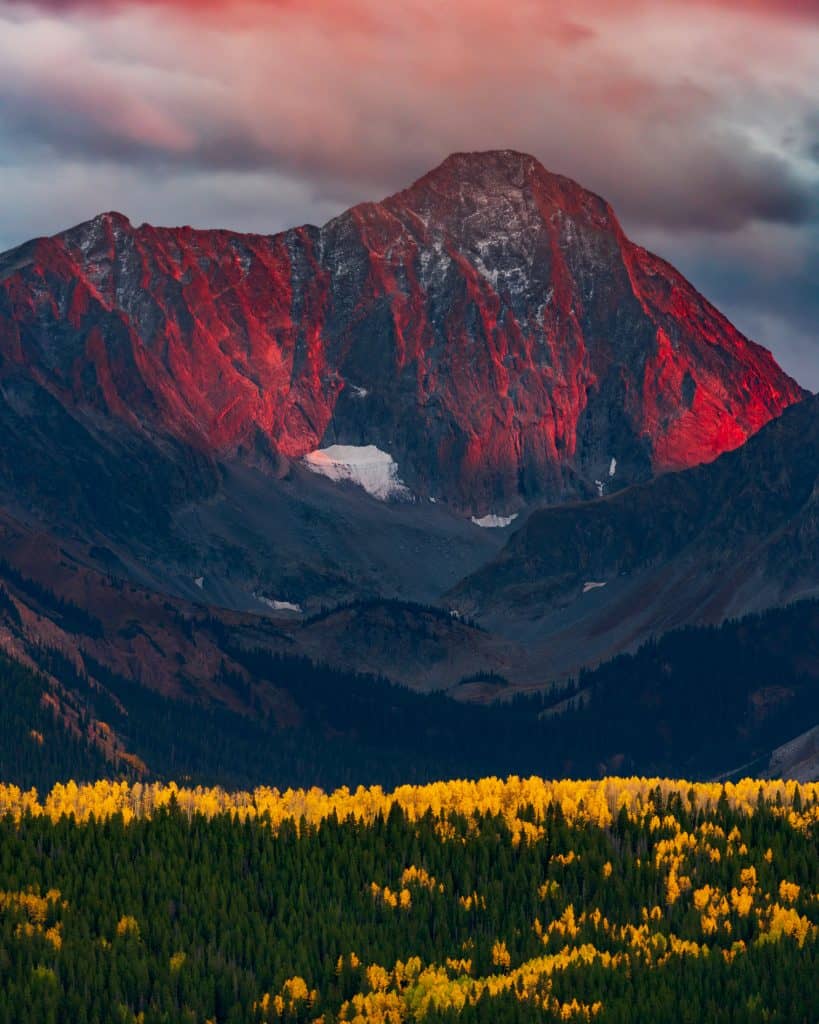
Jessie: It sounds like you’re moving in a direction that is more rewarding.
Matt Payne: Oh, 100%. Definitely way more rewarding. This is the crux of it for me. My work is moving in a more rewarding direction, but not necessarily a financially rewarding direction. For example, if I take a photo and it never sells, that’s fine. But that doesn’t necessarily work in a world where I’m also wanting to make more money as a photographer. Those are the two battles going on in my head all the time. I need to make more money as a photographer, but on the other hand, it’s okay if the photo never sells. Like a devil and an angel. But, I used to not even have the angel, it was always the devil. So we’re good now.
Jessie: Speaking of onboarding positive characters, do you have artistic mentors that you turn to?
Matt: In terms of a specific one or two people, no, I wouldn’t say that. I don’t know if mentor is the right word. The closest person that comes to mind is Kane. When I was just starting out as a photographer, I really, really, really liked his photos. We were taking photos of similar subjects, and he made a comment about one of my photos that wasn’t mean, and it could have been mean. It made me really respect him. The first time we went out shooting together was in Oregon, and it was just awesome being around him and learning how he sees. Also, people that I’ve photographed with in the past like Brent Doerzman, Jimmy Gekas, Sarah Marino, Ron Coscorossa, David Kingham, and Alex Noriega. Surrounding yourself with really smart, great creative minds makes you better. Maybe not immediately, but it does rub off. That is one of the values of workshops. Even though I’ve never done a workshop, I think that is a value that you can get out of workshops, and you can start to pick up on ways of seeing the world that you never thought of before.

Jessie: Does it seem difficult to create a mentor-mentee relationship in photography right now?
Matt: Yeah, I would say that that’s a problem right now in photography. There’s not a lot of mentor-mentee relationships out there, which is a product of how we are learning now, which isn’t necessarily good. There is something to be said with developing a long term relationship with somebody. They don’t even have to be someone who’s great, it could just be somebody who you admire, they can be completely unknown to the rest of the world. It’s important to have somebody to bounce your ideas and thoughts off of, and it is lacking.
Jessie: What impact are you seeing in photography with the lack of mentorship?
Matt Payne: What we’re seeing right now is a lot of derivative photography. You can see a really great photo of a great place, and you go to that place, and you try to take the same photo. Without someone teaching you or standing next to you, telling you why that’s a great photo and how to see those elements in other scenes you don’t know. That’s a huge impact. We’re seeing a homogenization of the output in photography. It’s all starting to look the same, which is boring, and for a lot of people, not as fulfilling as it could be. It may not be the same level of experience you could have if you were learning side-by-side with a master.
Jessie: Do you think nature photographers have a responsibility to be assertive in protecting the environment?
Matt Payne: The word assertive is a subjective word, but do I think that nature photographers should care about the environment? Yeah! That would be like If you were a fisherman and you didn’t care about the quality of your streams and lakes. It’s pretty important for those places to exist and to be protected to some degree. So, yes, I think we have an obligation. Is it a moral obligation? I don’t know about any of that, but I think it’s the right thing to do.
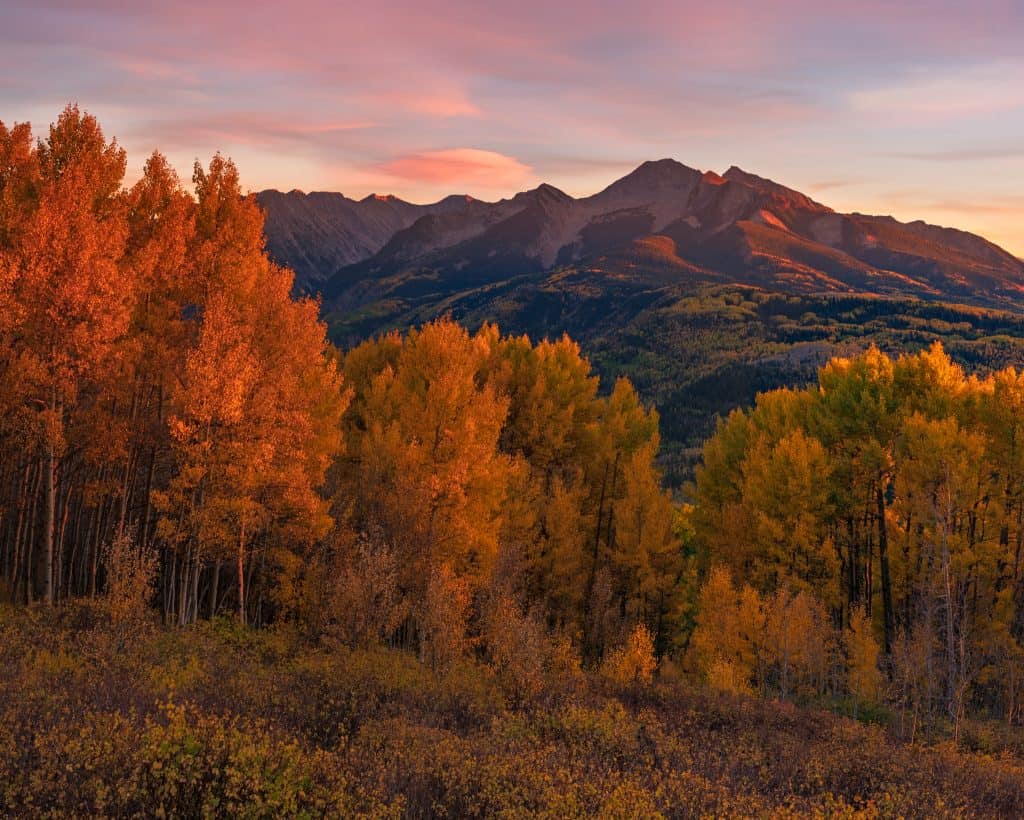
Jessie: What would you say is the most effective way for nature photographers to have an impact on how the environment is being treated?
Matt Payne: I definitely don’t think it’s through shaming, even though it feels really good to see people do it. But I don’t think it’s effective. The most effective thing we can do is get as many people as possible excited about nature and then couple that with intense education on loving nature. For example, loving nature means practicing the outdoor ethics of Leave No Trace, being curious about the places you visit, and wanting to understand those ecological systems and how they tick so you can better understand how you as a person are impacting them. The greatest impact is going to be through education in the schools, and in urban environments where people have never even been to a high mountain lake. It’s an important relationship that we have as people on this planet. Being here impacts this place and, like it or not, that can be in good ways and in bad ways, and being aware of how you impact the Earth might change the way you interact with it. Education in an accessible and non-threatening way is critical.
Interested in hearing more from Matt? A new episode of F-Stop Collaborate and Listen is released every week. If you enjoy the podcast, please consider becoming a supporter on Patreon.
A big thank you to Matt for being the first of this series.
Stay tuned for our next guest Anna Morgan!
Visit Topic or reply to this email to respond.
To unsubscribe from these emails, click here.
|
|
Alister Benn
Contributor
October 14 |
Originally published at: https://naturephotographers.network/seeing-beneath-the-surface/
It’s all too easy when we walk in the landscape with a camera to notice and photograph things, subjects if you will. What a lovely mountain, lake, stream, tree, rock, sunset, etc. This is somewhat natural and fits nicely with our labelling character, a need for order, rationality, and convention. I’m of the growing opinion, however, that by seeing things, we’re closing down our truer, more innate relationship with the world around us. This creates judgement, comparisons, expectations, and tunnel vision, all of which are perfect barriers to our creativity and self-expression.
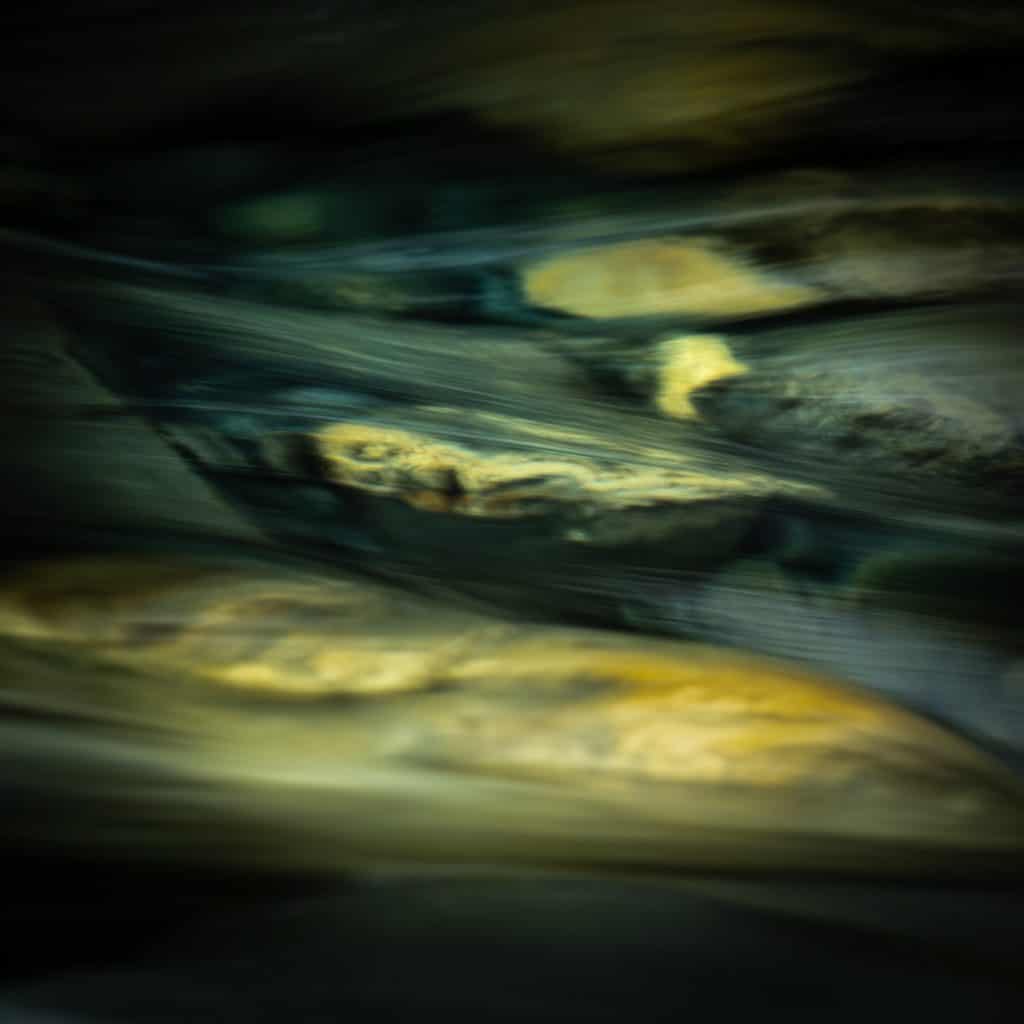
I’ve just returned from a week scouting out a new workshop area in Arctic Sweden with my partner Ann Kristin. As usual, I made a point of ignoring all images by other photographers who had been before, instead preferring to explore the place with my own mind. I did know that fall colour could be expected and that the area was home to some fiendishly sexy geology! On those two scores, I was not disappointed, but I didn’t pack any expectations into my camera bag along with my gear. My creative palette was unpolluted.
All the images accompanying this article were made on this scouting trip.
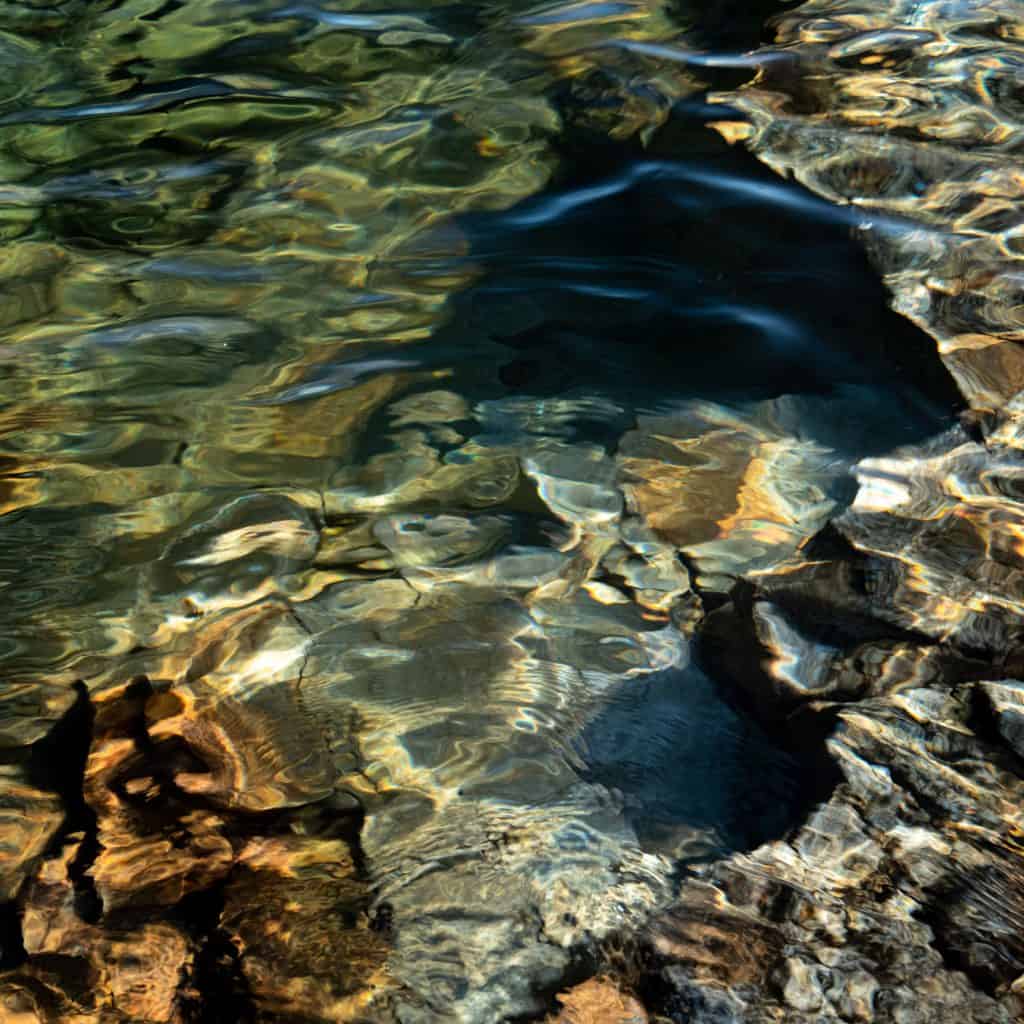
I personally believe any level of expectation can be a negative for us; it sets us up for failure and places a level of pressure on the landscape and the weather to deliver our lofty visualisations. I want to be in the landscape because I love the landscape; breathing in the fresh air, clearing my mind of the weight of modern living, stress, and commitment. The landscape can give us so much, if only we would allow it. Why is it we choose to complicate our experiences and block all the goodness from permeating our tired being?
As I write this, I realise that the string of words flowing from my mind is somehow a distillation of who I am right at this moment, sitting in Oslo airport. Should I write this tomorrow, or had I last week, the words would be different, the perspective shifted. Equally, I realise that each day I spend in the field is like that too, a snapshot not only of a place but for me; a facet, a variation, a nuance, an emotion. I find this fascinating, inspiring, and motivating. Regardless of how many times I walk a path, I am seeing it with fresh eyes, a fresh vision, a new perspective, and with something different to articulate.
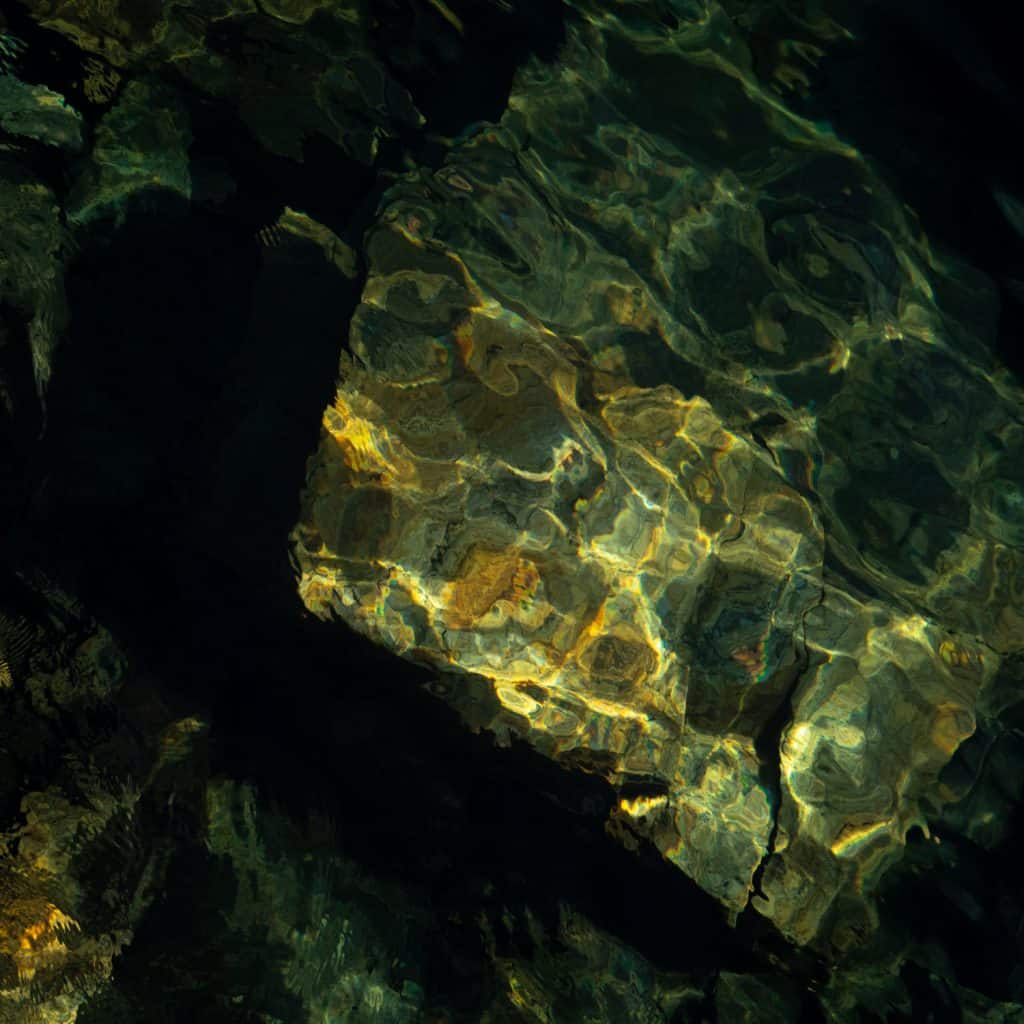
Taking a few steps back to the summer of 2003 and I am living in Kuala Lumpur, the internet has become a thing, and I am aware of some amazing bird photographs being taken in Malaysia by a digi-scoper, someone taking photographs through a spotting scope with a small digital camera. I had a Leica scope as I have been a fanatical birder since childhood, and for a relatively modest investment, I had the equivalent of a 1500mm lens. Birds fascinate me, their character, attitude, plumage, behaviour, and of course, their ability to fly (mostly!)
This was my baptism back into photography, one small step for this man that has changed my life. As my skill and commitment blossomed, I was keenly aware of the aesthetics within the frame of individual birds, the angles, lines, curves, empty space, and dynamics. But, as the list of species I had photographed grew, I realised that my desire to gather a database of the birds of southeast Asia had overtaken my love for the subject and the special relationship they had always inspired in my life. I stopped photographing birds in 2007 and enjoy just looking at them now.
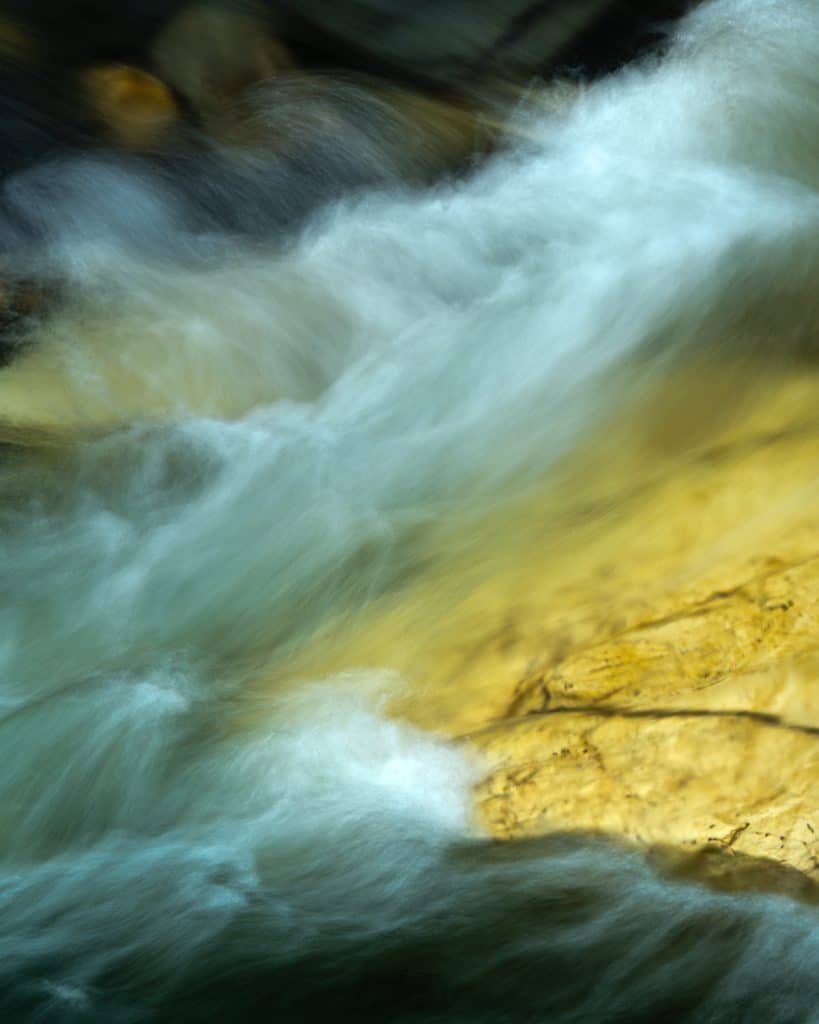
Why this cul de sac of a story? Well, close scrutiny of the subject changes our relationship with it; we begin to judge, compare, chase, yearn, long for, and strive. One shot of a Bald Eagle gets compared with another, a once coveted and loved aesthetic gets relegated to the second’s pile, to fade and diminish: The emotional connection to the moment has been severed, irreparably. Landscape photography is no different, the icon oneupmanship; better light, better aurora, better clouds, better colour. Better, BEtter, BETTER, BEST… Louder, higher, faster, just MORE.
As the landscape became my office, my relationship with it was a scary dance of fascinating excitement and bitter loss. I resented it, often hating it for forcing me to record it. Yes, at other times, in moments of calm, I would flow through it like sand in the wind, just being in it fills me with life, purpose, and vitality. Yet, as a full-time professional, I was not immune to the poison of competition and judgement. I was sad when I realised contemporary landscape photography had become a competitive sport. Olympics 2024 anyone?
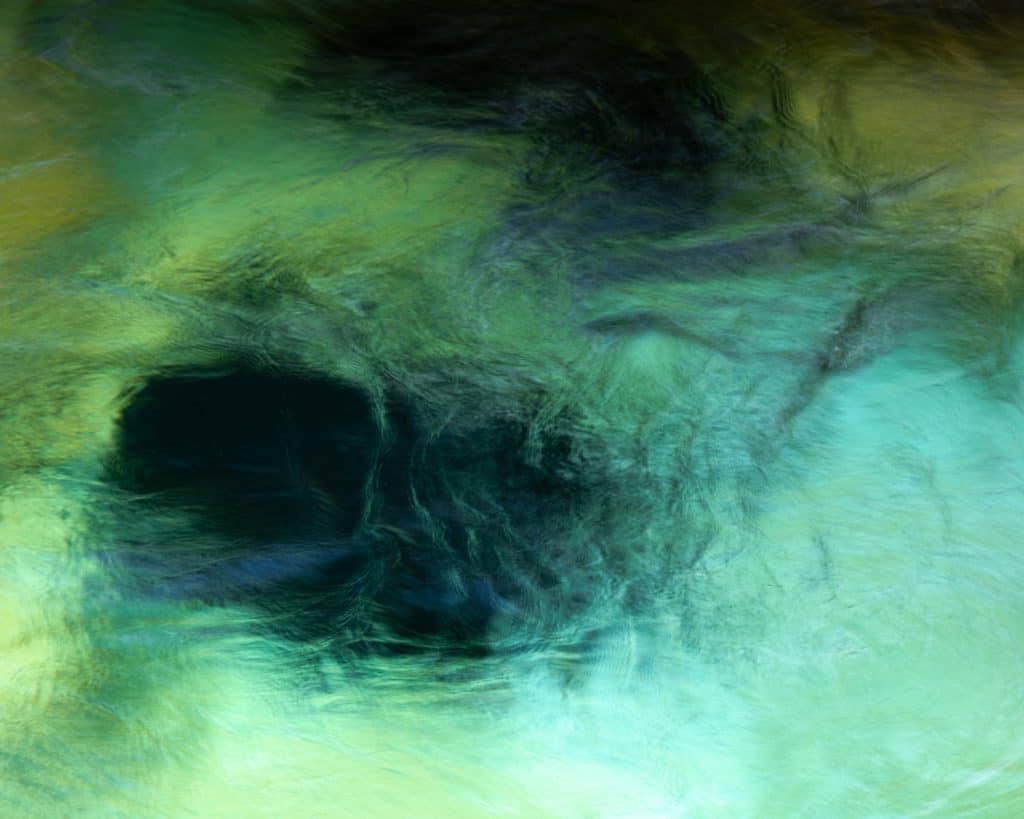
So, is there an alternative? Can we find peace in the landscape, the process, and what it can reveal about us and our relationship with the world around us? I believe there is, and I believe now is the time. As the tsunami of social media threatens to flood out all connectivity with self and internal peace, we have a window through which light still shines, like in the Lorax, when a few of the Truffula Trees still had seeds. We know the time is short, will we choose to save ourselves?
About 3 years ago, I started travelling in the Gobi Desert, and in total, I visited there seven times, camping in the high dunes a long, long way from today. Lying under the stars on a bed of sand, locked between two infinities, you feel small, remote, alone, and stripped of any relationship to the modern world. No internet, no Facebook, Twitter, Insta, or news. As I looked around in the pale dawn, I saw no subjects, just sand; lines, relationships, patterns, textures, volumes, surfaces, contrast, luminosity, and colour. I had found somewhere without compositions, nothing explicit, just alone with my own feelings and innate relationship with the aesthetic. Suddenly the rules or templates of success seemed laughable. Placing then horizon 33.3333% of the way up the frame was as preposterous as it sounds, the idea of acceptability was lost in the arena of free will.
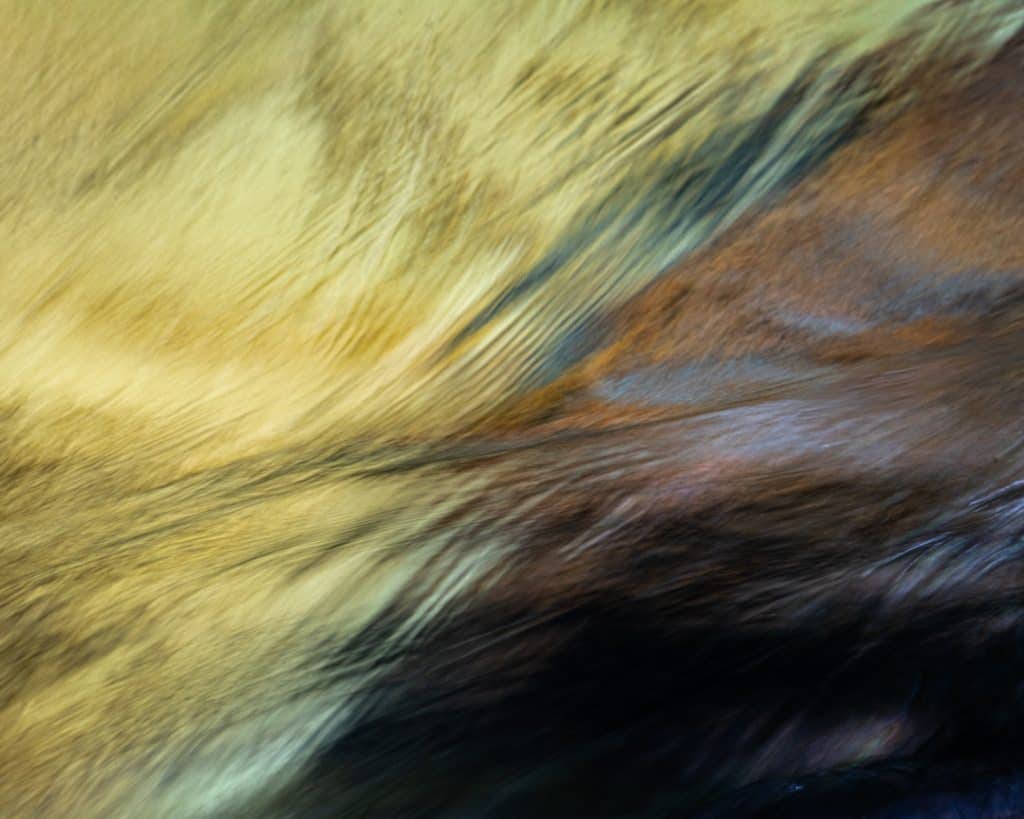
This was an epiphany for me, the desert is good for those I hear. Composition became a feeling, not a technique, and I began to gain an understanding of my own preferences and personal aesthetic. Subdivisions of sand seemed pointless, and my labelling diminished, leaving nothing but relationships and aesthetics in their purest forms.
When it is so easy to let a statement such as “The textures in the foreground rocks lead so harmoniously to the clear flowing water of the canyon, which in turn reflects the golden glow of the fall trees” flows so easily off the tongue, we strive for linguistic elegance, to articulate to another the joy we experience on a level beyond words. Rocks, water, canyon, trees; nothing but words, labels, conventions, and gross understatements of their magnificence. Textures, colours, flow, surfaces, angles, lines, relationships, volumes, visual weight, harmony, resonance, emotion, and expression. A language of creativity, engagement, and life. Passion and enthusiasm for being in that place at that time, in that body; unique and degrees beyond uniqueness, our life, and perspective; the one that only we can see.
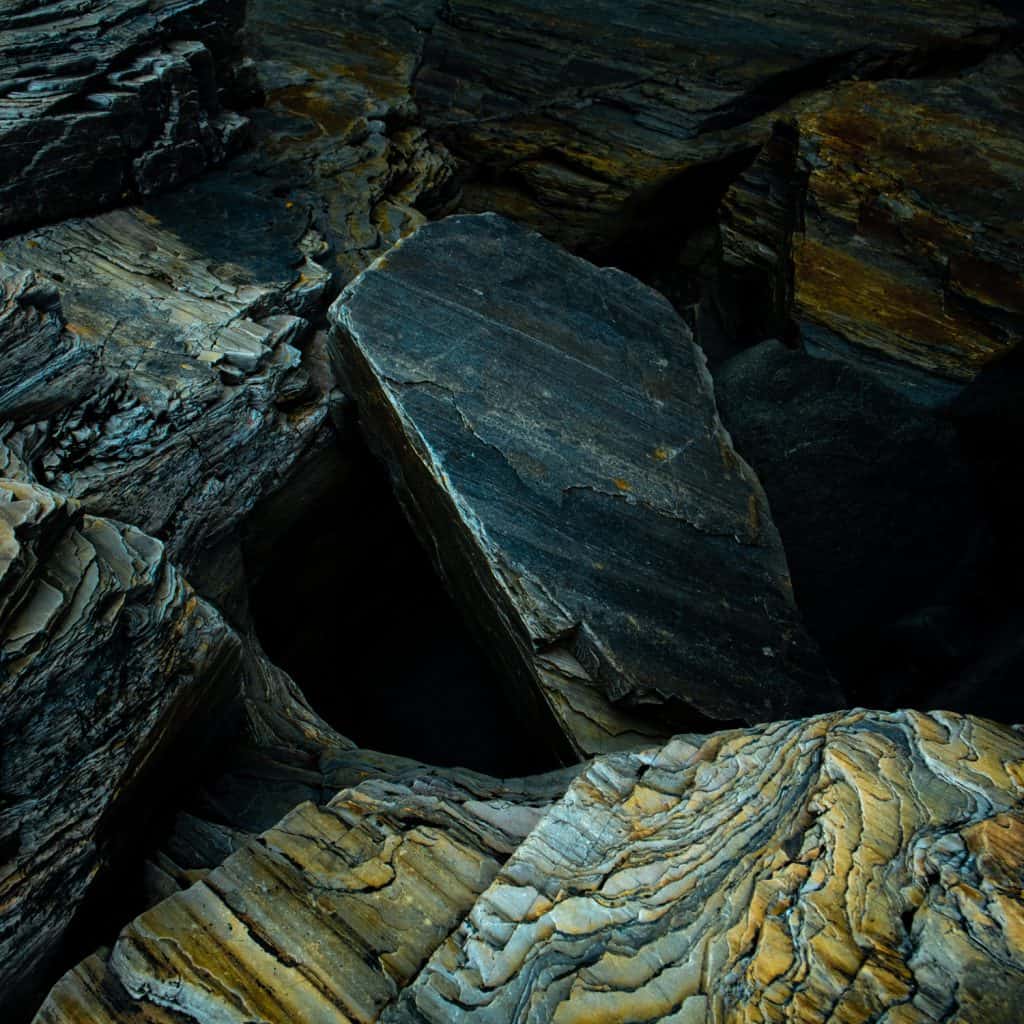
When I talk about seeing beneath the surface, I am talking about two things.
What purpose does the word tree serve? Is the word “rock” somehow evocative of what we are experiencing or feeling at that moment of engagement? As I engage with the way light spills over a joyful surface, do the words “Yellow” Smooth” “Rock,” or “Water” have any real impact on the aesthetic? The thing in itself is made no greater by labelling, and in fact, the opposite is more true; as we strip away language, our ability to communicate and resonate with light, contrast and luminosity increases. Close your eyes, and your hearing becomes more acute. Shut your mouth, and you learn to speak with your eyes. As a workshop instructor, I am forced to articulate things verbally that I do without thinking. Things that may defy words, or at least be massively diminished in translation.

We see and experience reflected light, in all its forms, nuances, strengths, and colours. It is a full body and mind experience. We don’t witness a river and a mountain, we feel a resonance with textures, atmosphere, geometry, and contrast.
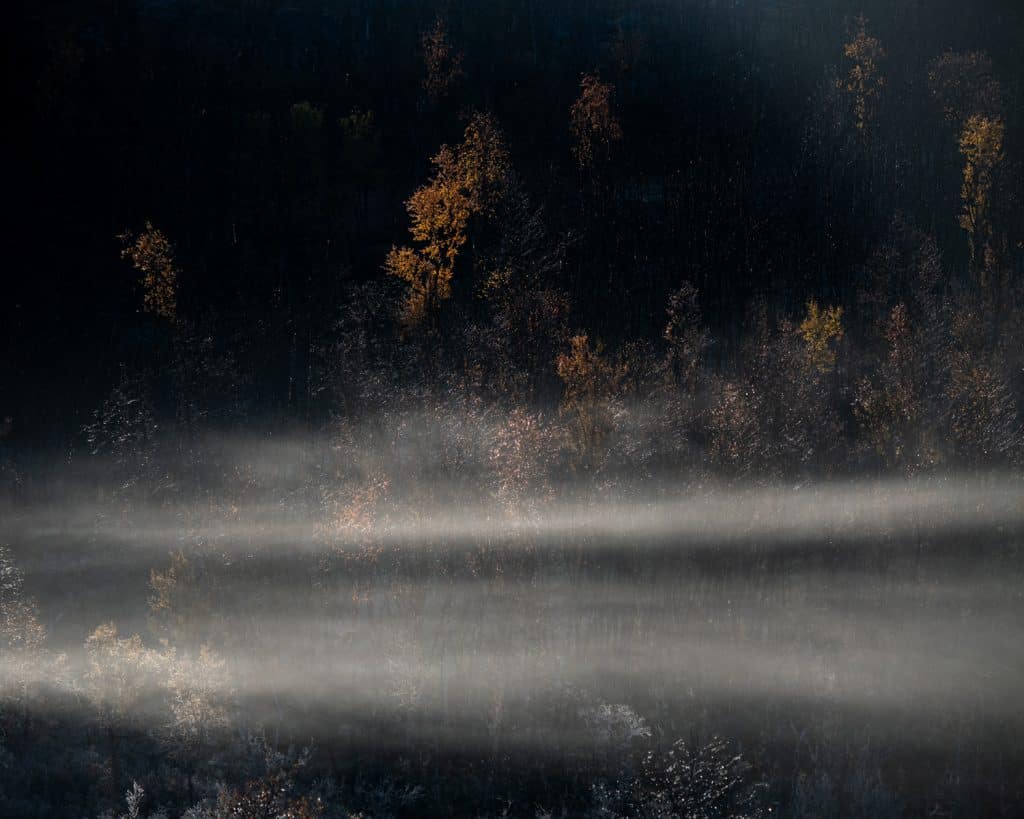
My mind is subtly different now from when I started writing this article. It’s as if the words that I allowed to flow from mind to keyboard with little control have had an effect on me. I listen to my own advice and nod in agreement; to be a better version of myself, kinder, more gentle, less judgemental, more in the moment.
The resonance of a cello plays in my ear, noise-canceling buds relegating the Gameboy kids to flickering glimpses of my peripheral vision. I can exist in this space, writing this, alone with the music, alone with the words. I’m surrounded by people, I smile as I picture tomorrow, in the wilderness with two clients. I can hear the words spilling with enthusiasm as I suggest to them to ignore the mountains and feel the flow. I’m not a sad old hippy, but the language of being in tune with ourselves and the landscape carries the baggage of connotation.
Until I can come up with new terms for flow, resonance, harmony, innate aesthetics, or the myriad others necessary to articulate this enlightening way of being a landscape photographer, I am stuck. Maybe you just have to trust me. I’m certain we’ve all felt that feeling, the one when we see, notice, engage, resonate and raise our camera to see within the frame an embodiment of aesthetic perfection that transcends any rule, guideline, convention, or label. We’ve all been there – the best compositions aren’t the ones we find, they are the ones we notice in a moment of recognition. We find ourselves in the landscape and smile at that moment. I am here, I am alive – this is living, not just existence.
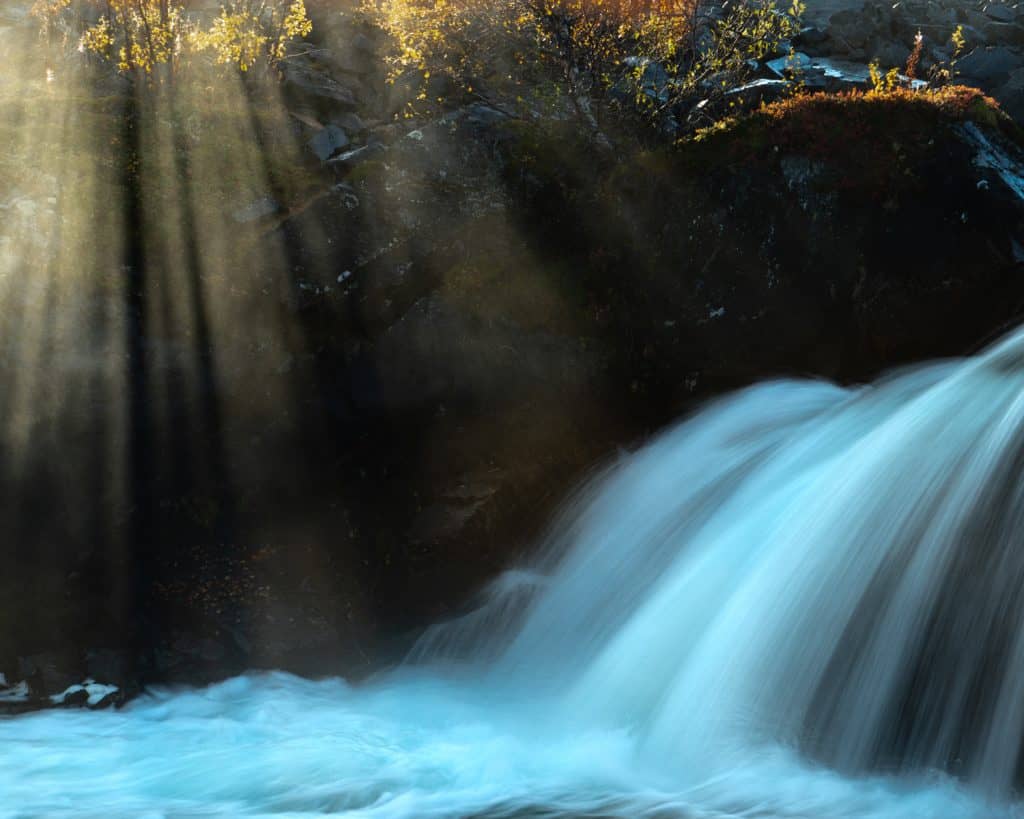
We need to learn to be gentle with ourselves, forgive our impatience to be the best, fighting in the race of rats for our share of the feast. The world is a big place, and we’re a tiny part of it. By allowing ourselves the freedom to notice our fascinations rather than looking for predefined relationships, our mind too can be infinite.
Visit Topic or reply to this email to respond.
To unsubscribe from these emails, click here.
|
|
David Kingham
Owner
October 18 |
Mark your calendars! Our next AMA is with the incredibly talented black and white photographer @Jack_Curran you can see Jack’s work at http://www.jackcurranphotography.com/
This will be a live event that starts on Friday, October 25th at 11:00 am EST and will only last for 24 hours. When the event starts you can find it at the link below and everyone is welcome to participate. You won’t find anything here until the event is live.
To add this event to your calendar look for the add to calendar button at the top of this topic, If you are viewing this message via email please click the ‘Visit Topic’ button at the bottom of the email to view this in a browser. You will also receive an email when the event goes live.
If you are not interested in AMA’s and don’t want to receive emails about them in the future please go to your Notification Preferences and remove ‘Ask Me Anything (AMA)’ from the ‘Watching First Post’ section.
Visit Topic or reply to this email to respond.
To unsubscribe from these emails, click here.
|
|
Jack Curran
Contributor
October 25 |
Hi NPN!
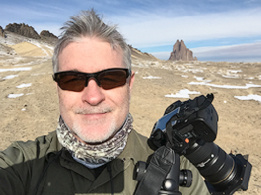
My name is Jack Curran. I’m am incredibly excited to be a member of the awesome NPN community and for the opportunity to share and answer your Ask Me Anything questions. You can see my work at www.jackcurranphotography.com and follow me on Facebook, Instagram and YouTube at /jackcurranphotography, where I post new work and share free short-form tutorials.
I’ve been shooting black and white landscapes for just over 40 years. Having had an epiphany at on an Outward Bound course at age 16, it was nature and the great outdoors from that day on. I picked up a camera at 18 and took an introduction to Black and White photography during my freshman year in college and well, as the story goes, it was all uphill from there. Off I went with my $100 35mm camera and my one lens! Soon afterwards, I begged and got a job at a commercial photo lab and studio, which quickly led to shooting 4x5 and 8x10 commercial work (tabletop and fashion) as well as developing and printing my work in the darkroom for over 30 years. The allure of the landscape has never left me. To this day, I still feel like I’m just getting started. There are two things that I’m genuinely passionate about 1. Being out in the landscape and 2. Sharing with others what I’ve learned. To that end, I’m incredibly excited to be an instructor at the upcoming Out of Yosemite Conference in February 2020, where I will be leading class instruction and in-field workshops with some of the very best landscape photographers, including one of my favorite B&W photographers John Sexton. (I could provide a full list if it makes sense?)
I’m excited to be answering your questions for the next 24 hours starting October 25th.
Fire away – why Black and White, what approach do you use when thinking about black and white in the field, what is your approach to post-processing, do you do much research, do you stay in 5-star hotels or not sleep at all, have you had any near-death experiences… Ok, you get it, it asks me anything!
Posts not following these guidelines may be removed by moderators to keep the Q&A flowing smoothly. Thank you!

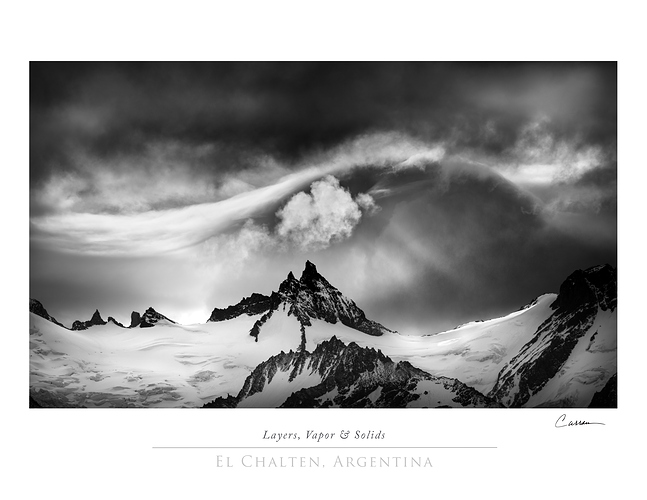
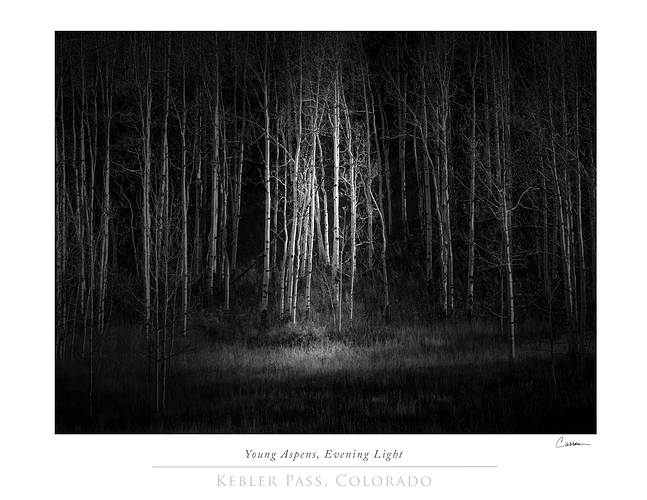
Visit Topic or reply to this email to respond.
To unsubscribe from these emails, click here.
|
|
Max Waugh
October 26 |
Originally published at: https://naturephotographers.network/wildlife-photographer-of-the-year-thoughts-on-a-bison-in-a-snowstorm/
Editors Note: This is a special guest post from one of our longtime NPN members Max Waugh who was recently bestowed the honor of winning Wildlife Photographer of the Year in the Black and White category. Please give Max your congratulations!
On February 7, 2018, I was driving my clients through a snowstorm in Yellowstone National Park. We were part-way through my winter photo tour, and it had been a fun week so far. My clients were awesome… friendly, enthusiastic and fun. These are all qualities I hope for in a group, as my job becomes that much easier when everyone’s getting along and striving for the same goals.
In this case, I only had four people in my vehicle (my maximum on winter trips), a couple of Americans and a couple from the United Kingdom. During our week together we happened to chat a lot about photo contests… specifically Wildlife Photographer of the Year. A winner of the “Emerging Talent Portfolio” WPY award (soon to be a two-time winner), whose work one of my UK clients admired, was in the park at the same time as us, so we naturally talked quite a bit about his work and the competition.
We rounded a bend in the road and I spied a small bachelor herd of bull bison on the slope to my left. They were slowly trudging uphill, stopping occasionally to swipe their heads back and forth in the snow in an attempt to reach buried grass below. The snow fall was thick at this point. The bison appeared as big, vaguely brown silhouettes.
Fortunately, there was a pullout just ahead, where I was safely able to maneuver the vehicle off the road. We quickly rolled windows down and snapped a few shots. One of the bison paused a bit longer than the rest. Soon they had all moved on. We never left the car.
When I told this story in various levels of detail to people at the Wildlife Photographer of the Year event last week, it was met with laughs. Mainly because people had assumed I was slaving away in all that miserable, cold weather. Instead of “putting in the hard work” to land a winning image, I was tucked away in the warmth of a large SUV, with nary a snow flake caressing my face. At that point, perhaps, some may have felt I simply got lucky, or that there really was no effort or work that was put into creating the image.
That too would be an incorrect assumption. Because the path that led to the photo actually started several years ago.
Every photographer who was honored in this year’s competition could point to a journey of discovery that led them to create their winning images. Somewhere along the way, they gained insight into the behavior of their subjects, or learned the subtleties of diffusing their macro flash, or perfected the best angle at which to lay their camera trap. We don’t just jump into the field and produce winning photos without learning some hard lessons along the way. The story of the “Snow Exposure” is no different.
The image of a bison in a snow storm, with snow flakes falling in a thick blur, was not the first time I had encountered bison in such circumstances. Nor was it the first time I tried to blur precipitation in a wildlife shot to add texture. Some previous wildlife encounters in Yellowstone helped me visualize what I wanted to do in this scenario and achieve the result I’d hoped for.The idea of trying a motion blur with snow was first planted during a Yellowstone photo shoot with a… duck. In the spring of 2015 I found a Harlequin Duck on the Yellowstone River. The skies opened up and it started hailing soon after I arrived. Instead of just waiting for the storm to pass, I saw a rare opportunity to experiment with hail. So I started “painting” lines through the image with a slow shutter speed, in case any interesting textures could be created across the frame by the falling icy missiles.
A Harlequin Duck on the Yellowstone River: ISO 100, 1/30th, f/22, -2/3 exp. comp.The resulting photo did have some nice long lines of blurred hail coming through it, but I didn’t think they were distinct enough against a somewhat busy background. I felt I needed either a cleaner backdrop or even thicker or denser precipitation to make the painting technique really effective.
Less than a year later, in early 2016, I was back in Yellowstone during a winter trip. One morning I experienced a combination of factors that led to a unique photo opportunity. It was a mostly sunny morning, but a quick snowfall formed just as I was shooting a bison with a howling coyote in the background.
Bison and howling coyote in a snowfall on an otherwise sunny day: ISO 400, 1/500th, f/16In this case, the bison’s telltale silhouette provided the contrasting background for the snow flakes, which were fairly large and glowing thanks to the bit of sunlight that was still shining onto the landscape. It wasn’t until I got the image on the computer at home and converted it to monochrome that they really popped against the dark bison. Though the combination of a howling coyote and bison in the frame was interesting, I particularly loved how the circles of various sizes created a distinct pattern against the bison’s body in the black and white version.
Fast forward two years, to when I had my WPY-winning encounter. The snowfall was thick. I took some shots at faster shutter speeds, thinking at first of my previous winter encounter with the bison and coyote. Could I possibly replicate the circular pattern against these handsome bulls?
Bull bison foraging on a snowy hillside: ISO 400, 1/800th, f/6.3, +1 exp. comp.In this case the snowfall was too dense… there were too many flakes, and I didn’t have the right backlighting to make the circular pattern show up like it had two years prior. I tried something else. In order to emphasize the bison silhouette as a background canvas I just focused on snowflakes in the foreground, and though I still think the result was interesting I didn’t feel it had the impact I was looking for.
Snow falling in front of a bull bison: ISO 400, 1/640th, f/6.3, +1 exp. comp.The whole time I had to work pretty quickly, trying these different techniques, since my subjects would soon move on. Then one bull paused…
The “Snow Exposure” bison, before the blur: ISO 400, 1/1000th, f/6.3, +1 exp. comp.Knowing that it was impossible to capture any distinct details in the bison’s features behind the curtain of snow, I understood this shoot had to be all about shape, patterns and abstract ideas. I remembered the blurred hail from my duck encounter, and thought it might work with this thick snow, as long as the subject stood still a few moments longer. That’s when I slowed the shutter speed and took the winning photo.
Almost immediately I knew that a monochrome conversion would likely be the best option while processing the image, in order to emphasize the patterns against the bison silhouette (as it had in my 2016 bison/coyote encounter). A high key look helped further accentuate the shape of the animal against a stark background, so it really became all about the bison and lines of falling snow.
ISO 100, 1/15th, f/22, +1 exp. comp.I wouldn’t have achieved this shot if I hadn’t gone through the earlier scenarios that allowed me to experiment with different techniques both in the field and during post-processing. While the moment itself was brief, the concept evolved over time and was inspired by my past experiences.
I’ve been admitting to a lot of people over the last week—somewhat sheepishly—that I like the photo, but still have mixed feelings about it. Don’t believe me? At the end of 2018, it landed on my “Not Quite Best of the Year” list, just below the picks for my favorite photos of the year.
The problem, if you want to call it that, is that as the artist I look at this image and keep seeing ways that I could try and improve on it. And the more I look at it, the more I’ll keep picking out imperfections. In fact, for years and years I mistakenly thought that WPY judges only pick technically perfect photos… the ones that are tack sharp, are barely cropped and have totally perfect backgrounds. Regardless of whether it was different, or “artistic,” surely there was no way this image was clean enough to qualify. Sure, it was cool… as close to my vision as I’d yet achieved, but I was sure I could do better the next time.
“Exhale. Take a step back.”
That’s what I should have told myself. It’s difficult to gain proper perspective when we’re so intimately involved with our art. Seeing it every day, we are either blindly in love with our creation and glossing over all the (sometimes obvious) shortcomings, or we’re constantly looking for new and different details, uncovering too many perceived blemishes along the way. So we’re usually overrating our own work… or underappreciating it.
In my case, I only began to realize the photo had real potential after posting it online. It struck a chord with my audience, making me think I hadn’t entirely missed the mark after all. People were responding to it much more enthusiastically than I had.
When compiling a photo contest submission, it’s very easy to just throw stuff at the wall hoping something sticks. One can often submit 15-20 different images spread across different categories in any given photography competition. Wildlife Photographer of the Year is similar. Back when I first started entering WPY, I think I was using the spitball approach. Looking back at my early entries now, I’d probably cringe at the notion that I believed even three-quarters of them had any chance of advancing in a major contest.
These days, I try to take a more measured approach in the rare instances I offer up photos for judging. Enough years of rejection combined with years of experience (which in theory are supposed to make me a slightly better judge of my own work) have led me to be more selective with my entries. When it came to submitting “Snow Exposure,” I had gained enough confidence in it thanks to the initial feedback, to the point where I was certain I was presenting something a little different… even if it wasn’t perfect. Of the dozen images I submitted, it was the outlier, so completely different stylistically than the rest that it stood on its own. It was the only shot to make the next round of judging.
As I mentioned in Monday’s article, the win was still a shock to me. Beyond my own self-criticism, it’s obvious that this isn’t the type of wildlife photo that will appeal to everyone. Anything that is “artistic” or “abstract” won’t connect with an entire audience (one could easily say that about normal documentary-style photos as well, but getting Artsy takes things to extremes). It’s like asking everyone to love Cubism. Impossible. So it was pleasantly surprising that the WPY judging panel got on the same page about it.
And the win didn’t feel cheap. When I finally got to London and had time to examine the other Commended images in the Black and White category, I came away feeling it was one of the strongest categories, top to bottom, in this year’s competition. Though all “confined” to the monochrome world, each photo was so different in terms of style, subject and execution. It was a really great showcase for what’s possible in black and white nature imagery.
Self-doubt, or perhaps a drive to improve upon the photo, still tries to creep in whenever I see it. But the reaction in London went a long way toward reassuring me that the choices I made with this image put me on the right path. It was not universally acclaimed, but in general the reaction was much more positive than I would have expected. That’s gratifying, of course, but more importantly it gives me more confidence moving forward as a photographer. In recent years, I’ve experimented much more with black and white imagery, and I’m constantly fiddling with camera and speed settings to create artistic or abstract images.
Abstracts and blurs: Beech trees in Patagonia (zooming and spinning the camera lens during the shot), a monochrome fox trot, zooming in on buildings in Hong Kong, Bonaparte’s gulls in Canada, panning across Yellowstone Lake at an angle.When I do this, I’m often unsure of the impending result. It’s all part of the learning process, to see what magic can come directly out of the camera (I’m well aware of the magic of PhotoShop… all of the blur effects above were created in-camera).
I have felt for years that sometimes I’ve gotten too caught up in this experimentation, or perhaps rely on playing around in black and white to “rescue” otherwise dull images. But it’s kept the artistic process fun and has led to a lot of self-discovery. To see a blurred monochrome shot commended by WPY makes me feel even better about occasionally taking my work to the next artistic extreme.
See all of the honored images from WPY55 here.
Read my Behind the Scenes account of the WPY experience here.
If you are interested in ordering prints of “Snow Exposure,” you may order directly through my website or via my Pixels/FAA store.
Visit Topic or reply to this email to respond.
To unsubscribe from these emails, click here.
|
|
|
|
|
|
|
|
||||||||||||||||||||||||||||||||||||||||||||||||||||
| This summary is sent from Nature Photographers Network when we haven't seen you in a while. Change your email settings, or click here to unsubscribe. |
|
|
|
|
|
|
|
||||||||||||||||||||||||||||||||||||||||||||||||||||
| This summary is sent from Nature Photographers Network when we haven't seen you in a while. Change your email settings, or click here to unsubscribe. |
|
|
NPN_Editor
Nature Photographers Network
November 14 |
Mark your calendars! Our next AMA is with @Charlotte_Gibb you can see more of Charlotte’s work at https://www.charlottegibb.com/
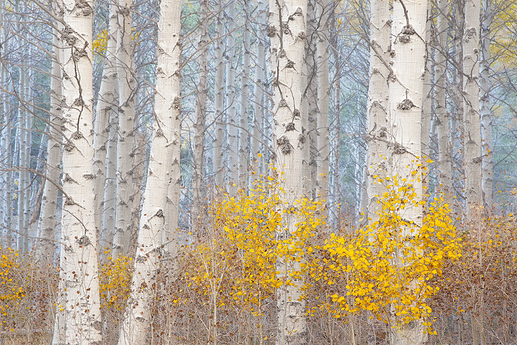
This will be a live event that starts on Tuesday, November 19th at 8:00 am PST (11 EST) and will only last for 24 hours. When the event starts you can find it at the link below and everyone is welcome to participate. You won’t find anything here until the event is live.
To add this event to your calendar look for the add to calendar button at the top of this topic, If you are viewing this message via email please click the ‘Visit Topic’ button at the bottom of the email to view this in a browser. You will also receive an email when the event goes live.
If you are not interested in AMA’s and don’t want to receive emails about them in the future please go to your Notification Preferences and remove ‘Ask Me Anything (AMA)’ from the ‘Watching First Post’ section.
Visit Topic or reply to this email to respond.
To unsubscribe from these emails, click here.
|
|
jessiemonsters
Jessie Johnson
November 17 |
Originally published at: https://naturephotographers.network/in-conversation-with-anna-morgan/
Welcome back to In Layers! Join me as I sit down with Anna Morgan in my Airstream on a sun-drenched October morning in Yosemite Valley. Before meeting Anna, mutual friends had already piqued my interest in her unique story. She’s a force of nature. A mother of young children, a partner to her husband, a dedicated photographer, a delightful human, and an accomplished veterinarian. Anna not only relocated from the United Kingdom to Canada, but also returned to school to pursue a graduate degree in conservation medicine. Read on to learn more about Anna, how her interests in ecology and photography intersect with her education, how she is balancing her multiple roles, and how her photography has evolved over time.
Jessie: You’ve experienced some major life changes in the last few years, what’s been going on, and how has it influenced your photography?
Anna: Everything’s changed in the last three years because I’ve had two children. Having kids and photography has been more than challenging. The thought of going out early in the morning or in the evenings is just not a possibility. It’s more than slowing down, it’s a different approach completely. It does mean that I’m perhaps more aware of how I’m feeling about things, and it gives me more time to reflect on things as I’m out photographing. I’ve increasingly moved away from the grander landscapes and more towards intimate scenes. In part, that is a product of what I’m forced to do, but it’s also enabled me to see in a different way. Or, perhaps more accurately, to see in the ways that I originally had done many years ago, but didn’t really know how to put it together because I always thought it had to be about the bigger landscape. It doesn’t. I’m pretty happy with what I can do now, it’s just limited by balancing it with the kids, I see opportunities go by.
I recently drove over McKenzie Pass with my family. There were these beautiful, burnt trees, but they were white rather than blackened. Their branches were all facing upwards and shrieking as if they were screaming, “ahhh.” They were white and had this beautiful dark background. But, the kids were napping, so opportunity gone. Every little thing you’ve got to think about. If I stopped the car, at least one of them was going to wake up, then they’re going to start crying. Then, you know, do you stop on the highway with two tiny children? You can’t. So I see these opportunities go photographically, but I had the opportunity to see it with my own eyes. Challenging, but when I do get an image that I’m happy with, it’s really satisfying.
Jessie: I find a lot of value in looking at life as seasons. There are seasons when things are going to take a higher priority than others. When I was in graduate school, photography completely took a back seat, I just didn’t have the bandwidth for it.
Anna: You don’t. It’s not just the time to physically go out and photograph. It’s your mental capacity to think about it. If you force yourself to do that, it won’t feel right, and you’ll come away with an image that you’re like, “Ah, well, I wish I hadn’t bothered” sort of thing. Whereas if you’re giving yourself time, when you’re able to do that, then it’s a different process.
Jessie: Exactly, not having the mental bandwidth for my photography practice taught me how much of my spirit goes into photography. It’s not just hitting the shutter button or getting to a location in the right light, I also need the mental capacity to hold space for creating an image.
Anna: Yeah, it’s not just about sitting there and waiting for the light. That’s not necessarily the same as a creative process. The mental capacity to photograph brings so much more with it. You bring yourself and everything that you are to an image. Whether that gets conveyed to the viewer or not, I don’t know, and I don’t know whether it matters. You remember how you felt at that moment when you took that image, and that’s the bit that speaks to you. If it speaks to somebody else on a different level, that’s great. But you don’t need to convey the exact feeling of what you felt to somebody else. They don’t need to feel what you were feeling. You just need to be happy with the fact that it was true to yourself at that moment in time. You might go back to the same place in exactly the same conditions and not see what you saw the first time because you were having a different day.
Jessie: The creative process is something we all define very differently. What is the creative process for you?
Anna: I first started doing photography more seriously eight or nine years ago. At that point, I didn’t really think about the creative process, it was very instinctive. Just like, “Oh, that just looks really beautiful. I want to capture that.” There wasn’t a lot of thought process behind it. And then, and possibly a lot of landscape photographers go through this stage, I wanted to go and visit certain places. It wasn’t about coming back with specific images or copying other people’s images. You just get a sense of the beauty of a certain place, and you want to go there and see it for yourself. That can actually dampen the creative process significantly because you go with certain ideas as to what you think you should be coming away with. Now, my photography has gone full circle in the last three years or so where I’ve slowed down and gone back to a more instinctive process. It’s about slowing down and also looking for a deeper understanding of the ecology because that’s what I’m really interested in. Intertwining the two things together, being able to tell an ecological story, and stories of the species that contribute to that ecology. It’s about instinctively seeing and capturing what speaks to me in the moment.
Jessie: Your photography has a way of highlighting the relationship between the scene that you’re photographing and the environment at large. Your interest in ecology points to an interest in conservation. Can you speak more to your connection with the environment?
Anna: My connection to the environment is what I feel at the time but also very much on a more scientific level with a constant desire to understand that deeper relationship that we as a species have with the environment. That can be cultivated anywhere in the world, it isn’t so much about the preservation of wilderness, which I hope you don’t mind me saying, but that’s a very American idea. We don’t have much wilderness left in Europe and definitely not in the UK. I’ve heard lots of people say that to cultivate a respect for nature and respect for the environment, you’ve got to be in that environment. And to quite a big extent, I disagree with that. The environment is all around us. If you’re in a city, which the majority of people in the 21st century are, you can still develop a deep respect for the environment. I’ve always been a curious person. I see something and want to know what it is or why it’s there and how it contributes to things. That applies just as much to city parks, but also obviously to places like this [Yosemite]. It’s about understanding the environment you live in, trying to make the most of it, and having a different kind of construct of what nature actually is.
Jessie: I grew up in New Mexico, which is a very unpopulated state and still wild in many ways. It’s intriguing to think of entire countries that don’t have wilderness areas left.
Anna: Yeah. And you know, don’t get me wrong, the wilderness is something that I’ve always aspired to be in. I’ve been coming to the States now for nine years, and when we first came, I did not use social media pretty much at all. I was very European in the way I looked at things, and I didn’t really know everything that America had to offer. But because I’ve always looked to the countryside and environment, we came with the premise of seeing the Grand Canyon. That’s what we wanted to see. Then, I picked up a Lonely Planet book, and I discovered there’s quite a lot around it! So we decided to do a little driving tour and went from the Grand Canyon to Moab, Zion and Bryce, and back around. That trip was transformative. We were absolutely hooked on what the landscape has to offer and the opportunities for solitude. Part of our motivation for moving from the UK to Canada was to get away from the big hustle and bustle of London, which is just a crazy environment. There are very few places in the UK that you can call wilderness. But it’s funny, again, my thinking has come a little bit full circle, and part of that is perhaps to do with my studies that I’ve been doing. I definitely think we can cultivate respect for nature outside of the wilderness. Not that I wouldn’t want it preserved, but we can look at nature in a different light.
Jessie: Preservation can start with our relationship with everything that’s around us on a day-to-day basis. If you were speaking to somebody that lived in a city about that relationship, what do you think that conversation would look like?
Anna: It’s interesting, and I guess it depends on who it is within that city you’re talking to. I was recently listening to the podcast On Being in which Krista Tippett interviewed John O’Donohue, who was an Irish philosopher, poet, theologian, and was a Catholic priest. He made a point that we doubly impoverish people who are poor because we house them in very bland, really unimaginative places. It’s just about putting up cheap housing and not thinking about the bigger picture of their lives. Cities don’t always allow certain people to form a connection with nature, and so that becomes a vicious cycle. Obviously, that doesn’t apply to everyone who lives in the city, but we can all connect with nature. Housing doesn’t have to be bland and boring. It doesn’t matter how small your garden is, we can plant wildflowers and attract bees. You can put in an actual beehive. You just need a couple square feet of balcony space. This might sound a little bit strange, but humans are also nature. We are not different, in many respects, to any other species. The way we treat and respect each other lays a base for how we respect other species and how we care.
Jessie: You had mentioned your studies. Will you speak about what you are studying?
Anna: I’m a vet by profession, which is obviously clinical and not so much about the bigger picture. So whilst it was a job that I really loved doing, and I wouldn’t ever say that I wouldn’t go back to that, I wanted to branch out and diversify my thoughts and understanding. So when I had my son, I enrolled in a part-time master’s program remotely from the University of Edinburgh, I’m studying conservation medicine, which lots of people haven’t heard of. Conservation medicine is more about the health side of things, at the intersection of human, animal, and environmental health, the interconnections between them. The field emerged to help put a framework in place for better collaboration between existing fields, which are really wide-ranging. My research thesis on photography in conservation is underway, and we’ll see where photography fits into conservation and ecological health.
Jessie: Where are you with your research so far?
Anna: I’m partway through a literature review, and I’ve started in-depth interviews with photographers to gain an understanding of how their personal perspectives influence the people who are viewing the images and understanding how they’re changing things. One of the topics I am seeking to understand is if we are trying to be too directive. Are we giving too many answers rather than just asking questions? Conservation can be lots of things to different people, but it can be a very westernized construct if you like. Globally, if you look at where conservation medicine issues are, photography may be less relevant there than in the West. I don’t have access to photographers in those parts of the world, so I’m not necessarily expecting to have all of the answers, but by understanding how photographers are informed, it might give us an understanding of where we can go and how it can inform my own photographic practice and what you do with it afterward.
Jessie: It sounds as though conservation medicine applies a systems view to elevating the health of our world. As a social worker, that is encouraging to me. What I always question about conservation efforts and especially when you add on a layer of art, is that it can be very inaccessible to marginalized populations.
Anna: That’s one of the things I’d like to explore. There are obviously different types of conservation photographers and some work on a local, community level. So they would potentially have access to all the local area no matter where they fit socioeconomically. Others might try and tie it in with being nature photographers. But like you say, it can be quite restrictive in how people access that. And there’s also some photographers who don’t necessarily call themselves conservation photographers but are actively involved in conservation issues. They may not be directive in the written narrative that they attach to the photographs. You know, they might have an exhibition in a museum in one city, and that might travel to two or three cities, and that’s it. So how does that change things? What’s the thought process behind that? So, I agree with you totally. It will be interesting research to see how those photographers feel that their art relates to conservation goals in that way.
Jessie: It’s very trendy to be environmentally conscious right now. This puts us in an interesting time because if you are a person that wants to be on that trend, it does change your behavior. But on the other hand, there’s also a lot of people attaching themselves to conservation efforts that are not actually doing anything. There are no real outputs.
Anna: I definitely agree with you. Conservation trends seem to go hand in hand with other trends. Like you say, it’s almost a fashionable thing to do, but are people actively changing, not just themselves, but influencing others in a positive way? A lot of the time, these trends shame people for doing things in a certain way, and what we actually need is a positive way forward. Ultimately we need things to change at a really high level. There’s no point in just changing the way we do things and posting it on Instagram. We have to be changing things at national and international levels. That’s a really complex thing. Hunting in Africa, for example, it’s such a complex issue. It’s not just about poaching or not poaching. It’s not about how one game farm looks after their population of rhino. It’s a much bigger picture than that. And it’s all very well, shaming those people that go over and hunt, and while I personally disagree with it, there’s a huge picture there to look at. And it’s really about integrating the needs of the community at a local level, at a slightly larger level, on a national level, and at an international level, all simultaneously. You can’t just look at each part individually, you need to look at the system. It is really, really complex.
Jessie: In thinking about what you’ve learned through your research so far, what frameworks would you advise photographers interested in conservation to consider?
Anna: Yeah, it’s interesting. For example, if you look at the International League of Conservation Photographers or individuals within that, it’s often very much about how you use your photography afterward. It’s more about activism than it is necessarily about photography. A picture of a rhino can be used just as a pretty picture, but it can also be used to get people to sign a petition. But, I’m yet to be convinced that that’s necessarily the right way of going about it. I say that really open-mindedly because the research informs part of that, and conservation medicine brings another layer to that thinking. Can we compromise between certain things so that the health of one thing isn’t compromised at the expense of another? Also, dare I say that there’s perhaps an elitist side to conservation photography. I imagine some would disagree with that, but at the end of the day, they’re going to remote places of the world and promoting that as the ideal. You know, “look at these beautiful whales in the sea,” and so on. That’s a real privilege to be exposed to that. Conservation can mean so much more. The way we construct our playgrounds for children, for example, can be done in a way that is more healthy to the environment while also promoting a connection to the environment and conservation. The way we consume products, whether it’s food products or whatever it is, there are ways to do it more sustainably. So conservation photography is not just about conservation of keystone species.
Jessie: Earlier in our conversation, you mentioned producing a satisfying image. It made me wonder when you are out taking photographs, during processing, in your decision whether to share a photograph or put it in your portfolio, at any point in the process do you think about your audience?
Anna: Never. I’m not very technically oriented. I don’t really understand social media and the algorithms and so on. Caring is probably the wrong word, but I haven’t really worried about who sees what and whether they like it or not. Honestly, it’s never really crossed my mind. On social media, comments certainly mean a lot to me, though. You know, when you get a comment that’s very thoughtful, it really means a lot. But the actual numbers of who likes what doesn’t really bother me. I just do what I like.
Jessie: How refreshing.
Anna: I’m not running a business. So to be fair to those that are, I can see why it may matter to other people.
Jessie: The perception can be that if you have more followers, more likes, more interaction on social media, the more successful and dialed in you are in your craft. In my recent conversation with Matt Payne, we spoke about how his photography would be different if social media were not a reality. From what you just mentioned, it sounds like your images might not be drastically different.
Anna: I think it was Sarah Marino who said somewhere, and I can’t remember where, that the word inspiration is misused. When we say we take inspiration from a photographer, a lot of people think that means we go to the same place, and we essentially copy. But inspiration can mean, “Oh, wow, you’ve used this technique. I’m going to go use that on something that I find inspiring, that I personally find meaningful.” And that’s what inspiration really means. So, I think social media has its positives as well. Without social media, I probably would be photographing the same things I’m photographing, but I wouldn’t have the kind of technical knowledge to process them in the way that I see things. I did a one-to-one workshop with Alex Noriega. In four days, we came away with four or five images. The only one that really spoke to me is the day that we just kind of went, “Oh, okay, let’s just go out and see what we find.” What he taught me was that I know what I’m doing in terms of looking for my own subjects. He went through quite a lot of the processing with me, which was the part I found very challenging, and that really made me see that I could make the image that I had envisaged. Whereas before, I was like, “How do I get from this to this?” I’ve always known how I want an image to end up. But until the last three, four, five years, I haven’t really known how to get it. So, yeah, I guess social media has made me do different things, but perhaps in a different way from what Matt was saying.
Jessie: Do you ever look back at images from early on in your photographic journey? What is that experience like?
Anna: It’s really interesting. I’ve gone back recently, and that was quite a cool experience. I went back through a lot of stuff, and it’s the same type of photography I’m doing now, but I just didn’t know how to process it. Unfortunately, images from quite a way back lack the technical quality to process them the way I want to, I didn’t have as good a camera then. It’s not about the gear, but if you know the limitations of your gear, then you know what you need to achieve what you want. There’s no point when you’re starting out buying the best camera there is because you need that learning process to discover the limitations of your own creative process and where your creative process would benefit from ‘better’ gear. Or not. There’s no point in having all the latest gear if you don’t need it for your creative process.
Jessie: If you were to have a conversation with yourself five years ago, what would your talking points be?
Anna: When we made the decision to move to Canada, there were so many things enveloped in that decision. We’re at a point now where we’re not sure whether we’re gonna stay or go back to the UK for various reasons. Mainly work-related. I’m wondering whether we came with the notion that we would have access to all of this (wilderness) on our doorstep. Certainly, my studies have taught me that you can see so much in any landscape. I always said to myself, “I can’t really get what I want photographically in the UK,” because I wanted access to certain types of landscapes. When you go into a forest in the UK, it’s a tiny area. You can sometimes see traffic in the distance. You don’t always experience the same solitude. One of my most popular images is bluebells with the morning sun coming through. It’s a beautiful forest. The carpet of bluebells there is beautiful, but the experience isn’t as magical. You can see a freeway in the background. You can’t see it in the image, but it’s there, and you hear the traffic, and if there’s a really big bus or something, you’ve gotta think, “Oh, okay, well, maybe I’ll just wait until that passes.” I always feel it’s like a bit like a pretense, you know, you’re photographing this beautiful, peaceful image, but that’s not necessarily how I felt on the day. That’s my constant battle of whether to stay here or go because whilst I feel like you can get images out of smaller spaces that look good, whether or not you can get that feeling or not, I just don’t know. So it’s a conversation that five years ago I thought, “Absolutely, we’re moving,” and now it’s a very, very different thought process. I don’t know that I would tell myself anything different at the time. You regret what you don’t do.
Thank you for your time, Anna! To see more of Anna’s images, please visit her website, Instagram, or Facebook page.
We want to hear from you! Many NPN members are as passionate and curious about the environment as Anna is. Leave a comment below and let our community know how conservation or preservation impacts your photographs or artistic process.
Visit Topic or reply to this email to respond.
To unsubscribe from these emails, click here.
|
|
Charlotte Gibb
Contributor
November 19 |
Greetings NPN! I’m Charlotte Gibb, and I’m super excited to answer any questions you have today. You can see my work on my website, www.charlottegibb.com, to get a sense of my approach to landscape photography. You can also check out my blog, where I blather on about photography and nature — www.charlottegibbblog.com. A bit about me — I was a graphic designer for many years before turning my full attention to my passion for photographing nature and the landscape around eight years ago. My darkroom is long gone now, and I enjoy what the digital darkroom offers. I attempt to deliver images with a light hand and sensitive eye. I spend a lot of time in Yosemite National Park and California Sierra Nevada mountains, places that are dear to me. Did I leave anything out? Go ahead. Ask me anything!
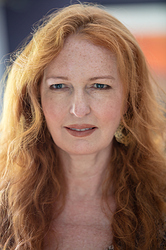
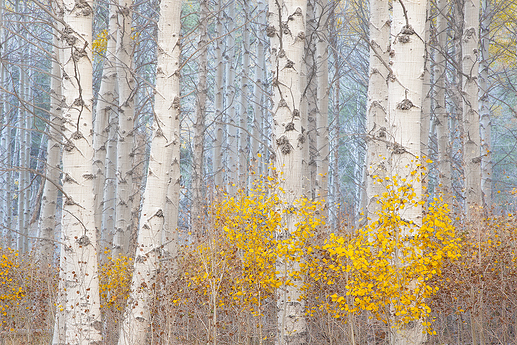
Posts not following these guidelines may be removed by moderators to keep the Q&A flowing smoothly. Thank you!
Visit Topic or reply to this email to respond.
To unsubscribe from these emails, click here.
|
|
NPN_Editor
Nature Photographers Network
November 24 |
Originally published at: https://naturephotographers.network/photographing-your-dark-side/
I want to thank the editors at NPN for giving me a chance to speak about the power of photography in telling our mood, our daily lives, our personality, and our psyche. Photography is a powerful means of expression, not just documentary, but especially emotional. I hope to change some perceptions of our dark sides in this article.
You can use photography to tell the dark side of our soul, the darkness in which our psyche, as can happen in life, remains trapped. Psychology has always fascinated me, and in the last two years, inspired by some psychological text that I have had the opportunity to go into (I am a lover of Carl Gustav Jung), I tried to find a way to transfer my insights, into the photographic field, narrating the darkness of our unconscious life. I also had the chance to transform events that are part of a person’s life into dark photography. Images that can be disturbing and fascinating at the same time.
Soul of Dark NatureIf we talk about darkness, by association, our mind will annihilate the light, but darkness can also be found inside it, for this reason, I do not limit my photographic outputs to the conditions of diffuse light (of a cloudy day), much less at the golden hour (probably the hours I photograph the least); all this would be to the detriment of my ideas, not finding the right stimulus and canceling the surprise effect (fundamental for me). This is the case with the first photograph:
I find myself in a valley at an altitude of 1600 meters, a less populated area of ??the Sila National Park (my favorite photographic place, as well as my second home), where typical expanses of the Apennine mountain landscape alternate with dense beechwoods. The sun beat down strongly that day, the contrasts were sharp and the light hard, conditions that are not ideal to take up the nuances of color and the tonal passages of a landscape. But, the hard light which filtered through the foliage of the beeches, highlighted the shapes of the twisted branches, which wind between their foliage in search of help and hope, as happens in the darkness of the subconscious. Between the shadows and the soul tormented communicating with our conscious part. I used a low key to reduce the reading to the minimum and indispensable, making the landscape behind the branches almost imperceptible and leaving the rest to the observer’s imagination.
I love to exploit strong anchoring elements, especially in chaotic compositions, even more, if these are opposed, to the other elements of the landscape, in colors and shapes. In this image I find myself in a forest of chestnut trees; it is the end of March, a period in which the trees, without leaves, await the ideal conditions of light and temperature to acclimatize and sprout; but some lonely trees anticipated the season, turning green. With my telephoto lens, I isolated the scene, taking advantage of the green tree, like a soul full of hope, trying to bring order to its inner chaos.
Some mood disorders, create a strong, as well as uncomfortable, sense of instability, imbalance, altering the perception, which will become muffled, unclear. Anxiety and fear create this unpleasant feeling, which reflects on our daily life.
I chose this image to describe this.
On a winter excursion, equipped with snowshoes, through a valley, surrounded on the left by conifers, on the right by broad-leaved trees. It was a sunny day, although, thanks to meteorological applications, I am quite informed about the worsening of the weather conditions. About one hour from the beginning of my excursion, a sudden snowstorm strikes down, making my travel difficult, with some complications to photograph, but the snowy landscape in front of my eyes is sublime, mystical, with gloomy and fascinating traits. In this image I have exploited the foliage of the trees and the undergrowth, isolating, thanks to a focal average (and open diaphragm) two trunks of firs, in the total absence of direct light, ravished by darkness, in a just pronounced fog and thin and heavy snowfall; the mood that I have been looking for so much in these two years to recreate that disturbing and uncomfortable muffled perception caused by anxiety.
I love the Renaissance artistic representations present in the anti-witchcraft manuals of 1400, which depict esoteric, seductive, orgiastic, spectral scenes.
In this image, two pairs of poplars (which could represent troubled souls) seem to communicate with each other in an esoteric ritual. Psychology is still a taboo for many, especially in southern Italy, where I live. A person with anxiety and depression disorders, nowadays so common today, until a short time ago was labeled in an almost grotesque and esoteric way.
The wild rose is a very common plant in the Sila National Park. In this scene, a pile of dry rose branches creates a tangle of weaves, from which texture starts. I find in this image a metaphorical meaning, where the tangle can represent an undefined mass, which traps the soul in the darkness of the mind.
During an autumn excursion, I was attracted by the intense light emanating from the foliage of some beech trees. The sun was perfectly behind them, and illuminated the foliage against the light, simultaneously outlining the trunks of the trees (in turn, illuminated by the reflected light of the golden lawn). The intense light illuminated the heart of the forest with heat, releasing strength. The central tree seems to want to exit the frame, almost annoyed by the light, but is blocked by the branch of another tree. There are those who flee from the light to take refuge in the darkness, but those who have inner strength can avoid escape, continuing their journey towards the light.
At the end of each tunnel, there is always a light, and the hope to reach it must never fail. That is why armed with willpower, we must fight the society that labels us, our demons, reaching the divine light at the end of the tunnel; essential for feeding and purifying our soul, essential for living and surviving. We must take inspiration from the trees, and from their constant search for light.
Photography, in our case of landscape, is a very important means of expression, which allows us not only to tell the evolution of the earth and its ecosystem, but also to better express our ideas, our habits, our life, downloading every kind of tension, projecting our inner part in the form of images; a real journey that will keep track of our existence to future generations.
Visit Topic or reply to this email to respond.
To unsubscribe from these emails, click here.
|
|
|
|
|
|
|
|
||||||||||||||||||||||||||||||||||||||||||||||||||||
| This summary is sent from Nature Photographers Network when we haven't seen you in a while. Change your email settings, or click here to unsubscribe. |
|
|
David Kingham
Owner
December 3 |
Mark your calendars! Our next AMA is with @Alister_Benn you can see more of Alister’s work at https://www.alisterbenn.com


This will be a live event that starts on December 8th at 10:00 am EST and will only last for 24 hours. When the event starts you can find it at the link below and everyone is welcome to participate. You won’t find anything here until the event is live.
GMT - 2019-12-08T08:00:00Z UTC ? 2019-12-09T08:00:00Z UTC
To add this event to your calendar look for the add to calendar button at the top of this topic, If you are viewing this message via email please click the ‘Visit Topic’ button at the bottom of the email to view this in a browser. You will also receive an email when the event goes live.
If you are not interested in AMA’s and don’t want to receive emails about them in the future please go to your Notification Preferences and remove ‘Ask Me Anything (AMA)’ from the ‘Watching First Post’ section.
Visit Topic or reply to this email to respond.
To unsubscribe from these emails, click here.
|
|
Alister Benn
Contributor
December 8 |
Hi NPN, I’m a full time landscape photographer and author living with my partner Ann Kristin on the far west coast of Scotland. I run workshops and write learning material focussed on the art of creativity. My passion lies in education and taking back landscape photography for what it’s good for - us and the environment.
For years I focussed on making technical and dramatic photographs of the lands ape, glorifying it and my own feelings of accomplishment. These days, I’m happier in a quiet wood, listening to the landscape and engaging with it in an expressive way.
Posts not following these guidelines may be removed by moderators to keep the Q&A flowing smoothly. Thank you!
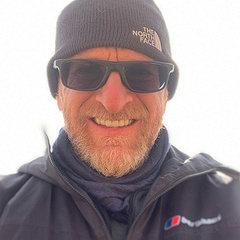
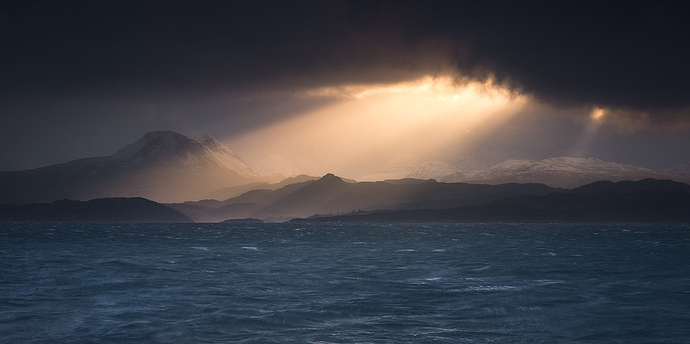

Visit Topic or reply to this email to respond.
To unsubscribe from these emails, click here.
|
|
Guy Tal
Contributor
December 8 |
Originally published at: https://naturephotographers.network/the-introvert-game/
Are introverts misunderstood? Wildly. That, it appears, is our lot in life.
~Jonathan Rauch
It is estimated that between one third and one half of the general population are introverts, and the ratio is likely higher still among so-called “creative types.” If you’re not an introvert yourself, you probably know some introverts, and it’s quite possible that some people you may believe are extraverted, are in fact misunderstood introverts, or introverts who may believe that in order to be successful they must pretend to be extraverts (or at least force themselves to act more social than they are in fact comfortable being).
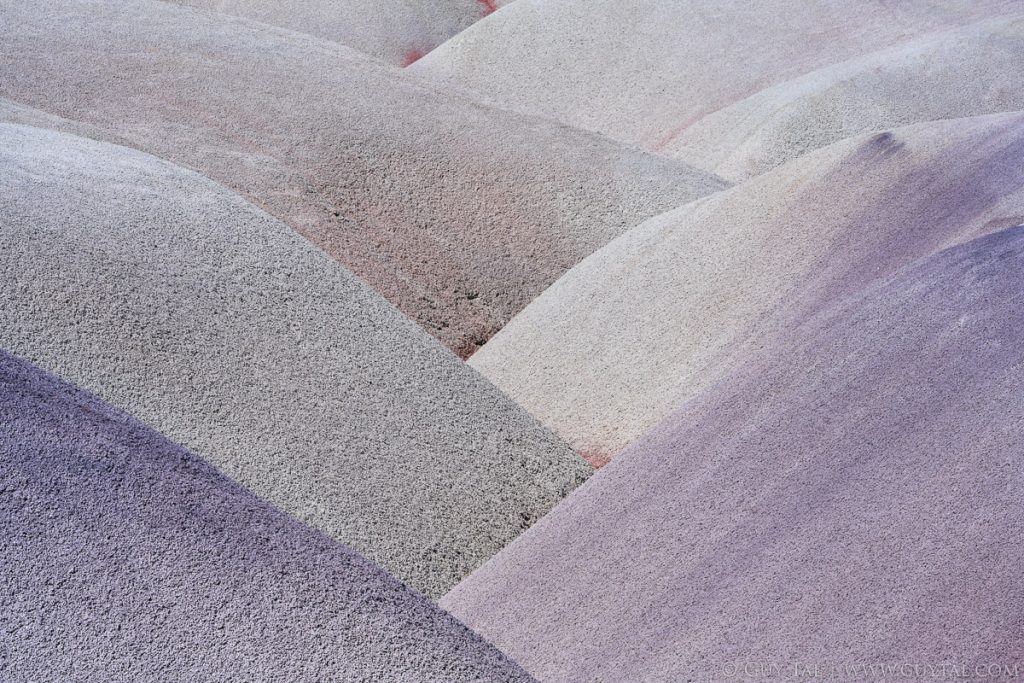
Being on the extreme end of introversion, I spend the majority of my time alone, both when I’m in the field and when I’m in my office, and I almost never miss the company of people. When in public, even if I enjoy my time among people, I always look forward to returning to the peace of solitude. This may seem anathema to those who consider socializing, teamwork, and/or some tribal affiliation, as core aspects of their lives and personalities, so perhaps it’s best that I start by explaining what introversion is, and what it is not.
In contrast to extraverts, whose primary interests are generally outside themselves and who are energized by social interactions, introverts easily become overstimulated after spending too much time with other people (“too much” being different for each of us), and our main preoccupation is our own inner life. As the expression goes, we live inside our heads. While extraverts thrive on such things as lively conversations, competition, popularity, collaboration, and any opportunity to hang out with others, introverts need frequent and prolonged quiet times to ourselves.
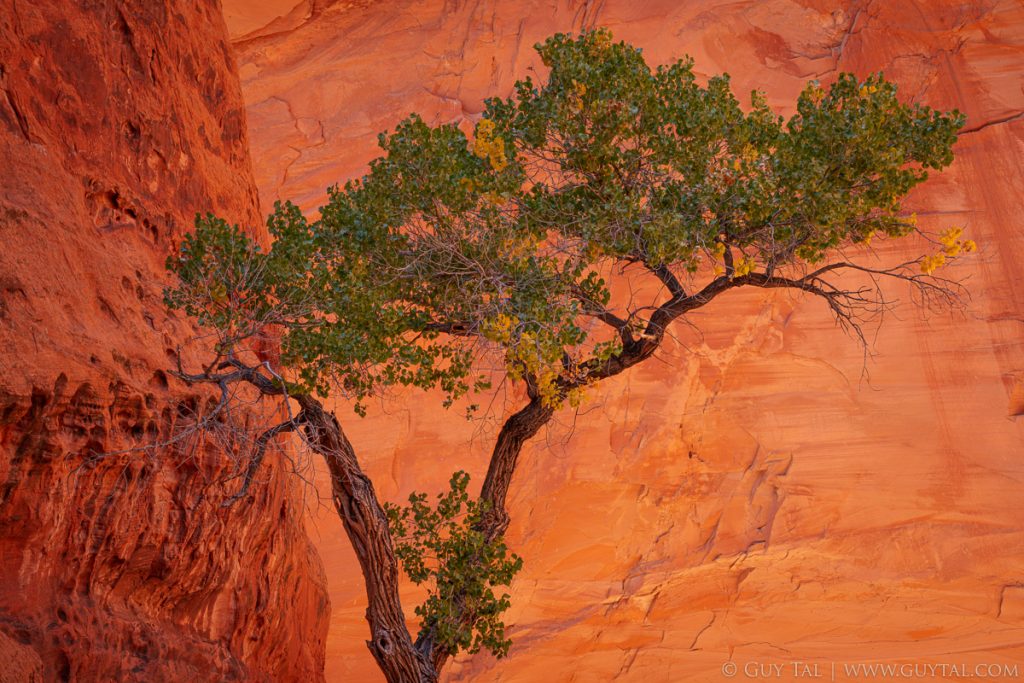
Although introversion and shyness often overlap, they are not the same thing. Introverted people can be every bit as outgoing, talkative, and self-confident in social situations, as extraverts. It’s just that at some point, no matter how good the company, we become “peopled-out,” feel emotionally drained, and need solitary time to recharge before we’re ready to spend time with people again. Shy people, on the other hand, avoid social interaction not necessarily because they want to be alone, but for fear of judgment or disapproval. Although less common, some extraverts can also be shy, and some introverts can be gregarious, “Type-A” people; we just can’t sustain it for very long.
How important is introversion/extraversion as a personality trait? According to Susan Cain, author of, Quiet: The Power of Introverts in a World That Can’t Stop Talking, “the single most important aspect of personality—the ‘north and south of temperament’ […]—is where we fall on the introvert-extravert spectrum. Our place on this continuum influences our choice of friends and mates, and how we make conversation, resolve differences, and show love. It affects the careers we choose and whether or not we succeed at them.”
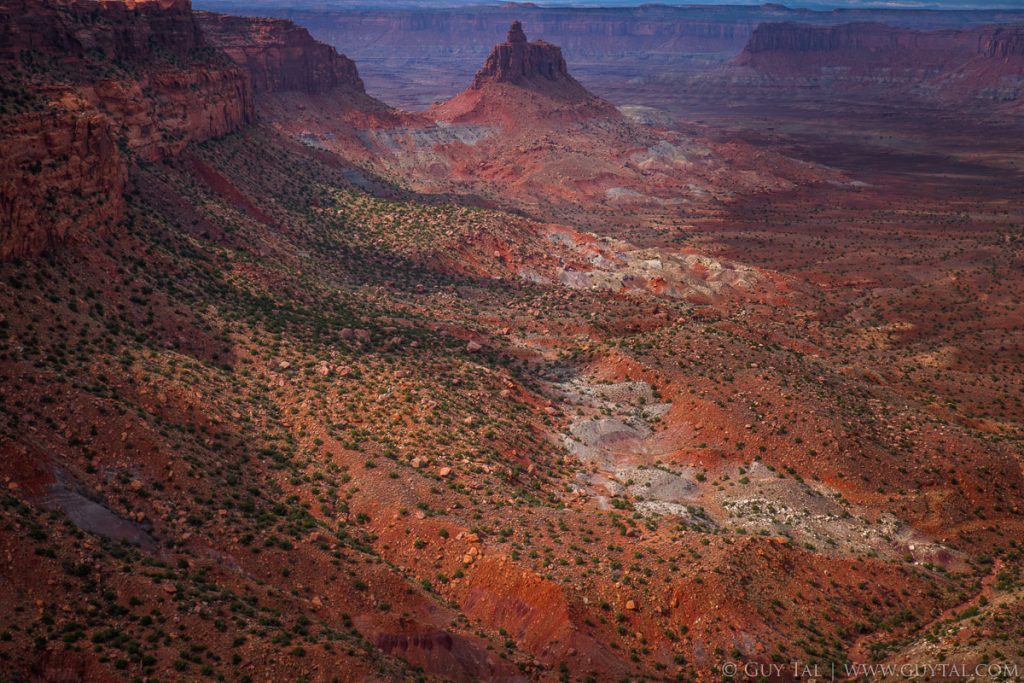
Introverts and extraverts often have a hard time understanding each other, sometimes resulting in unfortunate perceptions. Extraverts may regard introverts’ penchant to withdraw from social activities as arrogant or aloof, while introverts may regard extraverts as vain, insensitive, or lacking in depth. Extraverts tend to assume implicitly that everyone enjoys socializing, collaboration, competition, and vigorous conversation, like they do, and rarely even consider the possibility that another person may not relish such activities as much (or at all) as they do. Introverts, on the other hand, often fail to understand why extraverts feel the incessant need to talk so much, not realizing that talking is part of the way extraverts think: throwing ideas out even if not fully considered, so they can hash them with others and leverage them as conversation pieces (as opposed to introverts who tend to first consider, and sometimes to over-think, their ideas carefully before expressing them).
Just as extraverts may find it difficult to understand how introverts can spend the majority of their time alone in quiet contemplation, introverts may find it hard to believe the results of a 2014 study in which one quarter of women, and two-thirds of men (obviously on the extreme end of extraversion), preferred receiving electric shocks to spending even just a few minutes alone with their thoughts.
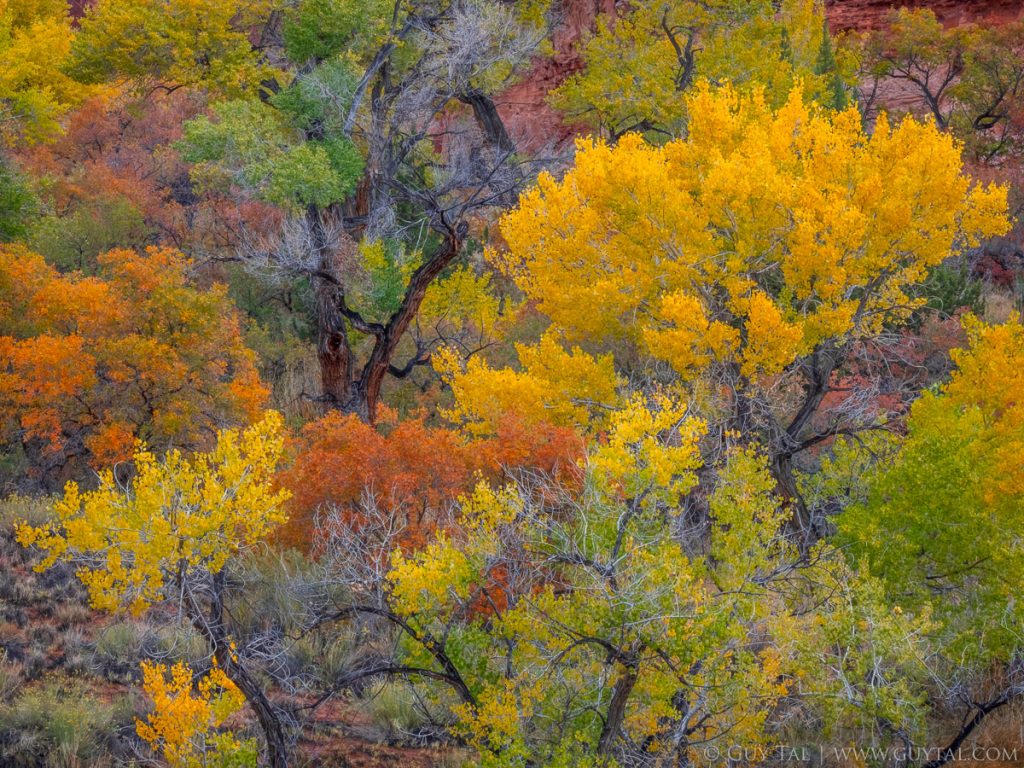
There’s no lack of evidence that our society is generally biased in favor of extraverts. Studies show that people who are more talkative generally are perceived by others to be smarter, more interesting, more likeable, better leaders, and even better-looking. Extraverts also tend to be happier than introverts (introverts’ tendency to ruminate and to over-think, while giving us an advantage in such things as creativity and academic performance, comes at a cost in terms of emotional wellbeing).
Social media culture seems to exacerbate the discrepancy, not only rewarding and promoting such things as popularity, competition, self-promotion, and volume over substance, but also creating the appearance that being good at such things is essential to being “successful.” Those who spend considerable time on social sites, may end up losing sight of the much-greater world of opportunities and rewards that exists outside of them, and may even come to believe that the social media bubble is all there is, and that therefore one must play by its rules of competition and influence. Understandably, this (mistaken) perception may cause great anxiety to any introvert who happens to believe it, or who feels obligated to yield to peer pressure.
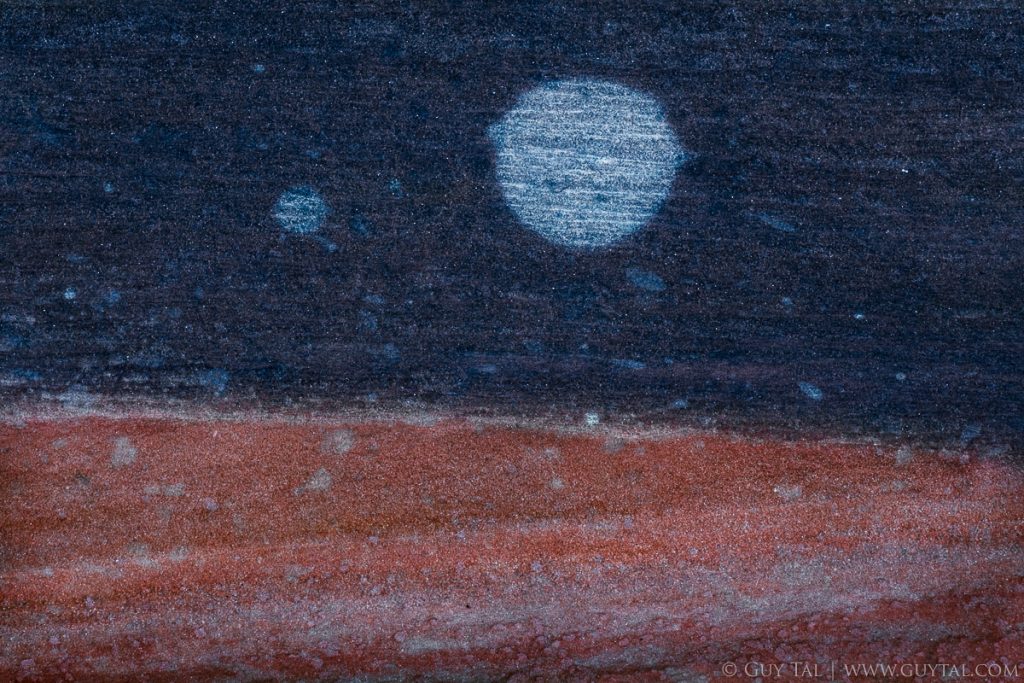
A word of advice to introverts: it’s futile for you to attempt to compete with extraverts in areas such as popularity and self-promotion. Not only do extraverts have the home-court advantage and take great pleasure in such things, but even if you do manage to compete successfully, the experience is not likely to be enjoyable to you and may lead to frustration and anxiety. Rest assured, there are many of us introverts who are doing just fine, both as professionals and as hobbyists, both in the social media world and outside of it. The key to finding fulfillment in any endeavor is, as the saying goes, to play for the love of the game, and we don’t all have to play the same game.
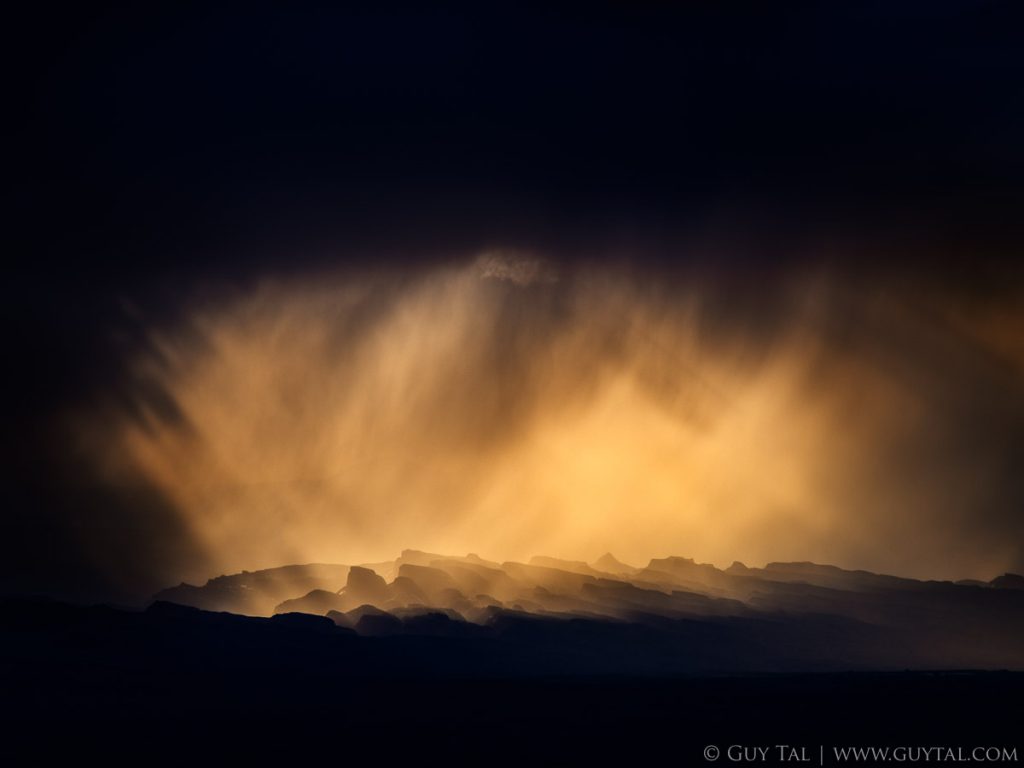
Extraverts thrive on attention and competition. They play to “win,” meaning they are focused on the end-result: how popular it makes them and how their work measures up to others’ by public opinion. Give extraverts a copious dose of social media likes, awards, “epic” compositions, or tips on how to make their images more impactful, more popular, quicker to capture, process, and post, or more likely to sell, and they can be entirely happy and satisfied with their work and the attention it garners them. In photography, this means that the ideal “game” for extraverts is competing for attention and sharing the experience with as many other people as possible: making photographs that are as popular and eye-catching as they can, striving to win awards and recognition, and engaging in prolonged exchanges with fellow photographers.
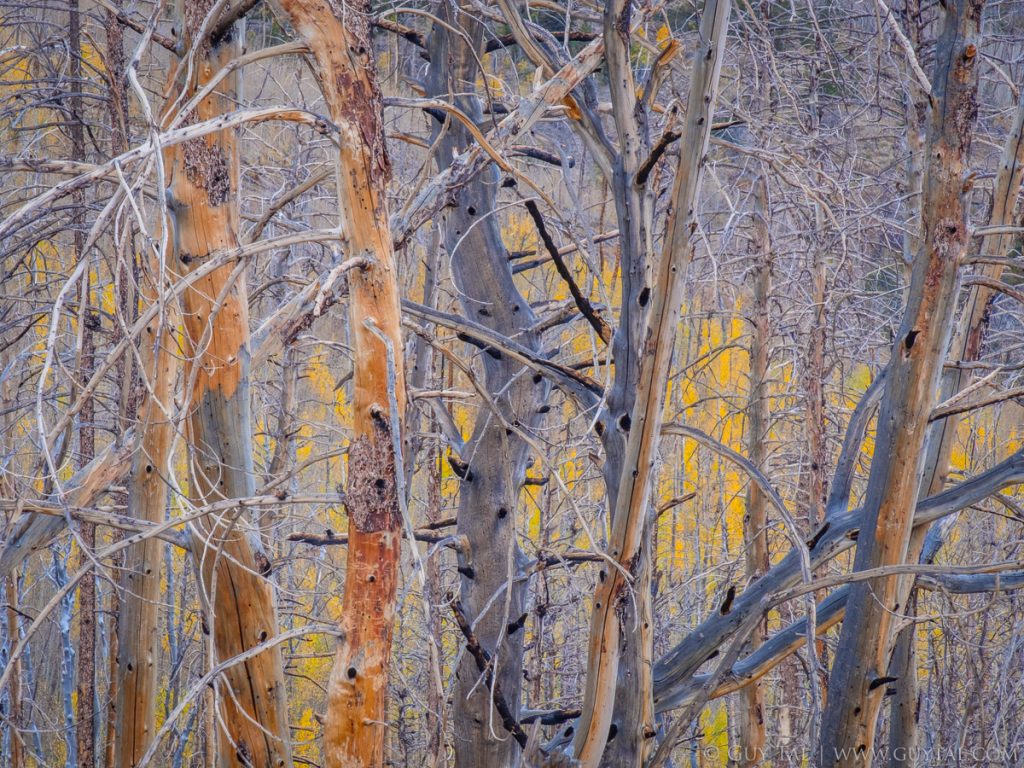
On the other hand, introverts who prefer solitude and quiet contemplation, tend to value not only the end-results of our work, but also the quality of our inner experience when working. Give us quiet time in a beautiful place, a private setting to process our work in, slowly and meticulously, perhaps listening to quiet music and slowly savoring a glass of wine, and we spend hours doing it without even realizing how much time has passed. Our images may ultimately be less impactful, but that’s because we value them not only based on how others respond to them, but also on how creative, intimate, personal, unique, or expressive, they are, how challenging they were to make, and the private memories they arouse. While we certainly enjoy positive feedback from others, we don’t crave it to a point where it’s worth giving up our deeper, slower, more contemplative experiences just to gain a bump in popularity. In photography, the ideal “game” for an introvert, is not necessarily competition or popularity, but one that focuses as much, or more, attention on the process of making photographs, rather than on how others may respond to them once they are done and made public.
To an extravert, a missed photo opportunity may seem like a net-loss, gaining them nothing in terms of social value. An introvert, on the other hand, may have a wonderful time experimenting, tinkering, and contemplating photographic possibilities, even if nobody knows what they were up to, and even if ultimately unsuccessful.
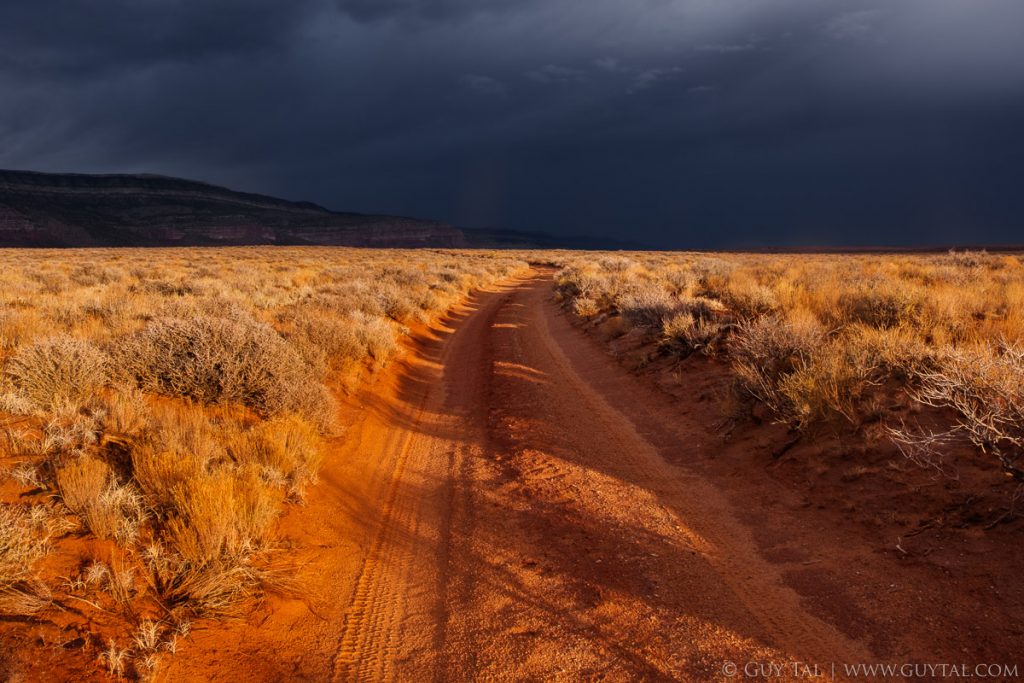
A chatty extravert may talk your ear off about the latest, greatest, rootinest, tootinest, shootinest camera, lens, drone, or other kit they use. Don’t bother them with such pointless questions as whether or why they have a practical need for it. It’s something to talk about, to socialize about, to brag about, to proselytize about, to compete about, to argue about. Indulge them. If they come back from an outing with an impressive “great shot” that has the potential to “go viral,” it matters little to them whether it’s creative, expressive, original, or a cover version. On the opposite end, as a quiet introvert, just give me some device that can capture sufficiently good images, no matter its brand, price tag, age, or any other technical trivia, and leave me alone to commune with nature, to contemplate ways of expressing my thoughts and emotions in creative compositions, to experiment, to savor my experience in peace, and to forget for a while that other people even exist, and it matters much less to me whether other people will like, or even understand, my photographs.
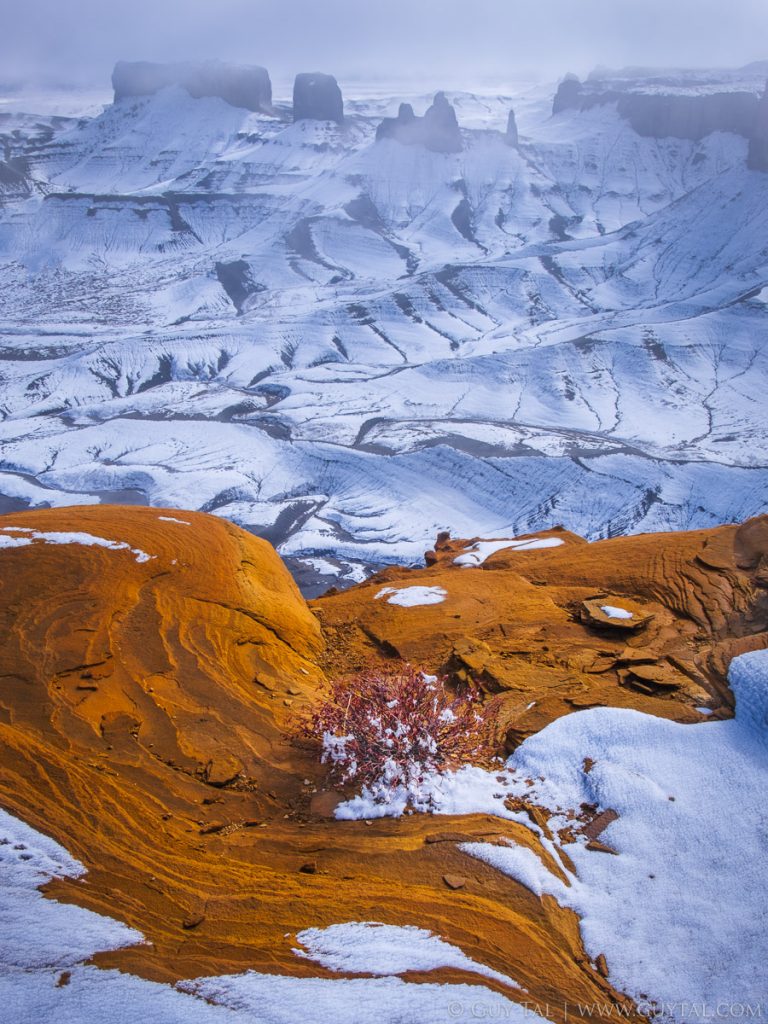
To an extravert, a good photograph is the goal; to an introvert, a good photograph is the byproduct of a good photographic experience. Whether you are introverted or extraverted, pretending, or convincing yourself, that you must try to adopt a goal that does not accord with your personality, is a sure way to frustration. Surprisingly, this works in both directions: an introvert trying to compete for attention or volume at the cost of giving up their quiet time, likely will become anxious; and an extravert trying to force themselves to seek some deeper meaning in prolonged solitary meditation, will likely become bored. Don’t try to play the other team’s game. Sometimes it’s more enjoyable to play, and sometimes it’s more fun to be a spectator.
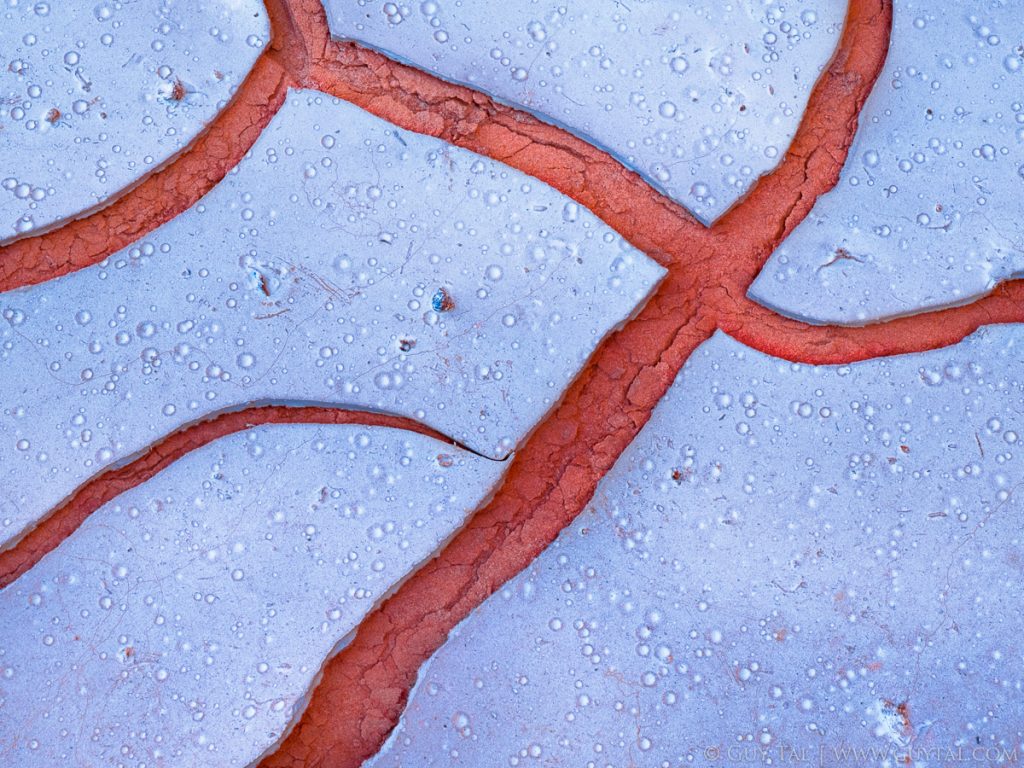
An extravert may spend hours happily and passionately engaged in online conversations, arguments, and discussions, no matter the topic, so long as there are other people to interact with. To an introvert, the same time may be far more enjoyable if spent in a quiet setting, reading, daydreaming, studying, or just lost in thought. The point is this: we’re all mortals, and we each only have so much time. Use your time in ways that are most rewarding to you, not ways you may think you should because some authority figure says so. A football player may believe they have your best interest in mind when they tell you that improving your running speed will make you a better player. But that advice is entirely useless if your game is chess.
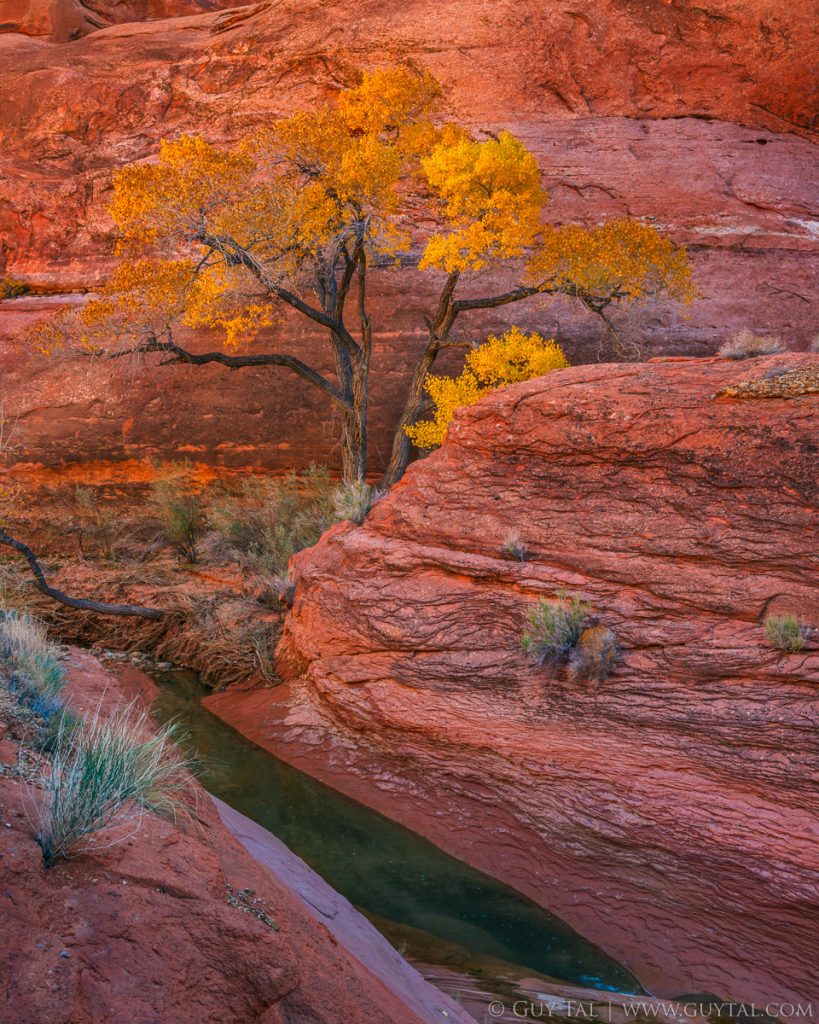
Photography offers many games to choose from, and one is not necessarily more “right” than another just because it happens to be more popular or glamorous. We are each free to practice photography in a manner that best fits our own individual personality, for whatever reasons and rewards are most meaningful to us. Certainly, there may also be broad areas of overlapping interests for both introverts and extraverts. Undoubtedly, many of us share a love for places and things we feature in our work, and an appreciation for natural beauty. Most of us find some value in sharing our work, albeit perhaps not to the same extent; but just because many of us refer to ourselves as landscape photographers, wildlife photographers, or any other kind of photographers, doesn’t mean that in adopting some label we cease to be unique—and often very different—individuals. All of us photograph because we love something about the photographic endeavor, but that something doesn’t have to be the same for everyone. Only a fool would practice photography, or any other pursuit engaged in by choice, in a manner that fails to satisfy their reasons for doing it in the first place.
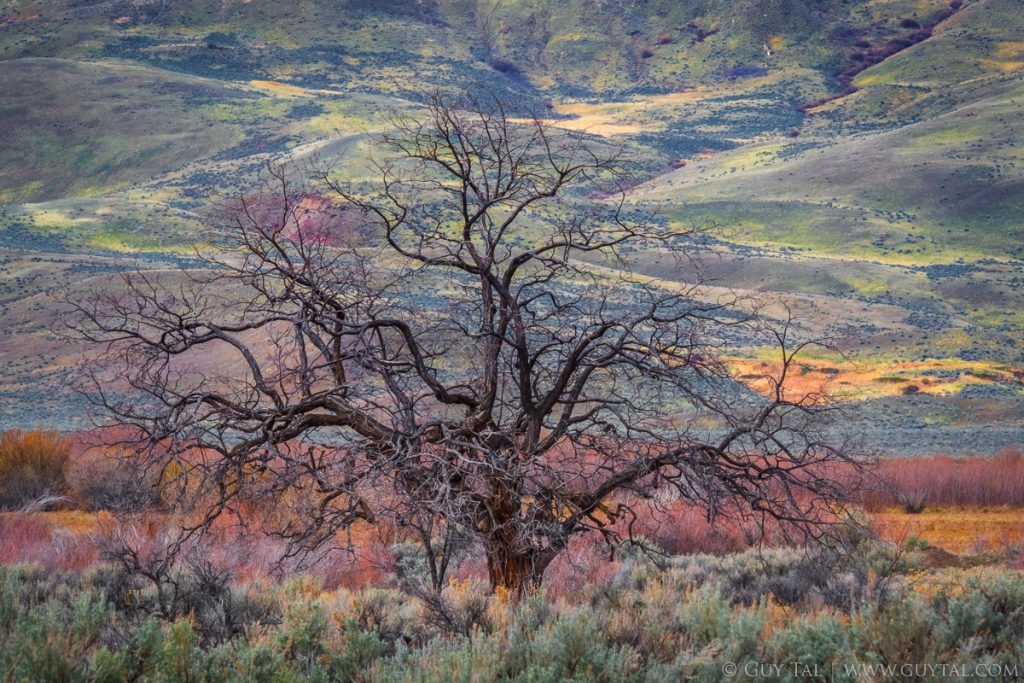
Gear talk, popularity, even sales, are just some of the games of photography, but if you don’t enjoy them, you don’t have to play them. If you’re a social butterfly, you may thrive on drawing attention and accolades; if you’re a reader, you may enjoy gaining expertise in the history of the medium, or studying the philosophies of great photographers, or the science and art of visual expression. If you’re a writer, you may find your niche in authoring articles or books; if you’re an avid hiker, the camera can be a faithful companion on your explorations. You can be a celebrity, or a great teacher, or a scholar, or an artist, if such things fit your temperament, but you don’t have to be any of these things and still find at least some aspects of photography deeply satisfying. You don’t have to do it all.
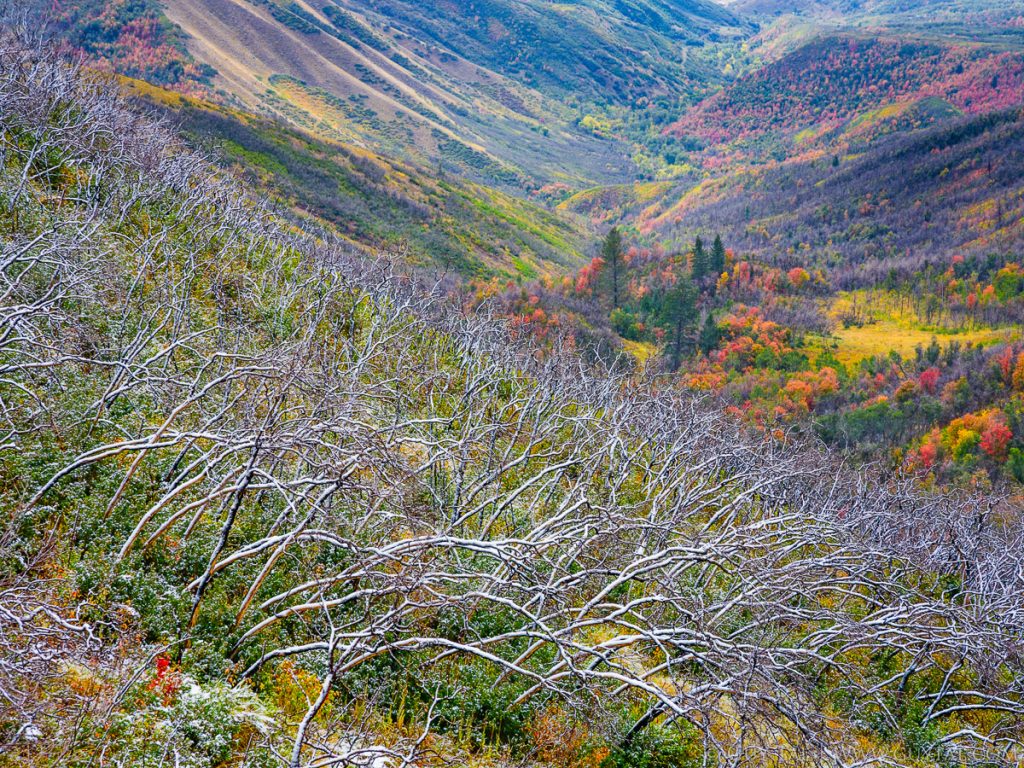
Competition is one of the more common games in photography. If you’re an extrovert who thrives on “winning,” by all means compete. But if you’re an introvert who doesn’t enjoy competition, then don’t bother with it. You’ll be no worse for it. In the book, Flow: The Psychology of Optimal Experience, Mihaly Csikszentmihalyi explains, “The challenges of competition can be stimulating and enjoyable. But when beating the opponent takes precedence in the mind over performing as well as possible, enjoyment tends to disappear. Competition is enjoyable only when it is a means to perfect one’s skills; when it becomes an end in itself, it ceases to be fun.” For me, competition is not fun and doesn’t motivate me. I am not, and feel no need to promote myself as, an “award-winning” photographer.
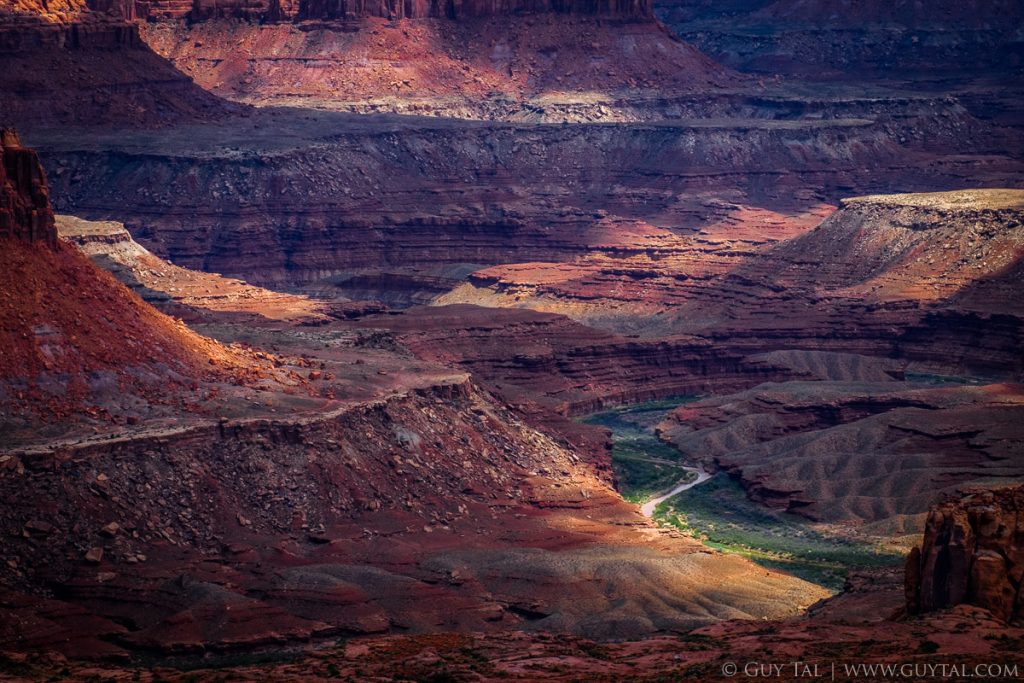
As an introvert, photography has always appealed to me in great part because it’s not a team sport—it’s something I can do by myself, in places and times of my choosing, and for no other reason than to satisfy my own sensibilities. Impressing others, in itself, has never been my goal. If that’s all I was after, I could “shoot” a couple of dozen beautiful images almost any day, within minutes of my home. But there’s a reason why I sometimes come back from even multi-day trips without any photographs to show for it. There’s a reason I don’t bother carrying an ultra-wide lens in my kit. There’s a reason you will not find iconic compositions in my portfolios (that is, other than those compositions that have become iconic because of me). There’s a reason I don’t have social media apps on my phone and don’t spend much time trying to market myself to win fans. That reason is that just making “epic” photographs, without deeper meaning and a deeper experience, is boring to me. Without deeper, solitary, contemplative, experiences—the things that satisfy my introverted nature—there would be little to motivate me to photograph at all.
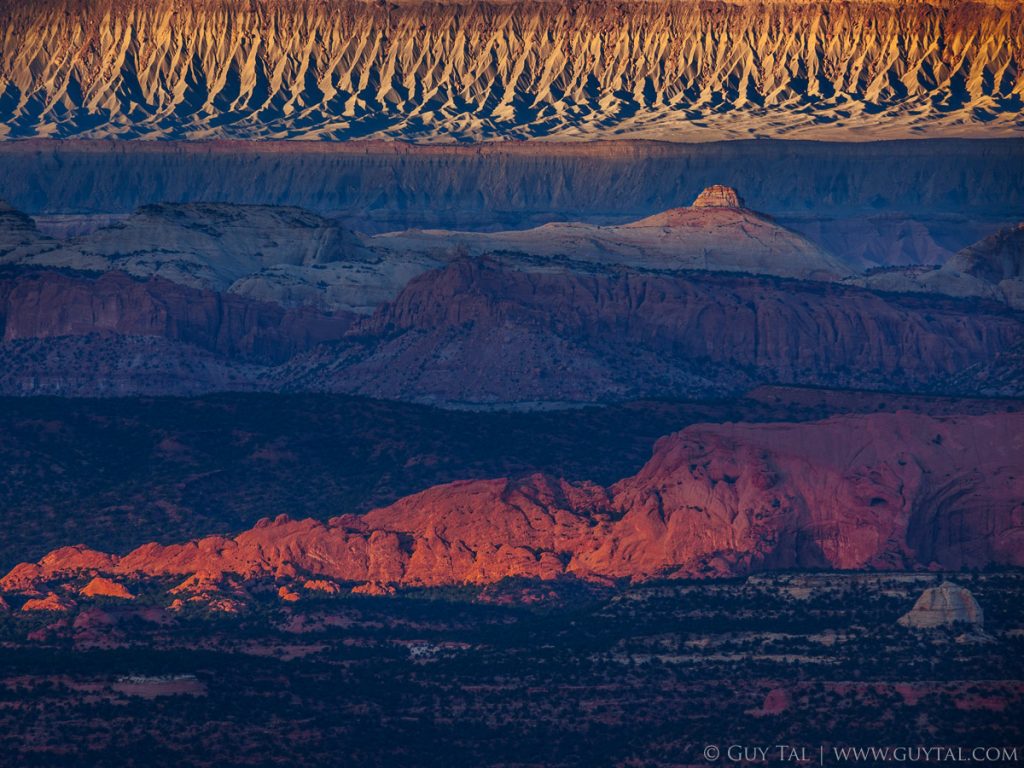
No doubt you’ve heard from extraverted influencers about the importance (to them) of playing the popularity game: being vocal, visible, and busy. If those things make you anxious, or just don’t fit your personality, allow me to share with you my game. Being introverted and reclusive, I find more reward in the challenges of making creative (i.e., original) work than in how many people like my work. Most of the time other people spend building an online following, I spend outside in my favorite places, doing my favorite things: experiencing the natural world in peace and solitude. If I return from an outing with no images, I still cherish the things I’ve seen and felt, and can leverage them in my work by writing about them. To me, time spent thinking, hiking, camping, studying, reading, and writing about photography, is more profitable—literally and figuratively—than any photograph I might make. At this point in my photographic journey, I find pride and pleasure not in convincing anyone that I’m a “good” photographer, but in being an artist, exploring the boundaries of visual expression in photography, and gathering experiences and thoughts I find worth expressing. Of course, none of this means that what is rewarding to me, will also be rewarding to you, or vice versa. It does mean that there is more than one game in town, and that you are free to explore and to find your own, or even to create one for yourself.
Visit Topic or reply to this email to respond.
To unsubscribe from these emails, click here.
|
|
|
|
|
|
|
|
||||||||||||||||||||||||||||||||||||||||||||||||||||
| This summary is sent from Nature Photographers Network when we haven't seen you in a while. Change your email settings, or click here to unsubscribe. |
|
|
|
|
|
|
|
|
||||||||||||||||||||||||||||||||||||||||||||||||||||
| This summary is sent from Nature Photographers Network when we haven't seen you in a while. Change your email settings, or click here to unsubscribe. |
|
|
|
|
|
|
|
|
||||||||||||||||||||||||||||||||||||||||||||||||||||
| This summary is sent from Nature Photographers Network when we haven't seen you in a while. Change your email settings, or click here to unsubscribe. |
|
|
David Kingham
Owner
December 31 |
Mark your calendars! Our next AMA is with @Alex_Noriega you can see more of Alex’s work at https://www.alexnoriega.com/
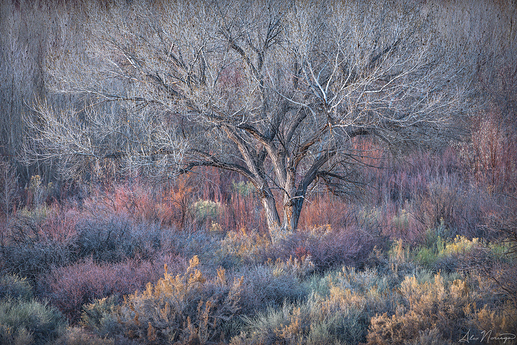
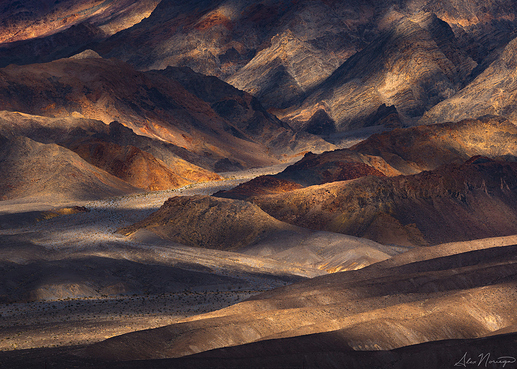
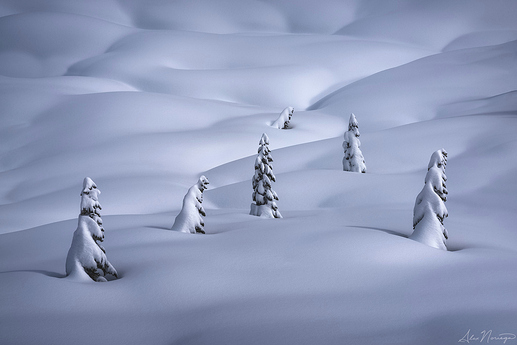
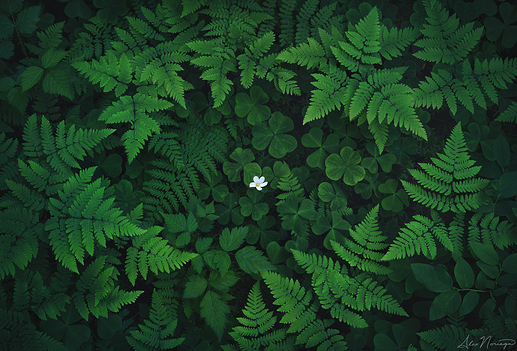
This will be a live event that starts on January 7th at 10:00 am EST and will only last for 24 hours. When the event starts you can find it at the link below and everyone is welcome to participate. You won’t find anything here until the event is live.
To add this event to your calendar look for the add to calendar button at the top of this topic, If you are viewing this message via email please click the ‘Visit Topic’ button at the bottom of the email to view this in a browser. You will also receive an email when the event goes live.
If you are not interested in AMA’s and don’t want to receive emails about them in the future please go to your Notification Preferences and remove ‘Ask Me Anything (AMA)’ from the ‘Watching First Post’ section.
Visit Topic or reply to this email to respond.
To unsubscribe from these emails, click here.
|
|
NPN_Editor
Nature Photographers Network
January 2 |
Originally published at: https://naturephotographers.network/2019-yearly-editors-picks/
We are excited to announce the winners of the yearly Editors Picks! This was our first full year on the new platform, and what a fantastic year it was.
It was very difficult to select from such a large pool of stunning imagery. I want to send a special thank you to the moderators/editors who tirelessly make their picks every week and helped us narrow down the final selections for the year. Please let them know how thankful you are for their hard work!
Thank you to all of our incredible members that make NPN a fantastic community, here’s to another wonderful year!
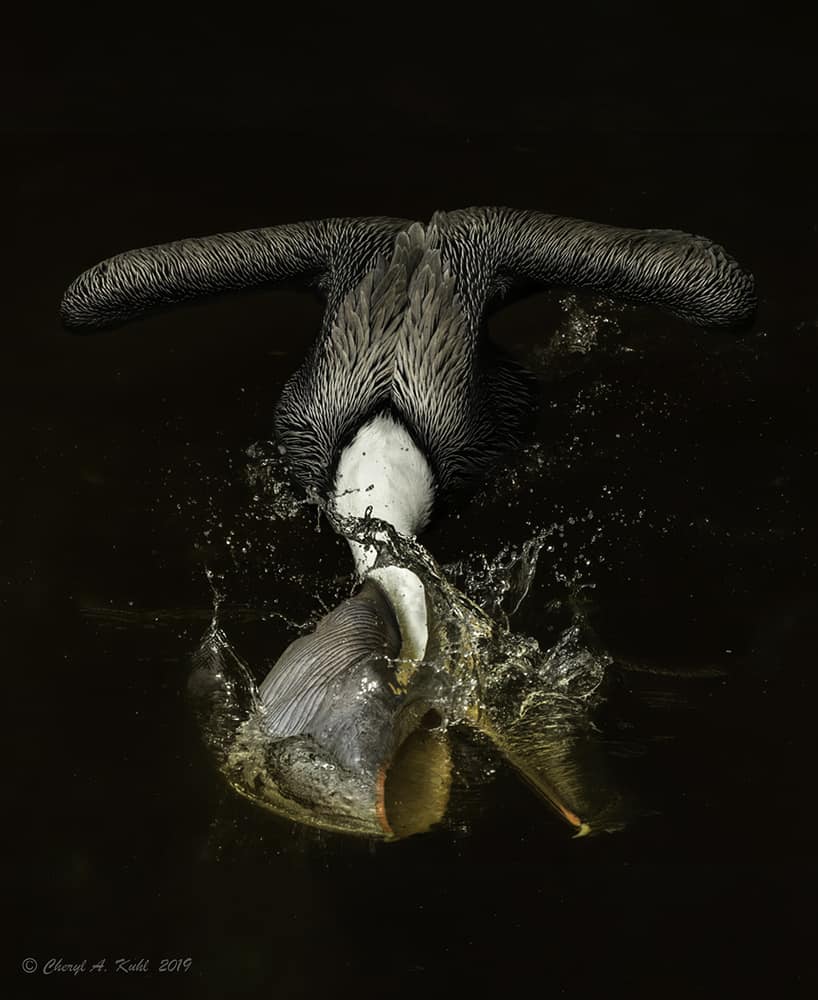
Brown Pelican Fishing by Cheryl Kuhl (@cheryl1)
Comment on this photo
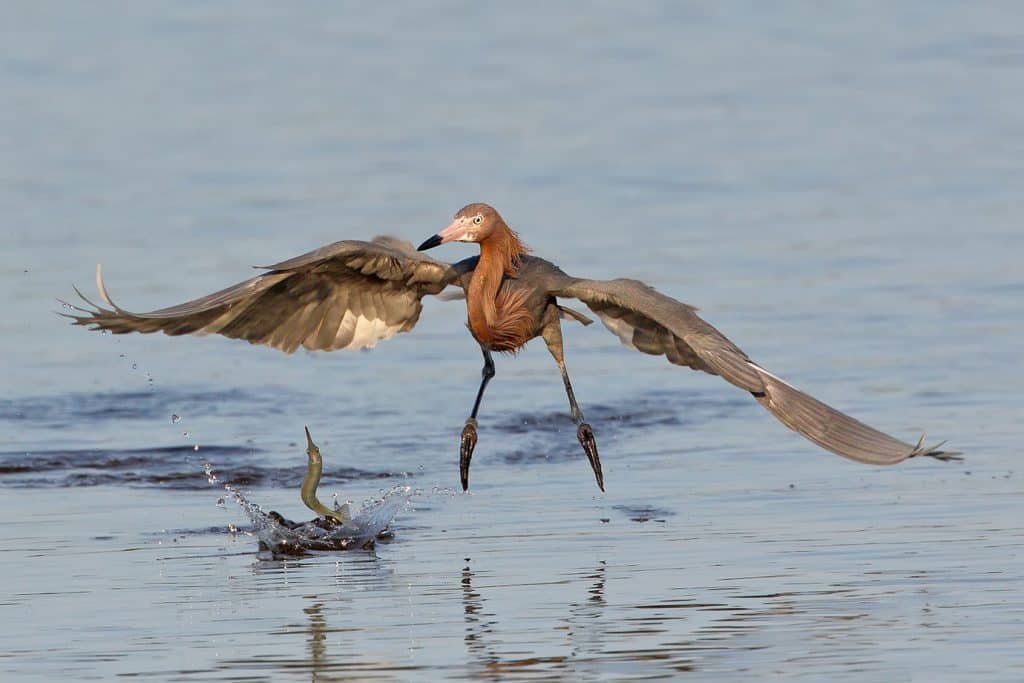
Reddish Egret After Fish by Allen Sparks (@Allen_Sparks)
Comment on this photo
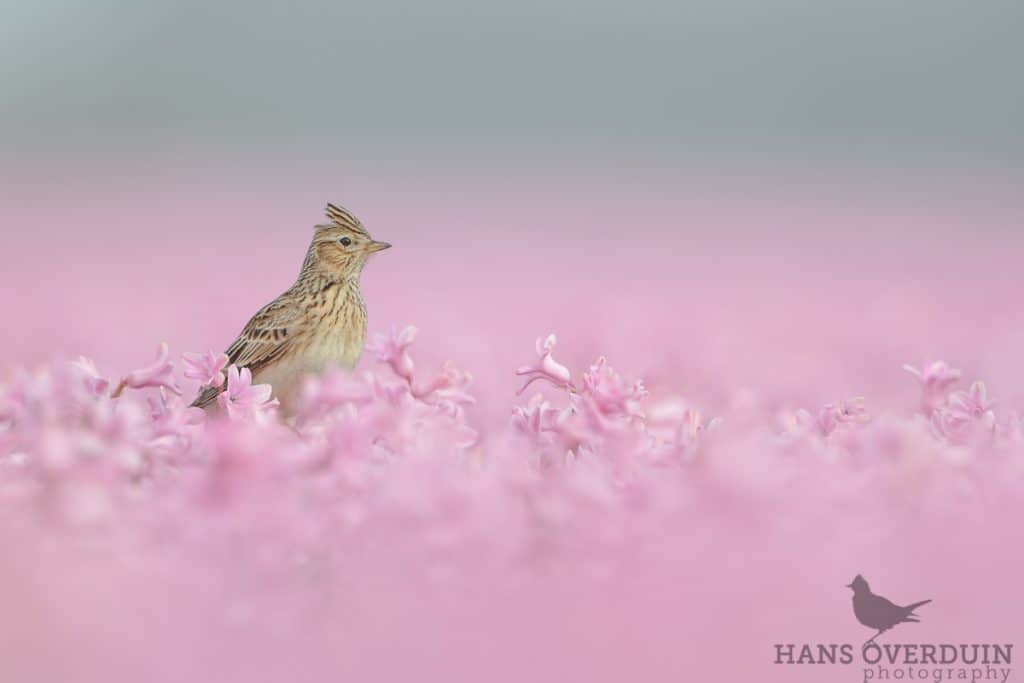
Spring Has Arrived by Hans Overduin (@Hans_Overduin)
Comment on this photo
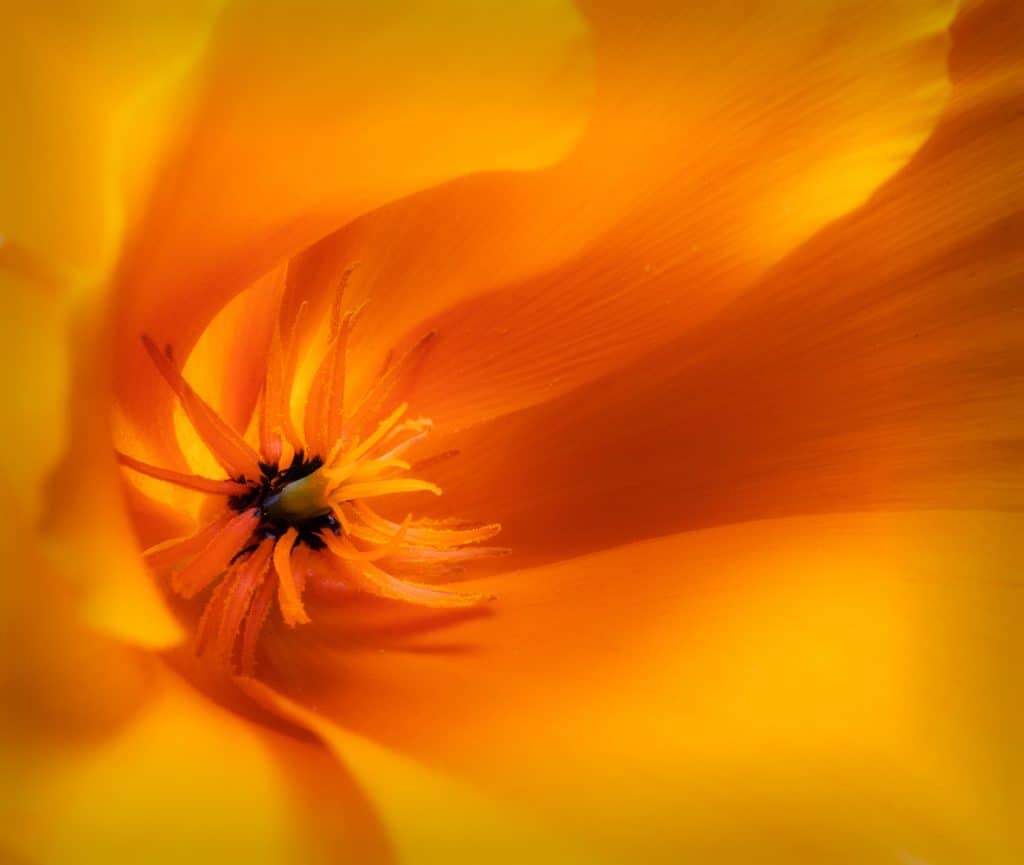
Inside the Poppy by Kathy Barnhart (@Kathy_Barnhart)
Comment on this photo
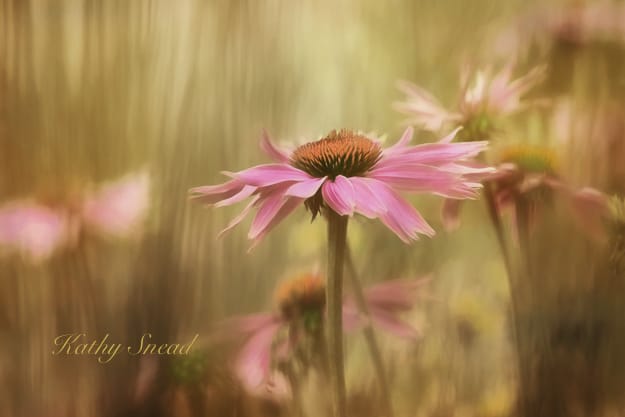
Coneflower Fantasy by Kathy Snead (@Kathy_Snead)
Comment on this photo
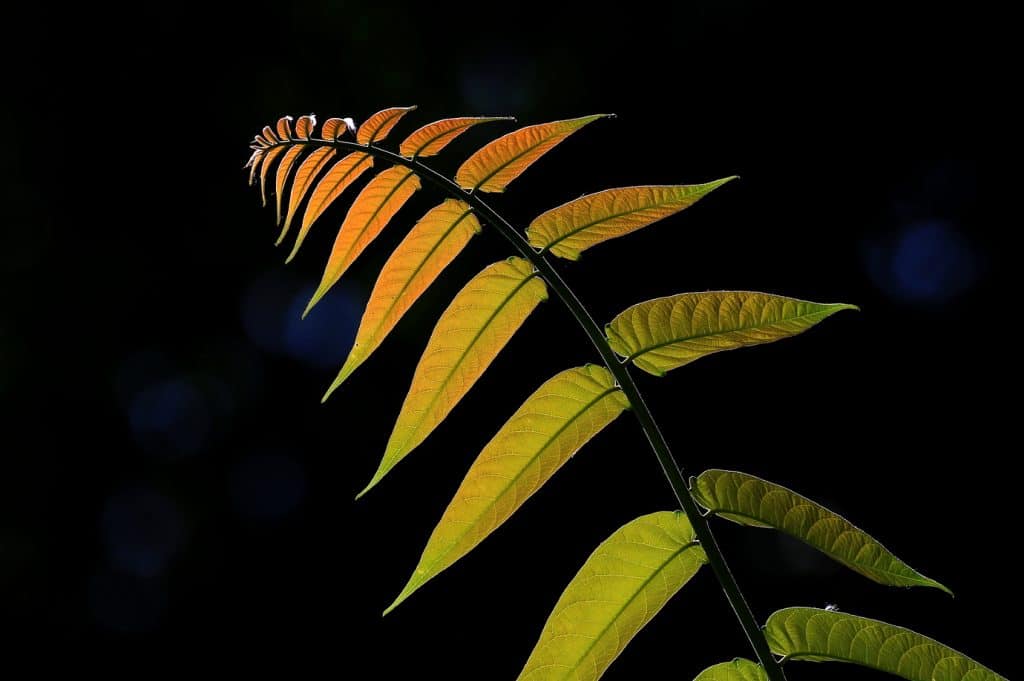
New Growth by Jim Gavin (@Jim_Gavin)
Comment on this photo
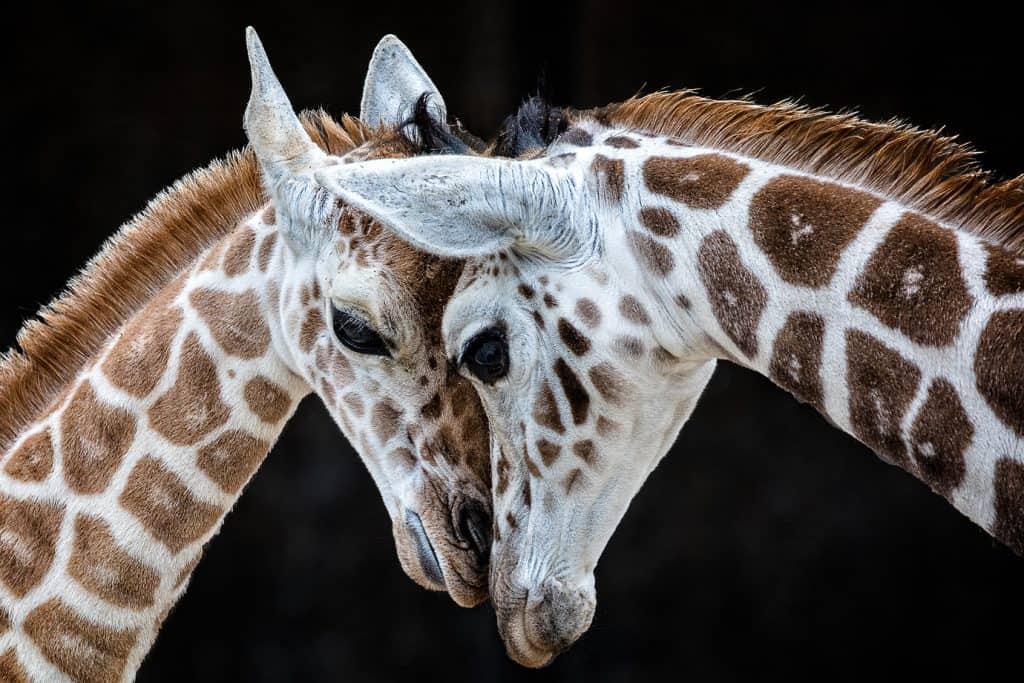
Memphis Zoo Giraffes by Michael Pachis (@Michael_Pachis)
Comment on this photo
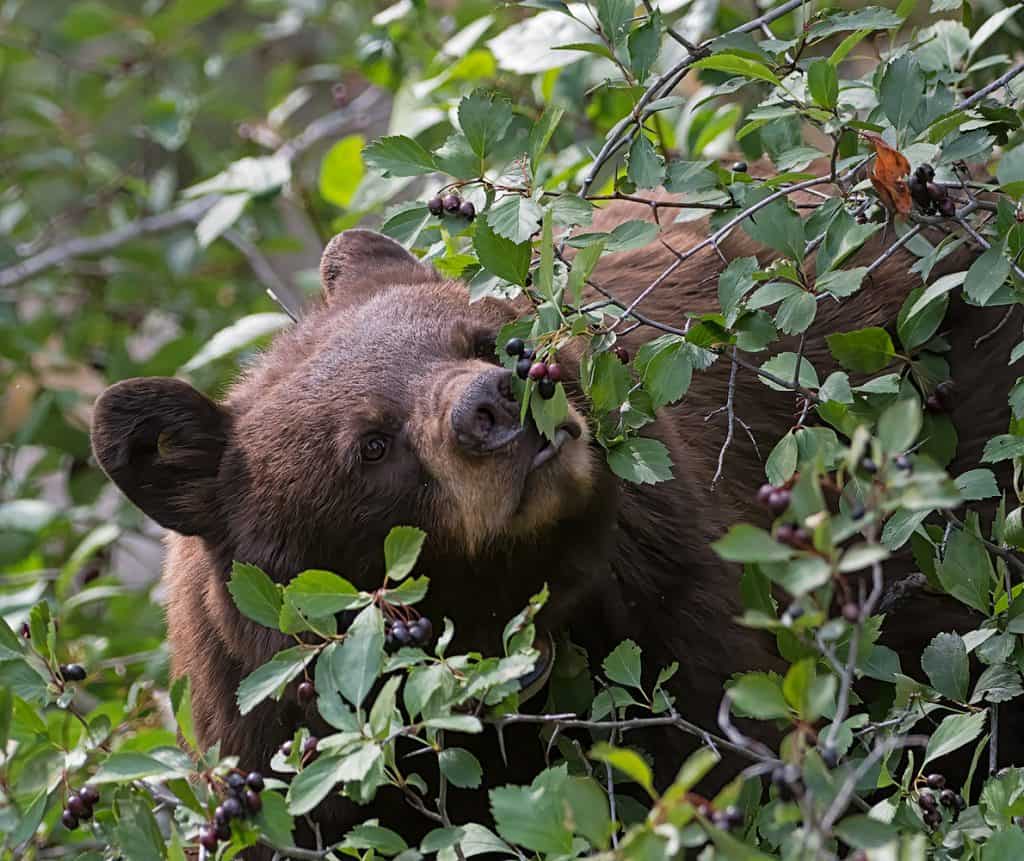
All for Science by Jim Zablotny (@Jim_Zablotny)
Comment on this photo
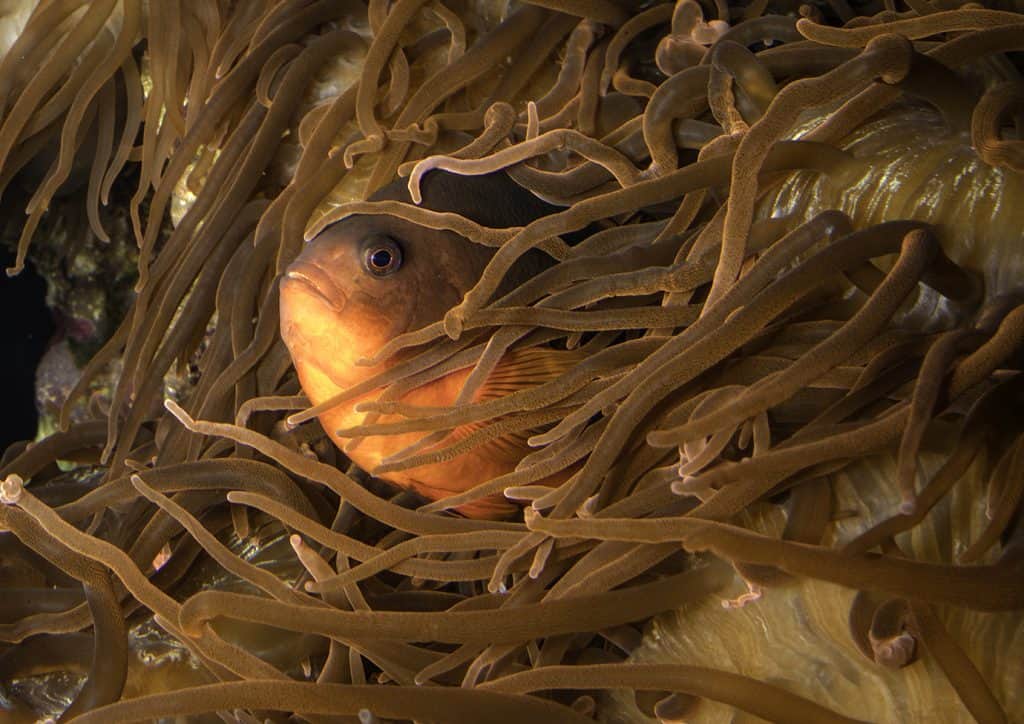
Hidden Fish by Frank Forward (@Frank_Forward)
Comment on this photo
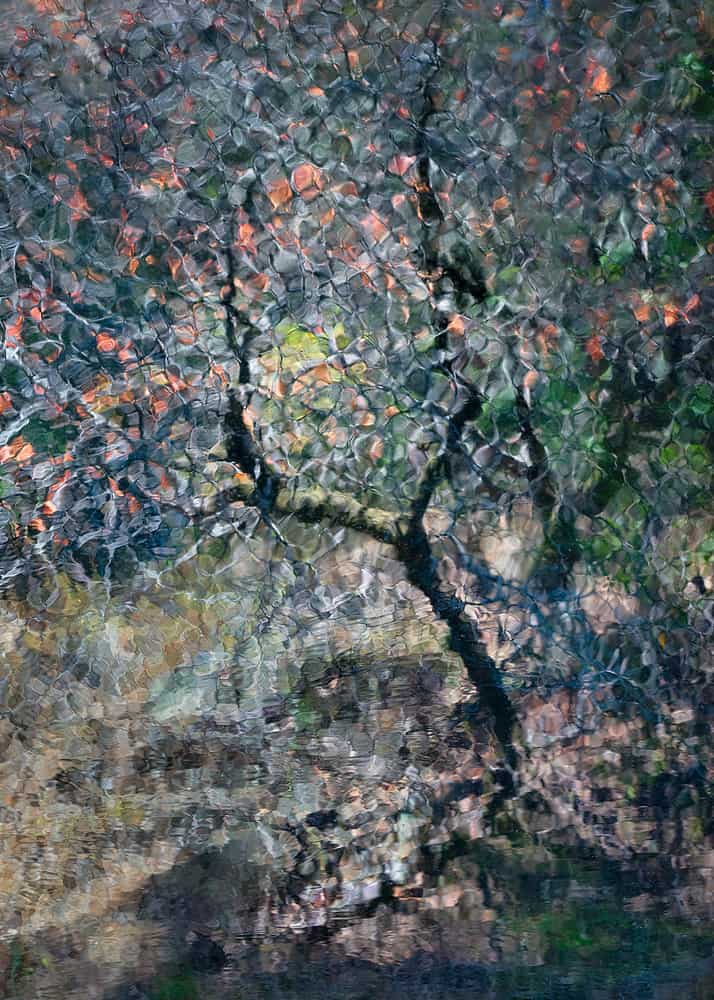
Forest as Stained Glass by Bonnie Lampley (@Bonnie_Lampley)
Comment on this photo
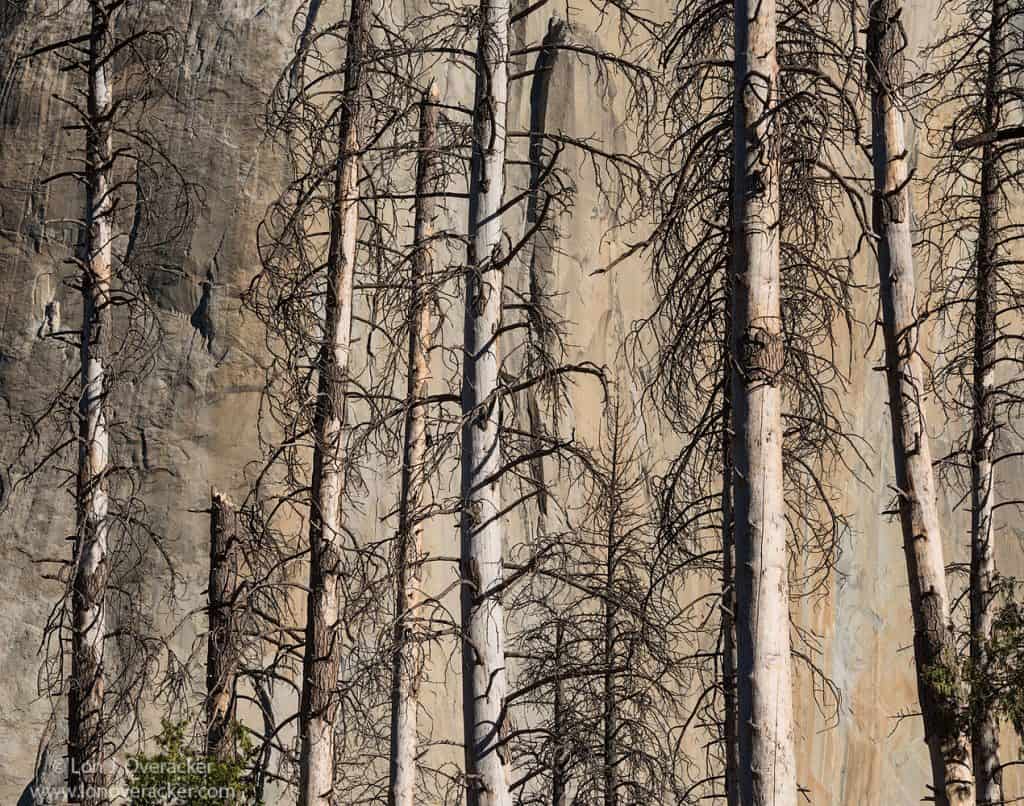
Better Days by Lon Overacker (@Lon_Overacker)
Comment on this photo
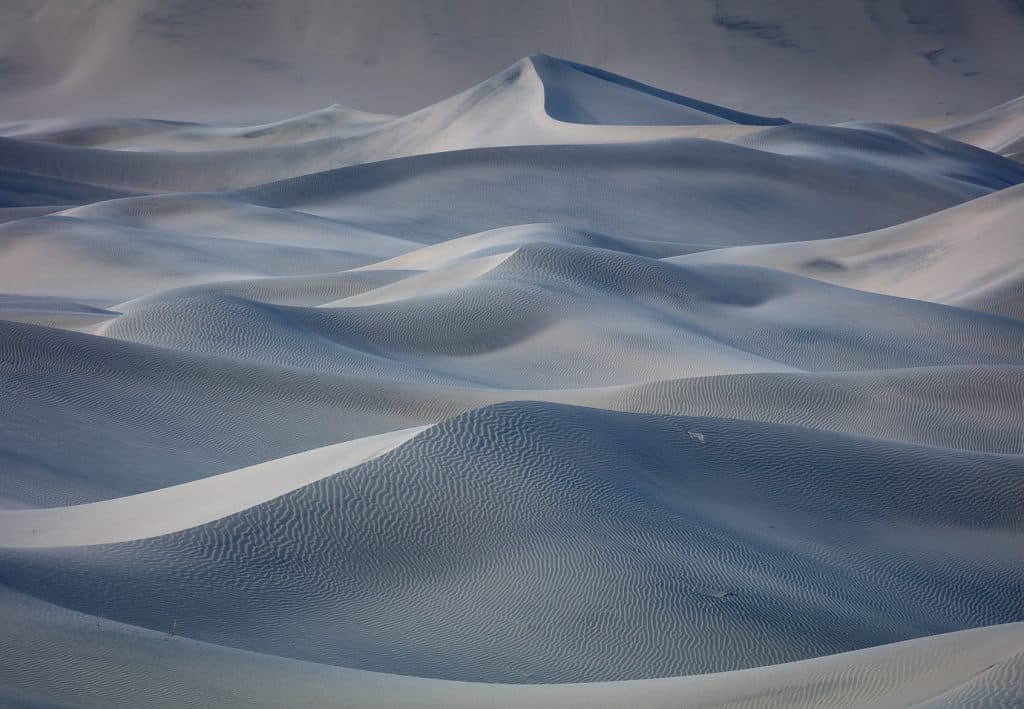
Wind Sculpture by Dave Dillemuth (@Dave_Dilemuth)
Comment on this photo
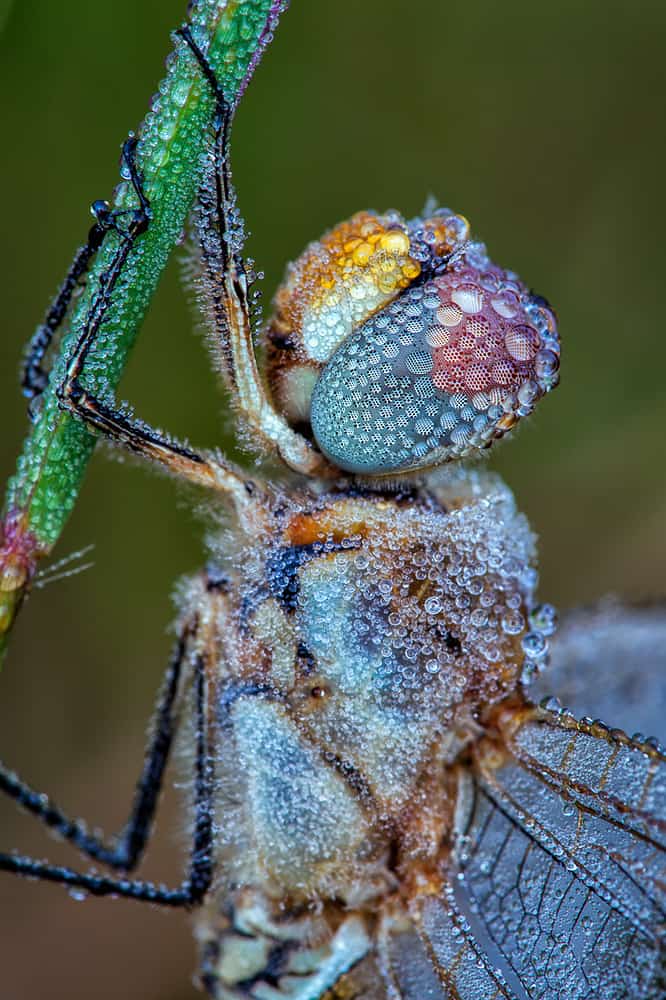
Compound Eyes by Ed McGuirk (@Ed_McGuirk)
Comment on this photo
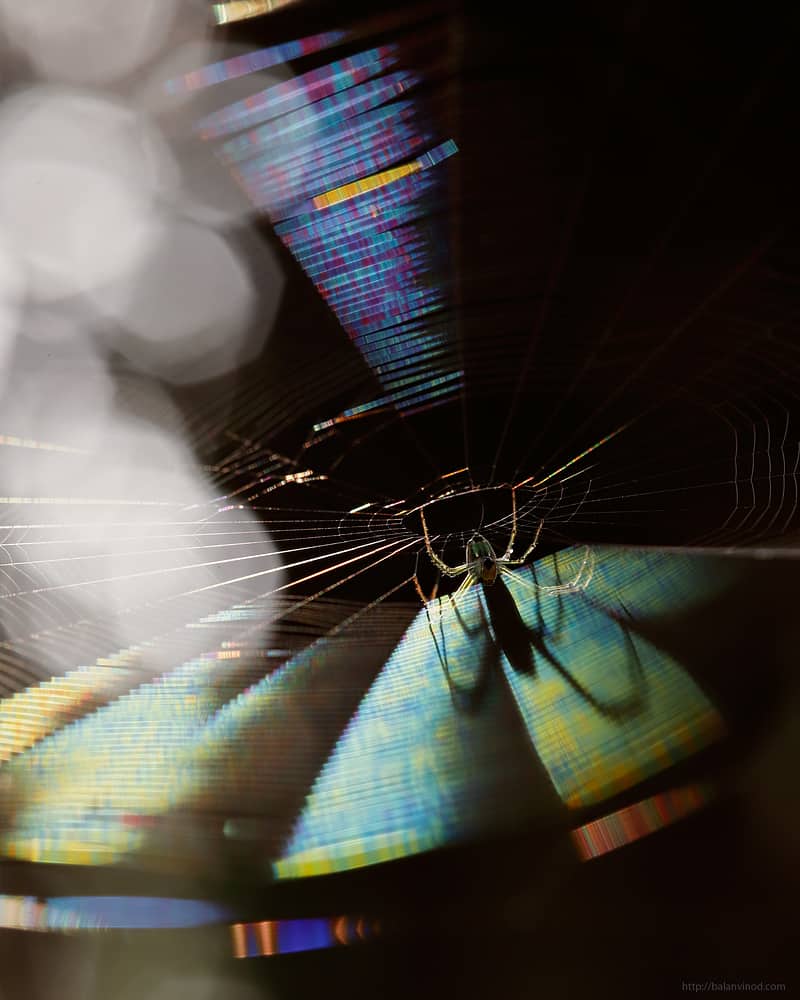
Splitting Light by Balan Vinod (@Balan_Vinod)
Comment on this photo
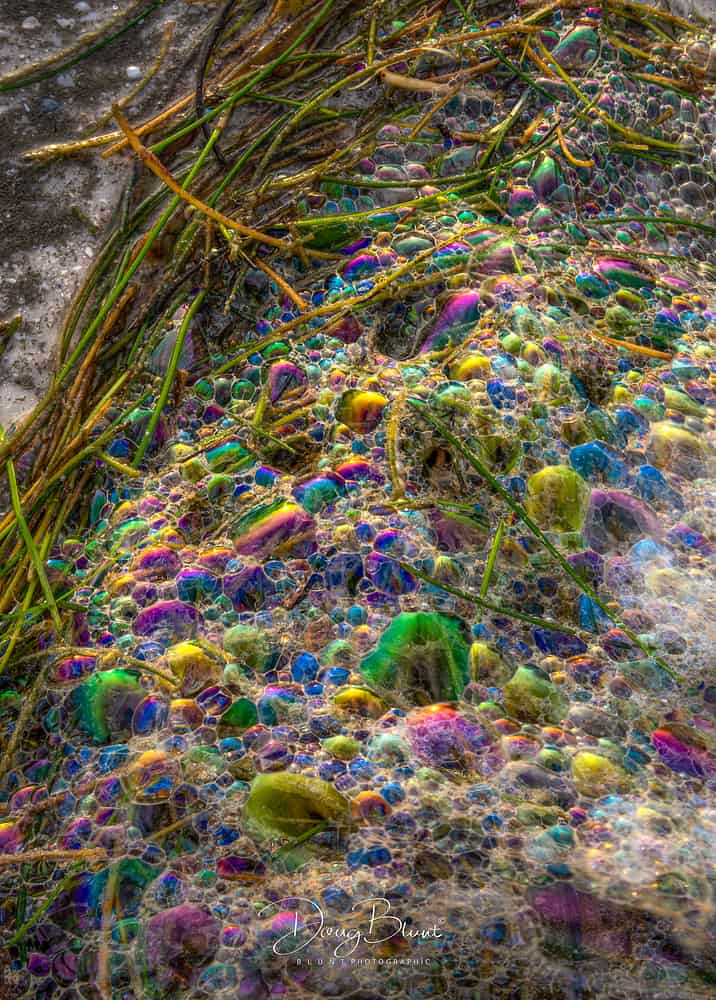
Tide Bubbles by Doug Blunt (@Doug_Blunt)
Comment on this photo
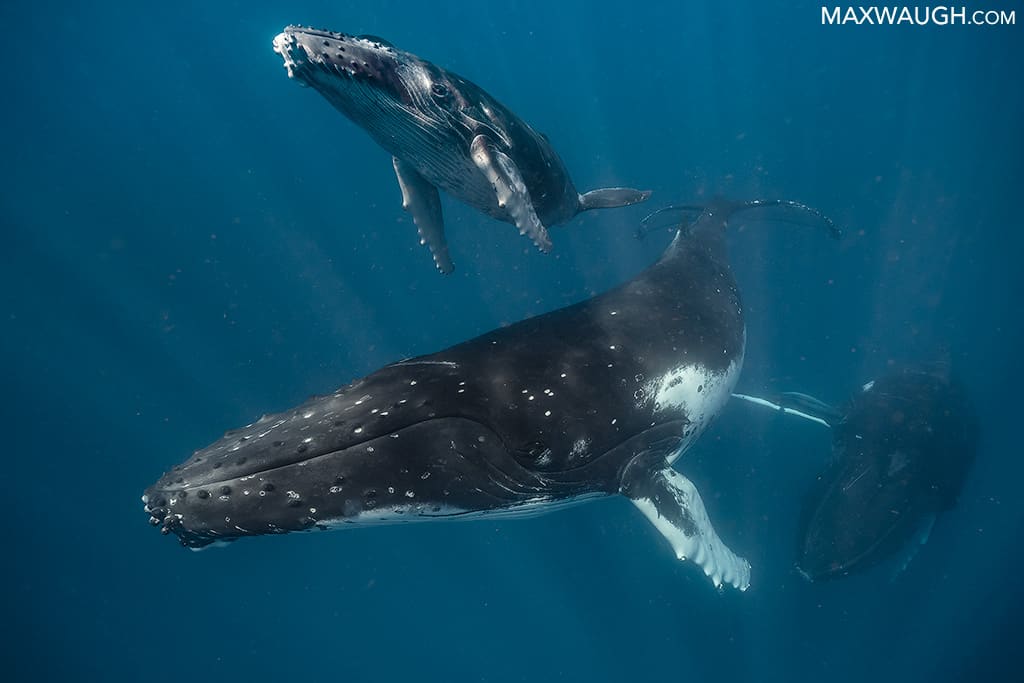
Humpback Whales by Max Waugh (@Max_Waugh)
Comment on this photo
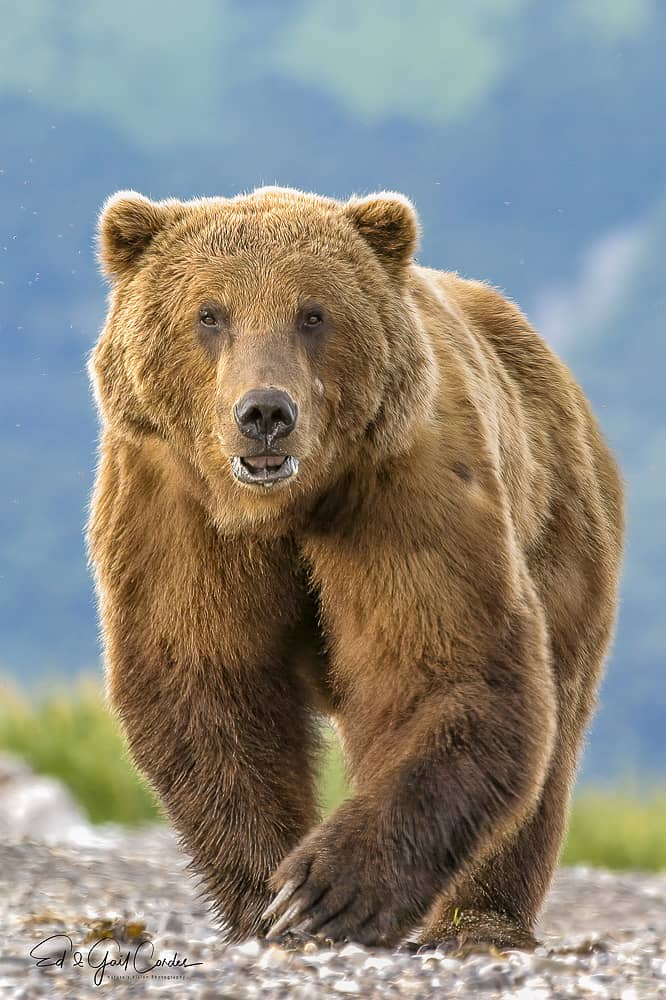
Crusher Walking the Beach by Ed Cordes (@Ed_Cordes)
Comment on this photo
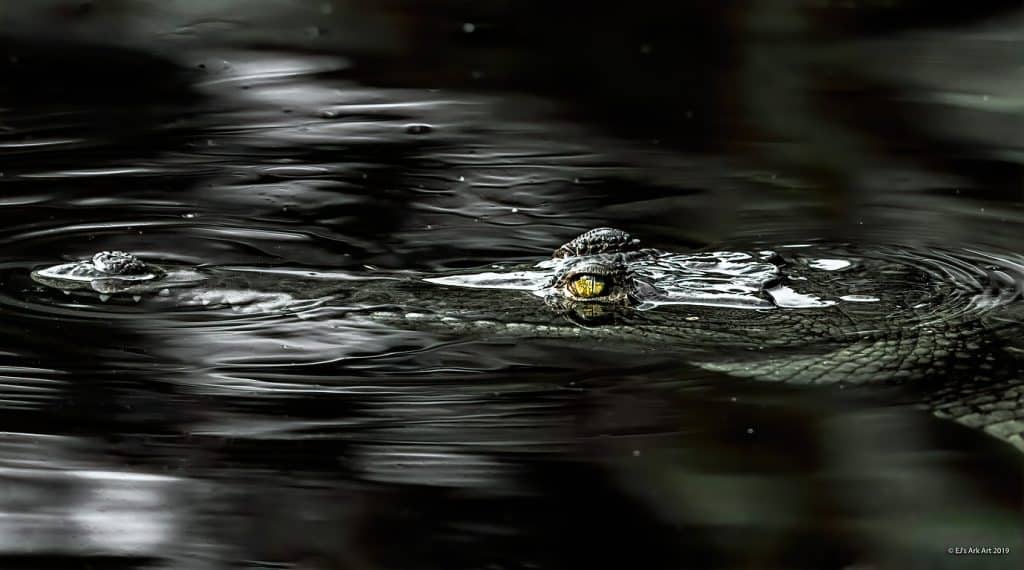
Dangerous by EJ Jewett (@EJ_Jewett)
Comment on this photo
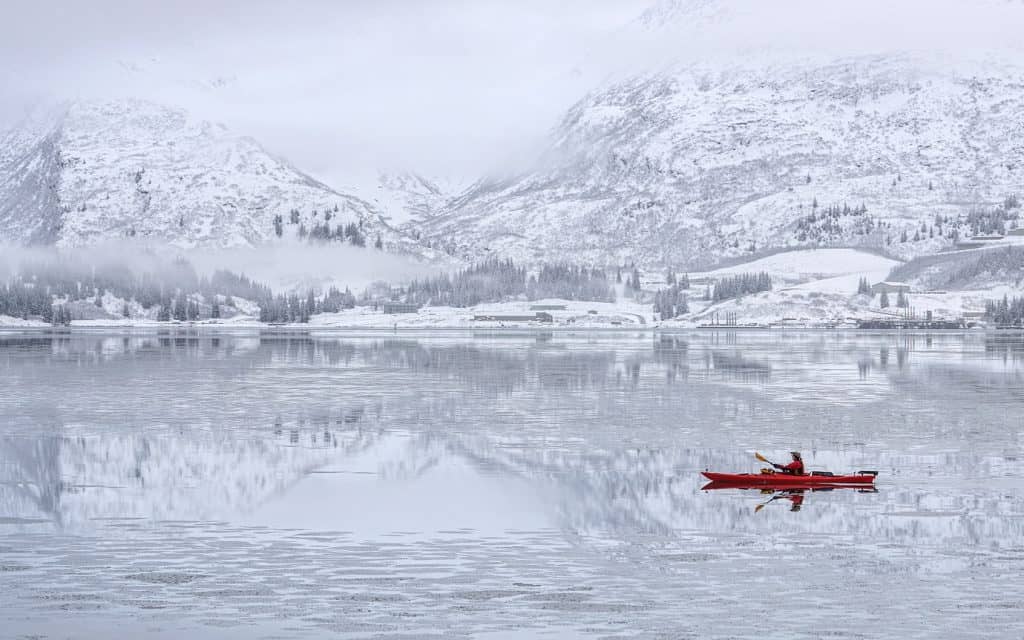
Crimson Kayaker by Gary Minish (@Gary_Minish)
Comment on this photo
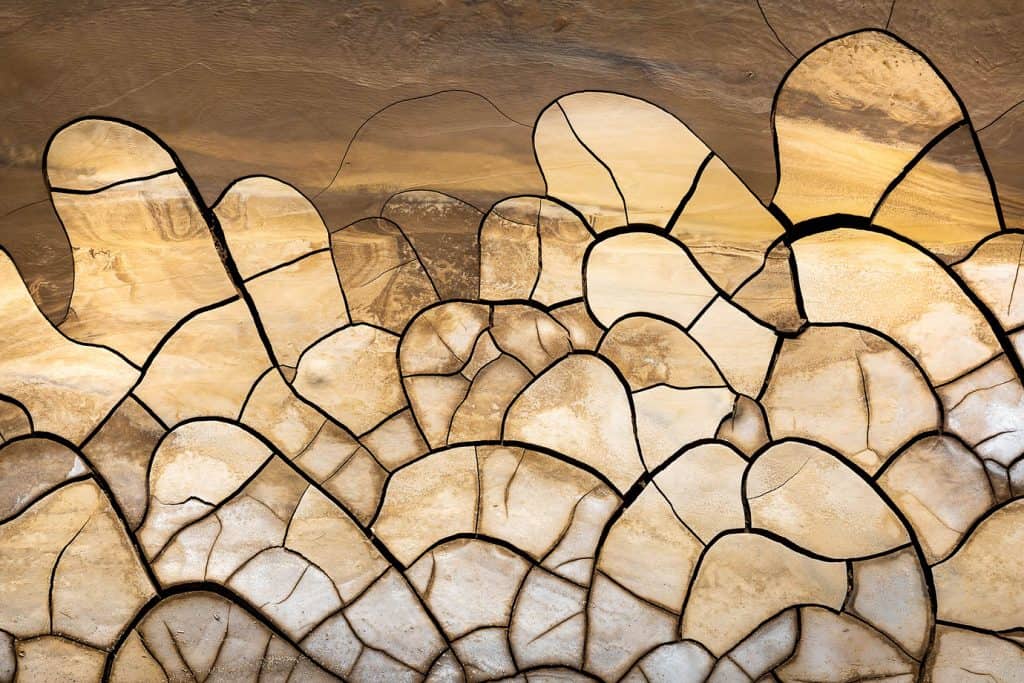
Death Valley Mud Mosaic by Cameron Miller (@Cameron_Miller)
Comment on this photo
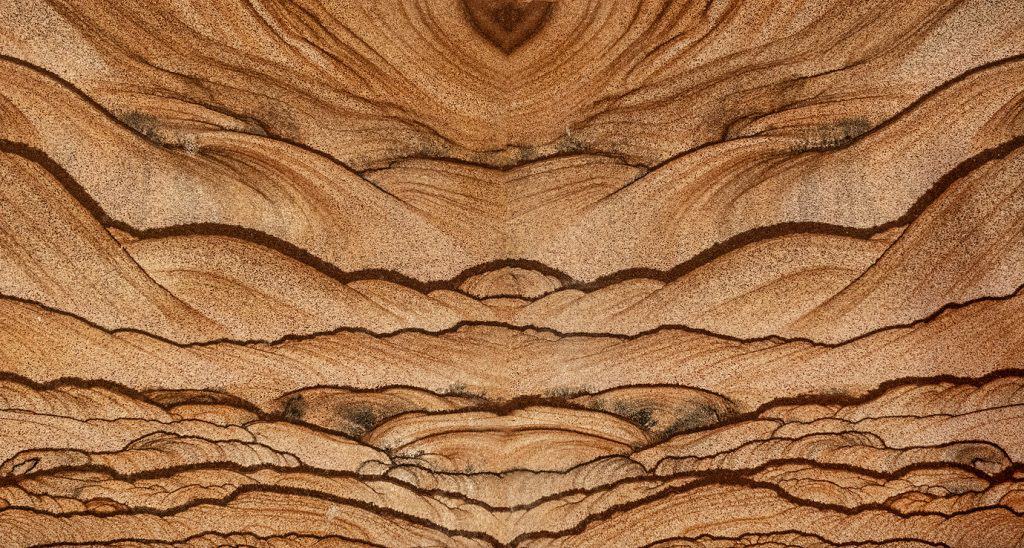
The Sun Always Set in the West by David Schoen (@David_Schoen)
Comment on this photo
Visit Topic or reply to this email to respond.
To unsubscribe from these emails, click here.
|
|
|
|
|
|
|
|
||||||||||||||||||||||||||||||||||||||||||||||||||||
| This summary is sent from Nature Photographers Network when we haven't seen you in a while. Change your email settings, or click here to unsubscribe. |
|
|
Alain Briot
February 3 |
Hi NPN! Welcome to this AMA focused on selling fine art photographs. The goal is to help you by sharing my experience selling photographic prints. I started my photography business in 1993. In addition to making a living from my print sales I published two books on marketing photographs (Marketing Fine Art Photography and How Photographs are Sold), teach multi-day marketing photography seminars, do long term (1 year or longer) 1 on 1 marketing consulting with students and published two Marketing Photography Mastery Workshops on USB/DVD. I also teach field workshops and processing/printing Seminars. I have done very well financially with my photography business, in large part because of my marketing knowledge (unfortunately having beautiful photographs is not enough).
Marketing is challenging for most photographers and few landscape photographers teach it. Marketing also gets a bad rap with many photographers believing that it is akin to ‘twisting people’s arm behind their back in order to make a sale’, or to ‘being a used car salesman’, or worse ‘being a whore’. No one wants to get a bad name so most photographers avoid marketing their work to prevent that from happening. Of course the outcome is poor or no business success because if you do not market one thing will happen: nothing. The way to not getting a bad name when marketing and selling our work is to be ourselves and use marketing techniques that are effective without being forceful. I am willing to talk about all that, based on which questions come up, during this AMA.
I look forward to your questions. Don’t hesitate to ask me anything !
Alain
AMA Rules
Please only ask one question by replying to this topic a single time, using the yellow Reply button at the bottom. ![]() It’s also helpful to scroll to the bottom while
It’s also helpful to scroll to the bottom while ![]() reading the topic to make sure nobody else has asked the same question first, before you ask.
reading the topic to make sure nobody else has asked the same question first, before you ask. ![]()
Please don’t ask more than one question, so everyone gets a chance ![]()
Please do not reply to anyone else’s post. The only purpose of replies here in this topic is to ask the author one question. If you’d like to discuss a related topic in more detail, create a new topic.
Posts not following these guidelines may be removed by moderators to keep the Q&A flowing smoothly. Thank you!
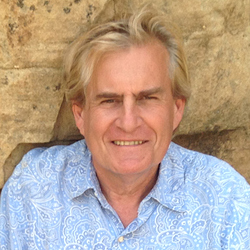
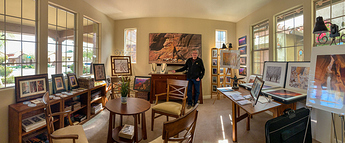
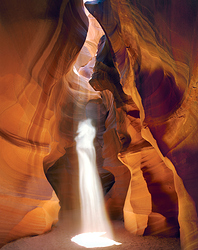
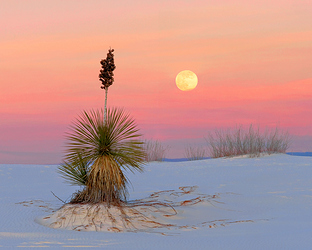
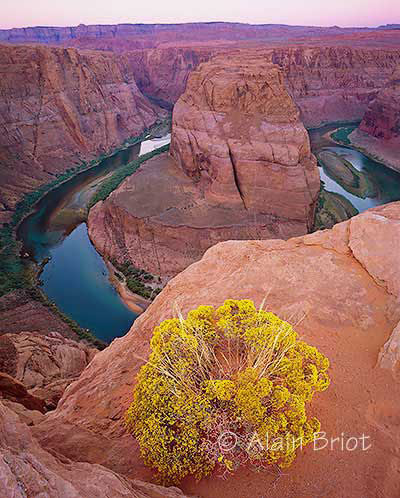
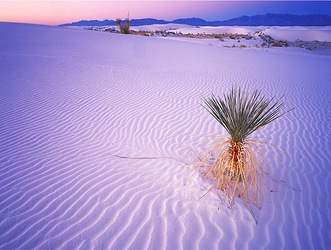
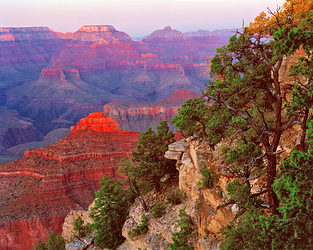
Visit Topic or reply to this email to respond.
To unsubscribe from these emails, click here.
|
|
Alex Noriega
January 7 |
Hi NPN! I’m a pro nature photographer, traveling and living the nomadic life full time all across the US with my partner Taylor in our travel trailer.
I aim to convey a sense of mystery with my photographs. I want to spark the viewer’s imagination. In recent years I’ve mostly avoided grand scenics and shot more intimate compositions.
Posts not following these guidelines may be removed by moderators to keep the Q&A flowing smoothly. Thank you!

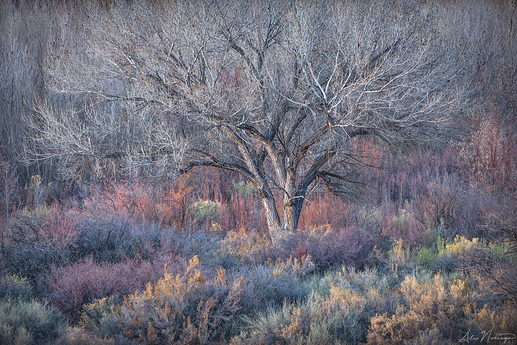
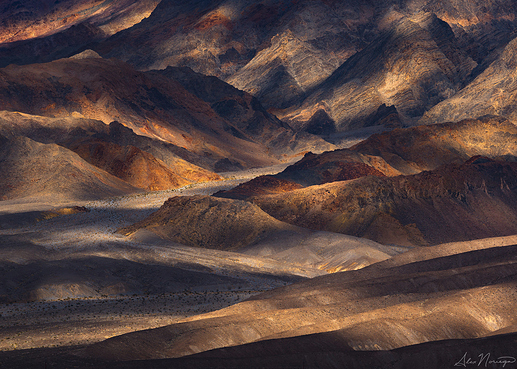
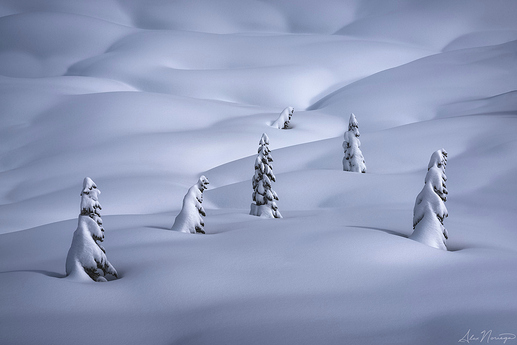

Visit Topic or reply to this email to respond.
To unsubscribe from these emails, click here.
|
|
David Kingham
Owner
January 27 |
Our next AMA is featuring @Alain_Briot!
Alain is the author of Marketing Fine Art Photography which will be focus of this AMA, ask Alain anything you like about selling your photographs.
This will be a live event that starts on February 3rd at 11:00 am EST and will only last for 24 hours. When the event starts you can find it at the link below and everyone is welcome to participate. You won’t find anything here until the event is live.
To add this event to your calendar look for the add to calendar button at the top of this topic, If you are viewing this message via email please click the ‘Visit Topic’ button at the bottom of the email to view this in a browser. You will also receive an email when the event goes live.
If you are not interested in AMA’s and don’t want to receive emails about them in the future please go to your Notification Preferences and remove ‘Ask Me Anything (AMA)’ from the ‘Watching First Post’ section.
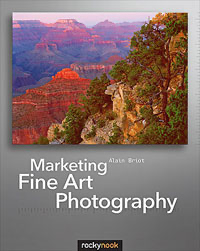
Visit Topic or reply to this email to respond.
To unsubscribe from these emails, click here.
|
|
|
|
|
|
|
|
||||||||||||||||||||||||||||||||||||||||||||||||||||
| This summary is sent from Nature Photographers Network when we haven't seen you in a while. Change your email settings, or click here to unsubscribe. |
|
|
|
|
|
|
|
||||||||||||||||||||||||||||||||||||||||||||||||||||
| This summary is sent from Nature Photographers Network when we haven't seen you in a while. Change your email settings, or click here to unsubscribe. |
|
|
NPN_Editor
Nature Photographers Network
January 16 |
Originally published at: https://naturephotographers.network/how-to-start-shooting-wildlife/
When a young photographer asked that question the other day, I answered his question with the question: What do you want to say?
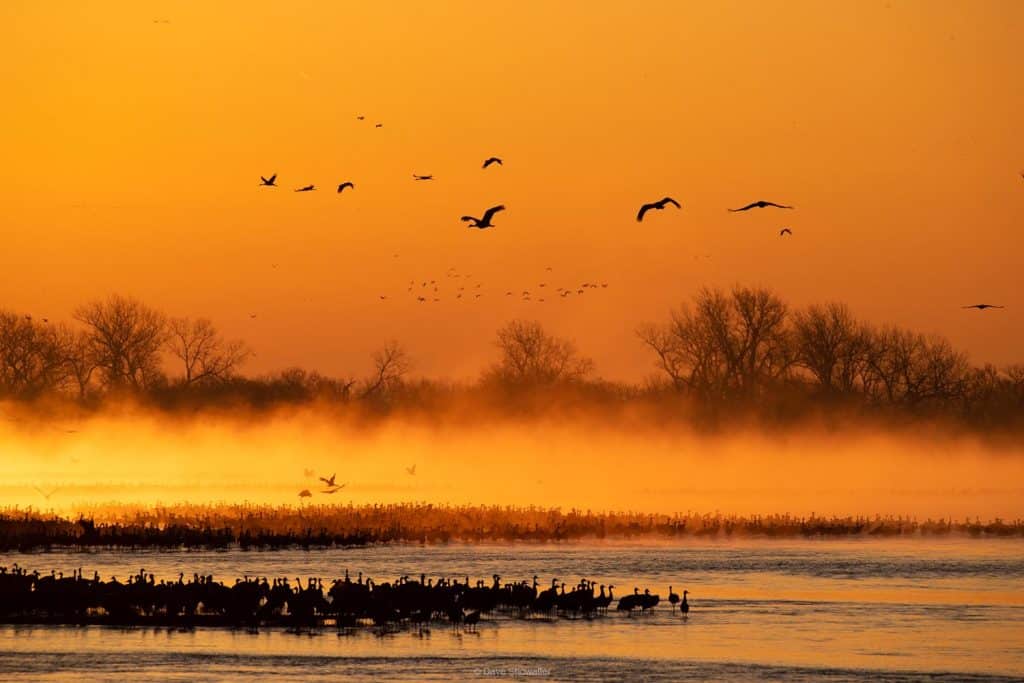
Before I go further, my perspective is of a conservation photographer, which is conservation storytelling, so hopefully, people will care. I started as a nature photographer wanting to tell stories that link images, make connections, and carry a story. I was active on Nature Photographers Network for around ten years. I gained a lot of inspiration here, eventually publishing Prairie Thunder, my first book with Todd Caudle and Skyline Press (2007). I’ve since published a conservation book, Sage Spirit by Braided River (2015), and am currently working on a Colorado River watershed book project. I’m also a Senior Fellow in the International League of Conservation Photographers (ILCP), a fellowship of 120 conservation photographers around the world who’ve all pledged to uphold the highest ethical standards. I teach for Summit Workshops, featuring top conservation photographers on staff, each with their own projects and visual story-telling approach.
There’s a good deal of sketchy human behavior in the wildlife photography world, and I’m sure largely driven by social media likes, which underscores the importance of being an ethical photographer who leads by example. Don’t be that person who baits owls and mammals, tramples sensitive habitat, bumps nesting birds, photographs at game farms, and generally makes us all look bad while causing harm to our subjects. To make it easy, follow NANPA’s Principles Of Ethical Field Practices and you’ll be fine: and, a couple of years ago, my friend Melissa Groo wrote these excellent Ethics From Empathy piece for Outdoor Photographer.
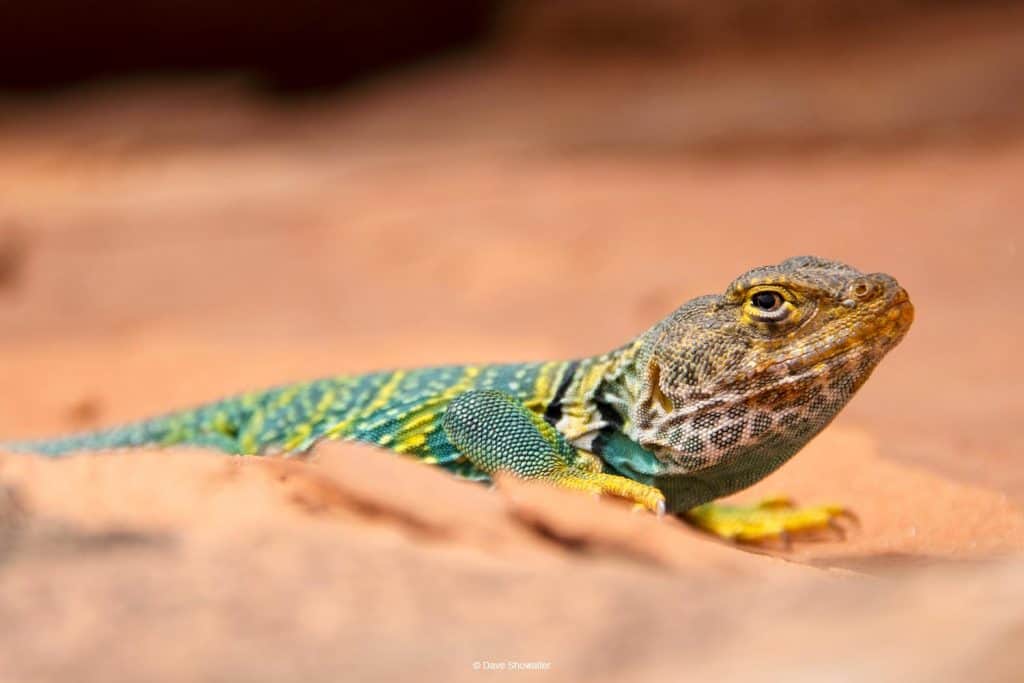
We can make lists of do’s and don’ts, but it simply comes down to going about our business the right way and translating our love of wild creatures to ethical field practices. Succinctly, no image is worth more than the subject.
Every photographer can be an ethical photographer and anyone can be a conservation photographer, which for me is habitat conservation in a community grounded in good science to tell a story. That’s part of why I asked the young photographer “what do you want to say?”
The other part has to do the wildlife in your mind’s eye. A big animal in a vast landscape can be just as compelling as a tight face shot. Macro wildlife opens up new frontiers, and birds in flight are all about essence and grace. Many of us begin by witnessing classic animals of the west, really wanting to make a fine image of a mule deer, great-horned owl, an eagle in flight. The witnessing part is everything to wildlife photography, the act of taking time to study behavior, and with enough time invested, being able to predict behavior is when good wildlife images are made.
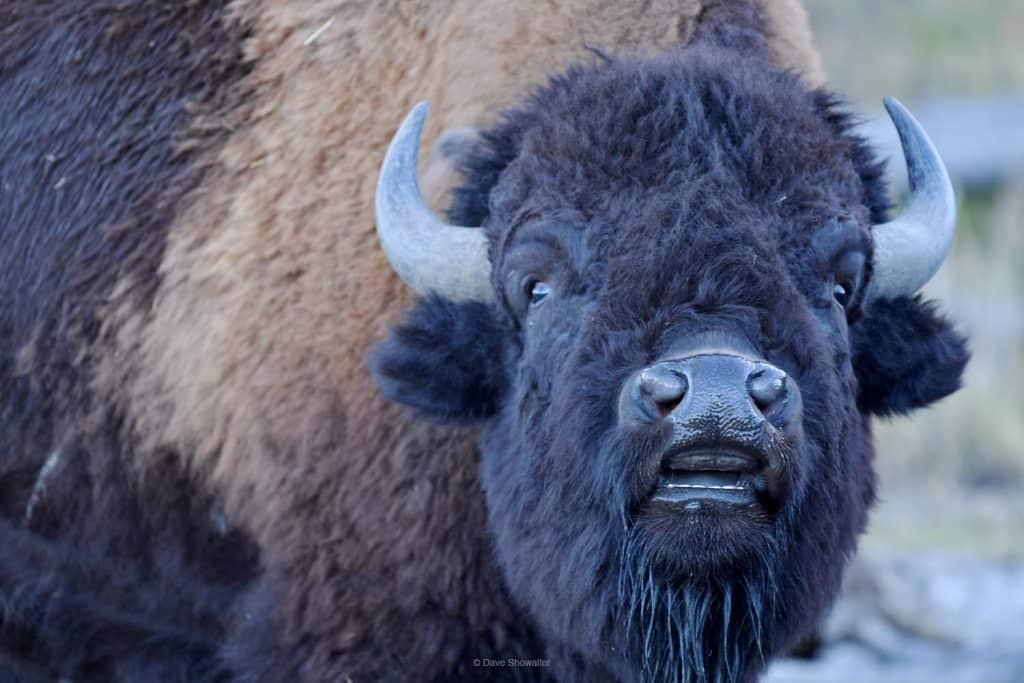
The Front Range is situated on the edge of the Great Plains and Rocky Mountain foothills, and we’re fortunate to have great wildlife witnessing opportunities nearby in every direction. You can, for example, easily head east to Rocky Mountain Arsenal NWR to study and photograph nearly all the species of the shortgrass prairie in a relatively small area. The Arsenal (RMA) is where I got serious about wildlife photography while launching a book project (Prairie Thunder) about the Colorado shortgrass prairie that covers about half of our state. I’m still amazed every time I visit this “most important urban refuge in the National Wildlife Refuge System” to quote then-Interior Secretary Ken Salazar.
Early on, working photographers told me many times over to work close to home. RMA became my go-to place to use my vehicle as a blind, learn to photograph western burrowing owls from a portable hunting blind (in partnership with USFWS), witness wild bison behavior and their movements across the landscape, and view bald eagles coming off the roost in pre-dawn, returning at dusk. RMA became my laboratory to understand the seasonal rhythms of the shortgrass prairie. I started going out with researchers studying the abundance of small mammals, trapping burrowing owls (and releasing unharmed), checking kestrel nests, monitoring invasive and native vegetation plots, a mule deer mortality study, more. I still seek out experts to accompany in the field, always gaining new information, science, and perspectives of wildlife and their habitat. And, if we’re going to photograph wildlife, we need to understand and photograph their habitat because, without habitat, there’s no wildlife, no biodiversity.
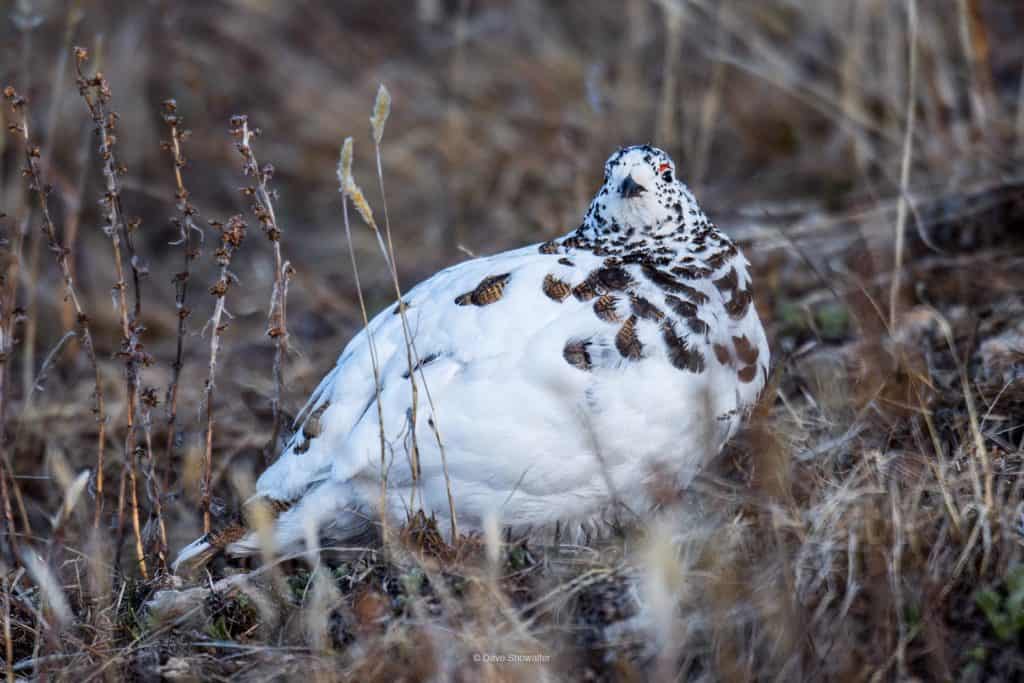
We are losing prairie and sagebrush habitat rapidly, accelerating a trend over generations with corresponding wildlife declines. For whatever reason, I’m attracted to these lands where folks say, “there’s nothing out there,” or “It’s drive-through country.” What we have to say about animals and the habitat they depend on matters greatly. If I make a burrowing owl image on the prairie, I’m compelled to talk about their habitat, migration, nesting behaviors, and the joy of witnessing burrowing owls. Greater Sage-grouse require big expanses of unbroken sagebrush and is an “umbrella” species for 350 other western wildlife species. They’re also losing habitat rapidly, mostly to energy development, and their numbers are plummeting… how can I show photos of these animals without sharing information about their lives, habitats, risks, and hope that lives in people doing good work? You can tell a story in a single image or a body of work, but what we have to say is vitally important, so take time to write strong captions in your style.
Work close to home and have something to say.
If you’re at the beginning of your wildlife photographer journey, go out and photograph with the gear you own. If your lenses seem too short, make landscape images with wildlife in them. If closer, make sure the eye is sharp, shoot big lenses wide open for a soft background (also a function of distance from animal to background), shoot in good light, experiment with angles, and get down low to give stature. Because you’re practicing good field ethics, you’ll be photographing animals in natural poses and with interesting behavior. Learn to move stealthily and dial in settings intuitively. Think like Malcolm Gladwell and put in your 10,000 hours… and know that we’re all a work in progress.
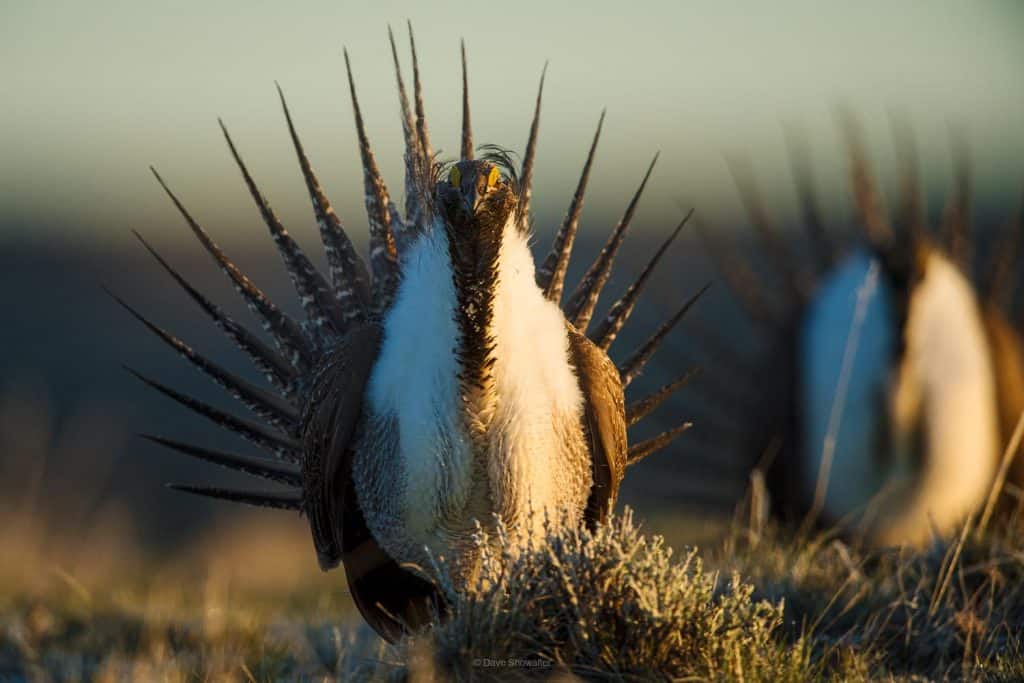
About gear: many of us reach a point where 300mm doesn’t get us close enough to make the images we’ve pre-visualized. But, I’m not going to be the one to tell you to go out and spend a fortune on big glass. Way back when I got serious about making wildlife images, I bought a Tokina (off-brand) 400mm f5.6 lens. A few years later, a manual 600mm f4 Nikon on eBay, followed by a couple of versions of AF 600’s, 80-400, 200-500, 500 f5.6…. the big lenses require heavy-duty support, dedicated bags, and generally cost a lot, requiring some introspection (and spousal consent) about how much we’re going to use these tools. Today, I use my little 500 f5.6 more than any of those lenses for the style of shooting I’ve developed and a desire for lightweight mobility. I’m a lot more stationary with the 600mm, and it has its place, buckled in the passenger seat (your vehicle is a rolling blind), on a big tripod when standing sentinel for songbirds, laying on my belly, and when I’m camouflaged or in a portable blind waiting for something to happen. If you’re thinking of big glass, consider renting and be mindful of the support you’ll need for that monster lens. I will say that I see quite a few of the Sigma 150-600mm lenses at workshops, a good entry into big glass photography at a reasonable price point. But, I’m not recommending or endorsing any big glass lens purchases.
I saved gear for the end because it’s the least important aspect of wildlife photography until we’ve built a strong foundation of solid, ethical field practices. The world doesn’t need any more photographers causing harm and needs more conservation stories. Have fun out there and tell a story.
What do you want to say with your wildlife photography?
Visit Topic or reply to this email to respond.
To unsubscribe from these emails, click here.
|
|
jessiemonsters
Jessie Johnson
February 10 |
Originally published at: https://naturephotographers.network/in-conversation-with-colleen-miniuk/
I was inspired to begin In Layers because I was curious to learn how the dynamic nature of photographer’s lives impacted their artistry and the process of image creation. In this conversation with Colleen Miniuk, we discuss how her evolution is intersecting with her photography and writing, and how challenging perfectionism is changing how she works, lives, and plays. We hope you enjoy reading this conversation as much as we enjoyed having it.
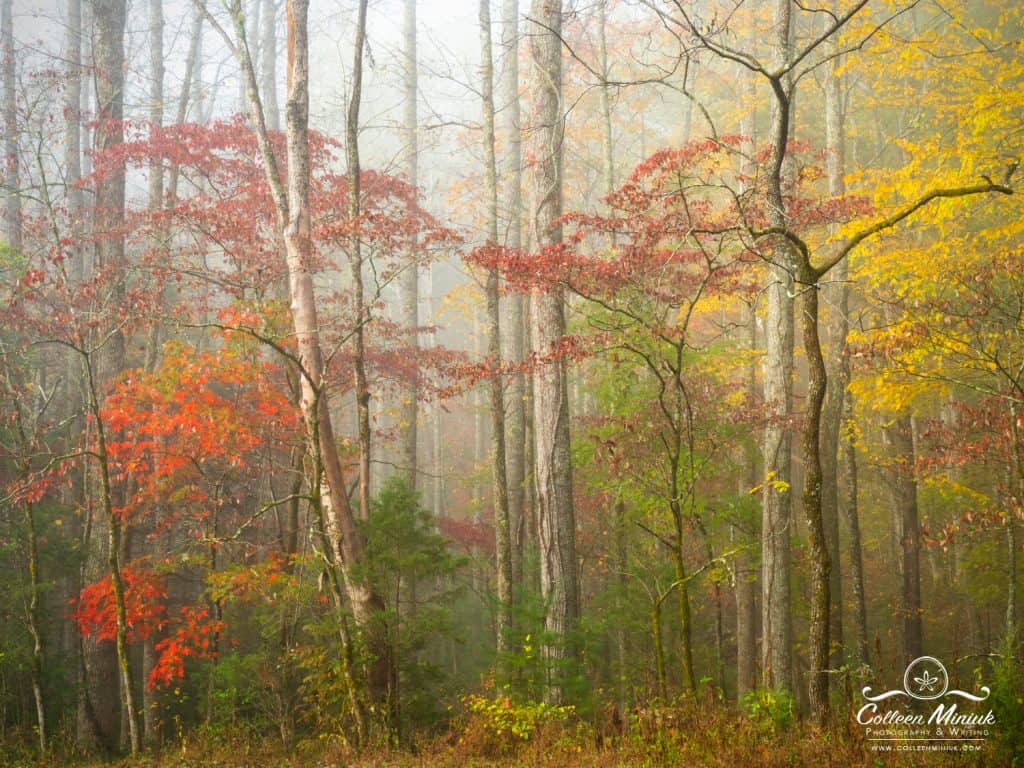
Jessie: The creative process is a bit of a mercurial concept, would explain how you view the creative process?
Colleen: Back in 2013, I was struggling with photography. I had essentially reached technical proficiency with my work but had become bored. That boredom led me to do some research, and I discovered Wallas’ model of creativity, which lays out four steps to creativity: preparation, incubation, illumination and inspiration, and verification. It is what I follow now with my creative work in photography and writing.
Jessie: How do you use those steps in your process?
Colleen: I translated those steps for my photography and my artistic pursuits. The first step of preparation is filling my brain with knowledge and ideas. This is anything; it is reading books and gravitating towards stuff that I’m interested in outside of photography so that I can develop new ideas. For the second step, incubation, I use as visualization. When something exciting crosses my brain, I say to myself, “Okay, how do I use that in my photography?” For example, I’m going to Acadia next week. How might I connect the idea of a pattern on the wall to the beach that I’m going to see in Acadia. I just play with these ideas in my head, which is way more fun than answering emails! It’s building muscle memory. The key when you go into the third step, illumination and inspiration, is to not bring in any expectations. This is what has really changed my process. You really have to let go of any expectations and let the spontaneous moment happen. This step is walking around, going out into the field, going on a hike, going on a paddle, whatever it may be, and just paying attention. Being mindful of my surroundings, being mindful of my inner emotions, and how I’m responding to them. When my brain becomes excited about something, it’s time to make a photograph. This is where the technical execution happens. In photography, the fourth step, verification, is essentially a critique. I like to critique in the field because that’s where I can fix things.
I’m always trying to create new ideas. When I’m looking at my images, I’m looking for ways to improve my work, new ways of looking at the same scene to feed my brain with more knowledge so that the preparation step is continually fed. Even if I don’t have a camera in my hand, I am trying to be creative and feed that process, so hopefully, when the time comes, I can make a photograph happen. With that said, the creative experts don’t know how the “aha” moment happens, that moment where everything is in flow and your photograph or your artistic expression is delivered on a silver platter, and it just magically appears. They don’t understand that part, but they do understand how to feed it. I trust the creative process, even when I’m not making photographs.
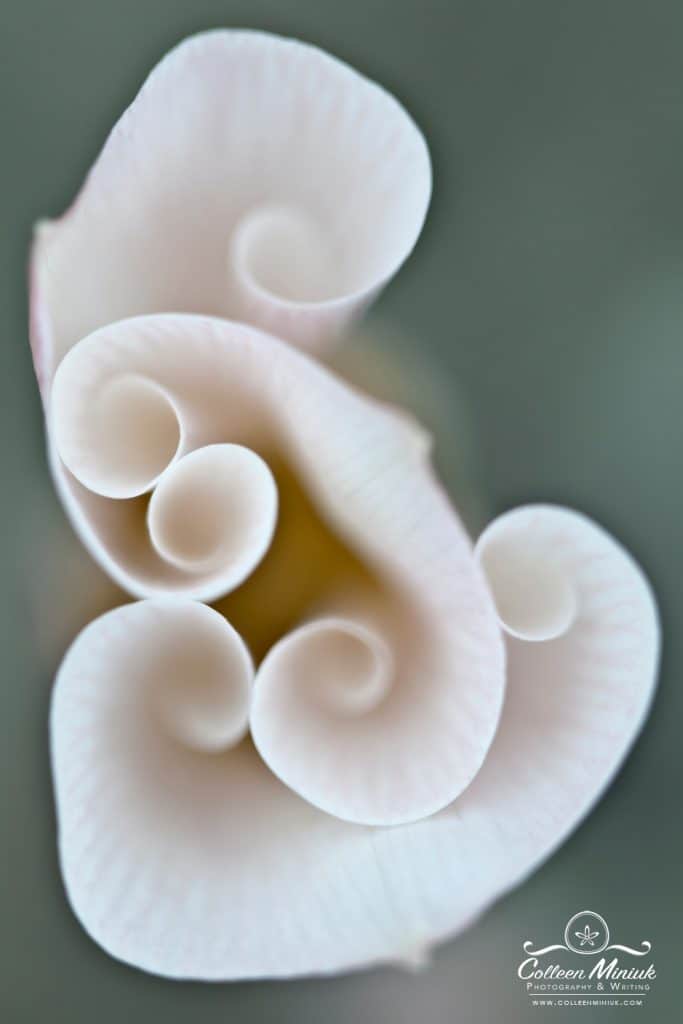
Jessie: How is your writing and photography connected?
Colleen: So, growing up, I felt like I didn’t have the verbal skills to express what I wanted. The camera put something between me and other people where I could say what I felt, what I believed, what I understood of the world, and how I perceived the world without having to put words to it. In college, I dreamed of writing books. Photography brought me back to this. I still struggle with words, and photography really helps me, it allows me to express things that I’m not able to verbally. The writing has helped me with my photography because I have to find the right word and be precise with it, much like I have to be precise with composition and light in my photography to express what I’m feeling and experiencing. Writing forces me to see details, and as I see things in photography, it gives me the visual that I need to describe in my writing. They work together now.
Jessie: In one of your blogs, you wrote that you are “not a photographer who likes to write, but rather a writer who loves to photograph.” When I read that, it struck me that it is important to you that the identity of being a writer is highlighted, is that what you were trying to convey?
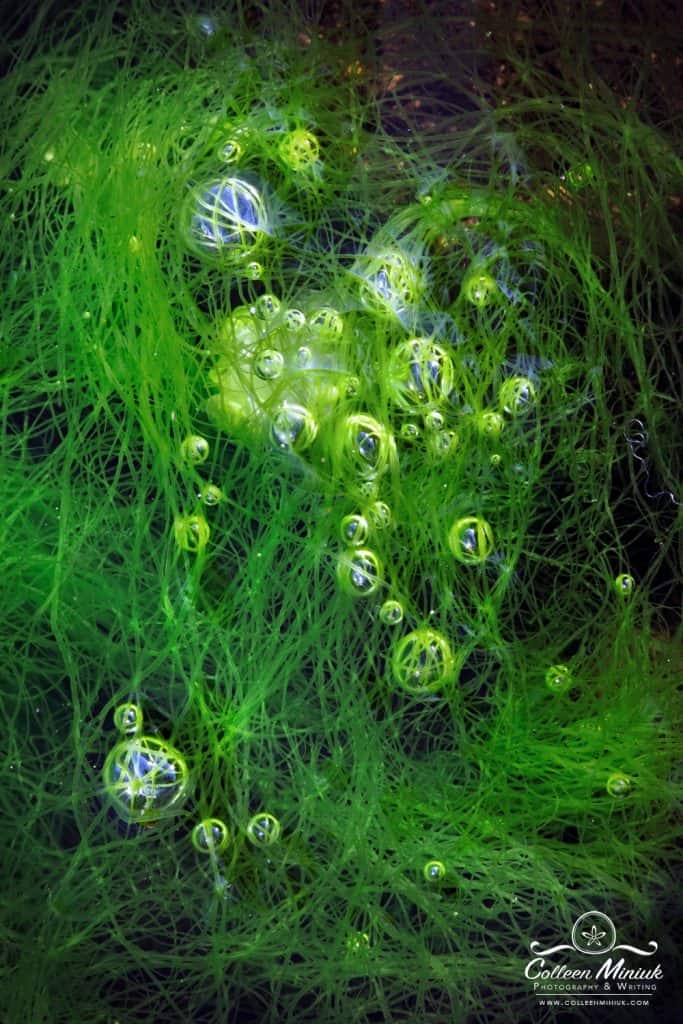
Colleen: Yeah. That really changed in 2015, when my husband and I separated. My love for writing came to light when I realized I could not live like I had been living. When my world fell apart, I started asking a lot of questions about who I was. I felt like I had a blank sheet of paper that I could design my life in any way that I wanted. It became clear that I could be anything I want to be, I can do anything. What I discovered was that I really just wanted to be a writer, and photography fits into that very well. I don’t want to separate them, when you look at my photographic direction, it’s putting photographs in books. I like the balance of visual and verbal, and I want to focus on my books. I’m a publisher as well, so I love everything from the struggle of getting the shitty first draft together to getting it out into people’s hands.
Jessie: That’s powerful. Did any other shifts come from that blank slate?
Colleen: Oh my. The events triggered in 2015 caused a major left-hand turn for me in life and my creative focus. I decided to write more books, be on rivers more often, paddleboarding, which enables me to make beautiful images of places that people are not likely to see and write stories about them. I want to inspire people to get outside. There’s so much out there for us to see. It’s not necessarily just the outdoors either; it’s being mindful of your life. This is what I have been trying to do with the last four or five years, being mindful of my purpose and understanding how I can contribute to society and make a difference. I’ve been focused on really honing in on that and just going for it.
You know, I had spent at least ten years of my life sitting in a cube working for Intel Corporation back in the 2000s, watching my life go by thinking that I was going to make and save enough money to retire early when I could really live the life that I wanted, and that became very painful emotionally and physically. After my separation and the learnings I’ve had over these last four years, I now look at my life and know that I can live right now. I can make a difference right now. I’m no longer going to wait to live.
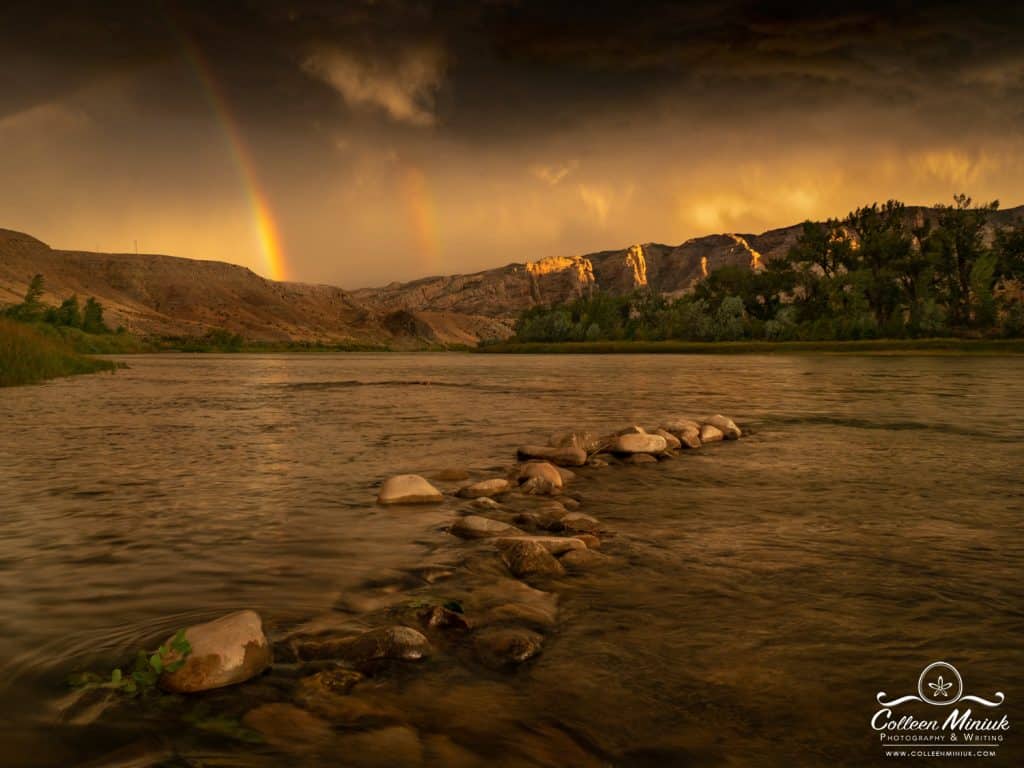
Jessie: You’ve had a few years of rebuilding and designed a new trajectory. Where are you in this moment?
Colleen: A year ago, four years ago, I would have never guessed I would be here. I do a lot of business planning. I’m a business major, type-A, lover of spreadsheets. I used to love plans and control. Those business plans created some amazing things, but I’m embracing going with the flow. I would’ve never have guessed being here at this point. It’s better than I’d ever thought, better than I ever could have planned.
To start over is a very scary proposition. Over time I’ve built more confidence in who I am, what I want to be, and where I want to take this life of mine. Right now, I’m writing books as fast as I can, trying to balance the logistical day to day, but in every 10 minutes of free time that I have, I’m writing something. I’m also trying to actively engage other people, namely women, in the outdoors. I’ve shifted the focus of my photography workshops to Sheography, which is my all women’s photography workshops. I want to give women an opportunity to be in a safe, supportive environment where they feel comfortable exploring the outdoors and doing photography. That’s the sort of thing that brings us all together.
I’m getting more engaged with rivers and canyons. I’ve been on six different rivers this year, which I would have never imagined happening. I’m absolutely terrified of water where I can’t see my feet, so this is full-on plowing through fear. I see the influence of that in my work and artistic pursuits. My writing and photography is becoming more focused on rivers, canyons, and adventures. I have something to say about those places because I love them. I want other people to see them and care about them.
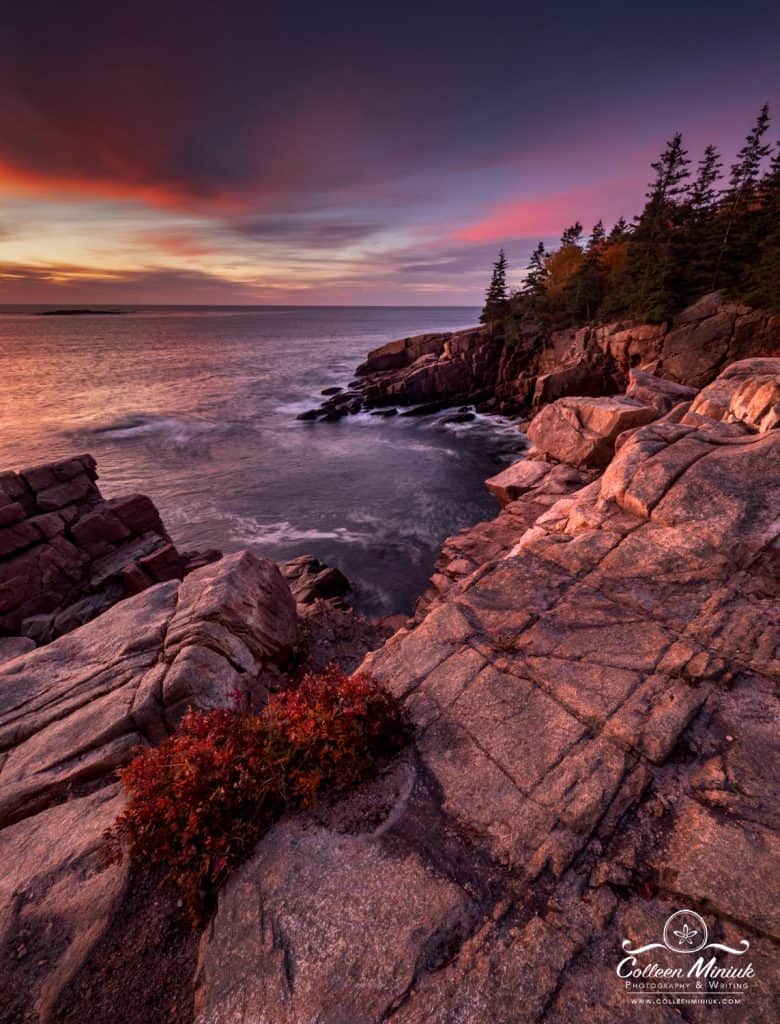
Jessie: Would you say that some of the reasons you are in the positive place you are in now is a byproduct of releasing some of those planning and controlling tendencies?
Colleen: Yes, absolutely. That’s essentially the theme of my book titled Going With the Flow. It’s about letting go of control, planning, and perfection. Perfection was a big thing for me. The control and planning was an attempt to be perfect, and largely how I achieved success, believing success and achievement would bring happiness. After 40 years of doing that and living, in hindsight, a pretty perfect life, I was not really happy. Something had to give. Something had to change. That realization came after my mom and I attempted to stand-up paddleboard across Lake Powell, as a way to cope with my separation back in 2015, and did not succeed. I had failed twice in eight months after having this perfect little life where I’d checked all the boxes for the American dream and was still not happy. My whole world came apart. I was tired of not feeling good enough. I was tired of listening to other people’s opinions of me. I was tired of controlling everything and trying to plan everything out. I’ve since learned that control is an illusion. What the last four years have taught me is to live right now. And it doesn’t have to be perfect! I can choose to be happy right now by being grateful for what I have, not sad for what I lack. It’s an attitude change.
Jessie: You mentioned the break that occurred after your attempt at Lake Powell. It sounds like you’ve experienced an evolution in your thinking since then. If you were to go back into that situation from your current perspective on life, would it be different for you?
Colleen: I’m super glad you asked. Last November, I had set aside time with the intention of retrying my paddle across Lake Powell. As time got closer and closer, I wasn’t feeling it at all. I’m not really sure what it was, but I just didn’t need to do Lake Powell again. The week before I was set to leave, without any planning, I changed course and got on a paddleboard on Lake Mead. I paddled 61 miles; it was so amazing to be out there and experience the lake that I questioned if I needed to finish the entire crossing. In the end, I decided to leave about two miles unpaddled. I let go of the idea of accomplishment, and it was amazing, a totally different experience. If I were to go back to Lake Powell, I’d let go of that idea of accomplishment and just enjoy the experience.
Jessie: There’s more balance?
Colleen: Yeah, balance, that’s the key. I’ve learned to transform the control and planning that I had for 40 years into something productive as opposed to letting it control me.
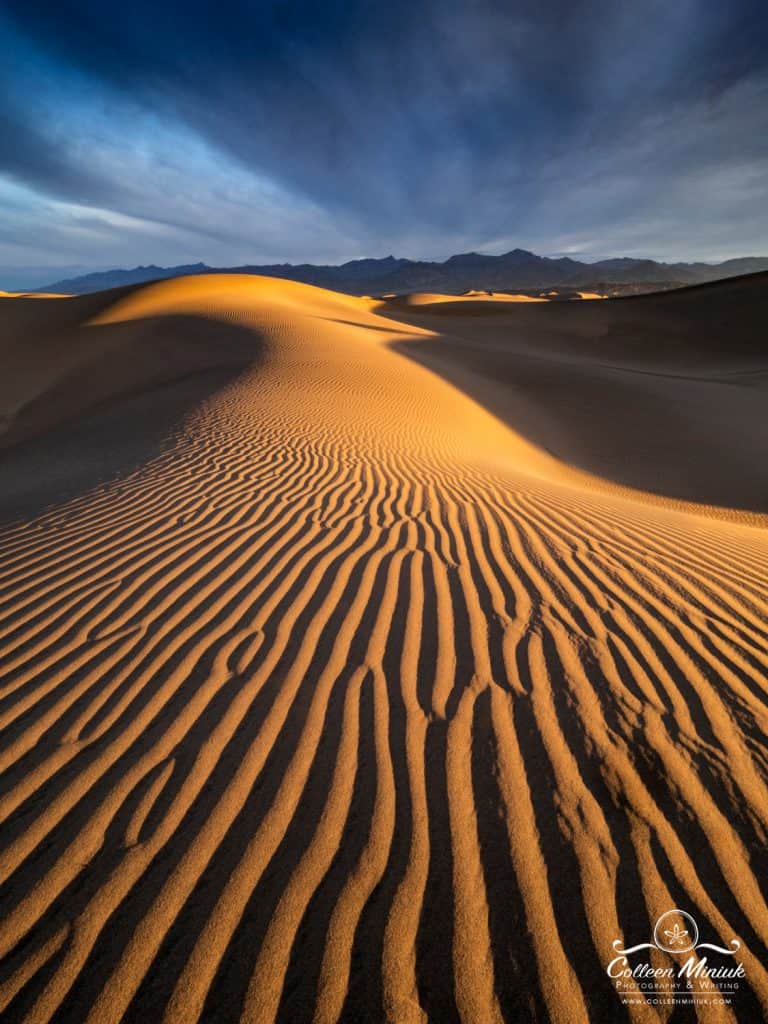
Jessie: I hear it like a lot of liberation in your voice, is that a product of the ways in which you’ve evolved over the last few years?
Colleen: Yeah, I’ve never felt freer in my whole life. We put a lot of obstacles in our own paths. We’re afraid to fail, afraid of what people will say. When I released the notion of pleasing other people, I was free to do anything that I wanted. I had been trapped in the notion of the American dream. I thought I needed to ensure my husband was happy, that everybody was happy. Now, it’s just me. Since I’m on my own, now I get to make it up, and I’m going to make it up as amazingly as possible. I don’t have major things holding me back; I don’t have children or a lot of debt. I recognize I’m in a very fortunate position, but that’s the result of a chain of decisions that I have made and how I want to live my life. Living with intention is really freeing. Some days are better than others, but I’m trying to live deliberately as best I can.
Jessie: You seem to be living a very different life.
Colleen: Very, very different. I look at my time at Intel, my marriage, which was a great marriage up until the end, and at the last four or five years when I was just trying to get through that rapid, frothy water. I have the ability to look back and say, “Those were really great experiences, and they’ve made me who I am now, but I’m not that person anymore, and I don’t want to be that person anymore.” You know? A part of my struggle in the last three or four years was trying to hang on to things that are known and certain. Part of the theme in my book “Going With the Flow” is you can go with the flow, but you’ve got to keep your paddle all in. You have to be able to go where the current is trying to take you in life and be mindful of that. I’ve sat back and said to myself, “wow, I really want to do that, but it doesn’t feel right.” Before, I was basically writing things down and said, “I’ve got to go this direction at all costs,” and when it doesn’t work out, I worked harder, pushed harder. That’s just flowing upstream; it was exhausting and frustrating.
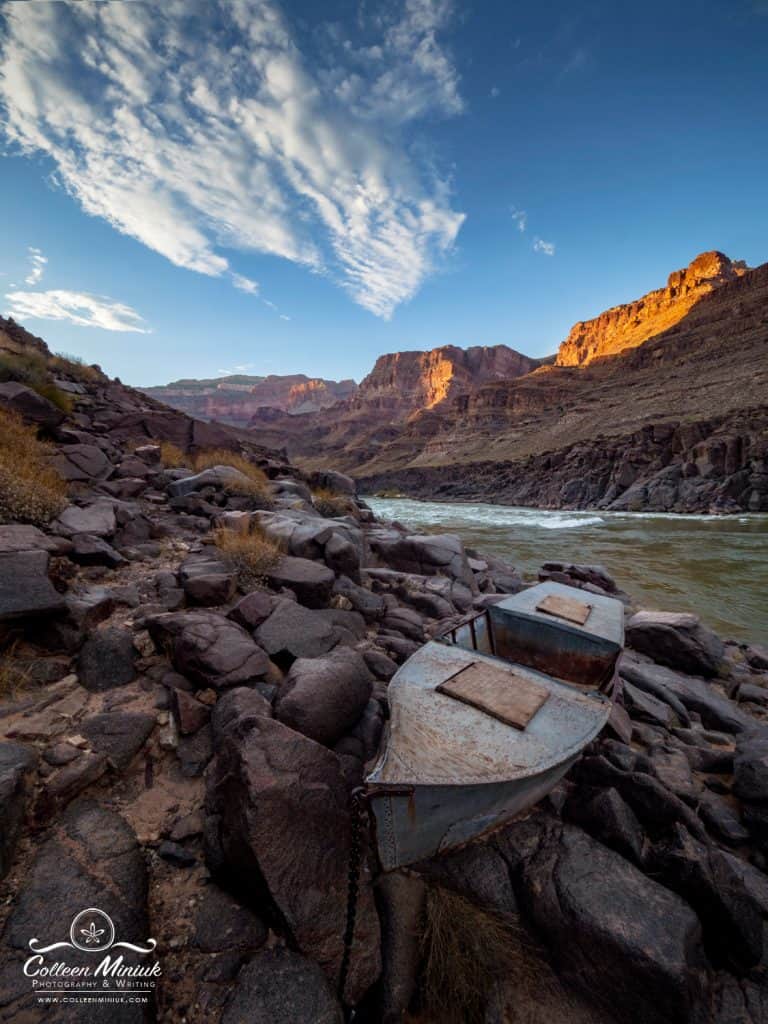
Jessie: I have discovered that the idea of trusting where the flow is taking, you can feel very freeing, and, at times, it can be terrifying. Have you experienced that spectrum as well?
Colleen: Four or five years ago, it was terrifying. Certainly is a complete illusion, right? I controlled everything to pretend that I understood what was going to happen. It provided a sense of security. Now, I see it as anything is possible. I was very fearful during that little time frame in between. During that four or five years, I would think, “Oh, God, I don’t know. I don’t know where life is going. I don’t know who I am. I don’t know what I’m going to be. I don’t know where I’m going to be.” I still don’t have those answers, but as Rainer Maria Rilke wrote in Letters to a Young Poet, “I’m living the questions.” I’m not going to sit around, wait, hesitate, or ask for permission. I’m not going to wait for the answers. I’m just going to live it, and I’ll figure it out as it goes.
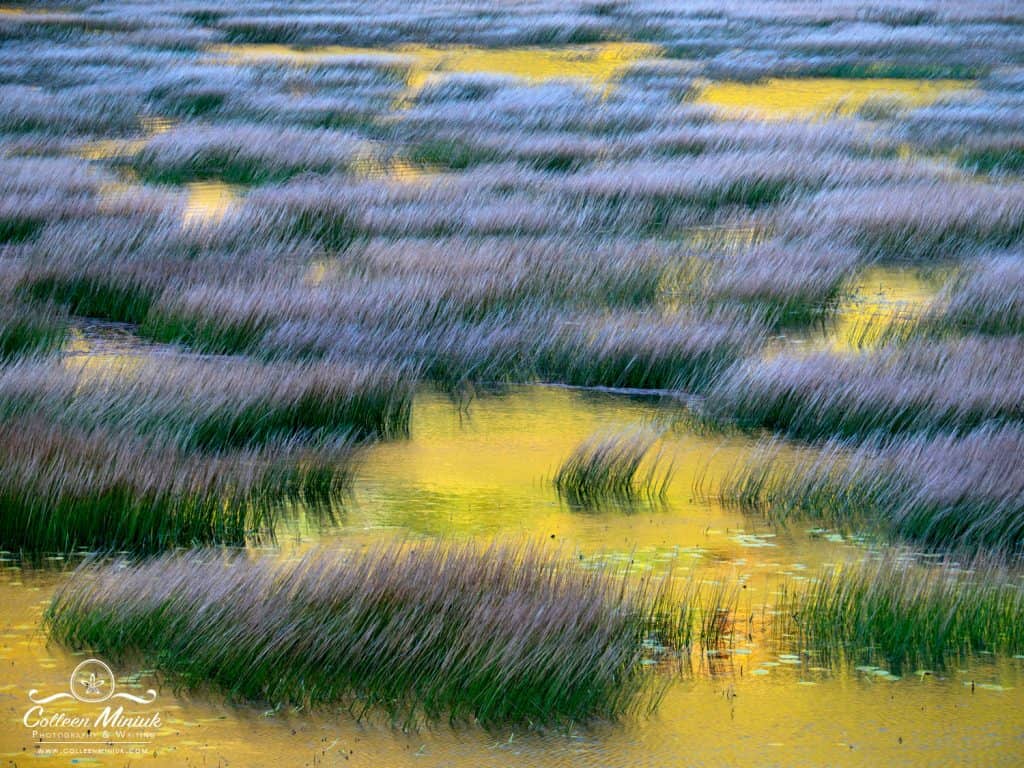
Jessie: I’m going to wade us into slightly esoteric waters. I play with the belief that we’re consistently given opportunities to become our higher selves. When we frame our experiences in our lives in that way, our entire life can become a growth opportunity and an opportunity to connect with people more authentically. I’m curious if that resonates with you?
Colleen: I agree with that. I think the one word that I would struggle with is the “higher” in the higher self. It comes with the recovering perfectionist in me. I had to go through a lot of work, trying to understand why I wasn’t “higher” or good enough as I existed. The notion of always getting better, always more and more, and more. When I hear those types of words now, I get a little twitchy.
Jessie: I can see that. That’s fair.
Colleen: We need to, at some point, accept who we are. We’re amazing exactly as we are. With that said, what’s life if you’re not always trying to grow? As you know, who I am now doesn’t mean I’m going to go sit on the couch and eat Doritos. Right? There’s always something else out there that I can learn and discover. Is that feeding a higher self? Yeah, probably. But I’ve tried to balance that out between saying, “I’m gonna learn more. I’m going to be a better person. I’m gonna impact the world in a bigger way” with “yeah, that’s great, but you’re doing great now.” People, especially recovering perfectionists, need to take that moment and recognize who they are in this exact moment.
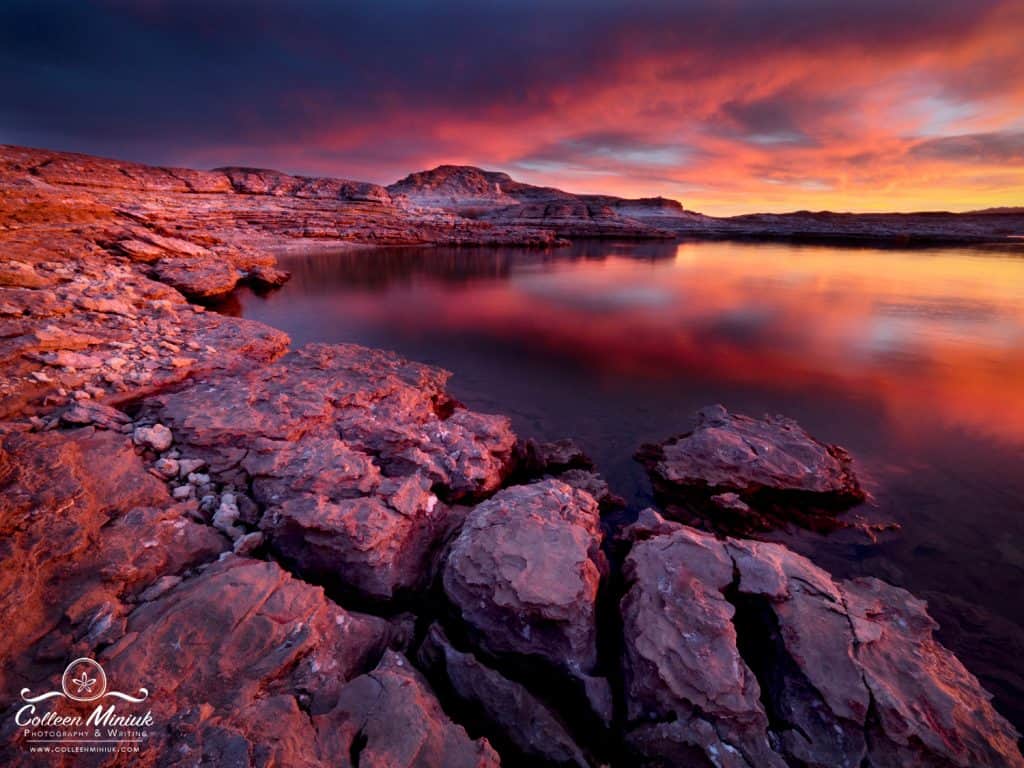
Jessie: Yeah, perfectionism can be a shapeshifter. I can work on it and start feeling like you have a grasp on where it’s living and how insidious it is in my life, and then it’ll pop up again with a vengeance. Are you finding that you’re still in the process of calling out the perfectionistic tendencies?
Colleen: Yeah, that will probably be a lifelong challenge. It has driven every decision and fed my self-worth. It’s literally been in my veins for the first 40 years of my life. That said, once you recognize it, you can play with it. I can move it around and determine when it’s not helping me. Or I can decide when to give it my all and my best foot forward. It’s important to me that it’s a deliberate decision as opposed to just living with it all the time. It’s being deliberate about it. It’s given me a lot of different opportunities, so I don’t want to throw it out entirely. There can be a benefit, but I have to manage it.
Jessie: Absolutely! It’s one of those survival tools that has a lot of really helpful qualities to it, but it can run amok if you don’t monitor it closely.
Colleen: When I look at the perfectionism, it’s trying to decide what I truly care about and how to direct my effort. There are a lot of things that I care about very deeply. I care that my workshops go really well because I want people to have rich experiences; that’s important to me. Just yesterday, it took me an hour to put one sentence together for my manuscript, but that’s important to me because I want people to hear a specific thing. I’ve just gotten a lot better at directing it as opposed to perfectionism driving my life. And I think it goes back to that metaphor that I’m trying to work with my book. It’s going with the flow, but putting your paddle in and really directing what it is you want to materialize in your life.
Jessie: I hope your paddle takes you to beautiful and inspiring places, Colleen. Thank you for your time and for sharing your heart with me today.
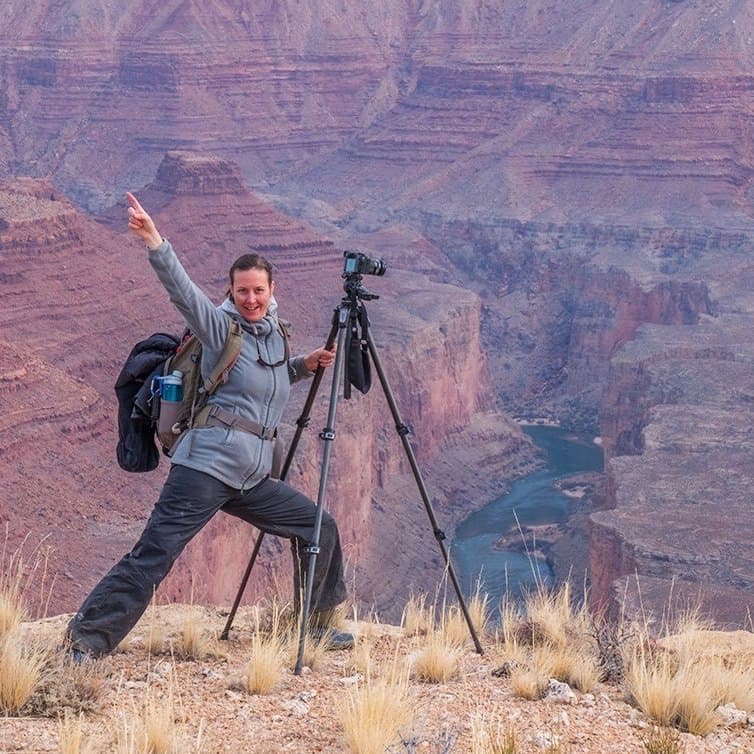
To see and read more of Colleen’s work, please visit her website or follow her on Facebook and Instagram.
Visit Topic or reply to this email to respond.
To unsubscribe from these emails, click here.
|
|
Ed McGuirk
February 18 |
Originally published at: https://naturephotographers.network/seasons-on-the-edge/
The four seasons can be a rich source of inspiration for nature photographers. Each one is commonly associated with familiar subjects that define the essence of the season. This makes it easy for photographers to tell stories that emphasize instantly recognizable themes related to the season. It’s no surprise that the seasons are best known for these signature type subjects.
Most nature photographers have a favorite season for photography. The bold colors of autumn foliage and spring wildflowers are a particular attraction to many of us. I desired to portray the beauty of autumn foliage in my native New England that led me to take up nature photography in the first place. To some degree, these classic subjects and themes of the seasons are similar to iconic photography locations, they are popular for a good reason, even though they are frequently photographed.
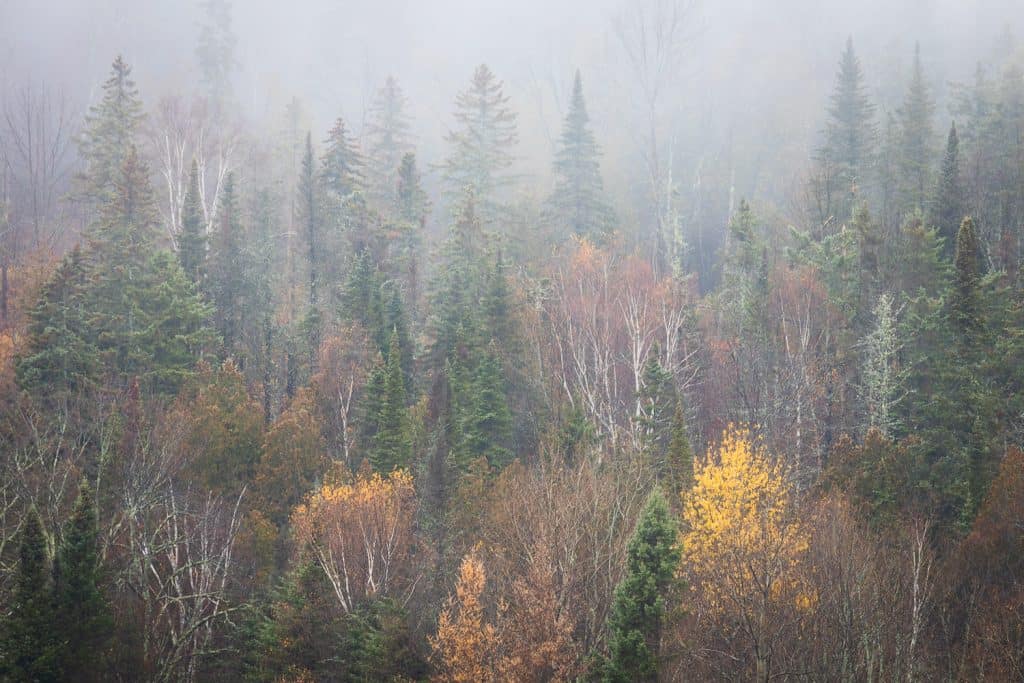
However, it can also be very rewarding to look beyond the obvious and seek out more unusual interpretations of the seasons. When I am asked which are my favorite seasons for nature photography, my answer may surprise you, because my three favorite seasons are :
Taking this unusual perspective on the seasons allows the photographer to portray them in ways that people are generally not accustomed to seeing. It inspires us to look beyond the cliches and tell more interesting nature stories with our images. It encourages photographers to explore powerful themes that are not typically associated with more traditional images of the seasons. This approach challenges photographers to think about familiar subjects in new ways, and can lead to making more creative and personally expressive images. For example, the freeze/thaw cycles of early winter often produce beautiful abstract designs in the ice of streams and ponds before they become covered in snow. Each of these ice patterns is unique, and they allow the photographer to tell a more subtle and nuanced story about the early winter season.
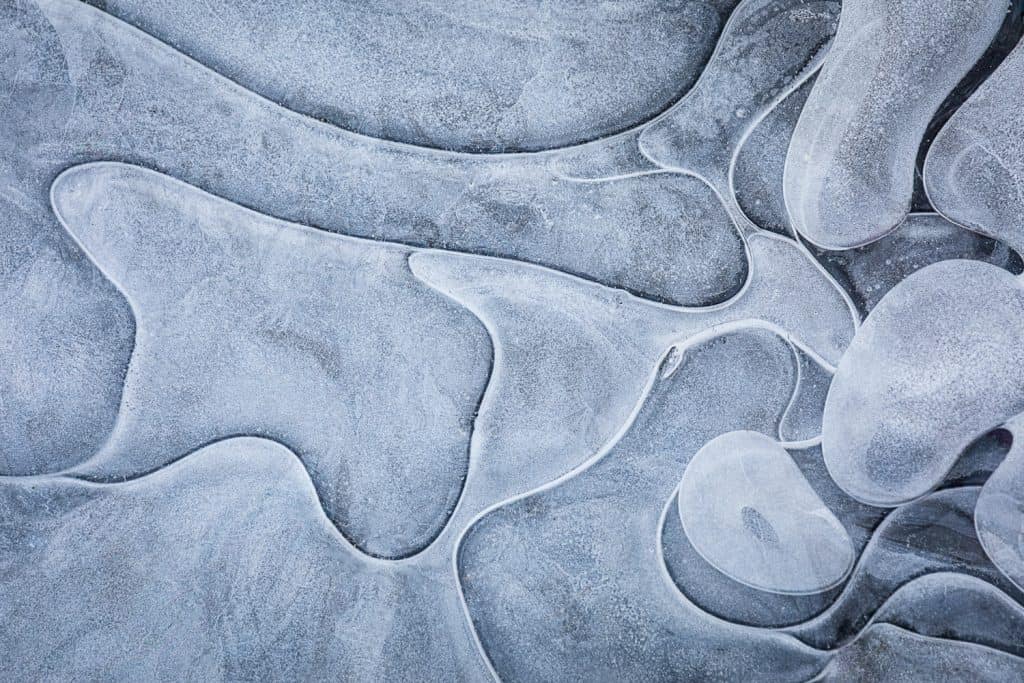
When first starting in nature photography, I often took the classic approach to shoot the seasons but it was easy to fall into the trap of relying on cliches. For example, the abundant color of peak autumn foliage is very tempting and can lure you into making the easy and obvious images. Ironically, the beauty of peak fall foliage can make it harder to create unique images. Eventually, I found myself wanting to move beyond the obvious interpretations and instead find more creative ways to photograph the seasons. Shooting the early and late stages of a season proved to be a very effective way to accomplish that goal. Without the distraction of peak fall color, my early/late season autumn images have a “Less is More” advantage to them. Relying less on cliches such as bold color for impact, they become more about using strong compositions and visual design elements to create interest. The viewer is encouraged to appreciate the beauty of the subtle colors and textures that would otherwise be overlooked during peak season.
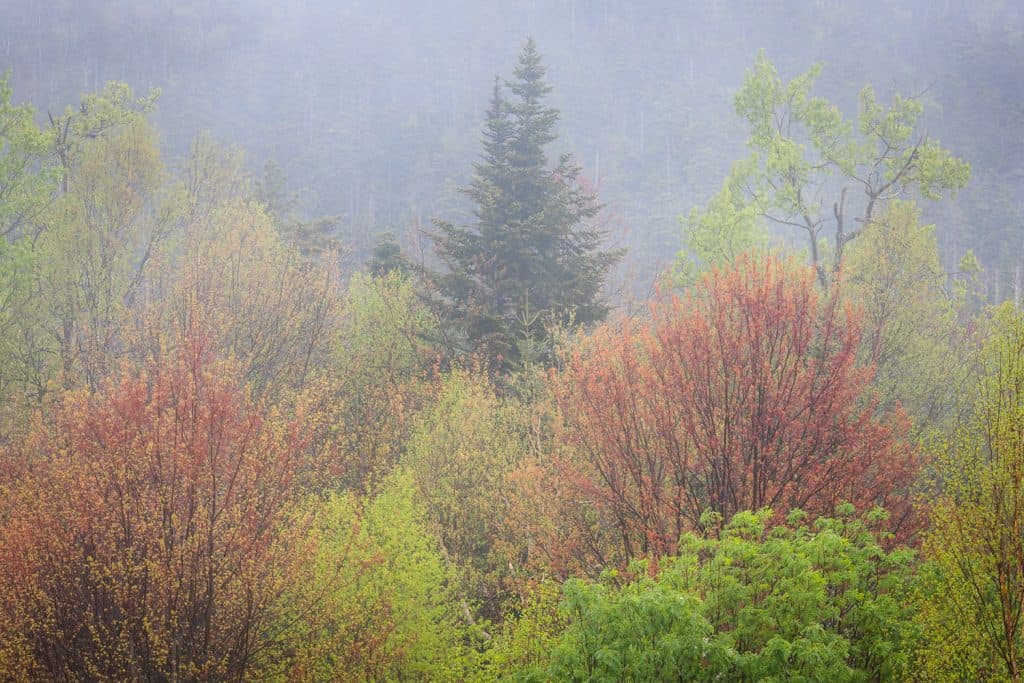
When I broadened my perspective on the seasons, it also added more variety to my collection of images. When I first created an online portfolio website, I decided to put my New England landscapes into galleries organized by season. In reviewing my spring images, I discovered they consisted mostly of wildflower and waterfall shots. I had some strong images, but as a portfolio, it lacked depth. So I decided to add more variety by focusing on an under-appreciated subject, the early spring foliage season. Early spring is a time of emergence and growth. And the colorful buds, flowers, and leaves on the trees tell a story about the transformation that takes place as the season comes to life. Concentrating on the delicate colors of early spring foliage allowed me to tell more subtle nature stories that added more depth and substance to my portfolio.
One advantage of early and late season photography is that it expands the amount of time available to shoot in a season. In New England, peak autumn color lasts for about ten days in mid-October. But the transition from summer to fall starts in late September. Early in the season, there is an interesting mosaic of colors present in the landscape. At first, isolated trees create a splash of red or orange against an otherwise green landscape. As the season progresses, I prefer to seek out foliage that has a mixture of green among the warm fall colors. The resulting color contrast often creates more visual interest than just having a solid block of peak fall color. Early season is an exciting time of anticipation of the changes that are about to unfold, and our images allow the viewer to share in that feeling.
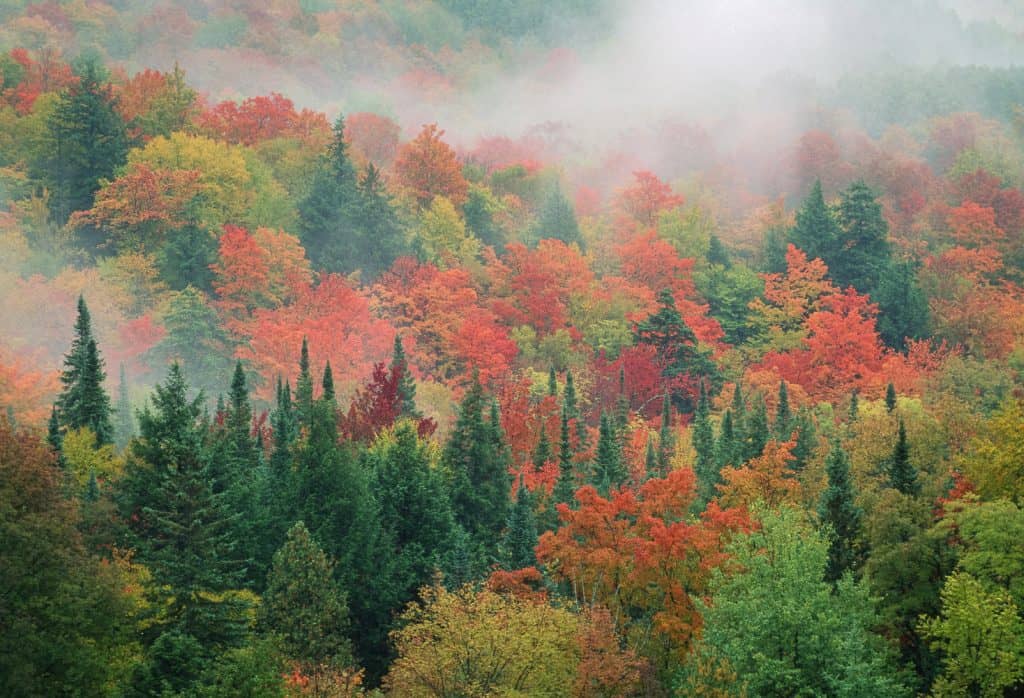
After peak autumn color, the trees start to lose their leaves, but that is no reason to put your camera away. As trees lose their leaves, their limbs and branches become more visible. The shape and texture of the branches now play a more important role in the image. Late autumn is the perfect time to reveal the interesting character of individual trees. Fallen leaves on the ground can also tell just as compelling a nature story as peak color itself. Even the decay of fallen leaves tells a story of the passing seasons that makes us pause and reflect on our mortality.

New England is famous for the autumn colors of its maple trees, the predominant species. But I also enjoy photographing the late-season color of some lesser-known subjects. Tamarack trees turn color as much two weeks after the maples have lost their leaves. The haunting beauty of a lone yellow tamarack isolated against a hillside of bare trees can create more visual impact than shooting the same location during peak fall color. The isolated patches of color in an otherwise gray landscape tell a story about nature holding out against the passage of time. If my autumn portfolio only contained images of peak color, not only would it end up being a rather boring collection, but I would also miss out on the opportunity to tell stories that can connect with a viewer on a deeper emotional level.
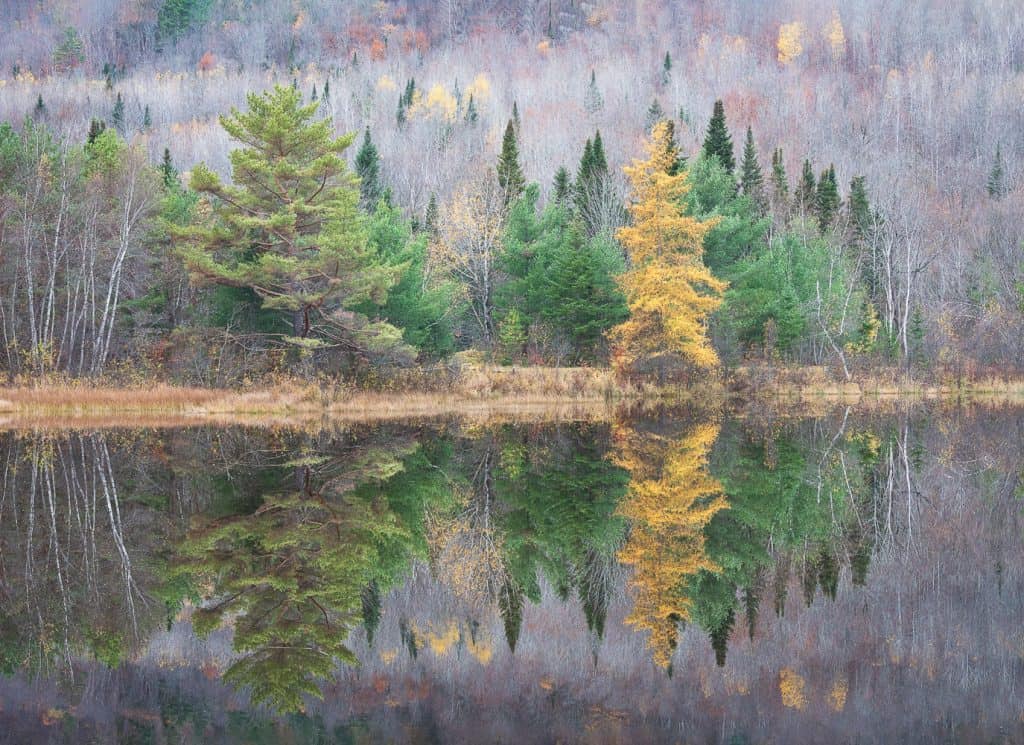
One of the most significant benefits of taking this approach to the seasons is that it encourages the photographer to explore powerful themes such as :
In my nature photography, I continually find myself being drawn to the edge of things. That might be the edge between a meadow and the forest or the edge between land and sea. Edges can be interesting places to explore in our images because they create contrast and visual interest. When I began to consider the early and late stages of a season as another set of edges to explore, it unlocked many new opportunities to photograph the seasons. Edges imply that something is undergoing change and transition, which is a natural theme to associate with the seasons. Images that tell stories about transition have a very dynamic feeling and can create a lot of impact. For example, I enjoy creating images of snow and fall foliage during late autumn snowfalls. The dramatic collision of the fall and winter seasons tells a powerful story about change and the end of a season. Our images reveal the inherent transience of nature, rather than just being about pretty colors and patterns.
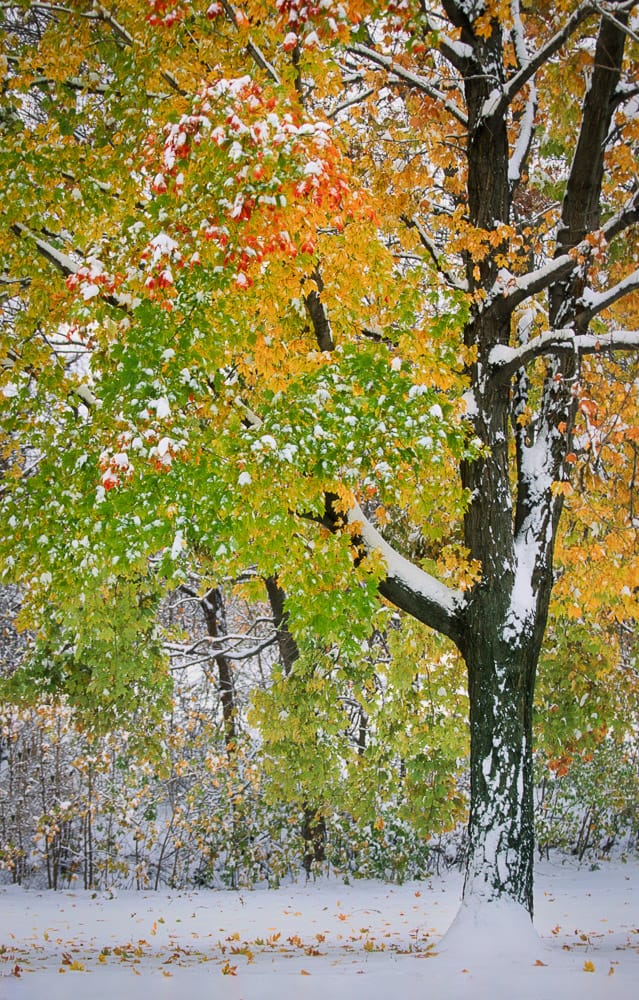
Telling nature stories about beginnings and endings is an excellent way to engage the viewer on an emotional level. People experience emotional changes throughout the year that are tied to the changing of the seasons. Early spring is a dramatic time of growth and rebirth, that evokes emotions of hope and optimism. Images of new buds and fresh green leaves on trees can be powerful symbols of these emotions. Late autumn can create feelings of reflection and the passage of time. To capture these melancholy feelings in an image, perhaps look for the last remnants of leaves clinging to mostly bare trees. These types of images tell interesting stories about the changing seasons, which can create powerful emotional connections with the viewer.
Photography in the off-season has its advantages. Lodging and other services will be more available and less expensive. For heavily visited locations such as national parks, an off-season visit may provide a less crowded experience. The ability to enjoy some solitude while photographing nature is an important part of the creative experience for me. It makes me feel more relaxed and connected with nature, which helps me to produce better images. However, if you are one of those photographers inclined to shoot at iconic locations, then during an off-season visit, you might even find a little more elbow room among the tripod holes.
To me, winter is the ultimate off-season. It’s a time of year when many photographers put their cameras away into hibernation. But in fact, winter offers many exciting opportunities for creating dramatic images. With the sun lower in the sky during winter, the light during the golden hour has a richer quality, and it lasts longer. Late sunrises and early sunsets are another nice benefit as well. Winter has its own stark beauty, and fresh coatings of snow and ice create a feeling of purity and cleanliness in the landscape. But for me, the primary advantage of shooting in the off-season is that it allows me to portray familiar subjects and locations outside their normal context.
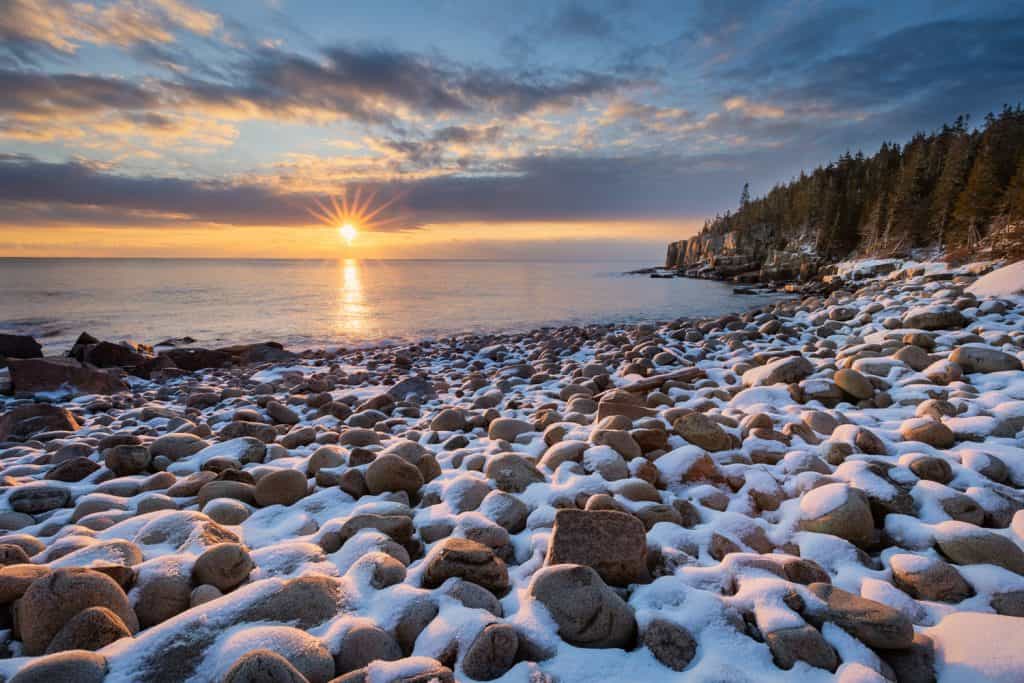
For example, I enjoy photographing the New England seacoast in winter because it allows me to depict familiar locations in refreshing new ways. Boulder Beach at Acadia National Park is an iconic location, with dramatic coastal rocks and cliffs. If you were to photograph sunrise here in summer or autumn, you might have a hard time finding room to shoot among all the other photographers. And your images from this iconic location will probably look pretty similar to what everyone else is shooting too. But if you visit Boulder Beach during winter, you will probably have the place all to yourself. And you may be lucky enough to capture fresh snow on the boulders, which provides a completely different take on a frequently photographed location.
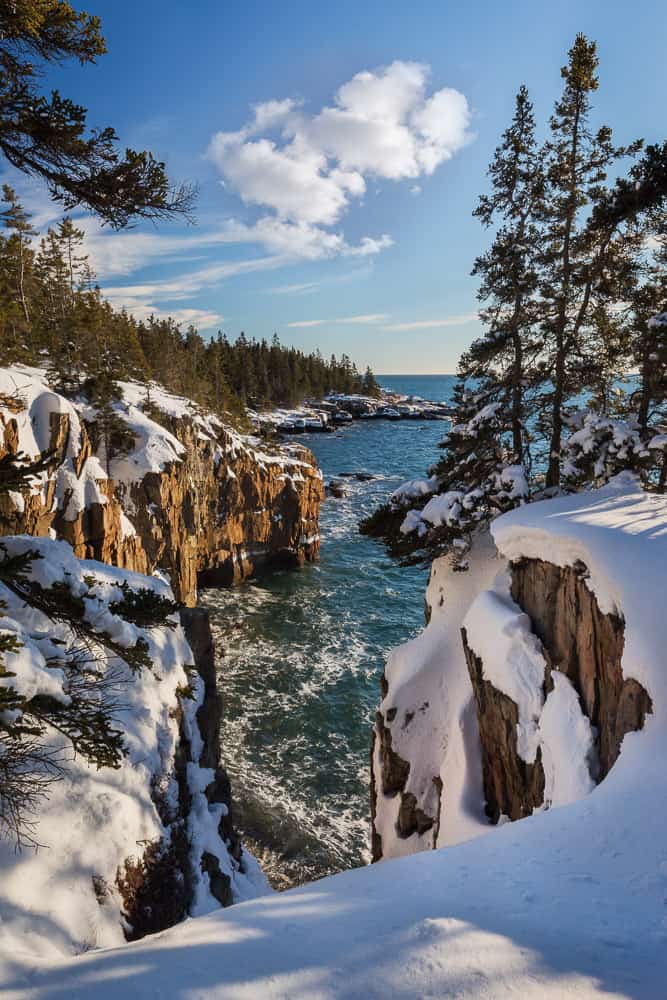
I am fortunate to live somewhere it is possible to incorporate the winter season into my seascapes. It allows me to take advantage of unique winter weather conditions, such as ice that forms on rocks along the coast, or the sea smoke (ocean fog) that appears when air temperatures fall below zero. Even though it often means shooting in harsh conditions, I much prefer to photograph the seacoast during winter. Incorporating elements such as snow and ice into my images allows me to move a step beyond just relying on colorful sunrises to carry a seascape image. And more importantly, viewers will see a familiar subject, but think about it in new ways, increasing their engagement level with the image.
While not everyone may be able to photograph the seacoast in winter, the concept of shooting in the off-season applies to other locations as well. For photographers, the American southwest is renowned for dramatic summer storms during monsoon season. However, some of my favorite images from the southwest have been made during winter in the high desert of the Colorado Plateau. The contrast of white snow on red rock formations can create striking images. I have enjoyed several productive springtime photography trips to Arches and Canyonlands national parks near Moab, Utah. However, my most memorable and unique images from this area were made on a January trip during a period of snowy weather. Fresh white snow on the red sandstone buttes helped elevate my desert images to another level. The purity of the snow helps to simplify the complexity of the landscape and places even greater emphasis on the warm colors of the red rock formations.
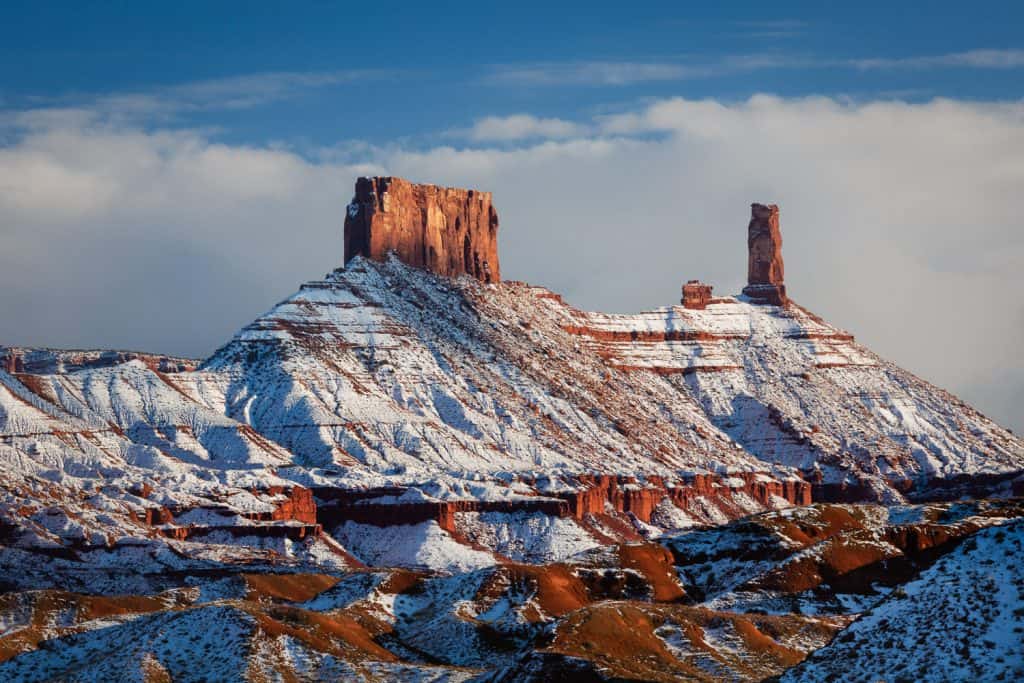
If you enjoy photographing the seasons but feel trapped by the cliches, I encourage you instead to explore the edges of the seasons, and the off-season. Taking this perspective on the seasons challenges you to see nature in new ways, and can take you in exciting new creative directions. It can be a rewarding way to re-discover the joy of photographing the four seasons while adding more depth and substance to your portfolio.
Visit Topic or reply to this email to respond.
To unsubscribe from these emails, click here.
|
|
|
|
|
|
|
|
||||||||||||||||||||||||||||||||||||||||||||||||||||
| This summary is sent from Nature Photographers Network when we haven't seen you in a while. Change your email settings, or click here to unsubscribe. |
|
|
|
|
|
| ? |
|
? |
| ? |
|
? | ||||||||||||||||||||||||||||||||||||||||||||||||||
| This summary is sent from Nature Photographers Network when we haven't seen you in a while. Change your email settings, or click here to unsubscribe. |
? ? Hi everyone, ? If you signed up for the webinar today we are having some problems with the Join Now button, please try using this link instead https://us02web.zoom.us/j/466056557? ? Cheers, David ?Unsubscribe | Update your profile | 186 Rainbow Dr #8692, Livingston, TX 77399 |
|
|
Nature Photographers Network
NPN_Editor
25 July |
We're very excited to have @williamneill joining us for our next AMA! This is your chance to ask any burning questions you have for a professional nature photographer with 40 years of experience.
To add this event to your calendar look for the add to calendar button at the top of this topic, If you are viewing this message via email please click the 'Visit Topic' button at the bottom of the email to view this in a browser. You will also receive an email when the event goes live.
If you are not interested in AMA's and don't want to receive emails about them in the future please go to your Notification Preferences and remove 'Ask Me Anything (AMA)' from the 'Watching First Post' section.
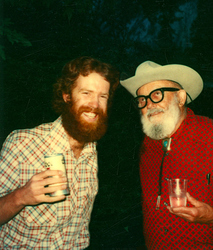
William Neill, a resident of the Yosemite National Park area since 1977, is a landscape photographer concerned with conveying the deep, spiritual beauty he sees and feels in Nature. Neill's award-winning photography has been widely published in books, magazines, calendars, posters, and his limited-edition prints have been collected and exhibited in museums and galleries nationally, including the Museum of Fine Art Boston, Santa Barbara Museum of Art, The Vernon Collection, and The Polaroid Collection. Neill received a BA degree in Environmental Conservation at the University of Colorado. In 1995, Neill received the Sierra Club's Ansel Adams Award for conservation photography.
Neill's assignment and published credits include National Geographic , Smithsonian, Natural History, National Wildlife, Conde Nast Traveler, Gentlemen's Quarterly, Travel and Leisure, Wilderness, Sunset, Sierra and Outside magazines. Also, he writes a regular column, On Landscape , for Outdoor Photographer magazine. Feature articles about his work have appeared in Life, Camera and Darkroom, Outdoor Photographer and Communication Arts , from whom he has also received five Awards of Excellence. His corporate clients have included Sony Japan, Bayer Corporation, Canon USA, Nike, Nikon, The Nature Company, Hewlett Packard, 3M, Freidrick Grohe, Neutrogena, Nikon, Sony Music/Classical, University of Cincinnati, UBS Global Asset Management.
His work was chosen to illustrate two special edition books published by The Nature Company, Rachel Carson's The Sense of Wonder and John Fowles's The Tree . His photographs were also published in a three book series on the art and science of natural process in collaboration with the Exploratorium Museum of San Francisco: By Nature's Design (Exploratorium / Chronicle Books, 1993), The Color of Nature (Exploratorium / Chronicle Books, 1996) and Traces of Time (Chronicle Books / Exploratorium, Fall 2000). A portfolio of his Yosemite photographs has been published entitled Yosemite: The Promise of Wildness (Yosemite Association, 1994) for which he received The Director's Award from the National Park Service. A monograph of his landscape photography entitled Landscapes Of The Spirit (Bulfinch Press/Little, Brown, 1997) relates his beliefs in the healing power of nature. Neill's most recent book, William Neill-Photographer, A Retrospective (Triplekite Publishing, 2017) is a collection of his photographs taken over the past forty years.
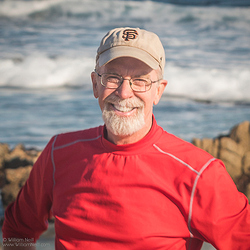
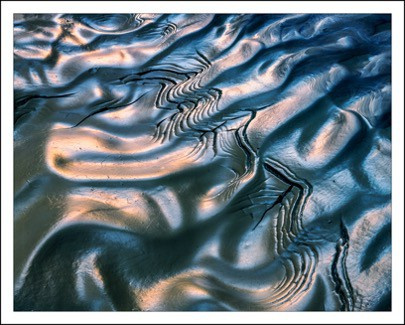
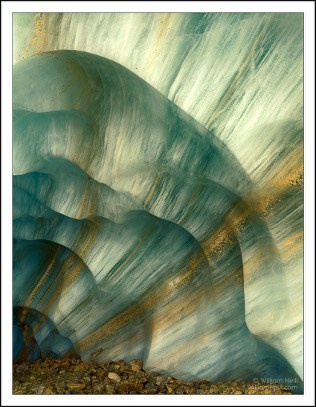

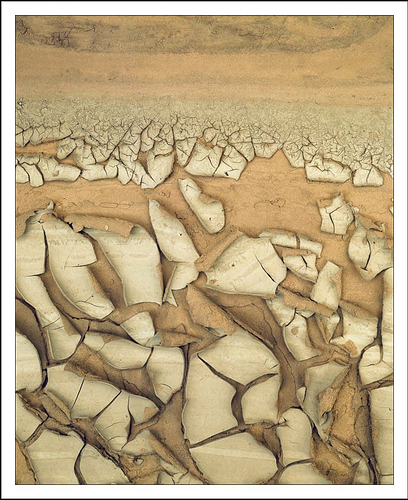
Visit Topic or reply to this email to respond.
To unsubscribe from these emails, click here.
|
|
Kathleen Clemons
2 April |
Hi NPN! I'm Kathleen Clemons and I am happy to be answering your questions today! I am primarily known as a flower photographer, though I see my images as flower portraits. You can see my photos on my website, www.kathleenclemons.com, or on my two Instagram pages, https://www.instagram.com/kathleenclemons/ for my iPhone work, and https://www.instagram.com/kathleenclemonsphotography/ for my DSLR photos.
I have lived on the coast of Maine my entire life. My degree is in education, and much of my time is spent teaching location workshops and online classes. I have also filmed classes for Creative Live, Craftsy and Lensbaby. Being able to combine my passions for both nature photography and teaching brings much joy to my life.
I am excited to be answering your questions for the next 24 hours. So, what do you want to know?
Please only ask one question by replying to this topic a single time, using the yellow Reply button at the bottom. ![]() It's also helpful to scroll to the bottom while
It's also helpful to scroll to the bottom while ![]() reading the topic to make sure nobody else has asked the same question first, before you ask.
reading the topic to make sure nobody else has asked the same question first, before you ask. ![]()
Please don't ask more than one question, so everyone gets a chance ![]()
Please do not reply to anyone else's post. The only purpose of replies here in this topic is to ask the author one question. If you'd like to discuss a related topic in more detail, create a new topic.
Posts not following these guidelines may be removed by moderators to keep the Q&A flowing smoothly. Thank you!
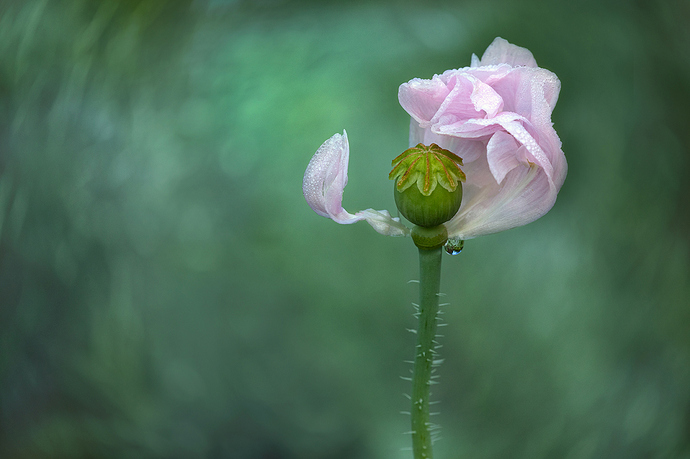
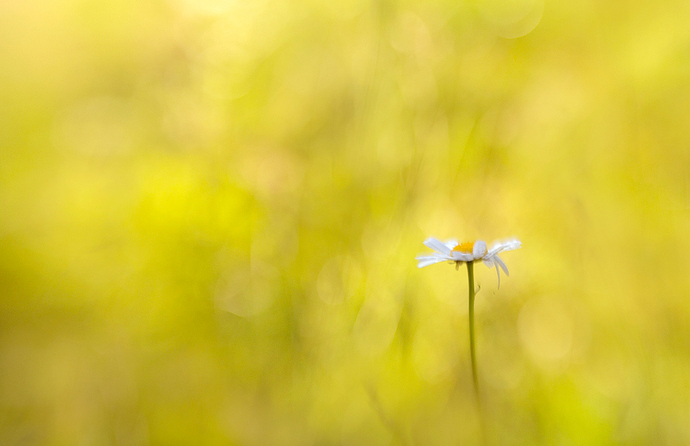
Visit Topic or reply to this email to respond.
To unsubscribe from these emails, click here.
|
|
|
|
|
| ? |
|
? | ||||||||||||||||||||||||||||||||||||||||||||||||||
| This summary is sent from Nature Photographers Network when we haven''t seen you in a while. Change your email settings, or click here to unsubscribe. |
|
|
Alister Benn
29 April |
Originally published at: https://www.naturephotographers.network/luminosity-contrast/
In 2017 Alister Benn had an epiphany, not surprisingly it was in a desert, the Gobi Desert. With nothing but sand for thousands of square miles and being days from the nearest road, there was a realization that there were no classic compositions in view. Everything before him was sand; textures, layers, transitions. It was in that moment that he realized that everything before him was just luminosity and contrast, but instead of a restriction, it brought about a freedom that has sustained him ever since.
In this webinar, Alister will introduce the concepts using black and white images, many of which were taken in the Gobi Desert.
Alister Benn was born and raised in Scotland and coming from an outdoor family grew up with a profound interest and respect for the natural world and the environments around him. Since 2011, Alister has developed a series of learning courses in landscape photography and his work has been awarded in some of the most prestigious photography competitions. He also writes regular articles in Landscape Photography Magazine and on landscape Magazine and has a solid reputation as both a technician photographer and a deep thinker.?See Alister's Work at: ?https://expressive.photography
Only NPN members can register for the webinar presentation. If you are not a member you can sign up for a free 30 day trial below. No credit card required and no obligations!
Sign Up for a 30 Day Trial
When: May 2, 2020 12:00 PM Eastern Standard Time (5:00 PM UTC)
Where: Online Webinar -?Click here to register
Visit Topic or reply to this email to respond.
To unsubscribe from these emails, click here.
|
|
Nature Photographers Network
NPN_Editor
21 April |
Our next AMA is with the exceptionally talented Jenaya Launstein! She is one of our youngest members who Jim and Donna sponsored many years ago. I thought it was appropriate to bring her back so you can all ask questions about her journey becoming a professional wildlife photographer. You can learn more about Jenaya here http://www.launsteinimagery.com/about/jenaya/
This will be a live event that will only last for 24 hours. When the event starts you can find it at the link below and everyone is welcome to participate. You won't find anything here until the event is live.
Your Local Time - 2020-04-28T14:00:00Z UTC
To add this event to your calendar look for the add to calendar button at the top of this topic, If you are viewing this message via email please click the 'Visit Topic' button at the bottom of the email to view this in a browser. You will also receive an email when the event goes live.
If you are not interested in AMA's and don't want to receive emails about them in the future please go to your Notification Preferences and remove 'Ask Me Anything (AMA)' from the 'Watching First Post' section.
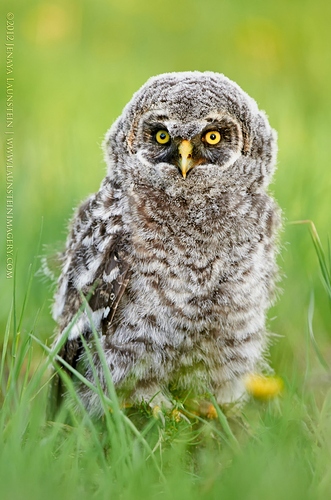
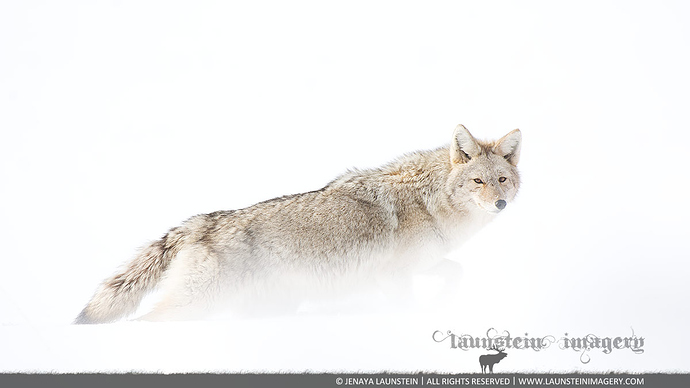
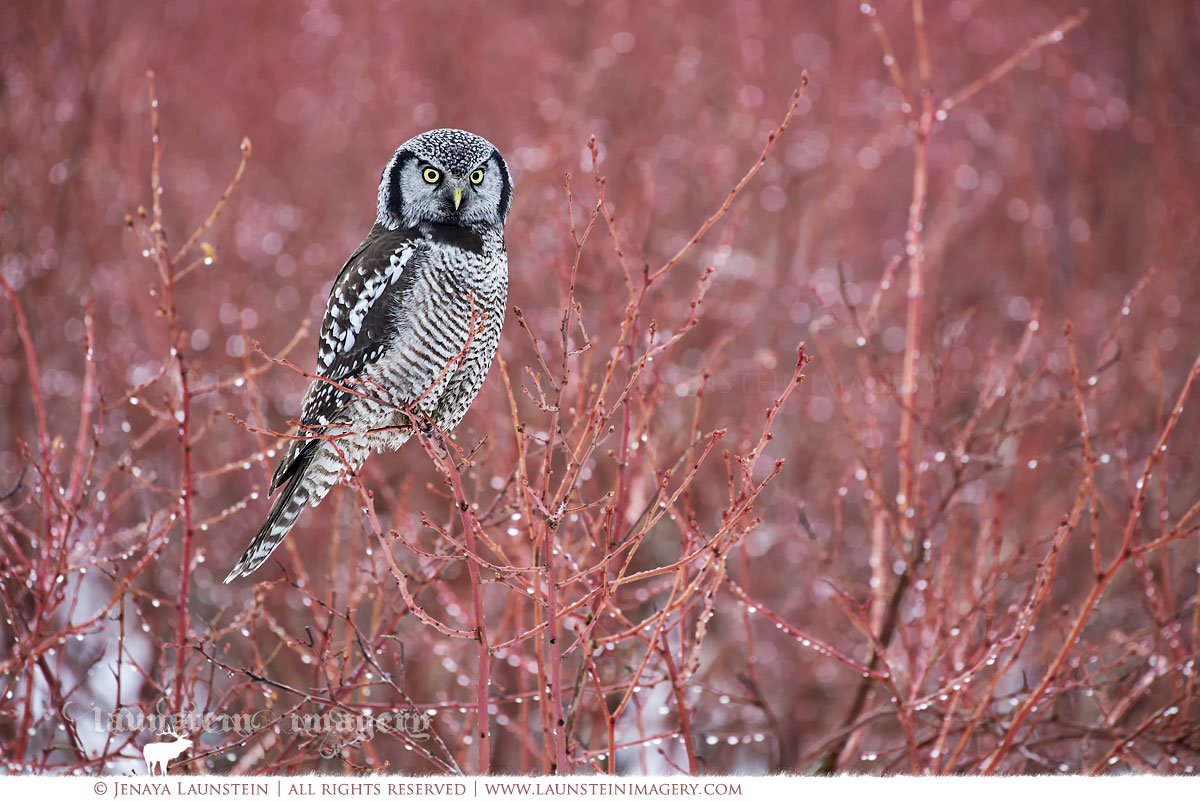

Visit Topic or reply to this email to respond.
To unsubscribe from these emails, click here.
|
|
Keith Bauer
Avian Moderator
8 April |
Originally published at: https://www.naturephotographers.network/including-the-environment/
When I first took an interest in photographing wildlife, and specifically birds, the mental model of the shot I wanted to capture was modeled after the images I'd see in bird ID books. That meant great detail in the plumage, nice view of the important identification parts of the specific species, and of course, frame-filling. It just didn't seem right if the image didn't fill the frame in the viewfinder at the time of capture, or in post-production, cropping the image down so that the wildlife subject was prominent in the frame, if not the only thing in the frame. While that style of image can still hold some interest and appeal, especially if I'm fortunate enough to be close enough to a wildlife subject to fill the viewfinder, I've grown more fond of images that show the wildlife subject in their environment-the context surrounding the subject matters. With most forms of wildlife photography, the opportunity to be close enough to fill the frame, even with long lenses, is not common. In the world of avian photography, I'd assert that it is even less likely since most of our avian subjects are relatively small compared to mammals or other wildlife subjects. I'm fortunate to live close to a location where I can photograph warblers, tanagers, finches, chickadees, kinglets, and many other small birds at relatively close distances. Even shooting with my 600mm with a 1.4x teleconverter, I find the birds are still relatively small in the frame.??
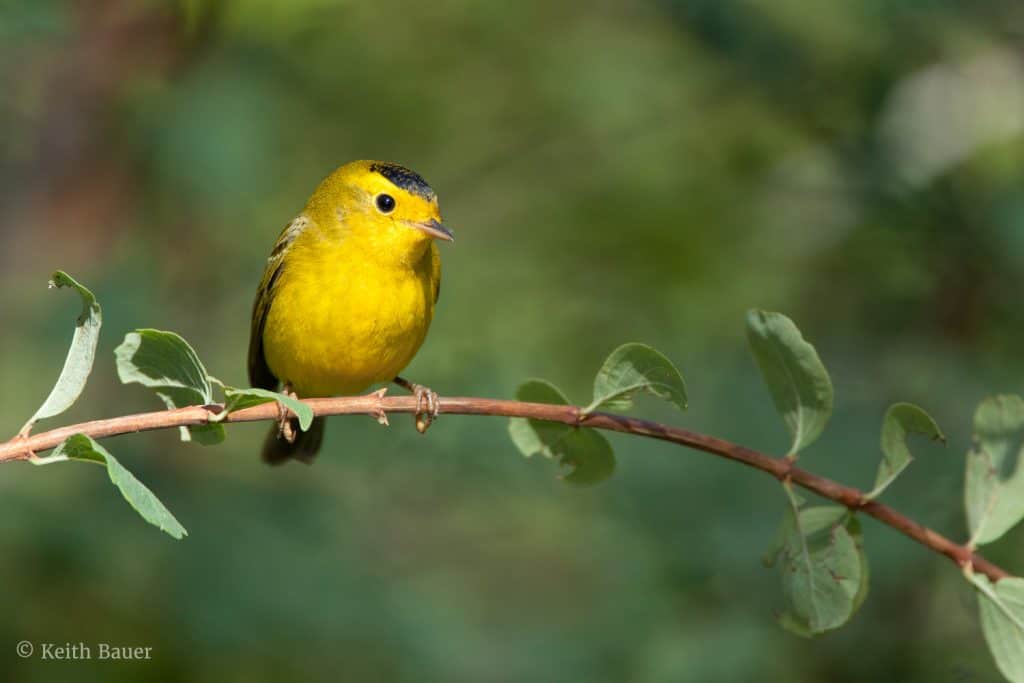
Let me be clear that the intent of this article is not to say that frame-filling images of wildlife subjects are bad. The intent is to encourage photographers to think of their wildlife images in a different context intentionally. A context which helps the viewer understand, and maybe even feel the environment you were in when you released the shutter. That could mean not zooming in as much if you are using a lens that provides that option, or it could mean using a shorter focal length lens to capture the image, or even moving further away. It could also imply that in post-production, not cropping at all, or cropping a lot less than you might otherwise do. One of the most common things I hear today in the world of photography is that with large megapixel cameras, say 40+ megapixels; I can crop so much more than I used to be able to. While a true statement, I wonder if the images wouldn't have had more impact with less cropping. To be sure, this is not the first article I'm guessing you've seen on this topic. I'm aware of many other attempts via the written word and sharing of images to push the concept of photographing wildlife in their environment and sharing the context as a fundamental part of the composition. It just seems that we need to hear it more than once to give it a try. Maybe I'm the only one!, but I doubt it.
Compare this image to the one directly above this one. Is it any better because I cropped it tighter? For me, it isn't any better, and I think for this image, worse.
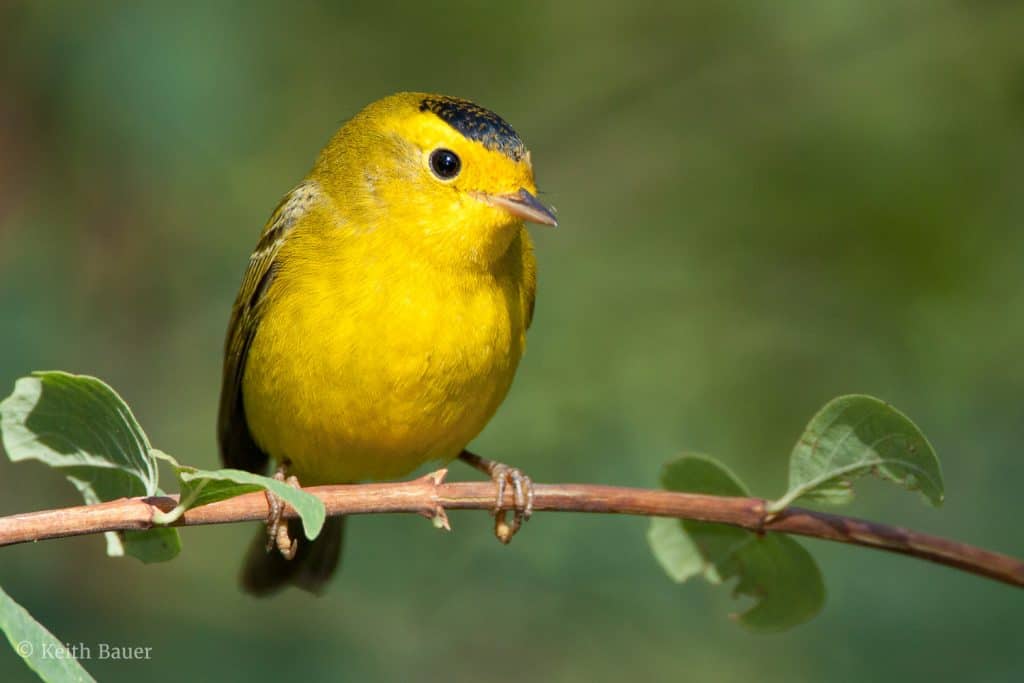
I want to share a couple of examples of images that help to demonstrate what I'm talking about. I have enjoyed the challenge of avian photography for a long time. Here's one of my more typical avian images from years ago. It satisfied my desire to create an ID-like image, as I described earlier.
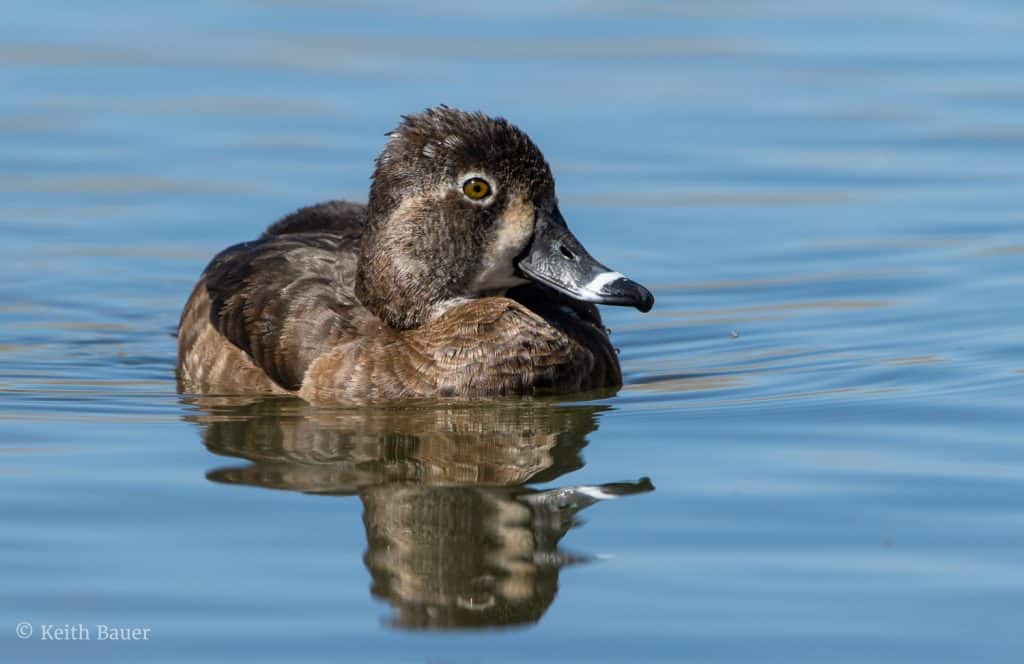
In contrast, here's an image of an eagle from Alaska that I captured on the last day of a trip I took several years ago. The entire trip was dedicated to photographing bald eagles. This particular morning was foggy, misty, and wonderful. I saw this lone eagle on a tree, and it turned out to be one of my favorite images from the trip despite having captured hundreds and hundreds of images where you could count the feathers on the eagles.
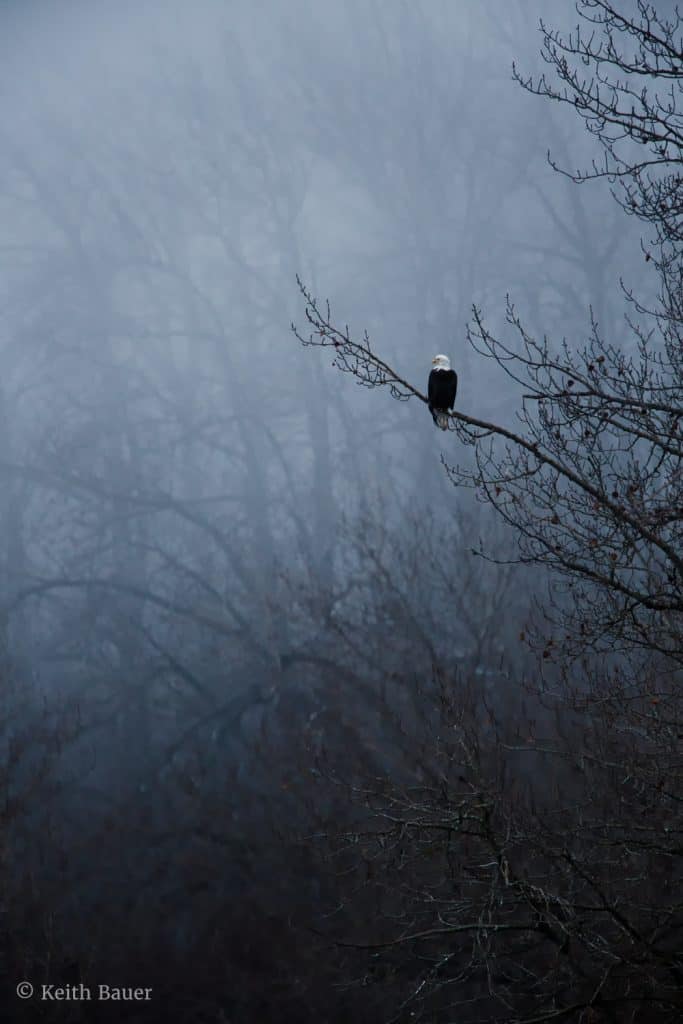
Or, this image which provides a much richer story than any cropped version of it could:
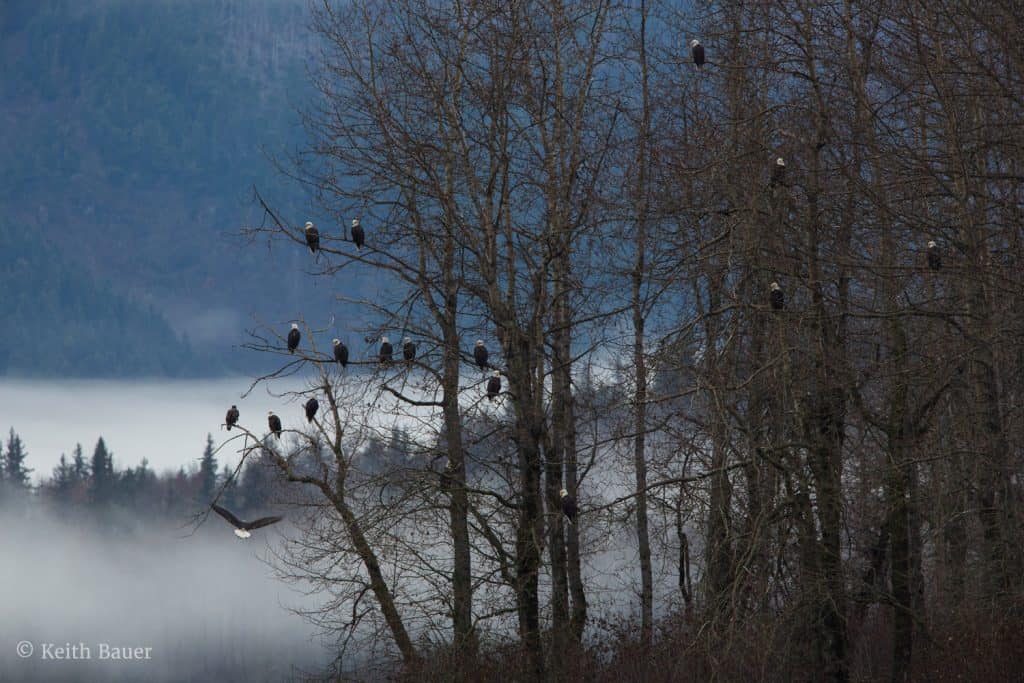
Or.. this image where cropping was not a viable option, but the inclusion of thousands of geese in this magical light was a gift that I was privileged to see and capture.
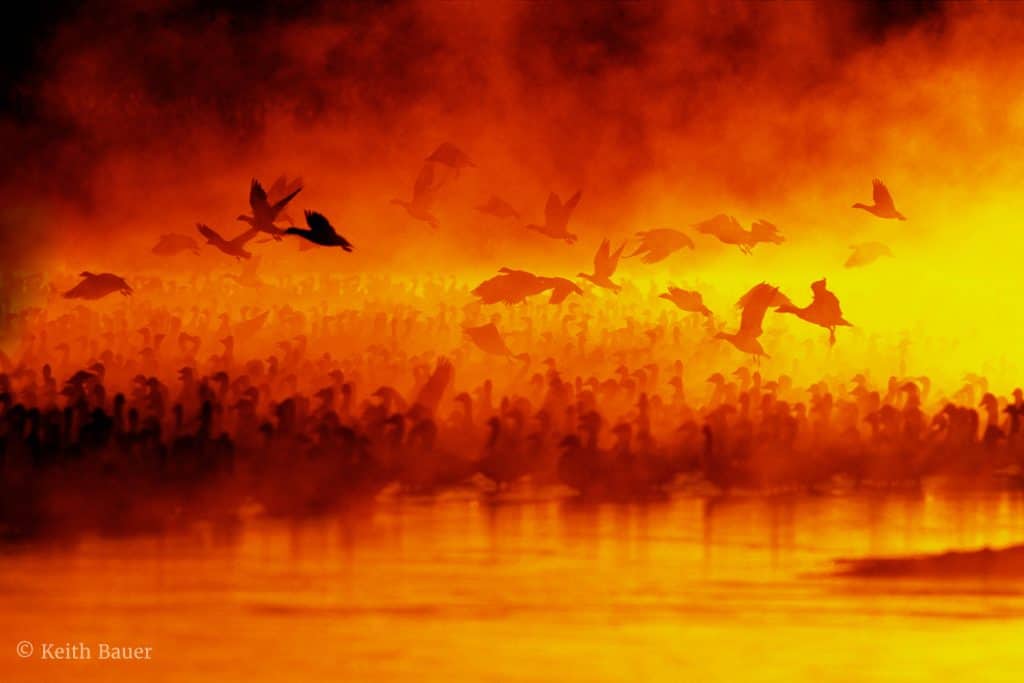
versus . this majestic Bald Eagle that I photographed in Yellowstone. Sure, the image is a very nice view of the Bald Eagle, but it doesn't tell you anything about where this was or the fact that there is a river 10 feet below the bird that it was surveying for its' next meal.??
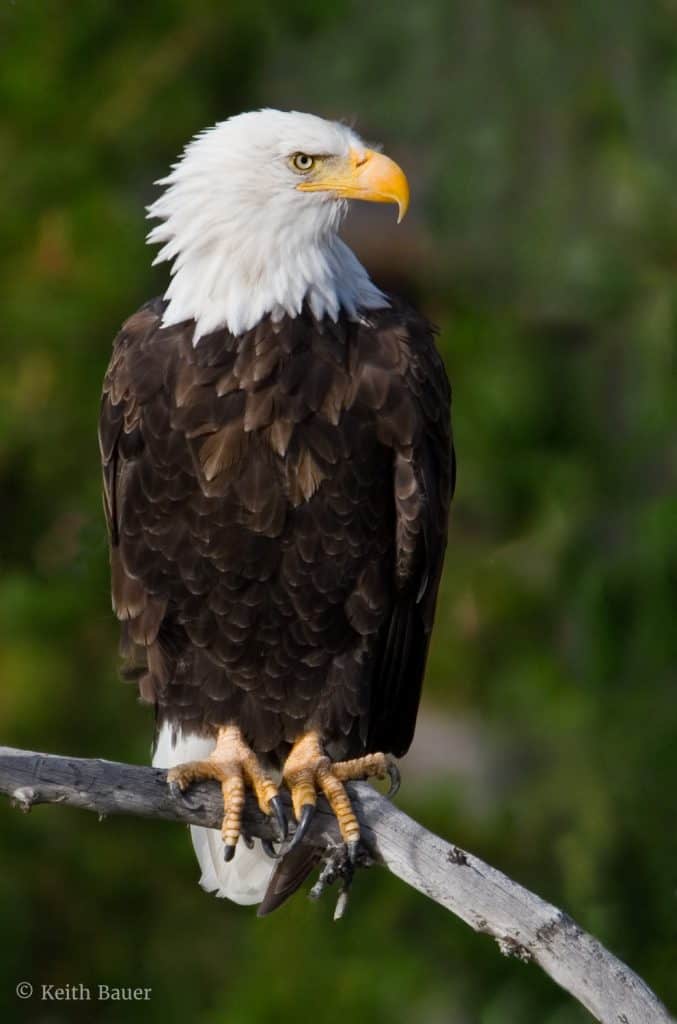
To be clear, I still struggle when I'm out trying to capture wildlife images and tend always to grab the longest lens I have with me as a first option. That is a hard habit to change. I'm not talking about switching from a 600mm lens to a 24mm lens as a general practice. I'm suggesting grabbing your trusty 70-200mm or a 100-400mm and see what compositions become evident when you begin including more of the environment and the context you're trying to portray with your image. Telling a story that includes where you were, telling a story that helps the viewer understand the scene that you were witnessing and trying to capture all of that in a two-dimensional media is not an easy task to pull off successfully.
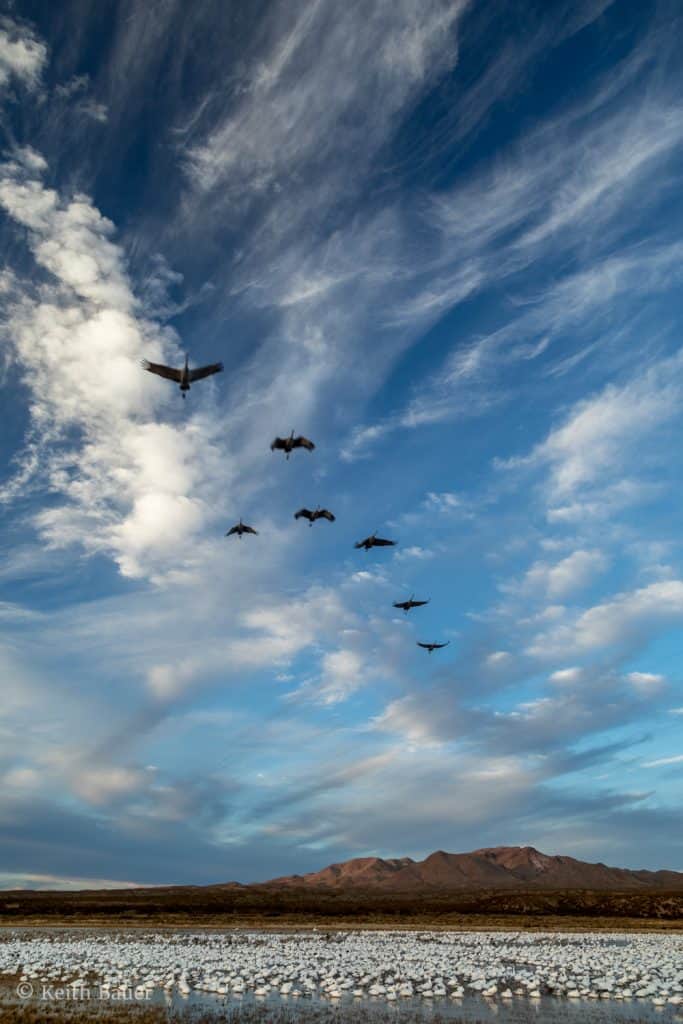
Some of these efforts will undoubtedly fail. The final product won't work for you or your viewers. I see that as a learning opportunity, not a failure. Without pushing and experimenting with different compositions, techniques, and perspectives, we become complacent and re-create the same images we've created for years. I found myself in exactly that mode and couldn't figure out why my imagery seemed stale. I'm sure there is not a recipe for success for any photographic situation. Still, I'm also equally sure that always trying to fill the frame with the longest lens you have, or cropping in so tight that the context is missing is not going to produce a portfolio that will grow your photography.??
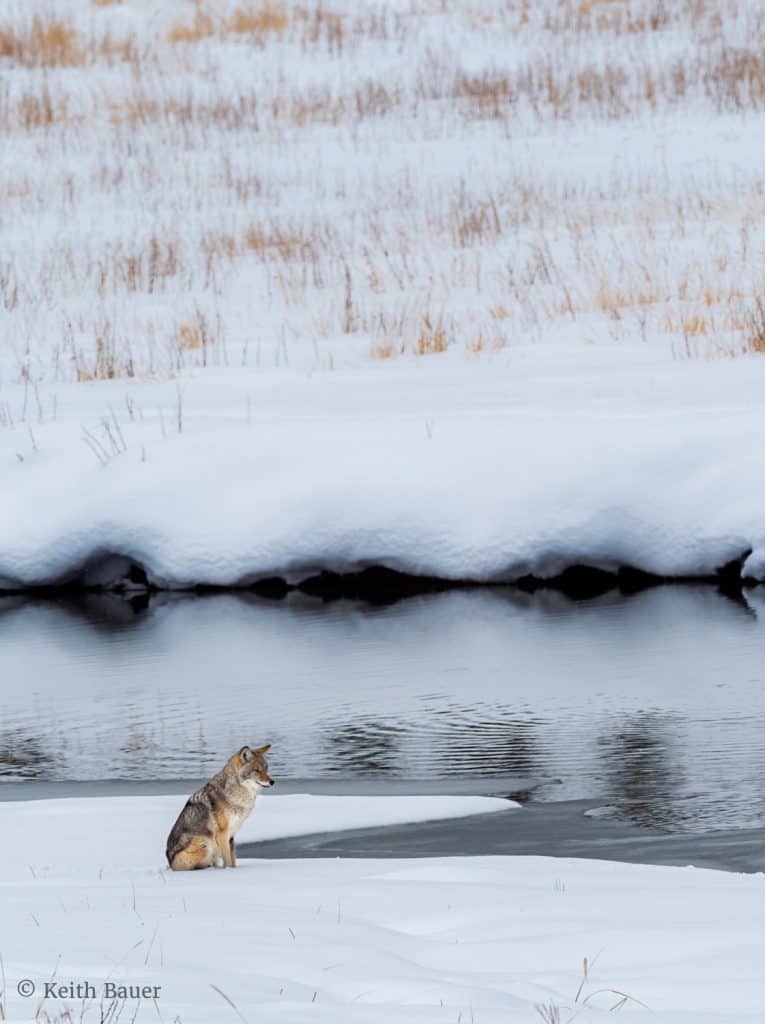
Give it a try the next time you're out. You may find it challenging to figure out what to include. No doubt, you'll struggle when you begin to think about the context and how to share that with your viewers. Compositions will likely be more complex, and you'll have to work harder to make sure you don't add distractions-all opportunities for growth in your photographic journey. I believe your images will speak with a different voice, which I hope adds to your enjoyment and the enjoyment of your viewers.
Visit Topic or reply to this email to respond.
To unsubscribe from these emails, click here.
|
|
Igor Doncov
13 August |
Originally published at: https://www.naturephotographers.network/flow/
Why do we photograph? It's a simple enough question. There are a variety of reasons. Most landscape photographers will tell you that it's in order to be outdoors and enjoy the natural world. I've never felt comfortable with that answer. Closer to the truth are artists who will tell you they cannot not do what they do. They don't feel right if they're not doing art periodically. They would paint even if not paid a single penny for their work or nobody ever saw it.
The answer to this question, I propose, is something called FLOW. Flow is a brain state that can be accurately described by neuroscientists as neuron activity, biochemicals, and pathways. It was recently defined and can now be graphed with EEGs, and quantified. But it was known by the ancients long before the word was coined and I prefer their understanding of it. Flow is a state of mental well-being achieved through heightened awareness. It's a state of rapture. A religious person would describe it as a 'state of grace'. However, it's not one of heightened emotion, but rather one of inner peace. It's less of a gasp and more of a sigh of contentment.

I believe that the mental state of flow is a requirement for all good landscape photography. Flow is achieved in photography through unwavering vision. It turns out that the greatest obstacle to good photography comes from the photographer itself. When we look we often don't see. We see physically but don't absorb beyond the eyes themselves. Our minds are bombarded by thousands of intrusions that interfere with seeing. Flow is a state reached when all of these intrusions are removed and we see with greater awareness. The intrusions may be an old mosquito bite, an unpaid bill, a memory of a remark that hurt, or even the analysis of the composition before you. Good compositions just feel right when you're in a state of flow. In such a state the photographer should follow the advice to Luke Skywalker, "Feel the Force, Luke", rather than think about leading lines, S curves, or the zone system.
One can conclude therefore that all great artists experience this flow. Did Michelangelo carve David in order to serve God, or did he do it for the money, or for fame? I believe it was for the pleasure he felt working on his masterpiece. Flow is an important state for artists because not only is it necessary to achieve great work but it rewards the artist in ways that few others can achieve.
You might conclude that flow is the source of creativity in photography, that it is the wellspring of creativity. That may sound reasonable but it's not correct. Flow is the gatekeeper, not the source. Flow only opens the door and lets that which the outside within. It opens the communication lines between the outside and the inside. But it is more than just a windshield cleaner. It puts the mind in a state where it responds and processes what you see in a manner that uses your mind fully. It calms you down and alerts you at the same time. We see more than there is physically and our compositions become personal. The mark of a good photographer is to be able to open that gate at will.
A friend once asked me what was the point of making images if only a few people see them on social media and then they sit on your drive, that they are not displayed at galleries for the greater public to see. I hope the answer is clear now. Like Homer's Odyssey, it's not the destination that matters but the journey. The finished image of little importance. You can do whatever you want with it. Still, another friend told me that photography is less satisfying than the 'real thing'. Capturing images of steep cliffs is less meaningful than actually scaling them because you are making a copy of reality whereas a mountain climber is experiencing reality. Such people misunderstand photography. Making the copy is not photography. Seeing the world intensely enough to interpret the copy that is made is the act of importance. Most photographers never get to this point and quit after a short time. That's because they never really reach a state of flow and fully experience the creative aspects of the medium. There is little satisfaction in recording images.

So how does a photographer actively pursue and achieve a state of flow? The process is actually closely related to meditation. The recorded brain waves of an individual experiencing flow have the same frequency as that in meditation. In meditation, you will recall, a practitioner concentrates on nothing (which is different than not concentrating) and when some other thought appears, it is recognized, cast aside, and attention is returned to nothing, the absence of thought. Photographers use the exact same process except with vision in place of nothing. You absorb what you see without emotion or judgment. Everything is given equal importance. When distracting thoughts appear you consciously turn away from them to what you see.
This sounds like a complicated process but, in fact, a photographic session will automatically lead you to a state of flow if done properly. When you start a shoot you are not in a state of flow but, done right with full concentration, each composition will take you deeper and deeper into a state of flow and the quality of the images will grow better and better. By doing it right I mean that you don't interrupt the flow between images with a talk to your neighbor or a break for a smoke. This is a case where the longer you work the better the quality until you reach a state where the mind can no longer maintain the concentration required.
If this sounds difficult there is still another, easier way to reach a state of flow - shoot in the early morning. We all wake up in a state of flow and gradually lose it as the day wears on. The light is wonderful in the early hours as well, so good meaningful images come easier. The advantage of an early shoot is that you don't have to work to get into the proper state of mind. You start out with it. Your images don't get better during such a shoot. They're good from the start.
If you've practiced meditation you know how difficult it is to reach that state of 'nothingness' when you first start. During a 30-minute session, you may only have 5 minutes of that state. However, if you meditate every day you soon are able to reach it in the first 5 minutes. The same is true with creative photography. Your first creative image may require a long time before you reach the necessary mental state. But if you shoot frequently then the quality of images comes much earlier during a shoot. This is why many of the great photographers are so good. Shooting frequently results in better images. Many photographers who attend multiday workshops think their images are improving because of what they have learned from the instructor whereas they are simply reaching better mental states by continually shooting.
Stress is the enemy of flow, perhaps it's the greatest enemy. I became aware of this many years ago during my weekend excursions into the Sierras. I noticed that almost without exception the best images were shot on Sunday rather than Saturday. That was because the 5-hour drive to reach the mountains produced so much stress that reaching a state of flow was extremely difficult. It got to the point where I stopped shooting on the first day and just walked around, becoming visually acquainted.
The reverse is also true. Flow is the enemy of stress. Photography, done properly, has great therapeutic value due to the state of flow it induces. I'm actually surprised that it's not used by people for this very purpose. People run to reach a runner's high, a state of well-being achieved by physically exhausting yourself. Meditation, as noted above, is used to reduce stress and anguish in people. Photography can do all that and do it easily and naturally because people are curious by nature. They only need to have the right environment and the process goes by its own accord. It takes less discipline and the rewards are just as great.
And finally, I would like to discuss the relationship between image quality and flow. It's logical to conclude that if flow is an important state to be in order to produce good work then one should be able to see by looking at an image whether the creator was in a state of flow. I believe this to be the case. I can think of only one notable exception to this at this time - Ansel Adams' Moonrise over Hernandez which he saw from the corner of his eyes while driving. But this image's power is from its symbolism. The composition is actually one that one would create during a quick stop. The following are two landscapes I shot, one was shot while in such a mental state and the other was taken when the view suddenly appeared out of nowhere. Can you tell the difference?


I believe that it is virtually impossible to do great work without being in a state of flow. However, being in this state does not mean that your image will be of great quality. You still need the skills to convey your vision to an image, whether they be technical or artistic. The other cause of failure is that flow can deceive you. Good photography is greatly about intuition. Since an important characteristic of flow is that is not judgmental you can 'feel' very positive about a vision but it itself be mediocre. In beginners this has to do with inexperience but seasoned photographers often trust their feelings and are led astray. The following image was taken when I was in a state of flow. I can tell when I'm in such a mental state now. I loved these rocks and felt they really showed the spirit of a desert. I was wrong. It is only a lovely picture but it tells little more than the characteristic appearance of the environment. I had an intuitive feeling about the place but it was more within me than what I actually saw. So, I believe that a state of flow is a requirement of good work but it doesn't guarantee it.

In summary, it may seem that knowledge of flow is interesting, enlightening, and can even be pleasurable. But there is a very practical side to all of this for us photographers. Given that flow is the key to your creativity I feel it's important to know when you have it and to know how to attain it when you want it. It was my purpose in this article to help you achieve that.
Visit Topic or reply to this email to respond.
To unsubscribe from these emails, click here.
|
|
|
|
|
| ? |
|
? |
| ? |
|
? | ||||||||||||||||||||||||||||||||||||||||||||||||||
| This summary is sent from Nature Photographers Network when we haven''t seen you in a while. Change your email settings, or click here to unsubscribe. |
|
|
Nature Photographers Network
NPN_Editor
2 March |
You may have noticed a few new options pop up on the site for languages, this is a new feature we are implementing to open up NPN to the world stage without creating specific categories which silo users that do not speak English.
Before getting to the features I have a request for our multilingual members. If you speak a language other than English and would like to help NPN with translating a small number of items we would grateful! Most items are translated automatically, but we need the category names and few other small items translated. Just reply here or send @David_Kingham a message to get started.
We are also looking for moderators that can monitor posts in a specific language. If you have any interest please contact @David_Kingham. You would ensure that posts fall within the guidelines and help any users that have questions who do not speak English.
If you are English speaking you do not have to do anything and keep using the site as normal. As we get more people creating topics in different languages you may want to filter by the languages you speak. You can do this by clicking the language button and click 'Set Content Languages'. This will open your interface preferences where you can set two options; 'Interface Language' will change the language of the user interface (buttons, user menus, etc.), and 'Content languages' will determine which posts will be displayed to you based upon the new language tag. For example, if you only want to see posts written in English you would put English in this setting and it would hide all posts written in other languages (currently it is not recommended to do this until the en tag is propagated to all past posts which will take some time). If you speak multiple languages you can set them all here to see posts in all the languages you speak.
At the current time, this feature may seem unnecessary because NPN has always been English speaking only. By adding this feature now we are opening up the possibilities to see images from users across the globe that we may otherwise never see. In the short term, we will likely see no change, but as we begin to reach out to photographers in other countries this could quickly change. Exciting times are ahead of us!
Please let us know if you have any questions or problems with the new tools.
Visit Topic or reply to this email to respond.
To unsubscribe from these emails, click here.
|
|
|
|
|
| ? |
|
? |
| ? |
|
? | ||||||||||||||||||||||||||||||||||||||||||||||||||
| This summary is sent from Nature Photographers Network when we haven''t seen you in a while. Change your email settings, or click here to unsubscribe. |
|
|
David Johnston
18 November |
Hey all! My name is David Johnston and I'm a landscape photographer from the great state of Tennessee! I've been able to do a lot of fun things with photography like writing articles, ebooks, and run workshops.
Right now, I focus a lot of time and attention on my podcast, The Landscape Photography Show, which you can listen to here: https://www.davidjohnstonart.com/podcast and creating videos to help you improve your photography which you can find here: https://www.youtube.com/channel/UCPsgxpVOYxHiA5ToOv3Livw
While I do spend some time traveling (when there's not a global pandemic.) I spend the majority of my time photographing Tennessee landscapes.
Please feel free to ask me anything about photography life outside of the technical stuff and camera gear. Topics like the mental health side of photography, creative blocks, life as a creator, art, creativity, and all that jazz would be great.
A big thank you to David and Jennifer for the opportunity to do this. It would be hard for me to name two more generous people I know.
Please only ask one question by replying to this topic a single time, using the yellow Reply button at the bottom. ![]() It's also helpful to scroll to the bottom while
It's also helpful to scroll to the bottom while ![]() reading the topic to make sure nobody else has asked the same question first, before you ask.
reading the topic to make sure nobody else has asked the same question first, before you ask. ![]()
Please don't ask more than one question, so everyone gets a chance ![]()
Please do not reply to anyone else's post. The only purpose of replies here in this topic is to ask the author one question. If you'd like to discuss a related topic in more detail, create a new topic.
Posts not following these guidelines may be removed by moderators to keep the Q&A flowing smoothly. Thank you!
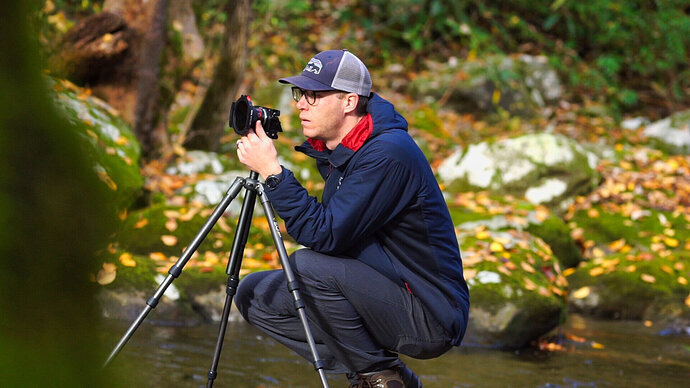
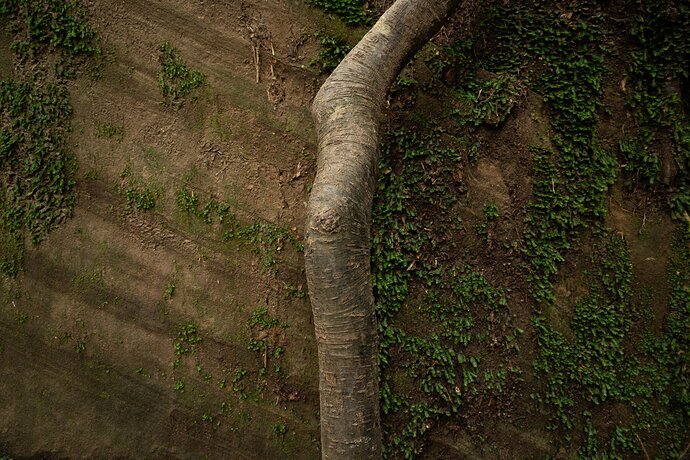
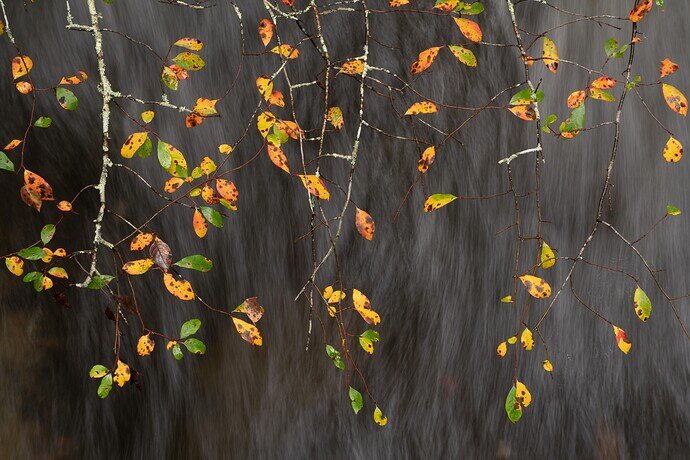
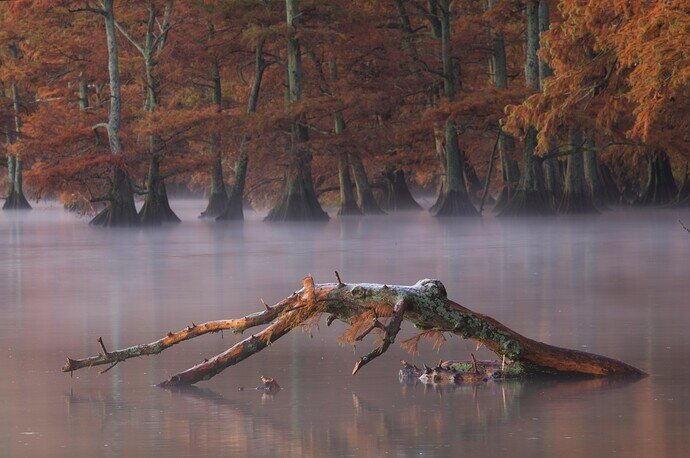
Visit Topic or reply to this email to respond.
To unsubscribe from these emails, click here.
|
|
Ed McGuirk
9 September |
Originally published at: https://www.naturephotographers.network/lost-in-a-fog/
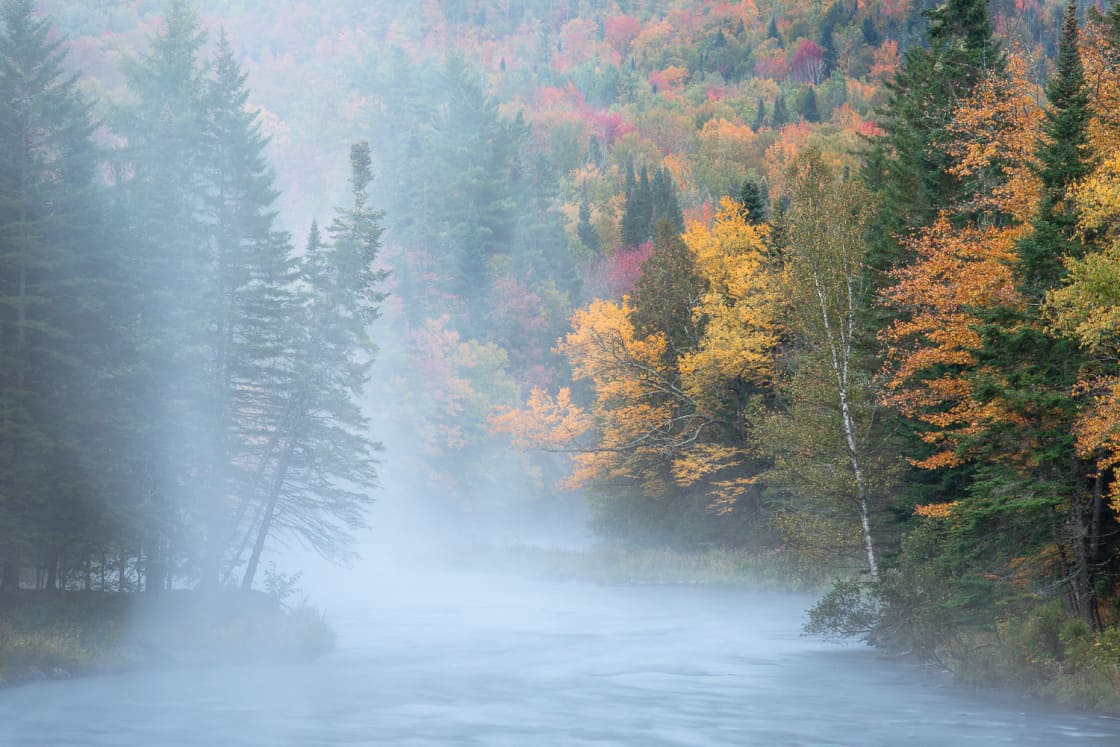
Some photographers enjoy shooting the grand landscape in dramatic weather and golden hour light. Social media websites are dominated by grand landscapes that contain glorious sunsets, rainbows, lightning, and the Milky Way. It's easy for photographers to be seduced by the power of such dramatic moments. These images can have a high immediate wow factor, but their impact on the viewer can be short-lived. When an image depends primarily on these shock and awe elements, it is harder to create images with lasting substance and a deeper meaning.
But when you add fog or mist to the landscape, you have an opportunity to create dreamy, ethereal looking images. The softer and quieter mood of foggy landscapes engages viewers more on an emotional level, rather than through shock and awe. I love photographing in fog and mist because it can lead to creating evocative images with wonderful atmosphere. For me, nothing compares to photographing in fog because it adds a sense of mystery and an otherworldly aspect to the landscape. I enjoy shooting in fog so much that I have devoted an entire gallery on my portfolio website to just foggy landscapes.
Fog can be a wonderful gift to the photographer, adding a moody ambiance to almost any scene. Fog has the ability to take the most ordinary and mundane locations and transform them into magical places. Not everyone is fortunate enough to photograph lightning storms above the Grand Canyon, or an amazing sunrise at Oxbow Bend in Grand Teton. But add fog and mist to the local woods and ponds near your home, and you can come away with mysterious, moody images. These dreamy, magical shots of everyday places can result in images that have more substance and a longer-lasting impact on the viewer.

Fog affects the viewer's sense of perspective and makes everything in the scene feel more intimate. The diffuse nature of fog is also great for simplification; it can reduce complexity in the scene and eliminate distractions in the background. This allows photographers to work with the sense of depth in an image in ways that otherwise wouldn't be possible. It can lead to creating wonderfully minimalist images, where the photographer can emphasize only a limited number of key elements.
Landscapes shot in fog often have a dreamy, almost painterly look. The diffuse nature of fog softens the light, which can create a gentle feeling in the image. But the effect that fog has on images can also generate a wide variety of moods, ranging from calm, to gloomy, to mysterious. The ability of fog to reveal or conceal parts of the landscape gives the photographer more creative choices. It allows you to decide which elements in the scene are revealed to the viewer, and which are hidden. This makes the viewer wonder what unseen things are hidden by the fog, which is an essential part of fog's mystery. And it also helps create the illusion that the scene extends far beyond the edges of the image. Whenever you can engage the viewer's imagination like this, you end up with more successful images.
And on a personal level, I simply enjoy being out in the landscape during foggy weather. I like the crisp feeling of being in cool, moist air, and find it invigorating. There is a quiet stillness to the landscape during foggy conditions because fog dampens sounds. This stillness helps me concentrate, and I can better connect with the landscape and focus on image-making. For me, fog creates an intimacy with the landscape that makes photography more enjoyable. There is also a sense of mystery about what parts of the landscape will be concealed or revealed by the fog. This opens up many creative possibilities and gets me excited about producing images with more impact.
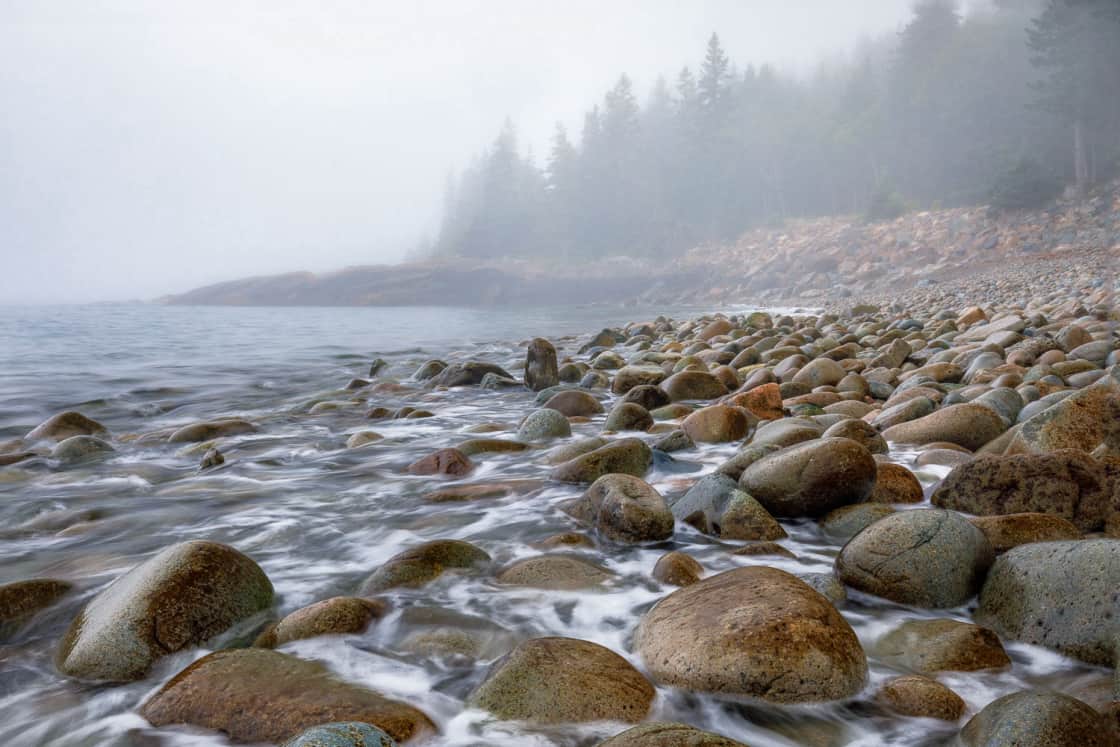
Fog consists of water droplets suspended in the air, which essentially creates low lying clouds. Mist is a less dense version of fog. Fog forms when water vapor (water in its gaseous form) condenses to a liquid. During condensation, small water droplets are created that hang in the air, and we see this as fog. Fog occurs when the difference between the air temperature and the dew point (the temperature at which air condenses into water) are within a few degrees of each other. So to predict the occurrence of fog, pay attention to weather forecasts, and look for conditions where the temperature and dew point approach each other.
Timing and location are the keys to finding fog. The appearance of fog and mist are related to weather, season, and location. You will often find fog over bodies of water, such as at the seacoast, or in low-lying areas, like river valleys. Fog and mist are most likely to form overnight and are best found early in the morning since they evaporate after the sun warms the air. We also see fog more frequently in the fall and spring. These seasons typically have warm days followed by cool nights, which are the prime conditions for creating fog.
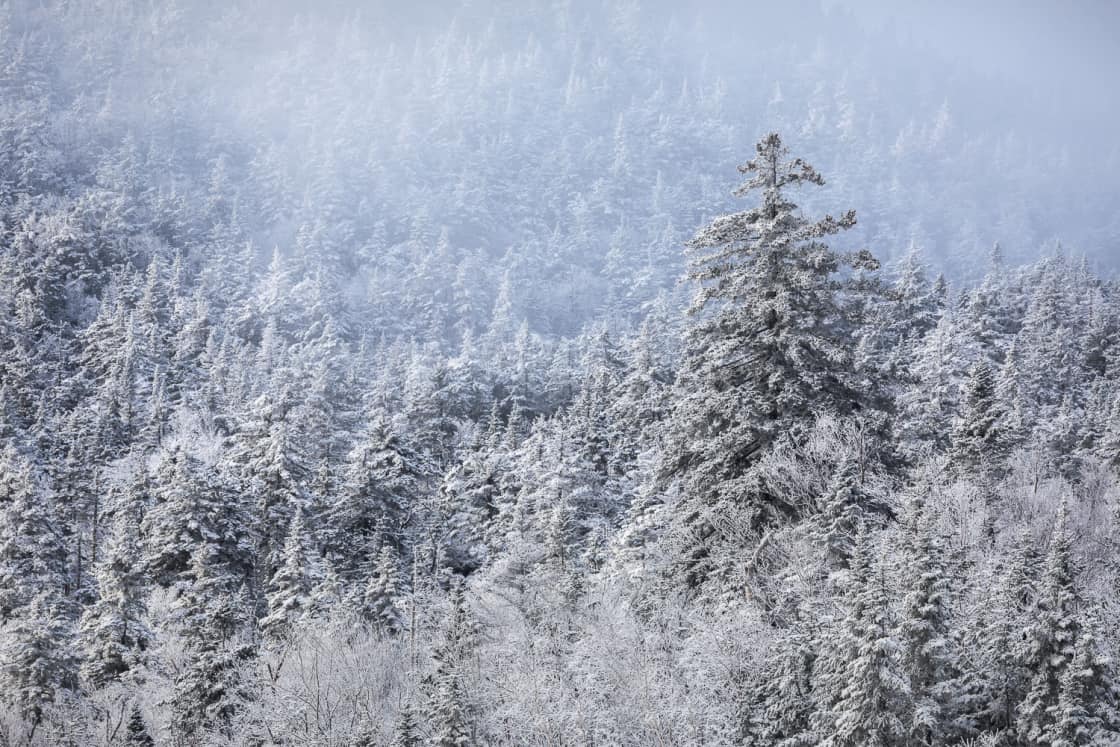
Radiation Fog: This type of fog is found on mornings after cool, clear, windless nights when the ground loses heat via radiation. It is also common on humid mornings after overnight rain. This is the kind of fog typically found on autumn mornings.
Advection Fog: This occurs when warm, moist air moves over a colder surface. It's common at seaside locations where the land is cooler than the water. It also occurs when a warm air front passes over snow on the ground. Fog along the seacoast can come and go, with beautiful breaks of light in between, which creates exciting opportunities for photographers.
Ice Fog: Fog in winter, called freezing fog, can add a significant impact to your photographs. Freezing fog leads to the formation of Rime Ice, where ice crystals cling to surfaces. This can create lacy, delicate patterns, and textures when it forms on trees.
Steam Fog: This fog is created by geysers and hot springs and is found in the thermal areas at Yellowstone. It is also the type of fog called Sea Smoke, which occurs when frigid (below zero) air moves over warmer bodies of water, such as the ocean.
I live in New England, a place where fog is relatively common. I have been fortunate enough to photograph all of these types of fog, and they each have their unique appeal for photographers. My favorite kind of fog is radiation fog, which has helped enhance many of my autumn in New England images.
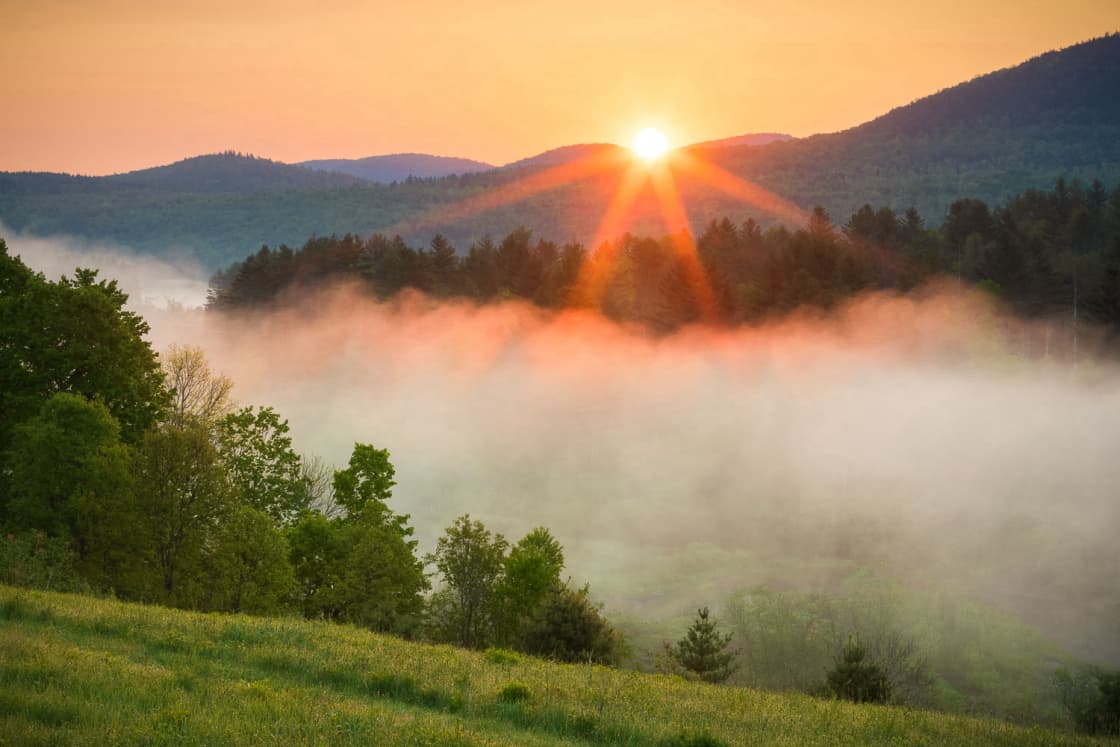
In essence, fog acts as a natural softbox: water droplets scatter the light so that it originates from a broader area, versus the directional light coming from a point source such as the sun. The soft, diffuse light from fog is a two-edged sword; it can have both beneficial and detrimental impacts on our images. The soft light associated with fog creates the dreamy, ethereal look that many photographer seek. But fog can also result in reduced contrast and color saturation, which can sometimes lead to flat, dull-looking images.
The other technical issue is exposure. The whiteness of fog (like snow) can trick the camera's meter into underexposing the scene. The fog will become a dull gray and lose its appeal. When using auto-exposure, you can overcome this by using some plus exposure compensation, which restores vitality to foggy scenes. Adding plus one-stop is usually a good starting point, but be sure to check your histogram to avoid blowing out the highlights.
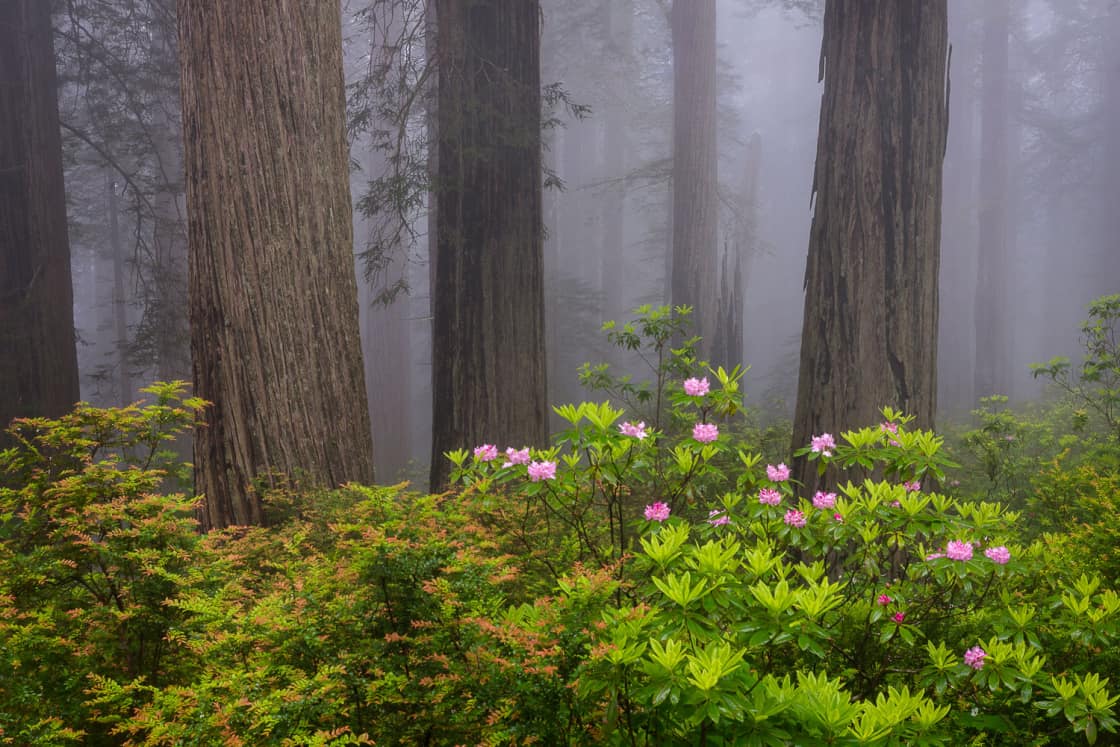
As objects become farther away from you, they not only become smaller, they also lose some contrast. Fog exaggerates this lower contrast and creates a flattened sense of perspective. As mentioned earlier, this can have the beneficial result of reduced complexity and elimination of background distractions. However, photographers also need to be very careful about the sense of depth in fog images, which can be adversely affected by this flattened perspective.
With foggy scenes, maintaining a sense of depth is critical. It is often helpful to have at least some elements of the scene be close to the camera, and outside of the densest part of the fog. This way, part of your image can retain higher contrast and color saturation, and it will look nice against the softer, more diffuse background. This is an analogous situation to photographing forests, where it is often hard to get good images from inside the forest interior itself. It is usually better to step outside the trees and shoot from the edge of the forest. This way, the scene has a better sense of scale, and trees inside the forest do not clutter the composition.
This same approach can be beneficial with foggy scenes. By stepping outside the denser part of the fog, some elements will retain more contrast and saturation, as compared to the softer and more diffused background. The resulting juxtaposition goes a long way towards maintaining a sense of depth within the image. The contrast differential will also help emphasize the moodiness of the fog in the background. Fog is all about mystery, so if you only see some things peeking out of the fog, while the rest is hidden, the sense of mystery is increased. It also helps to maintain a sense of depth if you can create compositions with distinct layers within the scene. This approach keeps some elements outside the fog's densest part and leaves other things partially or fully hidden by the fog as they recede into the background. Using layers in a composition like this is a great way to help maintain a sense of depth within foggy scenes.
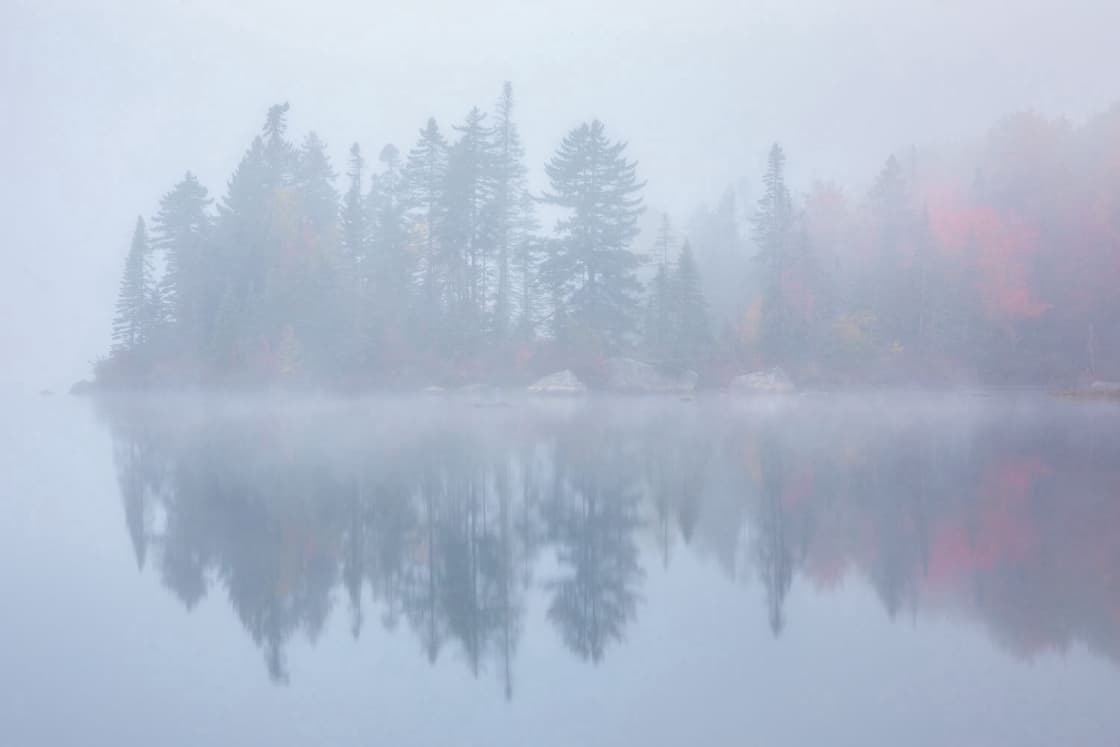
If you are shooting from inside the fog, you can let the fog take center stage in the image and use it as a means of abstraction. A great way to do this is by isolating shapes or silhouettes against the fog, which brings a very haunting and mysterious feeling to an image. This is also an excellent approach to use when you don't have anything in the near foreground to create a sense of depth. Using fog to isolate a subject is also a great way to make effective use of negative space in a composition, which helps define the subject's shape. Things such as trees isolated against a background of fog can make for very graphic subjects. This allows the photographer to play with shape and form to create visual interest in the image. This is where the simplification benefits of fog come into play.
Also, be sure to pay attention to the density of the fog. If it's a thick fog, then concentrate on isolating shapes to carry the image. But if the fog is starting to break up, instead, concentrate on the light in the scene, which can be quite spectacular. For example, sunlight filtering through fog in a forest can create light rays streaking through the fog and trees. To make the light rays look their best, compose the scene so that the sun is not included in the image; otherwise, the sun's brightness will overwhelm them. In this type of dappled light, there will also be shadows in the forest that can accentuate the light rays as well. Light rays are not only beautiful, but they can also be used as leading lines to help direct the viewer's eye throughout your composition.
Another great time to take advantage of fog and mist is when you can photograph backlit scenes as the sun begins to burn through the fog. The use of backlighting can create a beautiful warm glow in the fog. This usually works best with the low, golden hour light at sunrise. This works well whether you are shooting from inside the fog or above the fog, such as from the top of a mountain above a foggy valley below. In this situation, it is okay to include the sun in the image, and you can also try for a sunstar by stopping your lens down to a high aperture such as f22.
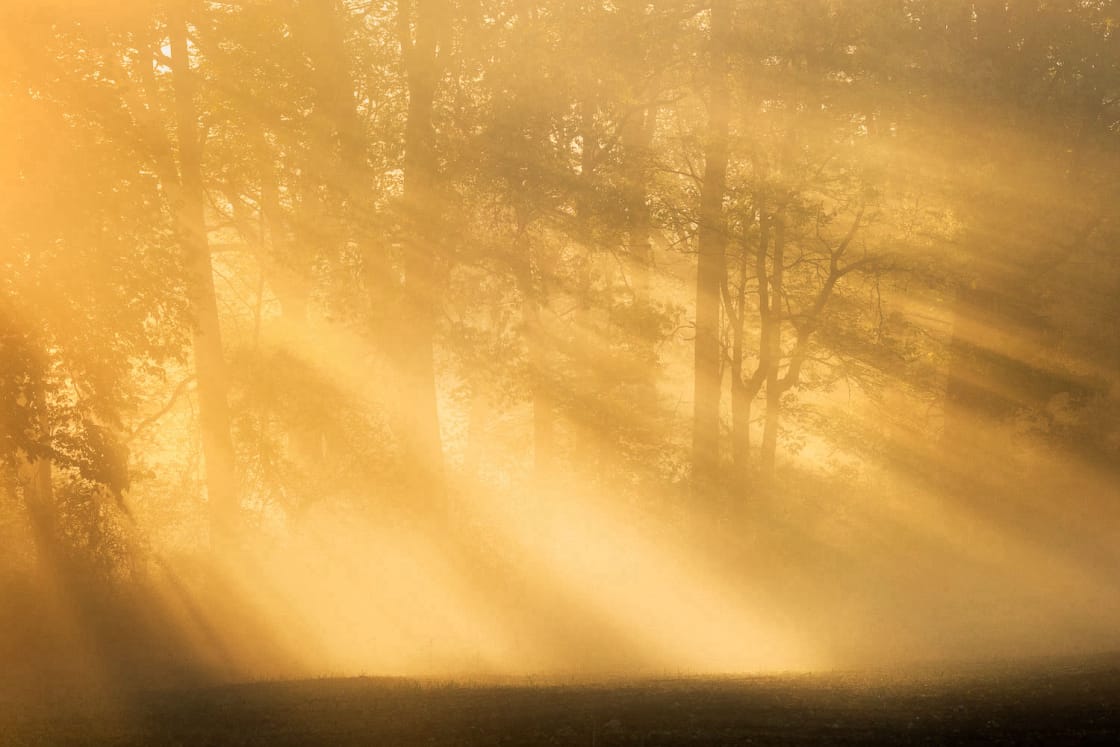
Due to the low contrast nature of fog images, post-processing them is usually relatively straightforward. It is important to adjust exposure to keep the fog relatively brighter in tonality. This adds vitality to the fog and avoids a dull gray look. When processing fog images, I don't add much contrast. The more contrast you add to the image, the less fog you will have, which means you will lose some of the soft, dreamy look. If the fog is dense and you have lost too much detail in the scene, you can try using the dehaze slider in Lightroom to restore some contrast. But be very sparing in the use of dehaze, or you risk losing the fog's softness. A little dehaze goes a long way, I generally keep dehaze adjustments under +5. I usually apply it only to the areas of the image that need it. Lightroom's adjustment brush is an easy way to apply dehaze to only certain parts of an image. On the other hand, if your fog is not dense enough for your taste, a slight amount of negative clarity or dehaze can help enhance the look of the fog.
Perhaps the most significant impact post-processing can have on your fog images is your choice of white balance. You can experiment with this to affect the mood of the image. In images where there is no direct sunlight in the scene, I generally prefer to keep the fog slightly cool, especially if I can contrast the cool fog against warmer colors. If there is direct sunlight in the scene, such as light rays through a foggy forest, I prefer to use a warmer white balance to add more ambiance.
So the next time you find yourself "Lost in a Fog," be sure to take advantage of the wonderful benefits that fog and mist can provide to your images.
Visit Topic or reply to this email to respond.
To unsubscribe from these emails, click here.
|
|
Jenaya Launstein
28 April |
Hi everyone! My name is Jenaya Launstein and I'm a wildlife photographer based in southwestern Alberta, Canada. I've been a member of NPN for nearly 10 years, so when David approached me about contributing with an Ask Me Anything, I was totally on board.
When I was 10 years old, I told my parents I wanted to be a wildlife photographer. After a few years of constantly talking about it, my parents bought me a new (to me) DSLR for my 13th birthday and I've been hooked ever since.
My dad used to be a fine art nature and equine photographer, so I guess you could say photography runs in the family! Soon after I got into wildlife photography, my dad joined me, and a couple years down the road, so did my younger brother.
In 2016, our family opened up the Launstein Imagery Wildlife Art Gallery in Crowsnest Pass, Alberta. It's been an amazing experience to say the least! If you're ever in the area, we would love to welcome you to our gallery.
To learn more about my family and I, you can check out our website at www.launsteinimagery.com. You can also check out my work on Facebook as Jenaya Launstein Photography (Launstein Imagery for the whole family's photography) and Instagram as @jenayalaunsteinphotography (@launsteinimagery for the whole family's photography). If you don't have social media I'm also in the middle of setting up my portfolio on NPN, which you can find in Member Portfolios under the Community tab.
Anyway, I'd better stop rambling on or else you'll have nothing left to ask me! So go ahead, ask me anything photography or wildlife related. Just a heads up, I like to focus on the more creative side of photography, so I may not be the best person for super technical questions.
Posts not following these guidelines may be removed by moderators to keep the Q&A flowing smoothly. Thank you!
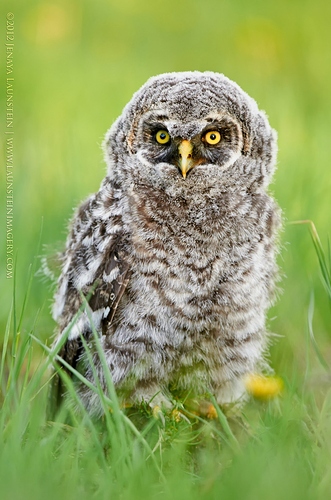
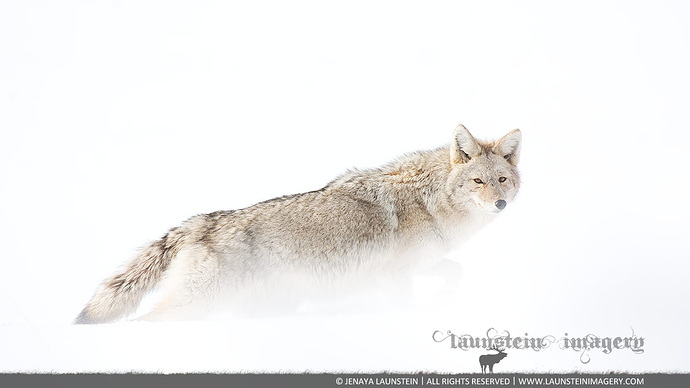
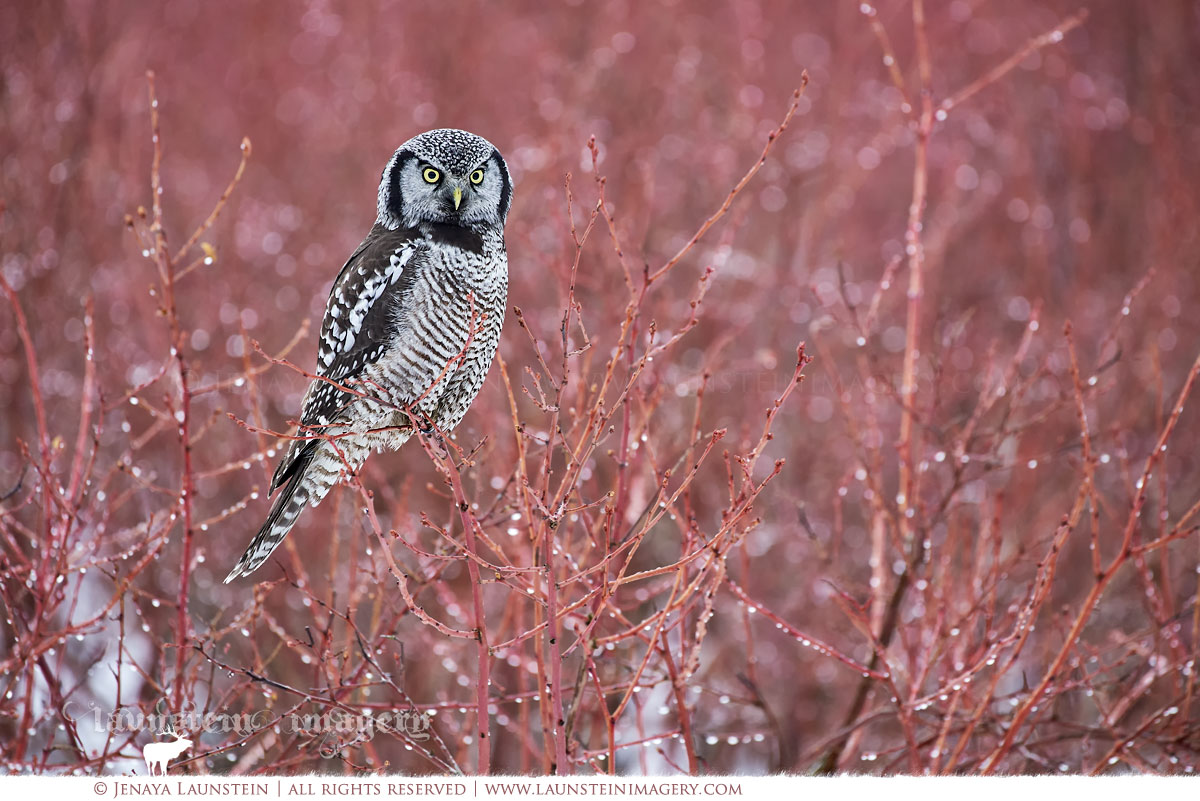

Visit Topic or reply to this email to respond.
To unsubscribe from these emails, click here.
|
|
Nature Photographers Network
NPN_Editor
26 March |
Our next AMA is with the exceptionally talented Kathleen Clemons! She is a Lensbaby Guru and specializes in flower photography. You can learn more about Kathleen here http://kathleenclemonsphotography.com/
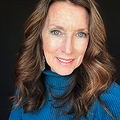
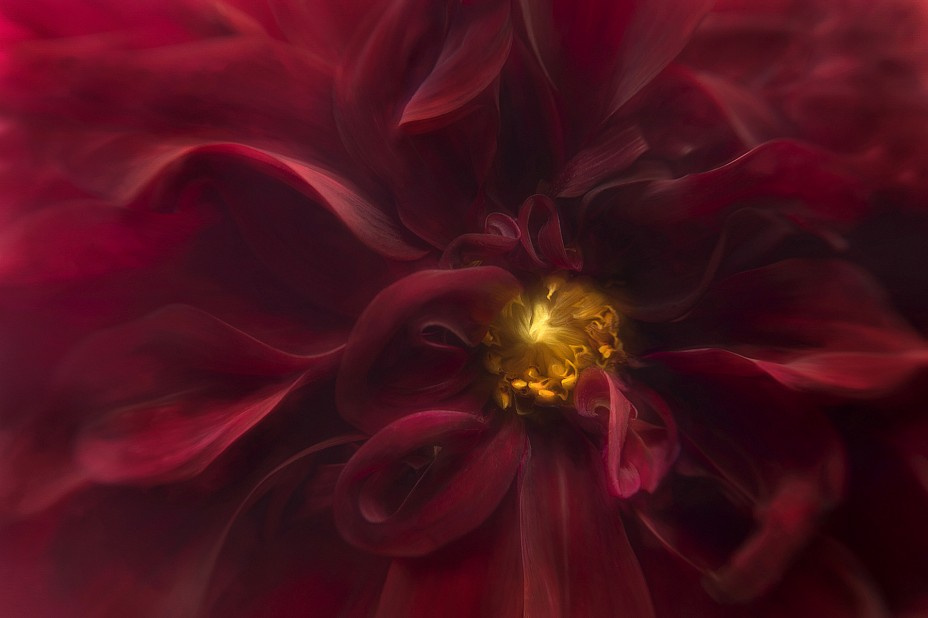
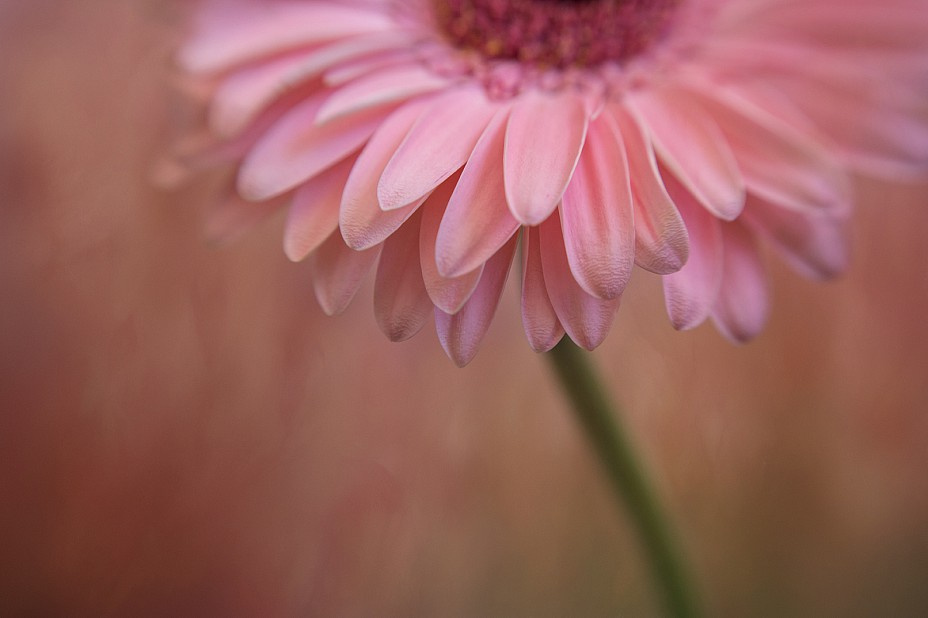
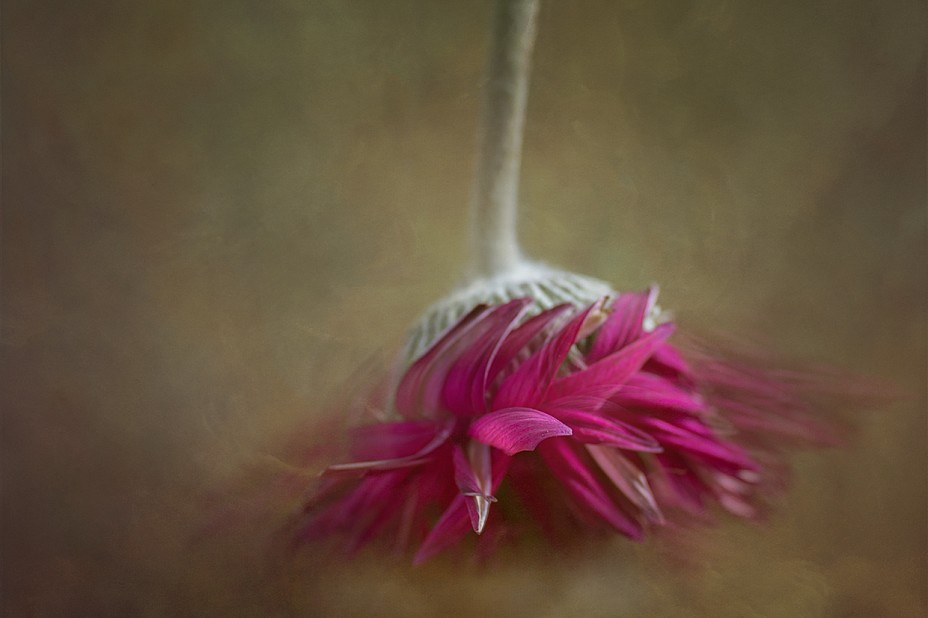
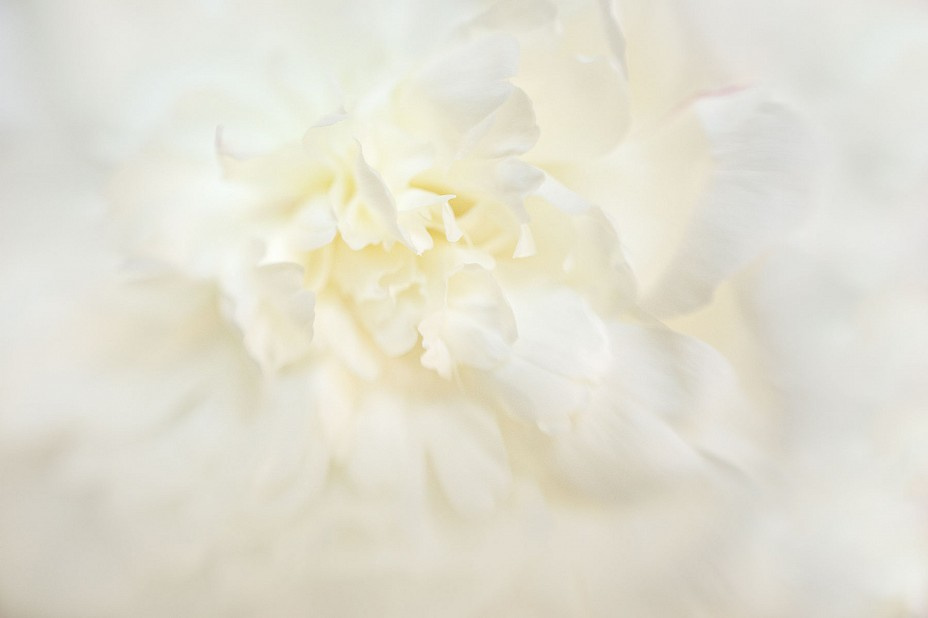
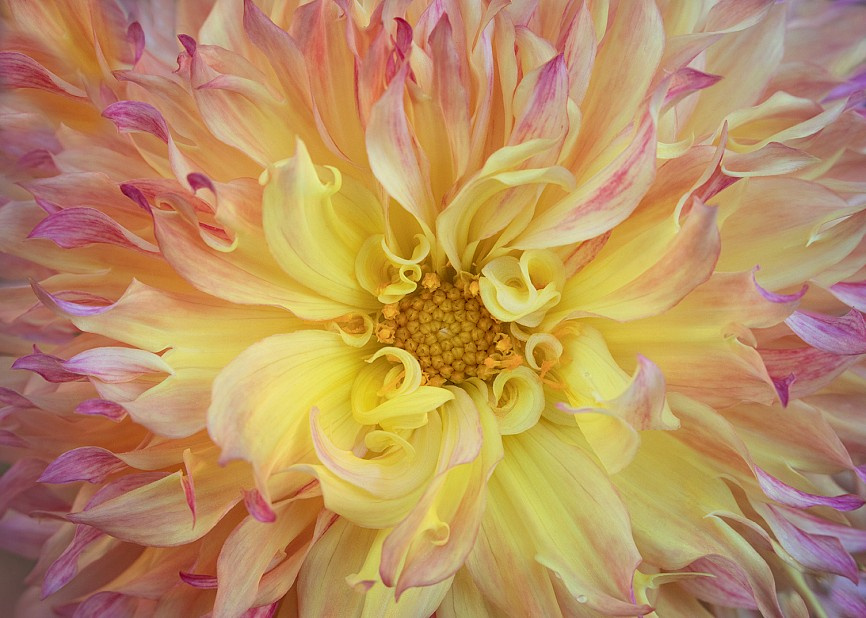
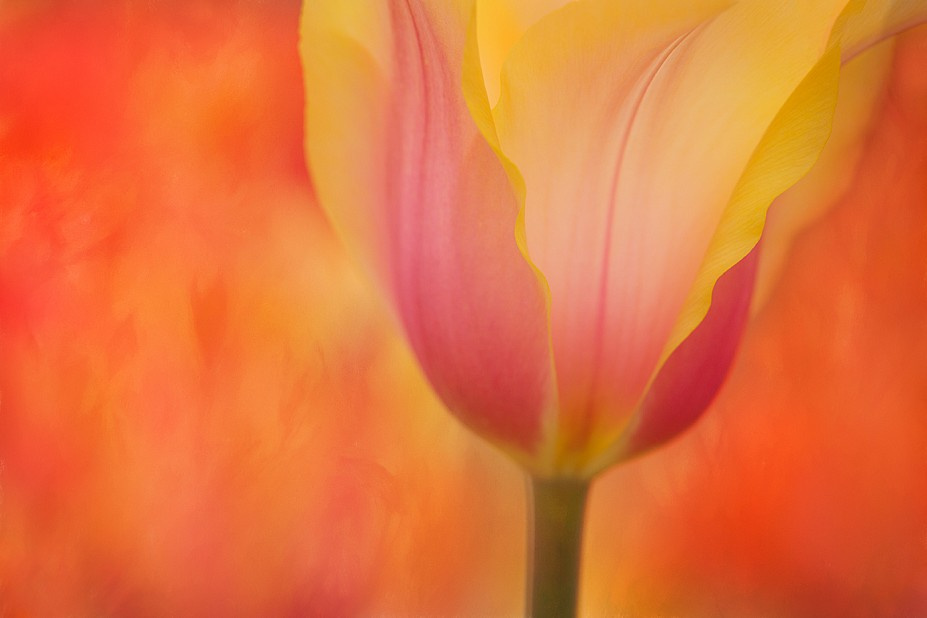

This will be a live event that will only last for 24 hours. When the event starts you can find it at the link below and everyone is welcome to participate. You won't find anything here until the event is live.
To add this event to your calendar look for the add to calendar button at the top of this topic, If you are viewing this message via email please click the 'Visit Topic' button at the bottom of the email to view this in a browser. You will also receive an email when the event goes live.
If you are not interested in AMA's and don't want to receive emails about them in the future please go to your Notification Preferences and remove 'Ask Me Anything (AMA)' from the 'Watching First Post' section.
Visit Topic or reply to this email to respond.
To unsubscribe from these emails, click here.
Hello friends,
?
We hope you are staying safe during these trying times. The world has changed seemingly overnight, and it easy to feel isolated and alone during this unprecedented event. Now it is more important than ever to keep the NPN community strong. We may be isolated in our homes, but we have an incredible community of like-minded people here at NPN who are friendly and supportive. We may not be able to get out into nature as much as we like right now, but you can still be connected to nature through your photos and others on NPN.
?
There has never been a better time to start working on your backlog or reworking your photos and sharing them with the community for feedback. We would encourage you to spend this time learning new techniques, reading our member''s articles, reading the AMA''s, interviews, etc. One of the best ways to learn is by giving feedback to others on what inspires you about a photograph. Giving and receiving critiques is an incredibly valuable experience, and NPN provides the perfect atmosphere to do this without concerns of rudeness or uncivil comments.
?
We are suffering through these times as well; NPN is a labor of love, not a significant source of income for us. We lead photography workshops as our primary source of income, and with the travel restrictions, social distancing, and stay in place orders, we have already been forced to cancel several workshops. So, we, too, are feeling the stress and uncertainty with our business like so many others out there. With that, there are many ways you can help ensure that we can continue to run NPN into the future, including:
?
It is more important than ever that we stay together as a community, and we don''t want financial obligations to get in the way of your continued participation on NPN. Therefore, we are providing relief to those who have been affected by the pandemic and are genuinely in need.
?
If you are currently a paying member and have an upcoming renewal that you are considering discontinuing due to financial hardship, please reply to this email and let us know how the Coronavirus outbreak has affected you. We will discuss discounting your payment so you can continue to be an active member. We will not be giving refunds, only future discounts on a case by case basis.
?
If you are not a current paying member but want to be part of our fantastic community, but can''t afford it, please reply to this email and we will work out a plan. Please tell us why you want to be part of the community, and if you have any referrals from current members. You must be committed to being part of the community and actively participating at least once a week. We will not be accepting everyone as we want to ensure we keep a tight-knit community that is dedicated to the art of nature photography.
?
We have created a private section on the forum where you can connect with other members that are suffering through this exceptional time. Whether you are infected, have friends or family that are, have become unemployed, your business is suffering, or you''re just downright scared. Let''s all come together as a community and support each other. As with everything on NPN, it must be kept civil, but you are free to discuss anything related to the pandemic in this area. Telling your story with supportive members of our community can be very therapeutic.
?
You must join this group to see this area of the site. We know that many people come to NPN to escape the drama of the news, etc. so this will not be visible unless you opt-in. Look for the link to the forum on the group page.
?
Thank you all for your support during these incredibly challenging times. We still believe NPN is one of the most unique communities on the internet and only has more potential to become even better. We look forward to spending more time participating ourselves now that we have more free time, along with continually improving the site. Please take care of yourself and your families, it''s going to be a bumpy road, but we can get through this together!
?
If you have any ideas or feedback about how we can make the site even more relevant during this time, please let us know.
?
Best wishes,
David and Jennifer
?
?Unsubscribe | Update your profile | 186 Rainbow Dr #8692, Livingston, TX 77399
|
|
William Neill
11 June |
Originally published at: https://www.naturephotographers.network/thinking-in-themes/
If you ask a photographer what kind of images he or she makes, the answer most commonly refers to a list of divergent subjects.
Over the years, I have seen evidence of the camera's seductive power in student work. Most of us have diverse visual interests and are naturally pulled towards many subjects. This wouldn't be anything to worry about except that a broad focus often leads to a less than an optimal portfolio without focus. Certainly, the world is full of wonders to photograph, but how many of us have the time to take every branch in the road? The hectic pace of our lives, and the expediency of clicking the shutter, conspires to distract us!
In my experience of teaching photography for the past forty years and reviewing portfolios, I have not often seen work presented in a tightly edited and conceptually concise manner. In recent years, through the process of teaching an online course, I have found a great way to improve your photography and give it more focus - by determining the major themes within your photo library, and developing refined and concise portfolios of those themes that inspire you the most.
My teaching experience tells me that many photographers, at all levels, can benefit from this more focused approach to creating, organizing, and marketing their imagery. The first phase in this process is to determine what themes already exist in your photographs. After discovering which of those that are the most promising, the next step is to edit the images into portfolios that showcase your best work.
Pattern in the mud, Paria Canyon-Vermillion Cliffs Wilderness Area, Utah 1985One theme I have pursued since I started making images 35 years ago is patterns in Nature. In fact, my photographs were used to illustrate the subject in a book entitled By Nature's Design.
Although I photographed many new images for the book, my files contained many previously made images that reflect my fascination with the subject. It is a theme I continue to pursue today: By Nature's Design Portfolio.
It is important to consider what subjects really matter to you, themes about which you are most passionate. The subject can be broad, such as forests or as narrow as aspen, but the important thing is to focus on a theme, and to photograph with the idea of creating a portfolio. In my definition, a portfolio can take many forms and potential uses- a portfolio box of fine prints, a book, a web gallery, or perhaps an actual gallery exhibit.
When working on a student's critique, I often find a few good images mixed in with many lesser ones. The overall impression is less than strong, the quality level lowered by the weaker ones. When I pull out the weaker images, then set aside the best ones to define a stronger portfolio, the photographer instantly becomes a better photographer! Even when setting aside only two or three "best" images, good editing elevates the photographer's sense of his or her achievement and ability. It can be a positive experience. If you don't think you are a tough enough editor (yet!), then a workshop that includes critique sessions with an experienced pro will surely help. It is difficult to be brutal with your own work. Maybe if you imagine a workshop instructor looking over your shoulder as you edit, you will be more selective!
Pines in Fog, Monterey, California 2005Your project could last just a few months, or involve a lifetime of work. The most enduring theme for me is the one I developed over two decades, and published in book form - Landscapes of the Spirit. Although the book has been out of print for many years, I released an e-book version - Landscapes of the Spirit - Digital Edition.
There are two main requirements for building a strong portfolio. First, there must be a coherent theme. For example, you could pick a topic of landscapes that relate to water. Possible images could include waterfalls, rivers, lakes, or the ocean.
The second criterion is that there should be no one image that is of lesser quality than another. Remember that, in any situation where you show your work, excellent photographs are diluted by the average photos that you might use to "fill out" your presentation. The overall impression of your photography is reduced. I wish that more photographic instruction emphasized the importance of editing.
The next step is to go through your files to find your very best "water landscapes," or whichever theme you've chosen. If you adhere to my second premise, you will find the editing difficult! Being self-critical is critical! Don't be surprised if you discover only a few images that are of equally high quality. The ultimate editor is you, the artist, but you may find it valuable to have your work evaluated by other, more experienced photographers, such as a workshop instructor. This "second opinion" approach will either confirm or force you to reconsider the level of your imagery.
You should now have the foundation for your portfolio, be it two or twenty images, and a baseline from which to measure your progress. When you continue to photograph for the collection, your planning, exploration, and image-making are concentrated on the theme. As you refine and add to your theme, consider the balance and coherence in terms of a variety of lighting, compositional style, scale, and creative perspective.
New images are compared to your standards of excellence and can be added to the portfolio if they measure up. Over time, some new photos might replace the original images as the overall quality of the portfolio is elevated. Those photographs that endure that still excite you remain in the portfolio. By evaluating this collection of premier images, you will often see and be rewarded by your progress.
How many photographs should be included in a portfolio? The size of a portfolio depends on the mode of presentation and the audience. If you are creating a book, submitting to a publisher, or self-printing, the need for at least 40-50 excellent images makes sense to me. If you are creating a box of fine art prints, either for yourself or to present to a gallery, I recommend a smaller number, say 20-30 photographs.
You must do your research by asking how many photographs the publisher, gallery director, or editor wants to see. By checking for submissions guidelines, you will also learn what forms of presentation are acceptable.
Trees growing on moss-covered boulders, Baxter State Park, Maine, 1995One photograph of mine, shown here, has assumed a position among my select tree photographs. As is often the case for me, the process of creating this image began with discovery and a sense of wonder. The roots of these trees thoroughly amazed me with their grace and determination! My judgment of the image relies on the overall technical quality; that I feel the image is as good as my best tree photographs; and that the image reconnects me with the sublime experience of being there.
Once you have explored a theme in depth, and hopefully you have seen your own vision of the subject grow and coalesce, you will probably find other themes in your work to cultivate into new portfolios. I am constantly thinking about themes in my own body of work to develop! Creative thinking along these lines may lead you to themes, evolving from your own personal passions that are yet unexplored by other photographers. The potential for rewards in terms of personal satisfaction, in the refinement of your presentation, and for marketing your work are increased. The first level of creativity comes with the image-making, but the next phase comes with the editing and organization of images in ways that reflect the photographer's unique style and perspective.
Find your passion, develop depth, edit tightly! Simply put: focus!
It is the photographer's task to explore, photograph, and share with others the multitude of interesting aspects in our world and our lives. We expose to others what we see, that which they might otherwise miss. What a joyful job!
To summarize, here are some suggestions and conclusions:
I hope my ideas help you along the way of improving your photography and communicating the themes about which you are most passionate.
I teach a 4-week online mentoring course entitled Portfolio Development. It is designed to take the student through an intensive process of conceiving themes, editing new and previous work, and then developing a strong thematic portfolio ready for presentation.
Learn More about this course
"For more than two decades, William Neill has been offering his thoughts and insights about photography and the beauty of nature in essays that cover the techniques, business, and spirit of his photographic life. Curated and collected here for the first time, these essays are both pragmatic and profound, offering readers an intimate look behind the scenes at Neill's creative process behind individual photographs as well as a discussion of the larger and more foundational topics that are key to his philosophy and approach to work."

Learn More about this book
His work was chosen to illustrate two special edition books published by The Nature Company, Rachel Carson's The Sense of Wonder, and John Fowles's The Tree. His photographs were also published in a three-book series on the art and science of natural process in collaboration with the Exploratorium Museum of San Francisco: By Nature's Design (Exploratorium / Chronicle Books, 1993), The Color of Nature (Exploratorium/Chronicle Books, 1996) and Traces of Time (Chronicle Books/Exploratorium, Fall 2000). A portfolio of his Yosemite photographs has been published entitled Yosemite: The Promise of Wildness (Yosemite Association, 1994) for which he received The Director's Award from the National Park Service. A monograph of his landscape photography entitled Landscapes Of The Spirit (Bulfinch Press/Little, Brown, 1997) relates his beliefs in the healing power of nature. Neill's most recent book, William Neill-Photographer, A Retrospective (Triplekite Publishing, 2017) is a collection of his photographs taken over the past forty years. His latest book is Light on the Landscape (Rocky Nook, 2020), a collection of essays and images from his On Landscape column for Outdoor Photographer magazine.
www.williamneill.com
Visit Topic or reply to this email to respond.
To unsubscribe from these emails, click here.
|
|
Keith Bauer
Avian Moderator
11 March |
Originally published at: https://naturephotographers.network/including-the-environment-context-matters/
When I first took an interest in photographing wildlife, and specifically birds, the mental model of the shot I wanted to capture was modeled after the images I would see in bird ID books. That meant great detail in the plumage, nice view of the important identification parts of the specific species, and of course, frame-filling. It just didn't seem right if the image didn't fill the frame in the viewfinder at the time of capture, or in post-production. Cropping the image down so that the wildlife subject was prominent in the frame, if not the only thing in the frame. While that style of image can still hold some interest and appeal, especially if I'm fortunate enough to be close enough to a wildlife subject to fill the viewfinder, I've grown fond of images that show the wildlife subject in their environment.
In wildlife photography, the context surrounding the subject matters. The opportunity to be close enough to fill the frame, even with long lenses, is not common. In the world of avian photography, I would assert that it is even less likely since most of our avian subjects are relatively small compared to mammals or other wildlife subjects. I am fortunate to live close to a location where I can photograph warblers, tanagers, finches, chickadees, kinglets, and many other small birds at relatively close distances. Even shooting with my 600mm with a 1.4x teleconverter, I find the birds are still relatively small in the frame.
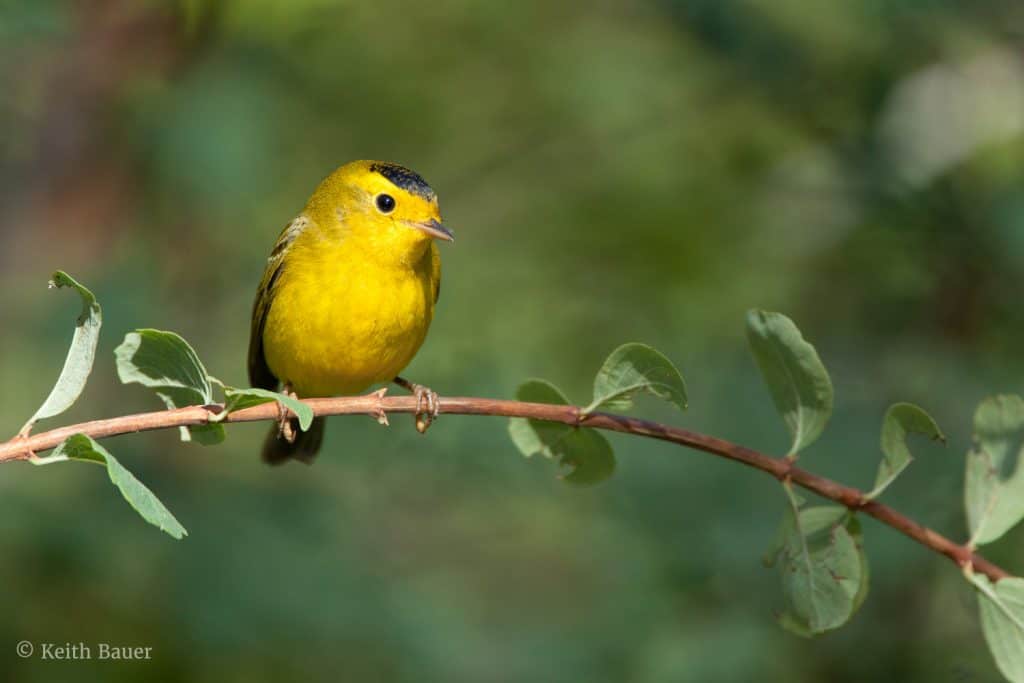
Let me be clear that the intent of this article is not to say that frame-filling images of wildlife subjects is bad. The intention is to encourage photographers to think of their wildlife images in a different context intentionally. A context which helps the viewer understand, and maybe even feel the environment you were in when you released the shutter. That could mean not zooming in as much if you are using a lens that provides that option, or it could mean using a shorter focal length lens to capture the image, or even moving further away. It could also imply that in post-production, not cropping at all, or cropping a lot less than you might otherwise do. One of the most common things I hear today in the world of photography is that with large megapixel cameras, say 40+ megapixels; I can crop so much more than I used to be able to. While a true statement, I wonder if the images wouldn't have had more impact with less cropping. To be sure, this is not the first article I'm guessing you've seen on this topic. I'm aware of many other attempts via the written word and sharing of images to push the concept of photographing wildlife in their environment and sharing the context as a fundamental part of the composition. It just seems that we need to hear it more than once to give it a try. Maybe I'm the only one!, but I doubt it.
Compare this image to the one directly above this one. Is it any better because I cropped it tighter? For me, it isn't any better, and I think for this image, worse.
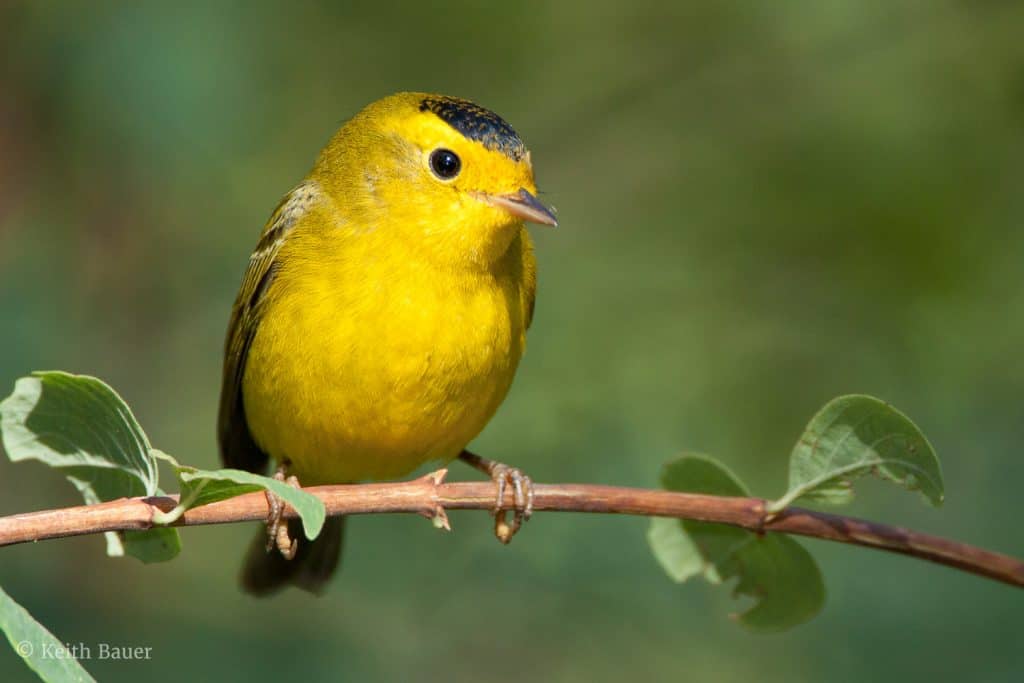
I want to share a couple of examples of images that help to demonstrate what I am talking about. I have enjoyed the challenge of avian photography for a long time, and here is one of my more typical avian images from years ago. It satisfied my desire to create an ID like image as I described earlier.
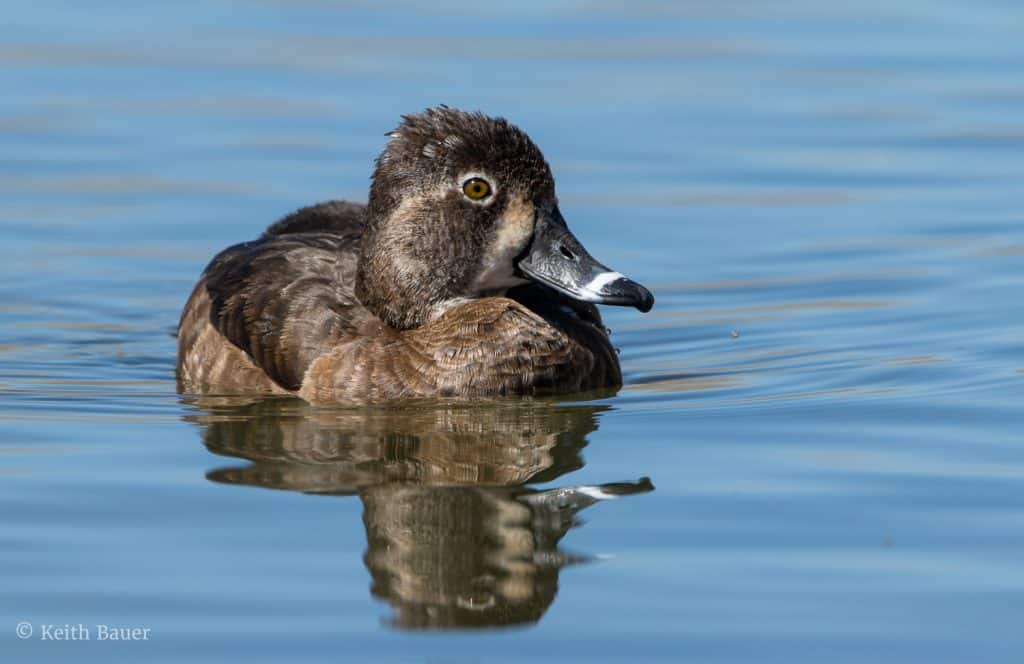
In contrast, here's an image of an eagle from Alaska that I captured on the last day of a trip I took several years ago. The entire trip was dedicated to photographing bald eagles. This particular morning was foggy, misty, and wonderful. I saw this lone eagle on a tree, and it turned out to be one of my favorite images from the trip despite having captured hundreds and hundreds of images where you could count the feathers on the eagles.
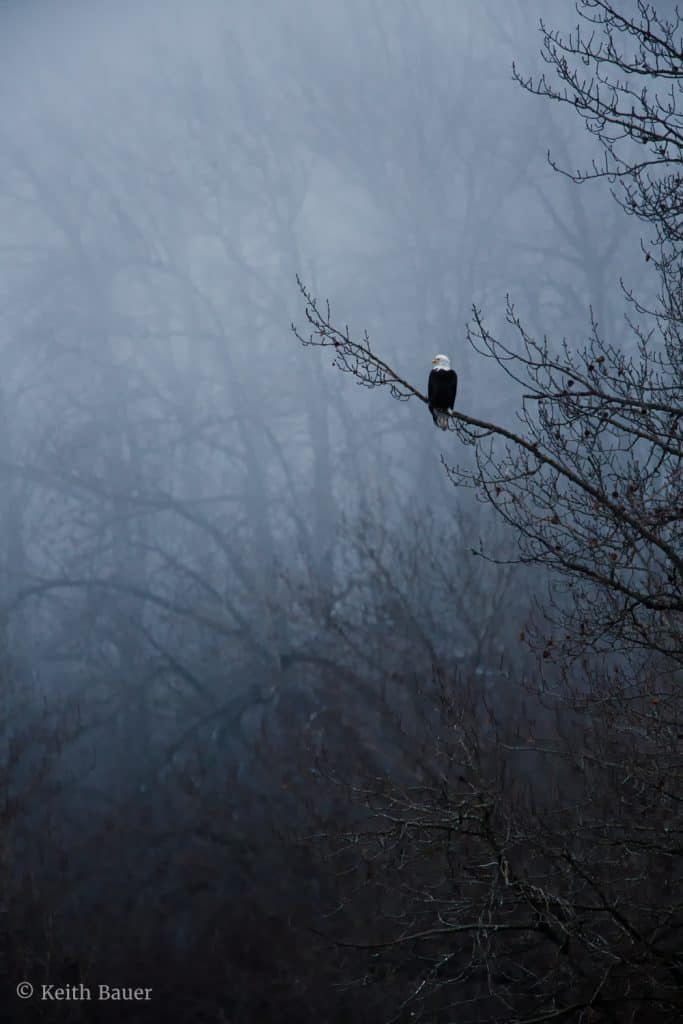
Or, this image which provides a much richer story than any cropped version of it could:
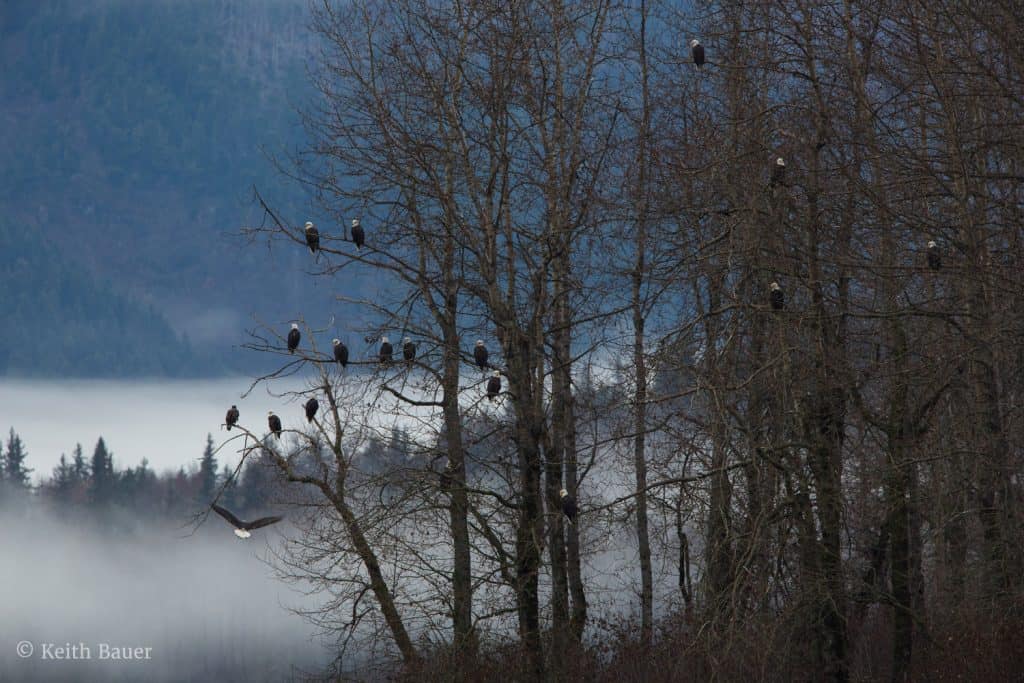
Or.. this image where cropping was not a viable option, but the inclusion of thousands of geese in this magical light was a gift that I was privileged to see and capture.

Versus this majestic Bald Eagle that I photographed in Yellowstone. Sure, the image is a very nice view of the Bald Eagle, but it doesn't tell you anything about where this was or the fact that there is a river 10 feet below the bird that it was surveying for its' next meal.
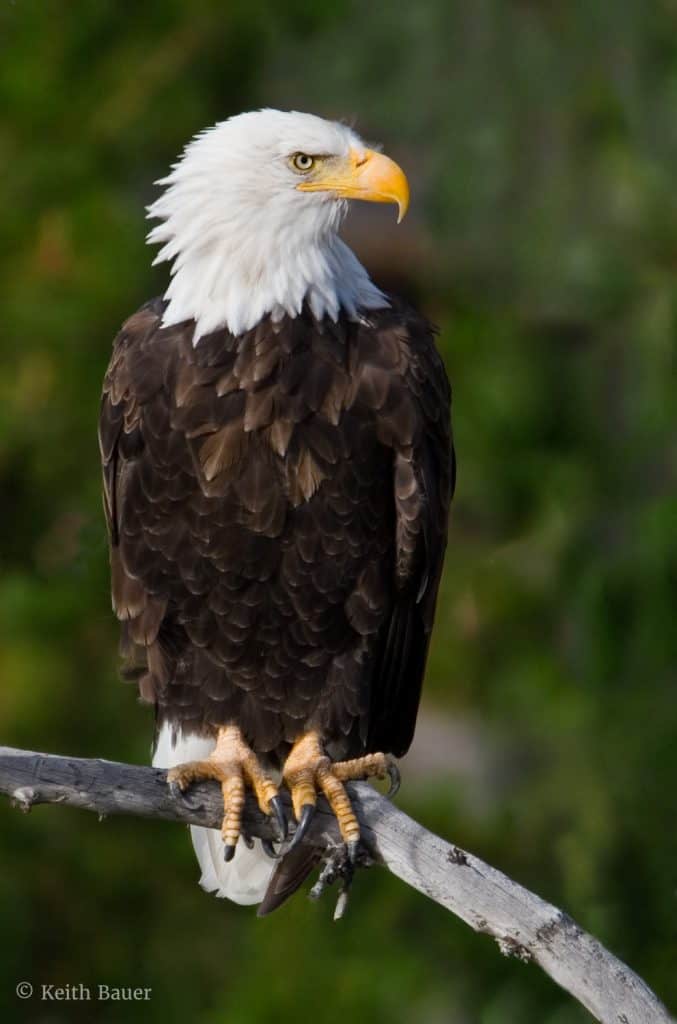
To be clear, I still struggle when I'm out trying to capture wildlife images and tend always to grab the longest lens I have with me as a first option. That is a hard habit to change. I'm not talking about switching from a 600mm lens to a 24mm lens as a general practice. I'm suggesting grabbing your trusty 70-200mm or a 100-400mm and see what compositions become evident when you begin including more of the environment and the context you're trying to portray with your image. Telling a story that includes where you were, telling a story that helps the viewer understand the scene that you were witnessing and trying to capture all of that in a two-dimensional media is not an easy task to pull off successfully.
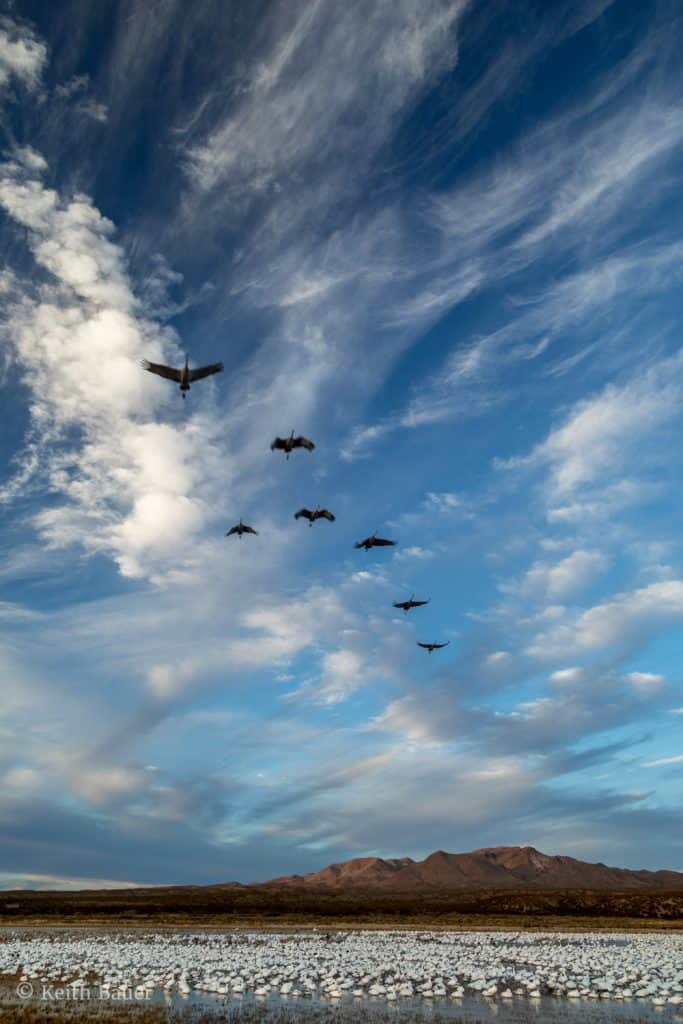
Some of these efforts will undoubtedly fail. The final product won't work for you or your viewers. I see that as a learning opportunity, not a failure. Without pushing and experimenting with different compositions, techniques, and perspectives, we become complacent and re-create the same images we've created for years. I found myself in exactly that mode and couldn't figure out why my imagery seemed stale. I'm certain there is not a recipe for success for any photographic situation. Still, I'm also equally certain that always trying to fill the frame with the longest lens you have, or cropping in so tight that the context is missing is not going to produce a portfolio that will grow your photography.
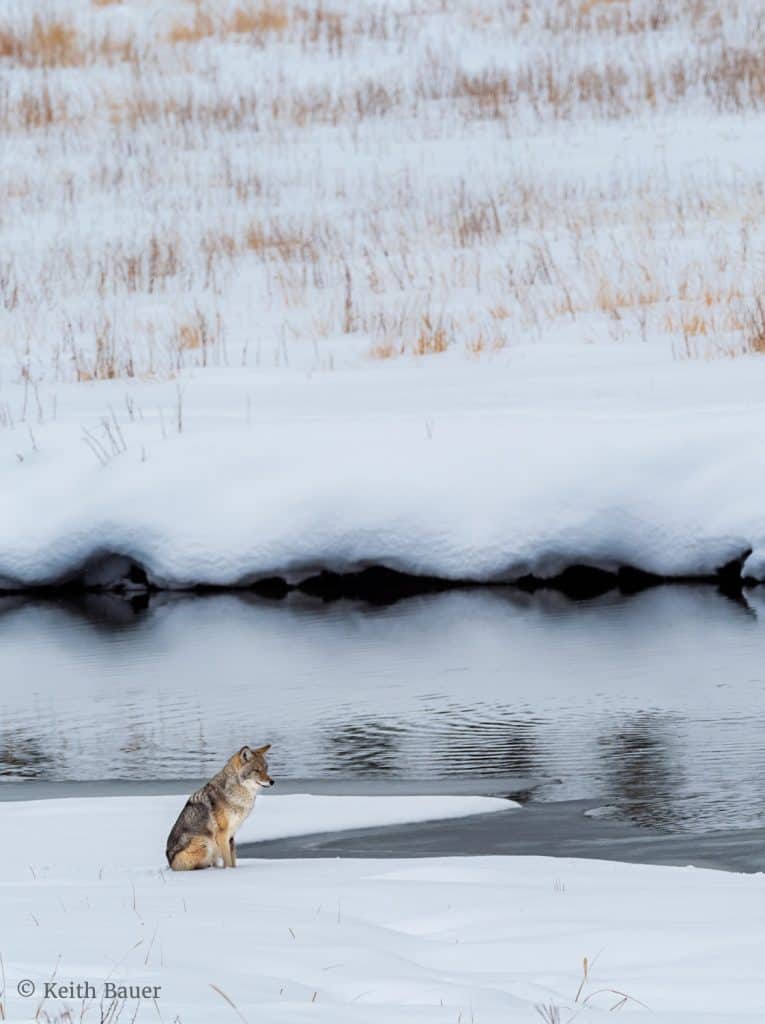
Give it a try the next time you're out. You may find it challenging to figure out what to include. No doubt, you'll struggle when you begin to think about the context and how to share that with your viewers. Compositions will likely be more complex, and you'll have to work harder to make sure you don't add distractions, which are opportunities for growth in your photographic journey. I believe your images will speak with a different voice, which I hope adds to your enjoyment and the enjoyment of your viewers.
Visit Topic or reply to this email to respond.
To unsubscribe from these emails, click here.
|
|
Nature Photographers Network
NPN_Editor
11 November |
David Johnston AMA
2020-11-18 16:00 (UTC) ? 2020-11-19 16:00 (UTC)
Get your questions ready for @David_Johnston! He will be our guest next week. David is the host of the Landscape Photography Podcast and has interviewed a wide variety of photographers. He is also a philanthropist and has lived in Haiti as a missionary.
To add this event to your calendar look for the add to calendar button at the top of this topic, If you are viewing this message via email please click the 'Visit Topic' button at the bottom of the email to view this in a browser. You will also receive an email when the event goes live. This is a 24 hour event and you can ask a question any time during the 24 hours
If you are not interested in AMA's and don't want to receive emails about them in the future please go to your Notification Preferences and remove 'Ask Me Anything (AMA)' from the 'Watching First Post' section.
David is a full-time landscape photographer and educator based in Tennessee. While David does enjoy traveling around the world to experience new locations and cultures, he also enjoys scouting new locations near his home. Along with teaching photography, David is also the host of the podcast, The Landscape Photography Show. Along with his podcast, David also shares his photography adventures on his YouTube channel.

David Johnston photography helps you improve your landscape photography through online video, photography tutorials, and workshops.
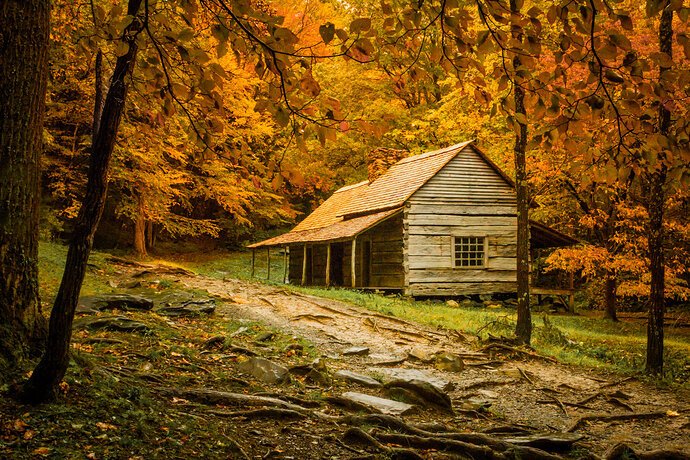
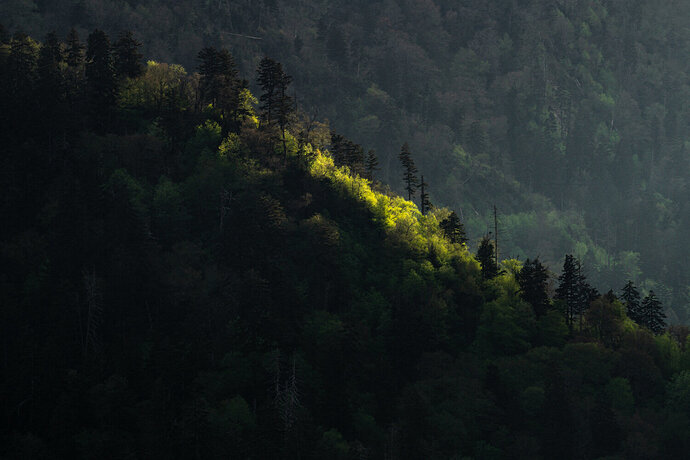
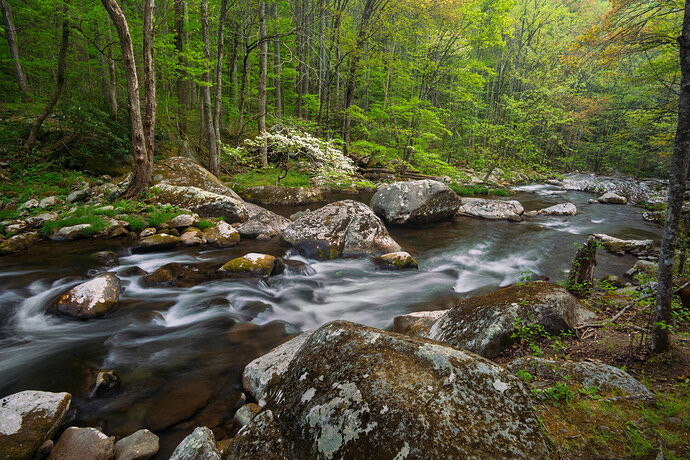
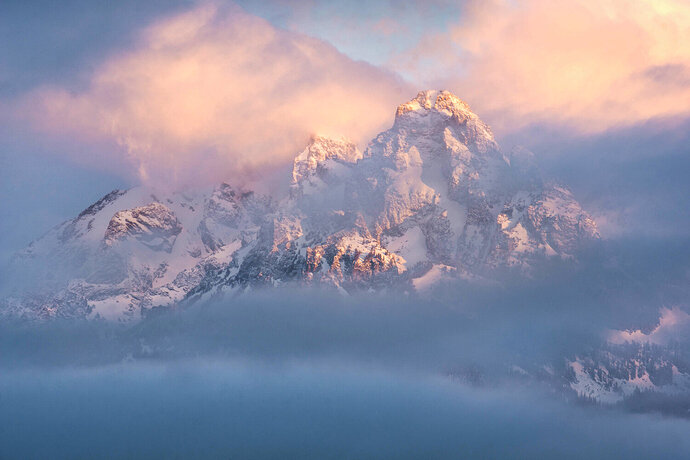
Visit Topic or reply to this email to respond.
To unsubscribe from these emails, click here.
|
|
Guy Tal
4 March |
Greetings, everyone! My name is Guy, and I am a photographer and writer. Other than my books, I've been publishing articles about photography for many years and am a regular contributor to LensWork Magazine, On Landscape, NPN, and other fine publications. I've been teaching photography workshops since 2003. I've also been a moderator and active member of the original NPN for several years. I live in rural Utah and work primarily in the Colorado Plateau and Mojave deserts.
If you're not familiar with my work and background, here's a quick intro: https://guytal.blog/read-first/ And if you wish to see more of my work, read my blog, or get in touch with me, please visit my website: http://guytal.com
Please ask me anything related to creativity, art, science, wilderness, and living a creative life. Admittedly, the technical aspects of photography are less interesting to me.
I'm very grateful to David, Jennifer, and the NPN community for giving me this opportunity. In the words of Minor White, "By offering here something of my understanding of photography, I can continue to earn the images that I have been given."
Posts not following these guidelines may be removed by moderators to keep the Q&A flowing smoothly. Thank you!
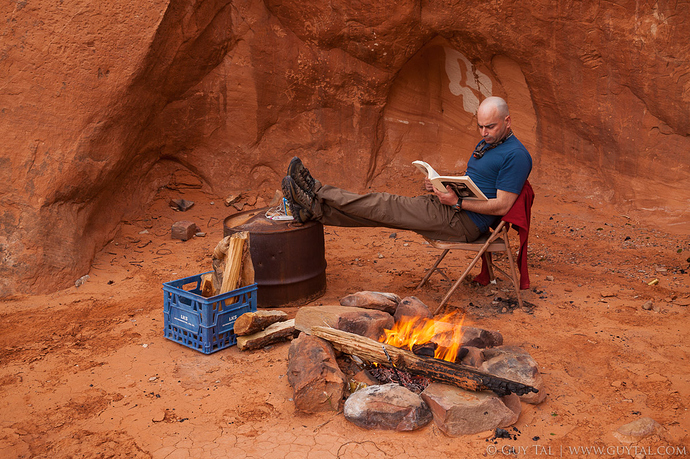
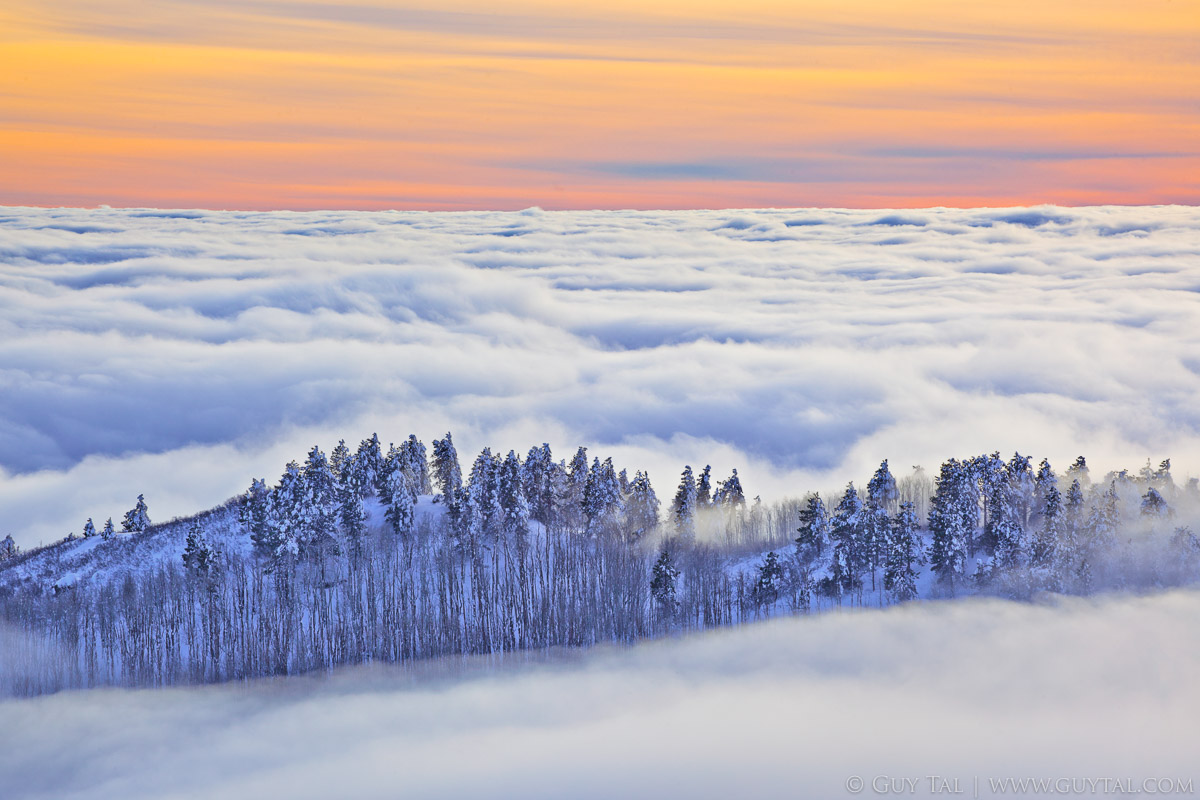
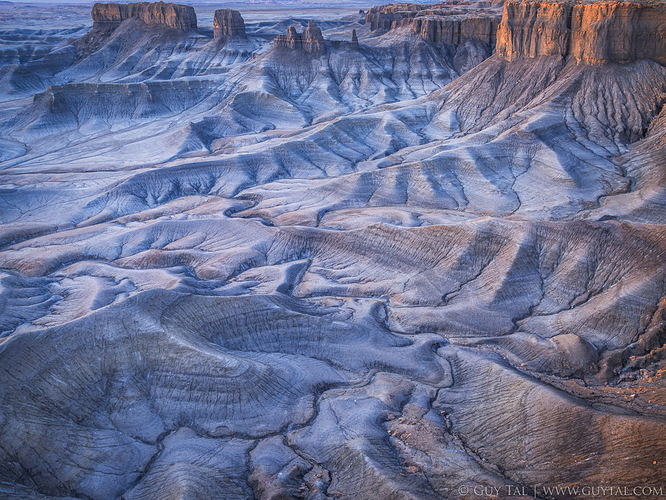

Visit Topic or reply to this email to respond.
To unsubscribe from these emails, click here.
|
|
|
|
|
| ? |
|
? |
| ? |
|
? | ||||||||||||||||||||||||||||||||||||||||||||||||||
| This summary is sent from Nature Photographers Network when we haven''t seen you in a while. Change your email settings, or click here to unsubscribe. |
|
|
Chris Murray
4 June |
Originally published at: https://www.naturephotographers.network/connecting-with-our-audience/
Living the life of an artist is truly one of the most vulnerable of vocations. It takes courage and fortitude to share oneself so personally, to risk rejection, or worse, indifference. Despite the romantic notion of the artist working in a vacuum, insulated from the outside world, the act of creation is not the only goal of the artist. Having an audience with whom to communicate and share our work, our ideas and emotions, is an integral part of the creative process.
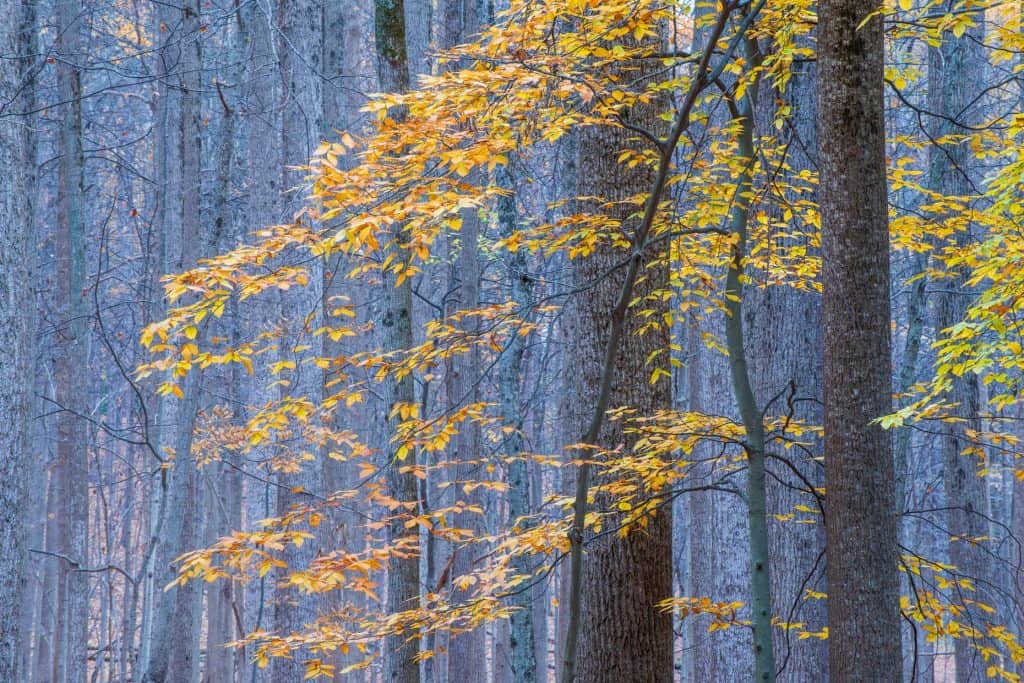
It is an interesting and challenging paradox the artist faces, for while we work primarily for ourselves we must also have an awareness of our audience. But, why exactly? It is not that we are looking to them for recognition or approval, for that must come from within. We do this for ourselves and no other. I believe the need to connect with our audience arises from the reason(s) we are an artist. Personally speaking, it is my way of communicating my deepest thoughts and feelings, many of which I am not even aware of. They reside in my subconscious, drowned out by the minutiae of daily life and the mask we wear in front of others. My art allows these thoughts to come to the forefront, to be heard and recognized. I am communicating with my deeper self, but I am also looking to communicate with others. As David Ulrich states in his book, The Widening Stream: the Seven Stages of Creativity, "Sincere artists, when moved to convey their insights to others, continually question and explore whether their work communicates what they intend."

How well we connect with our audience is a function of authenticity and how we present ourselves. We need to establish our identity, for that identity will lend a consistency of voice and authenticity to our work. This speaks to not just the work itself and the type of photos we produce, but also our behavior. Who will we be as an artist? How will we conduct ourselves? How will we connect with an audience? What approach will we take in marketing our work? It's one thing if we are not relying on our art to make money; the stakes become much higher when photography is our profession. Our monetary success is tied strongly to the relationship we have with our audience. People will not plunk down their hard-earned money on a workshop with a photographer with whom they don't identify and feel a strong bond. They will not buy a print from a photographer that has different sensibilities from their own.
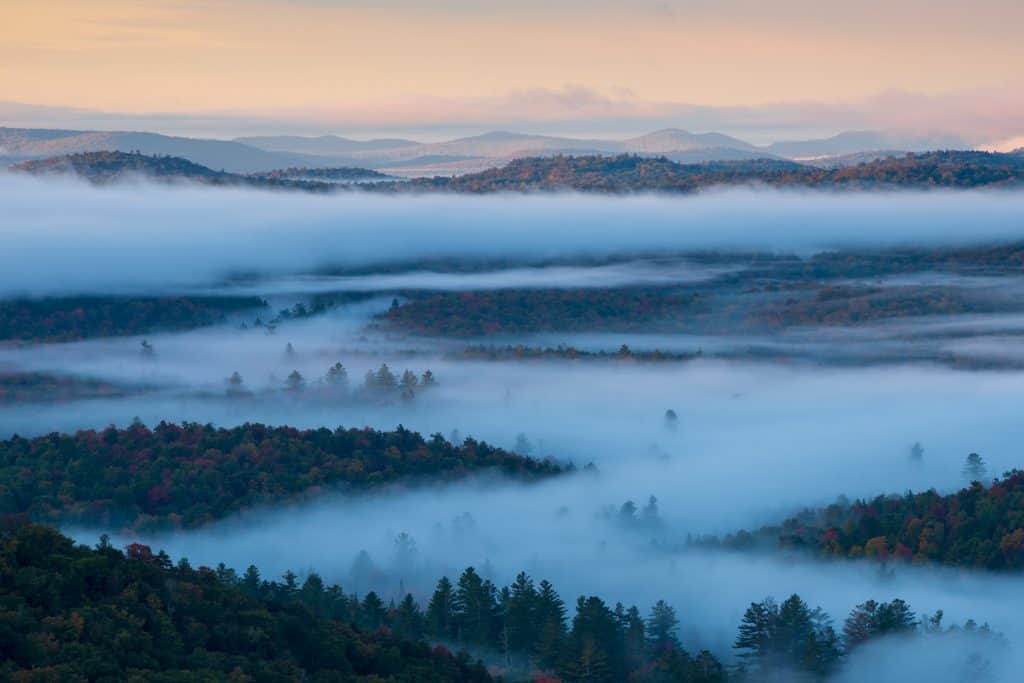
Communication with an audience is one of the primary objectives of the artist. In a perfect world, our art alone would build the bridge between artist and audience. But, it is not that simple. Our vision, our voice, can be communicated in ways beyond our photographs. Exhibiting our work, our online presence, blogs, essays, all serve as vehicles for sharing not only our work but ourselves. Communicating our thoughts and feelings, in both our photos and our writings, allows people to more deeply identify with us, to see a reflection of themselves. They will most connect with someone who has similar sensibilities and philosophies, their way of seeing the world.
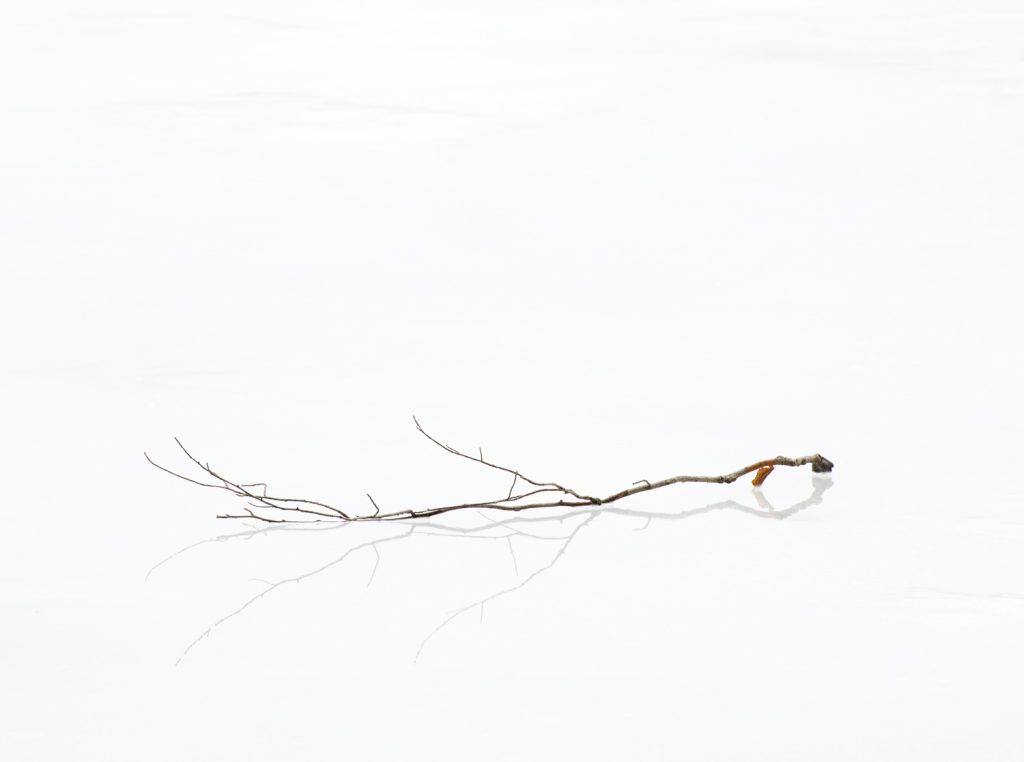
The topic of connecting with our audience has been at the forefront of my mind since a recent experience selling prints from my website. Over the course of a two-month sale that I ran during the holiday shopping season I sold exactly zero prints. I was somewhat disappointed, but not surprised. The number of prints I sell from my website annually can be counted on one hand. A hand without all its fingers even. Yes, that many. I realize of course that a photographer cannot rely on print sales alone for much of her/his income. These days people are more interested in learning how to make their own photos than purchase them, a consequence of the digital age. Still, I have to believe that my sales are on the low side. It's a source of concern, not so much from a financial standpoint (though as a full-time artist I would certainly welcome more sales) as it is a question of how well I am connecting with my audience. Could the absence of sales reflect a lack of connection between myself and those who view my work?
Much has been written about the shortfalls of social media, but it does provide the most obvious opportunity to connect with and build an audience. It allows us the ability to share our work with a greater number of people at no cost. I would love to do more exhibits, but it is simply cost-prohibitive. The challenge with social media is to have our true self shine through in our posts. How we present our work and what we say about it provides our audience with insight into who we are and what makes us tick, all information that is vital in establishing that connection. For some people it is almost second nature when it comes to building relationships, for others it can be much more difficult. The former may be more open and willing to share about their life, the latter is more cautious and protective. Perhaps it's a question of introvert versus extrovert, though I hesitate to reduce it to something so simple.
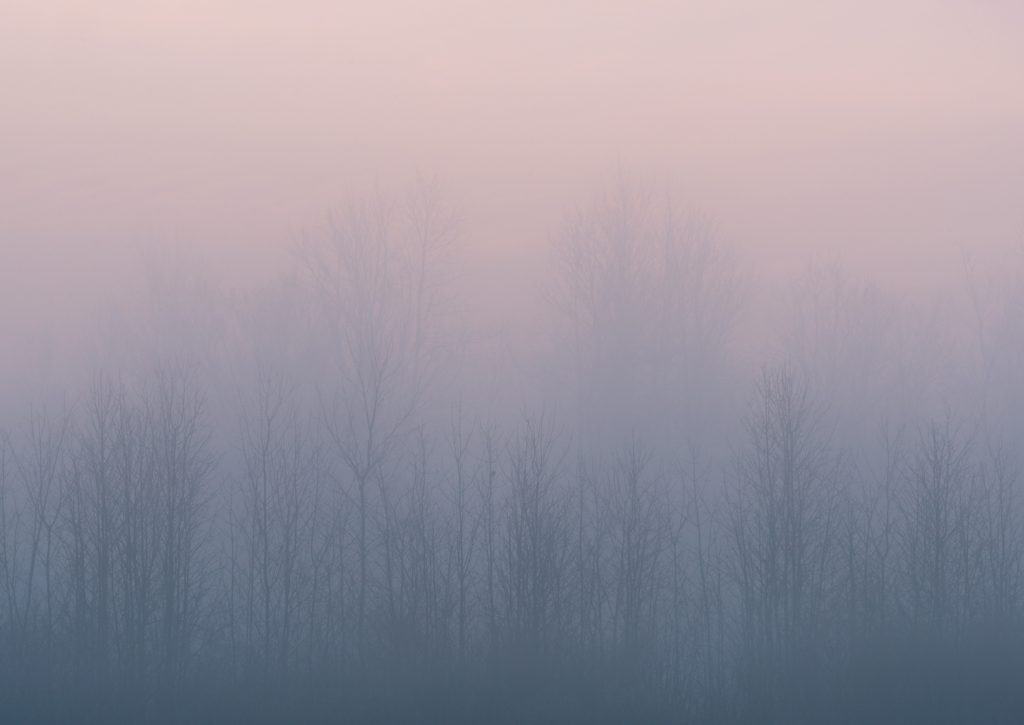
Making a living as an artist brings with it a host of concerns and challenges, chief among them the need to make money. We have to decide how we will market ourselves and our work. Marketing is often regarded as the bane of every artist, usually seen as a necessary evil. However, it doesn't need to be that way. The key is to develop an approach that is true to who you are and reflects your personality, much like your imagery. It's a fine line between self-promotion and peddling consumer goods. Early on I decided I would take a low-key approach to marketing. It's in line with my personality and photos. I don't list my website on each social media post. I no longer ask people to like, share, or comment. I want my audience to feel inspired to do so and not do it because I ask. I prefer my website to resemble an online portfolio rather than a "storefront". But, what if a low-key approach, authentic as it may be, is preventing me from connecting with a larger audience? Would a more effervescent approach and marketing-driven strategy spur more sales? And if so, do I change who I am, even a little bit? There is being true to one's self, then there is being stubborn. I had a conversation recently with a friend and fellow photographer who expressed the same concern, worrying that if she was to actively promote herself more she would wind up feeling sleazy, as if she was prostituting herself. It's not a question of right and wrong, only what is right for you. What feels like prostitution to one person is savvy marketing to another.

Promoting myself and my art is something with which I have never been entirely comfortable. I place a high premium on humility and modesty. That is not meant to sound superior, it is simply who I am. I fear coming across as a narcissist; look at me! I limit my posts to no more than two a week. When a particular honor is bestowed upon me or an achievement is reached I mention it grudgingly and in the most modest way possible. The only reason I mention them at all is out of a need to establish myself as a "professional" so that other photographers or enthusiasts feel they can learn from me and sign up for a workshop. It gives me the credibility I need to make a living as an artist. The pats on the back are nice, but not required.
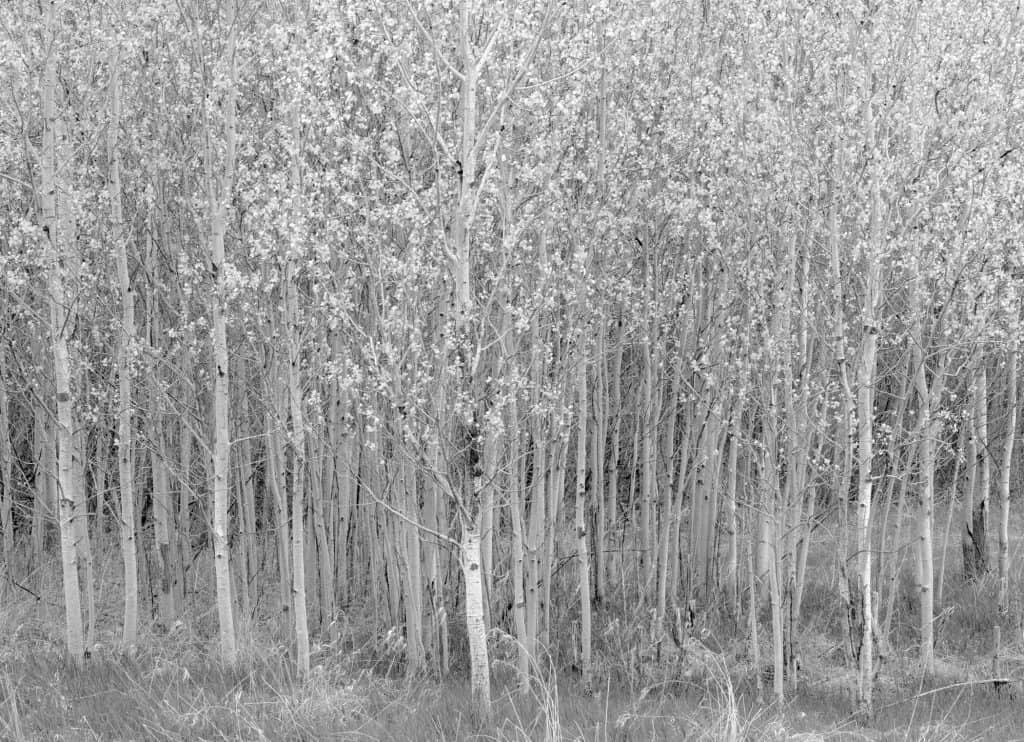
I am not loud, not in the types of images I produce, nor in the way I promote them. While it is true that "a good photograph should be able to stand on its own", its power and impact on the viewer can be greatly enhanced through the written word. Imagery and text can be used to communicate different things, and when done well the end result is a whole that is greater than its parts. I like to include thoughtful and reflective captions when posting a photo online that often have little or nothing to do with the image itself, at least not in any obvious way. A fellow photographer calls it "talking around" the photo rather than about it. Why describe what is already obvious? I believe a little mystery is a good thing. In music, I've always been drawn to songs with lyrics that are ambiguous if not impenetrable. Obvious is boring. It's the same with photography. When I look at another photographer's photo I would rather not know the complete story behind it. Where it is from, what she went through to get it, what she was thinking at the time, what the meaning behind it is. I wish to be left to wonder, to have to deduce and be given to thought, to not have everything spelled out for me. But, is maintaining that air of mystery and not being overtly obvious akin to building a wall around myself? I fear I am making myself less approachable.
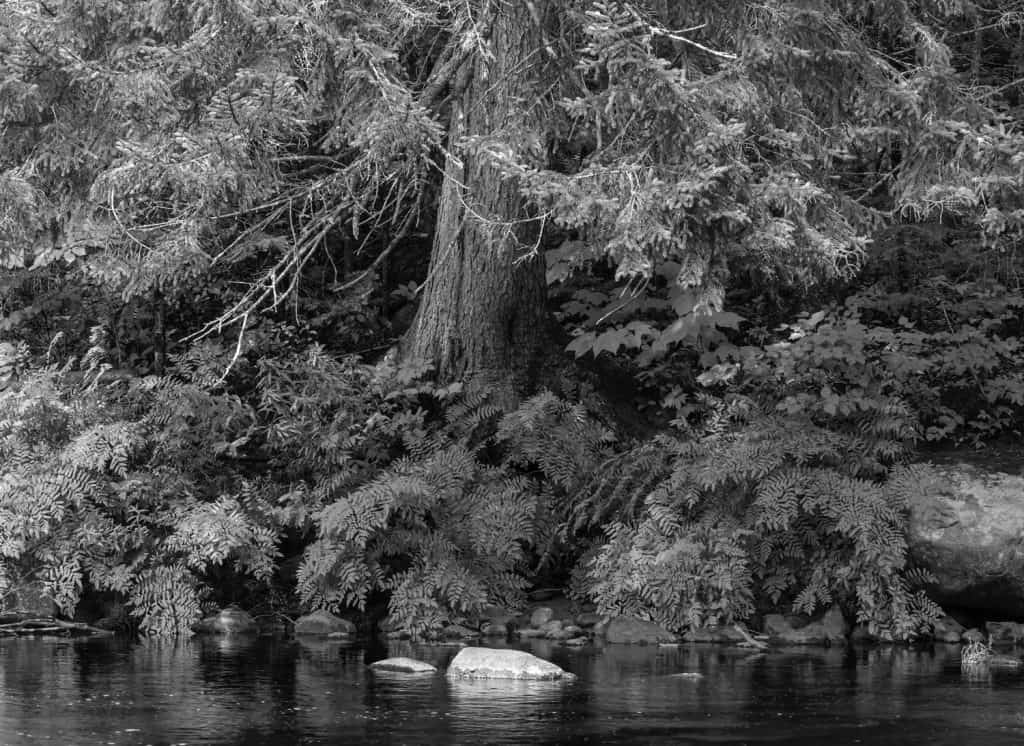
I avoid trends in photography, whether it is a particular technique, subject matter, or visual effect. When I see a trend my natural instinct is to veer left when everyone else goes right. It is a streak of the contrarian within me. Once ICM started being employed as a stylistic tool it quickly became ubiquitous, causing me to abstain from doing it myself for that very reason. In response, I want to make images with even greater detail and sharpness, if that's even possible. The same goes for trends on social media, whether it's a year-end "Best of" collection, or "Waterfall Wednesday", or what have you. But, am I not being as relatable because I don't jump on the bandwagon? Am I robbing myself of an opportunity to share something of myself with my audience in a fun and social way?
Establishing a relationship with our audience goes beyond social media. Like most landscape photographers these days, the bulk of my income is from education, in particular leading workshops. One decision I needed to make at the outset regarded my identity as an instructor. What is it I have to offer as an educator/workshop instructor that sets me apart? I have often heard that to make a living as a landscape photographer we must find our niche'. Fair enough. It becomes a question of where our areas of expertise and interests lie. Am I to become proficient in some processing techniques or another technological aspect that I can share with other photographers? Luminosity masking, astrophotography, time-lapse photography, all are examples of very popular and technique-oriented workshop topics. However, my interests lie more on the creative side of photography, an area where there is no recipe, no blueprint on how to achieve a desired outcome or product. That makes it more difficult to sell because it requires more work. There are no guarantees. With time and practice, anyone can learn the craft. Learning to make creative, personally expressive photos is much more challenging. Also, not everyone is interested in becoming the next Edward Weston or Minor White. There is more interest in improving one's photography through craft than through creative vision. The audience of photographers looking to make more creative and personally expressive photos is not as large as those who are more concerned with craft.
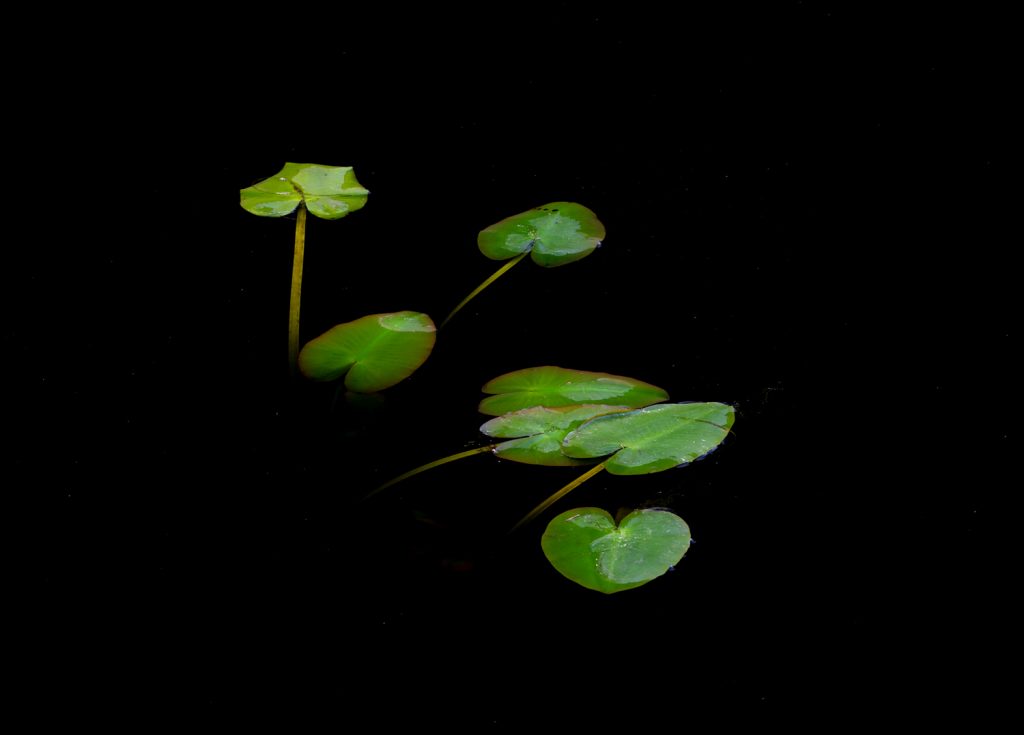
Returning to the topic of my recent web sale, I realize that the lack of audience connection is but one of several possible explanations for the paltry results. Maybe I haven't made it easy enough to purchase through my website. Perhaps my prices are too high. Or, the very real possibility exists that I'm just a lousy artist. I don't think any of these are true (certainly not the latter, I hope). It may very well have to do with the degree of subjectivity of my images. Perhaps more conventionally "pretty" photos would make more desirable wall decor. Although, I don't believe my photos are esoteric or subjective enough to preclude higher sales. The truth is I may never know. It is also something I cannot worry about. No doubt there is someone reading this that has suggestions on how I can increase my sales. I am all ears. However, the connection I seek with my audience goes well beyond marketing. I wish to relate to my audience on a much deeper, emotional level. My hope is that through my work they can learn something about the world around them, even something about themselves they never before realized. If people can relate to me and my work in that way then I can ask for little more.
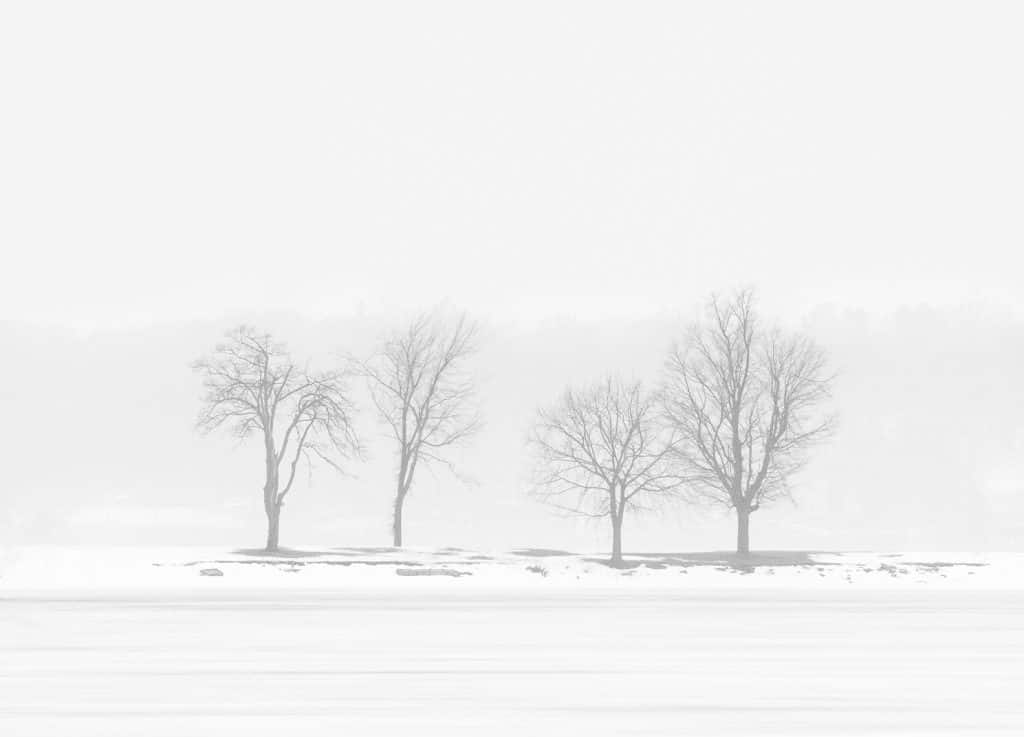
Likes and followers are not rewards worth attaining. Produce honest, quality work that is a true expression and reflection of you as an individual and the rewards will be far greater. Let your true identity as an artist come through in everything you do. The more personal and more subjective your work is, the smaller your audience may be, but it will be more fervent. Be authentic and you will find your audience. More to the point, they will find you.
Visit Topic or reply to this email to respond.
To unsubscribe from these emails, click here.
|
|
|
|
|
| ? |
|
? | ||||||||||||||||||||||||||||||||||||||||||||||||||
| This summary is sent from Nature Photographers Network when we haven''t seen you in a while. Change your email settings, or click here to unsubscribe. |
Hello friends,
?
We hope you are staying safe during these trying times. The world has changed seemingly overnight, and it easy to feel isolated and alone during this unprecedented event. Now it is more important than ever to keep the NPN community strong. We may be isolated in our homes, but we have an incredible community of like-minded people here at NPN who are friendly and supportive. We may not be able to get out into nature as much as we like right now, but you can still be connected to nature through your photos and others on NPN.
?
There has never been a better time to start working on your backlog or reworking your photos and sharing them with the community for feedback. We would encourage you to spend this time learning new techniques, reading our member''s articles, reading the AMA''s, interviews, etc. One of the best ways to learn is by giving feedback to others on what inspires you about a photograph. Giving and receiving critiques is an incredibly valuable experience, and NPN provides the perfect atmosphere to do this without concerns of rudeness or uncivil comments.
?
We are suffering through these times as well; NPN is a labor of love, not a significant source of income for us. We lead photography workshops as our primary source of income, and with the travel restrictions, social distancing, and stay in place orders, we have already been forced to cancel several workshops. So, we, too, are feeling the stress and uncertainty with our business like so many others out there. With that, there are many ways you can help ensure that we can continue to run NPN into the future, including:
?
It is more important than ever that we stay together as a community, and we don''t want financial obligations to get in the way of your continued participation on NPN. Therefore, we are providing relief to those who have been affected by the pandemic and are genuinely in need.
?
If you are currently a paying member and have an upcoming renewal that you are considering discontinuing due to financial hardship, please reply to this email and let us know how the Coronavirus outbreak has affected you. We will discuss discounting your payment so you can continue to be an active member. We will not be giving refunds, only future discounts on a case by case basis.
?
If you are not a current paying member but want to be part of our fantastic community, but can''t afford it, please reply to this email and we will work out a plan. Please tell us why you want to be part of the community, and if you have any referrals from current members. You must be committed to being part of the community and actively participating at least once a week. We will not be accepting everyone as we want to ensure we keep a tight-knit community that is dedicated to the art of nature photography.
?
We have created a private section on the forum where you can connect with other members that are suffering through this exceptional time. Whether you are infected, have friends or family that are, have become unemployed, your business is suffering, or you''re just downright scared. Let''s all come together as a community and support each other. As with everything on NPN, it must be kept civil, but you are free to discuss anything related to the pandemic in this area. Telling your story with supportive members of our community can be very therapeutic.
?
You must join this group to see this area of the site. We know that many people come to NPN to escape the drama of the news, etc. so this will not be visible unless you opt-in. Look for the link to the forum on the group page.
?
Thank you all for your support during these incredibly challenging times. We still believe NPN is one of the most unique communities on the internet and only has more potential to become even better. We look forward to spending more time participating ourselves now that we have more free time, along with continually improving the site. Please take care of yourself and your families, it''s going to be a bumpy road, but we can get through this together!
?
If you have any ideas or feedback about how we can make the site even more relevant during this time, please let us know.
?
Best wishes,
David and Jennifer
?
?Unsubscribe | Update your profile | 186 Rainbow Dr #8692, Livingston, TX 77399
|
|
Sarah Marino
26 August |
Originally published at: https://www.naturephotographers.network/rules-enemy-of-personal-expression/
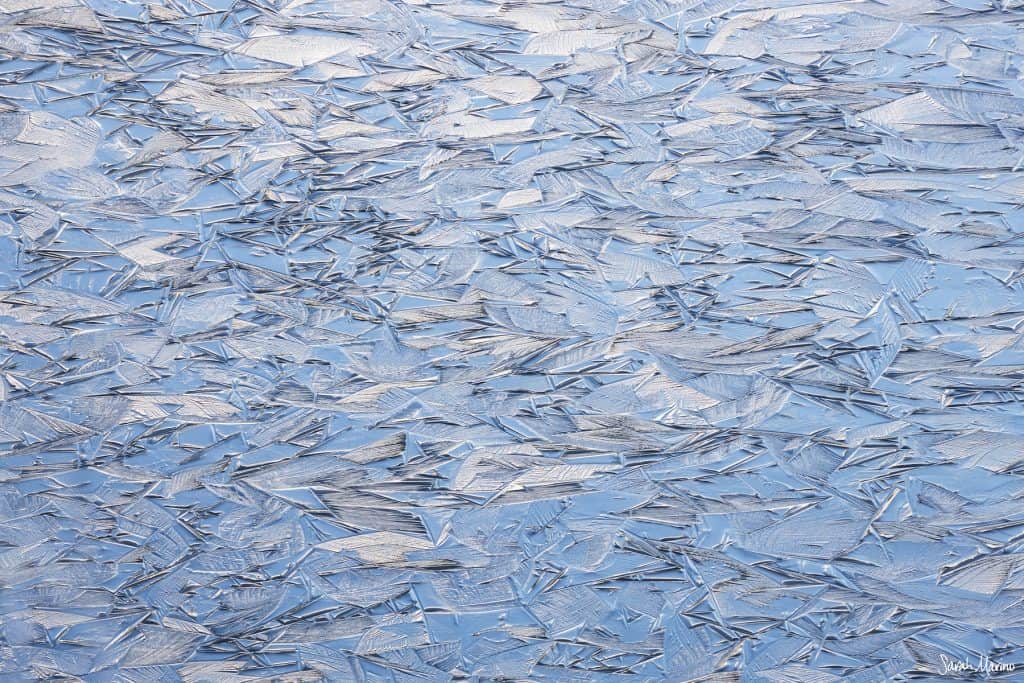
A few weeks ago, I sat in my backyard talking with another photographer about her experience in seeking to create more personally expressive work. While reviewing some of her photos, she commented, "It is exhausting to spend so much time getting out of the mindset of doing things the 'right way.'" Yes, yes it is! Or the workshop student who told me earlier this year, "I really wish I had never learned the rule of thirds." Yep, I agree! I understand these frustrations because I, too, have spent a lot of time working my way out of habits that are encouraged as the "right way" to pursue nature photography, at least in the dominant culture of photography that exists in the American West. Below, I share how some rules and conventions limited my thinking and got in the way of expressing my interpretations of nature, plus some advice for a better approach.
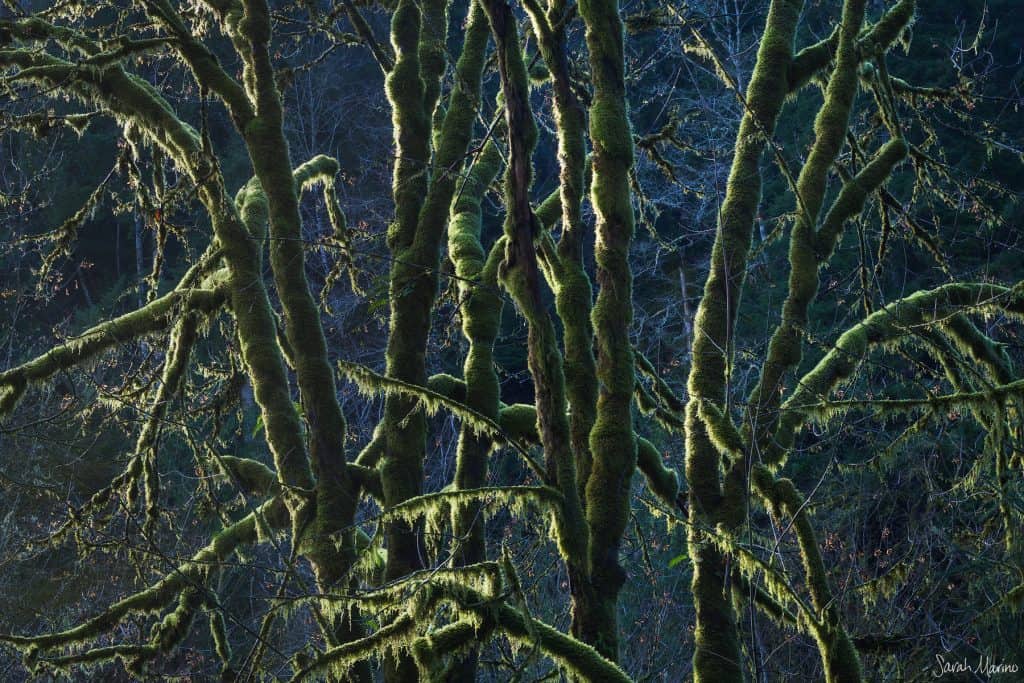
This list reflects a sampling of the "right way" to do nature photography, including rules, conventions and laws that you should follow to create good, great, and epic photos of nature (yes, LAWS - in preparing this article, I came across a popular post about the "laws of landscape photography"). I have personally listened to well-regarded photographers say most of these things, with a few bits of wisdom from the internet thrown in to round out this compilation. As you read through these entries, think about whether each piece of advice is limiting or expanding in terms of photographic opportunities, personal expression, and creativity.
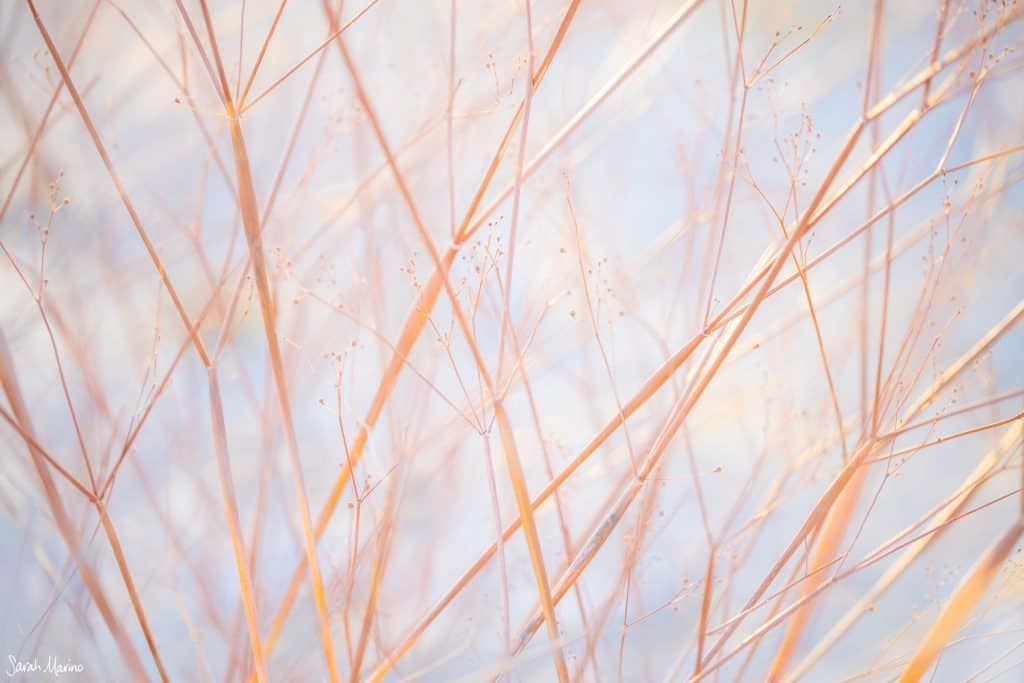
All this advice can help create what might be widely considered an attractive photograph of nature, but all of this advice is also laden with judgement that is disconnected from the more important starting point: an individual photographer's connection to their subject, intentions, and visual preferences. The sense of strictness embodied in each of these ideas is in total opposition to the concept of photography as a form of personal expression. All of this advice starts from a problematic premise - that there is a right or best approach. These conventions and rules might all reflect a popular approach but that certainly does not make them "right" or "best." Additionally, these rules and conventions, as described above, encourage seeing nature through a set of limitations rather than an expanse of opportunities.
Such directive and judgement-laden statements encourage conformity rather than personal exploration, experimentation, and an individualized path. For those of us that pursue photography as a form of personal expression, our work is one of the most intimate and meaningful ways we have found to express ourselves and our interpretations of the natural world. For such a personal endeavor, it makes little sense to start with arbitrary rules to guide our practices. And, as mentioned in the introduction, getting beyond these ingrained patterns of thinking can become a constant, exhausting battle once a photographer decides to move in a different direction. Rules, conventions, and laws should not be looked to as helpful guideposts for such a personal pursuit.
So, let's all stop thinking about and encouraging the "right ways" to pursue landscape and nature photography. Instead of focusing on rules, we can start by looking inside ourselves as the primary source of guidance about how to pursue our craft: our motivations, our visual preferences, the subjects we choose to photograph, the light we enjoy the most, the connections we make in nature, and how we want to present all of these ideas through our finished photographs. These ideas and answers, even if a continual work in progress, should guide our decisions much more than the field's standard practices.
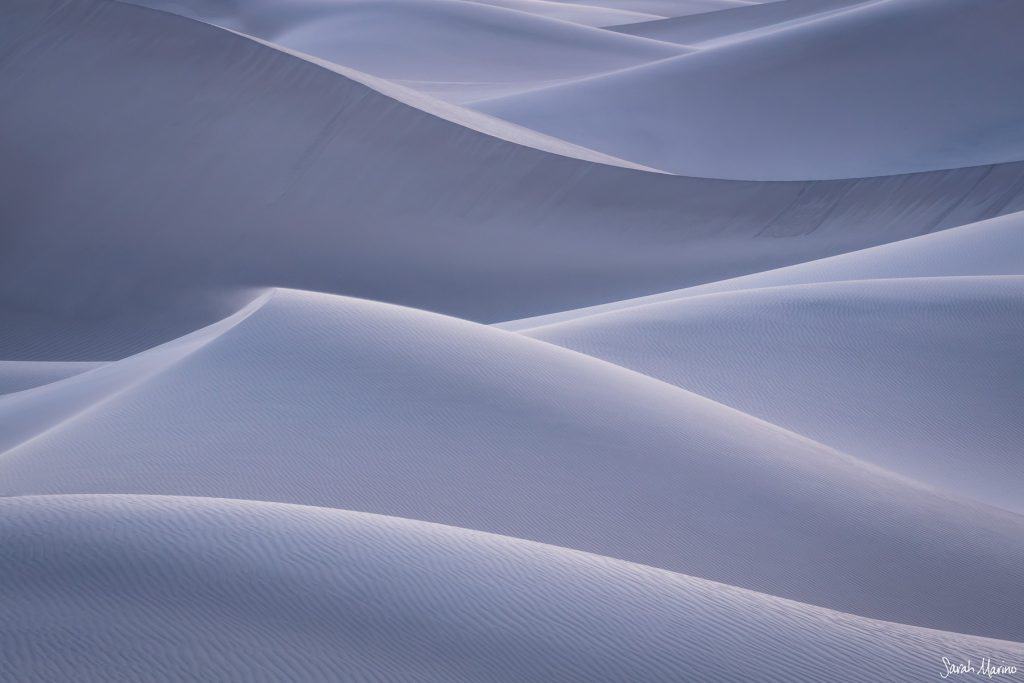
My earlier nature photos dutifully conform to many of the conventions I describe above. Conversely, the vast majority of my recent portfolio is centered around photos with these characteristics: symmetrical compositions, patterns and repetition, flat light, soft colors, and mundane subjects. If I had continued to internalize the common ideas about the right way to pursue nature photography, I would never have taken most of these photos - photos that reflect the intimate connections I make with nature and my interpretations of my time spent in wild places.
This latter collection of photos feels much more personal and meaningful, most likely because these photos have a lot more of ME reflected in them. I am not claiming that these photos achieve the highest heights of uniqueness and creative excellence but I can say that they better reflect what I love most about photography and spending time outside. Below, I share three examples of how I have worked to find a more personally-driven approach, after being mired in the rules and conventions discussed above for years. This has required actively forcing those restrictive conventions out of my mind and instead listening to and relying upon my vision when it comes to making decisions about subjects, light, and composition.
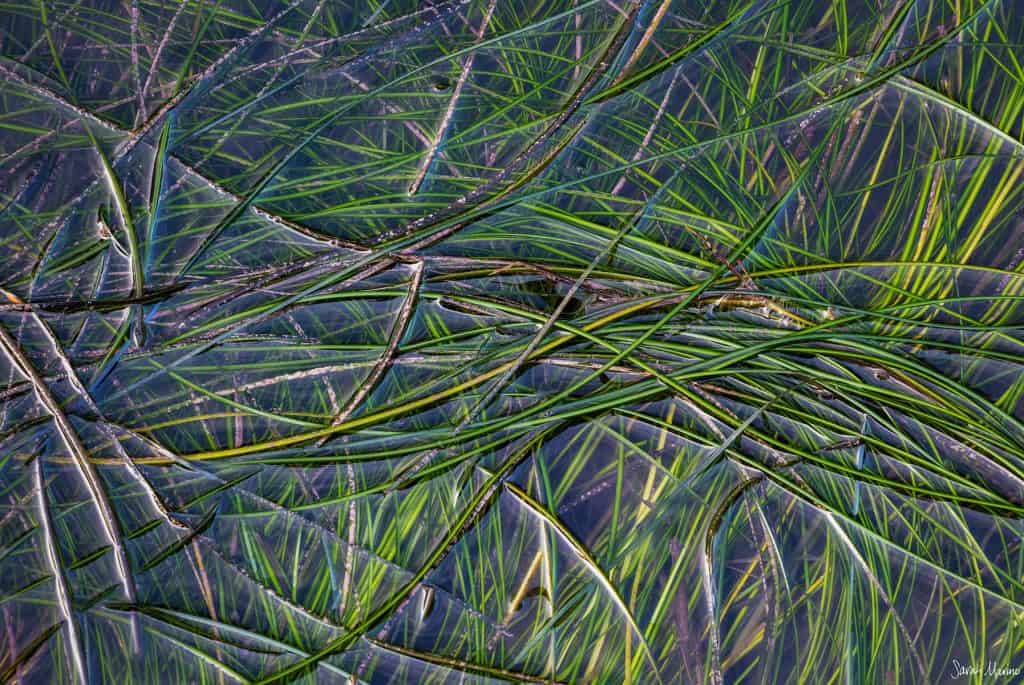
EPIC LOCATIONS, BOLD COLORS and YOU MUST BE PREPARED! The best locations. Now, I start with the mindset that I can find things to photograph in any natural landscape, so the idea of "best locations" and "best seasons" and "best timing" only limits my opportunities. Turns out that the more subtle side of nature appeals most to me so now I spend time just wandering around random locations in nature to see what I might find (my preparation often begins and ends with a quick glance at a map). After collecting my favorite photos, it is clear that I gravitate toward softer colors, both in subjects like plants and flowers, and it the sky. I am much happier with a gentle pink sunrise than a screaming red sunset, so I seek out that kind of light. I also find joy in photographing mundane subjects in a way that presents them as beautiful.
If you go into a landscape with only limitations in mind (only the best locations are good enough to photograph, golden hour light is the only light worth photographing, you need to find the best composition, etc), it is unlikely that you will find an abundance of opportunities. So, why not go into each photo outing with a more open mind and see what you find? Not planning allows for serendipity and the ability to respond to the opportunities in front of you instead of the opportunities you imagined in advance that almost never materialize.
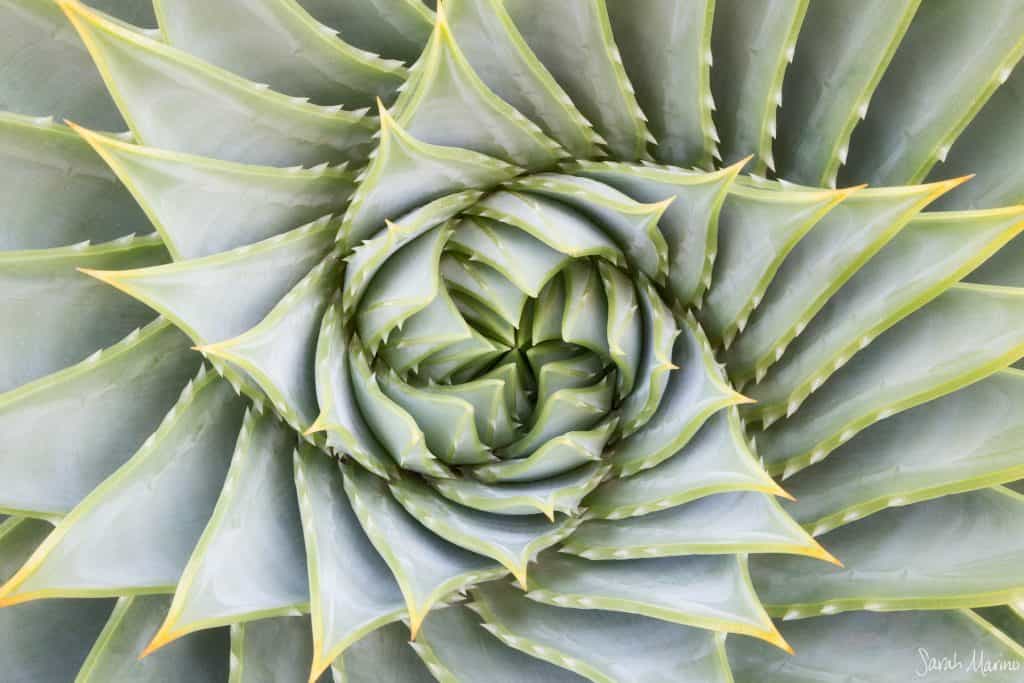
COMPOSITIONS NEED TO. One major theme of my work is to find order, harmony, and grace in nature and then portray these qualities through my photos. This approach helps ease my busy mind and calm the overwhelming feeling that uncontrolled chaos surrounds me. With regard to my own work, the rule that says "never center a composition" comes to mind. Such a rule will save you from yourself by preventing you from creating a boring, static composition, right? No.
With MY goals for MY photography in mind, centered, balanced, and symmetrical compositions make sense because such an approach conveys a sense of relaxed peace. What some random person on the internet says is the most boring approach to composition ever is often where I find myself feeling at home with my subject. And, I find great joy in finding patterns and repetition - two approaches in which there often is not a dominate subject (which is the whole point of finding and photographing patterns and repetition for me). Instead of starting with arbitrary rules about what makes a good composition or interesting photograph, how about we start with the goal, feeling, or idea we hope to convey through a photo or body of work, and then make our composition decisions in partnership with our goals?
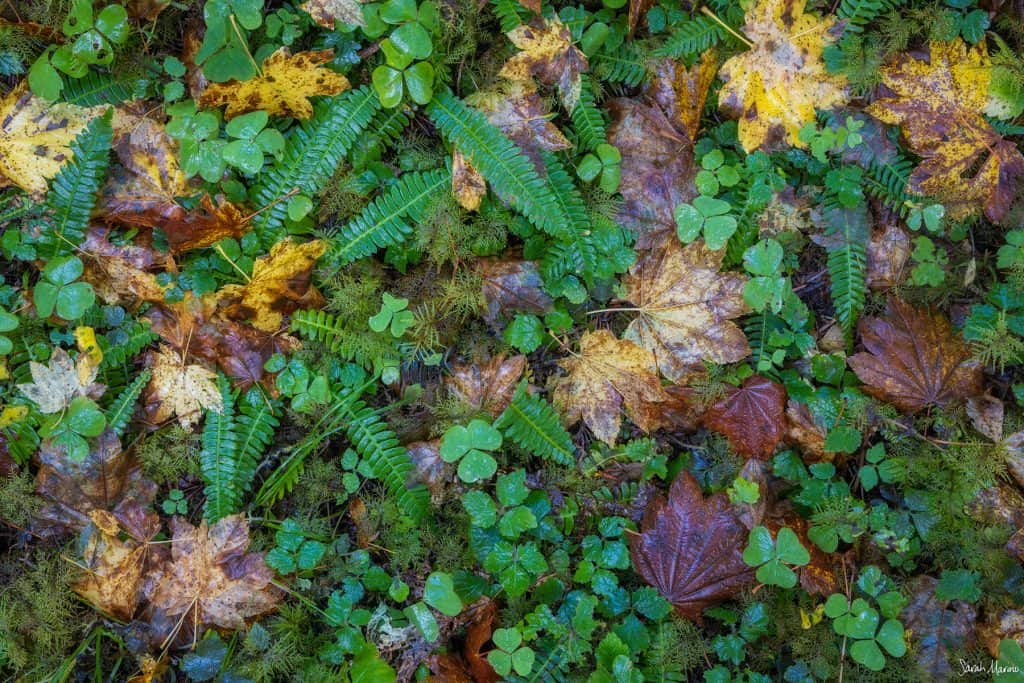
ONLY GO OUT DURING GOOD LIGHT: Common advice about light is another example of how conventions in this field encourage narrow thinking. As with other examples above, the idea that light is "good" or "bad" presents another set of limitations. If I followed the advice to only photograph during the golden hour, I would have never taken the photos that make up about 80% of my portfolio. I prefer to see different opportunities with different kinds of light. I like harsh light because it can create opportunities for high-contrast black and white photographs. Flat light and shade can be perfect for photographing plants and all kinds of other subjects in nature. Back light can make leaves and fuzzy subjects look transparent. And clear days can bring beautiful pinks and blues at the edges of twilight. All of these lighting conditions offer opportunities for photography if you bring an open mind and a willingness to experiment.
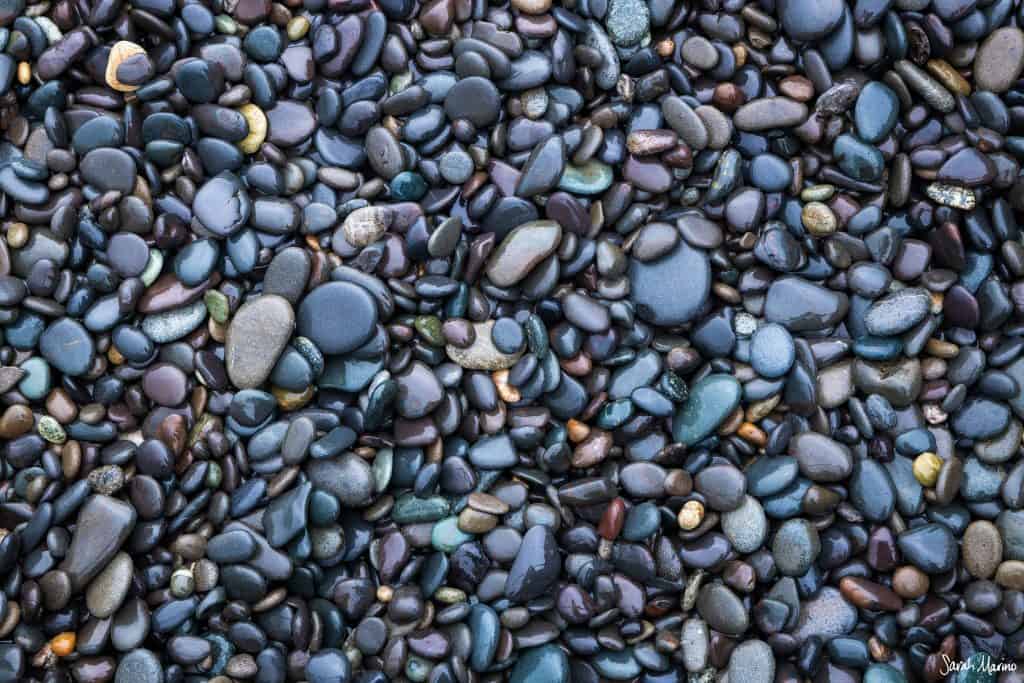
Although this article is about how you shouldn't listen to advice about how to do nature photography, I will share a few adaptable ideas that I find to be much more helpful. Instead of listening to and internalizing directive, judgement-laden advice (this is good, that is bad), spend time on learning the basics of visual communication as this approach can offer a helpful basis of knowledge without boxing you in to an approach that might not align with how you wish to express yourself through photography.
If you want to expand your knowledge in a way that supports your development as a photographer, consider learning about the principles of visual design, color theory, and working with all different kinds of natural light. Experiment with what you learn and pursue the ideas that resonate the most. Spend time exploring your motivations, interests, visual preferences, and connections to the natural world and use those ideas to influence how you want to express yourself through photography. Forget the rules and all the judgement-laden statements and instead focus on the ideas and practices that help you express yourself best.
Visit Topic or reply to this email to respond.
To unsubscribe from these emails, click here.
|
|
|
|
|
| ? |
|
? |
| ? |
|
? | ||||||||||||||||||||||||||||||||||||||||||||||||||
| This summary is sent from Nature Photographers Network when we haven''t seen you in a while. Change your email settings, or click here to unsubscribe. |
|
|
Eric Bennett
Contributor
20 April |
Originally published at: https://www.naturephotographers.network/creating-a-diverse-portfolio/
Eventually, as you take more photographs, your work will begin to form something more significant. Just as individual trees come together and create a forest, your images at some point will become a body of work-a broader, fuller representation of your artistic vision. I like to see each photograph that I add to my portfolio as an additional piece of a puzzle, which will expand and become more complex as time goes on.
Each image that you add to your portfolio will contribute to your body of work. I personally-as well as most people-love to see a great variety in a collection of images, instead of the same techniques, themes, colors, or subjects repeated over and over again. It provides for a more interesting viewing experience, and it shows the artist's capability to reinvent themselves and successfully execute many different ideas continually. This, of course, is no easy task, and cannot be done in just a single week, month, or year, but I hope that the following suggestions-that have worked in my own experience-will be able to help you along your journey to create a richly diverse body of artwork.
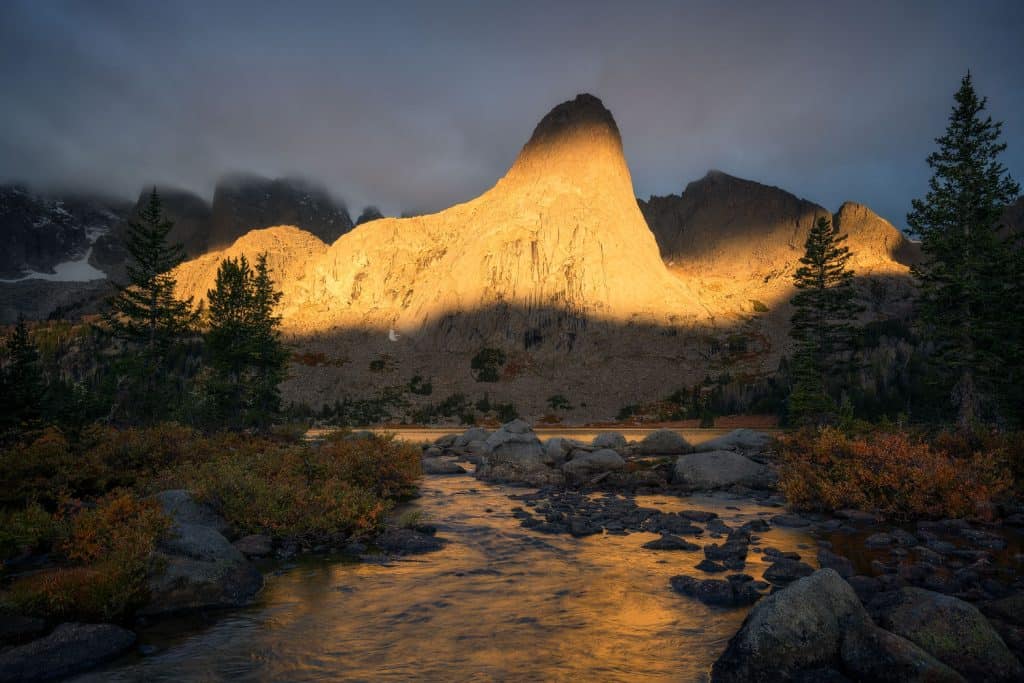
"Photography is a small voice, at best, but sometimes one photograph, or a group of them, can lure our sense of awareness."
W. Eugene Smith
First, we will get the most obvious method of creating a diverse portfolio out of the way, which is by visiting different places. There's nothing like seeing a collection of images from all over this big beautiful planet, which is an incredibly diverse place all on its own. I also love to see portfolios that demonstrate the artist's skills across all different environments (forests, deserts, mountains, canyons, highlands, winter, summer, fall, etc.), showing that they can connect with a variety of different areas and compellingly present them. This is also a great way to challenge yourself and stretch your skills and keep photography interesting. If you find yourself always visiting the same places, maybe take a trip out to the coast, the forest, the mountains, or the desert for a change. Fly out to different countries where you can find unique landscapes that are exclusive to that area alone.
There is so much to see out there, and still plenty of places that have yet to be extensively photographed. This would be the next method, to visit places that other photographers haven't already photographed or are not yet the latest hot spots. You can probably even find places like this not too far from your home. This will help to diversify yourself and stand out from the rest. If you cannot travel to different places, you can always photograph them in different ways, veering away from the popular and iconic photos that we always see.
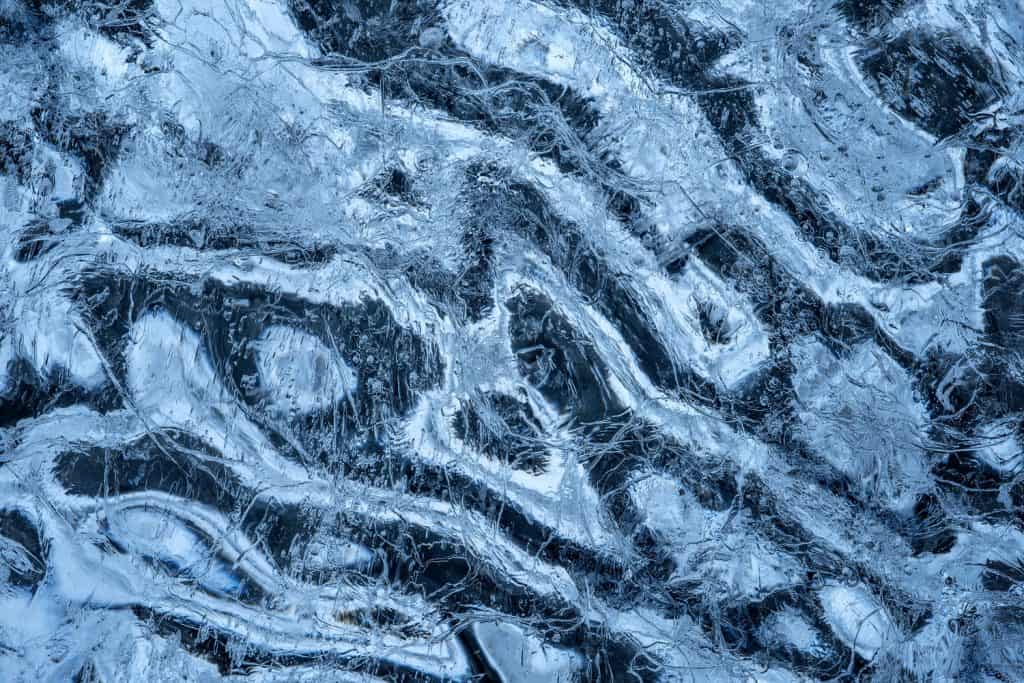
"Quit trying to find beautiful objects to photograph. Find the ordinary objects so you can transform it by photographing it."
Morley Baer
Traveling to the same place over and over again also has its merits, as you can save a lot of money, and you are allowed more time to explore and build a deeper relationship with the area. In this case, to avoid having a monotonous, predictable, and repetitive body of work, you can focus on photographing the same place in different ways, by showcasing different lighting, colors, compositions, and subject matter. Try to create a new place all together in each photograph-create different shapes, patterns, and designs with the lines and colors around you-and stop thinking so literally.
"No great artist ever sees things as they really are. If he did, then he would cease to be an artist."
Oscar Wilde
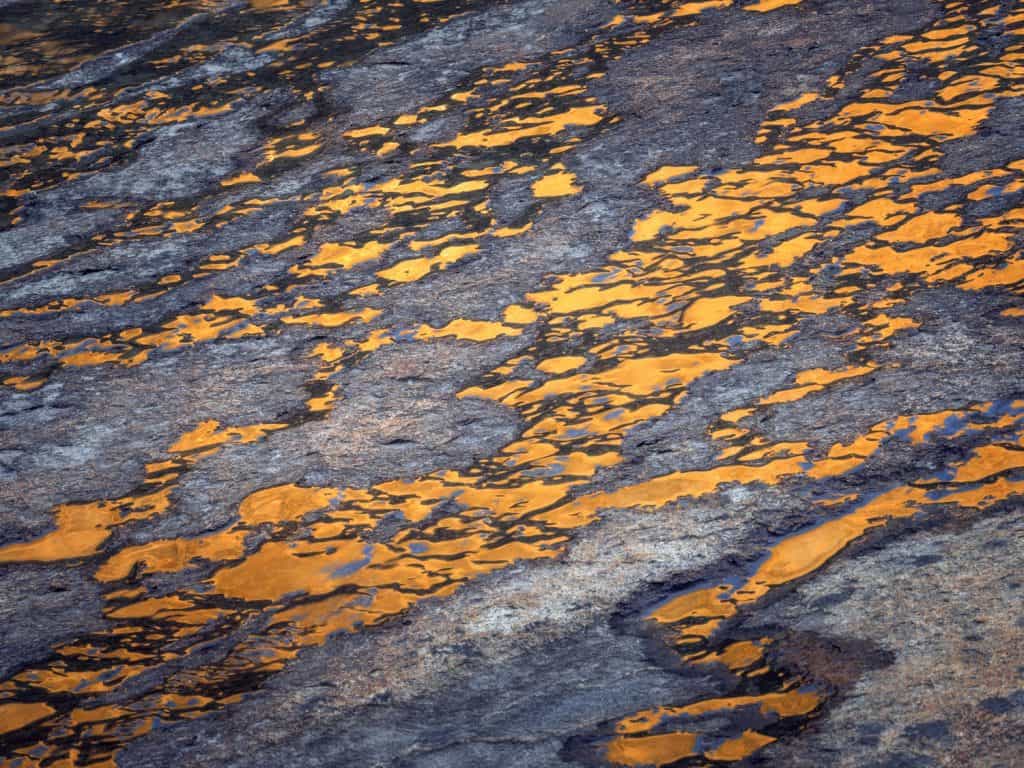
I love looking through a portfolio or body of work that contains scenes varying from grand, open vistas to intimate, subtle scenes, and feeling how each image affects me differently. Wide scenes of jagged mountains under dramatic skies fill me with excitement and awe, while a simple, elegant scene of fractal patterns in the sand fills me with a reverent sense of wonder. My emotions have space to breathe, and the tension followed by relaxation by the variedness of one scene to the next allows me to have a fuller, more complex experience.
As a photographer, I feel it is important not to get stuck doing the same trick over and over again and trying to repeatedly do what has been successful for yourself or others in the past. Not just for our sanity-to keep things interesting, continue to grow, and avoid burnout-but to have a well-diversified body of work as well. Every type of place, subject, light, hue, and weather that can be encountered requires unique attention and execution-both in the field and post-processing-to be best conveyed. Small, intricate details will be best featured by using a macro or telephoto lens, zooming in, and excluding everything else around them. A chaotic forest can be simplified in the same way, by dissecting it and breaking it down to individual parts and focusing on each one with a longer lens. Wider scenes of a subject that include supporting elements also deserve a place in every portfolio, as they can include important context, such as setting and scale, that elaborates more about the subject and where it resides.
Some of the ways you can create variety within your portfolio are by using different lenses, using a tripod or shooting handheld, different apertures to increase or decrease depth of field, shooting from the ground or in the air, and creating unique compositions instead of always placing your subject in the same area of the frame. The most important thing is that you never stick to a formula, that you don't make any decisions for the photograph you will create until you are in the moment, face to face with the subject. It is important always to be open-minded so that you can make the decision of equipment you will use, vantage point, focal length, and settings, that will best suit the scene that you are capturing.
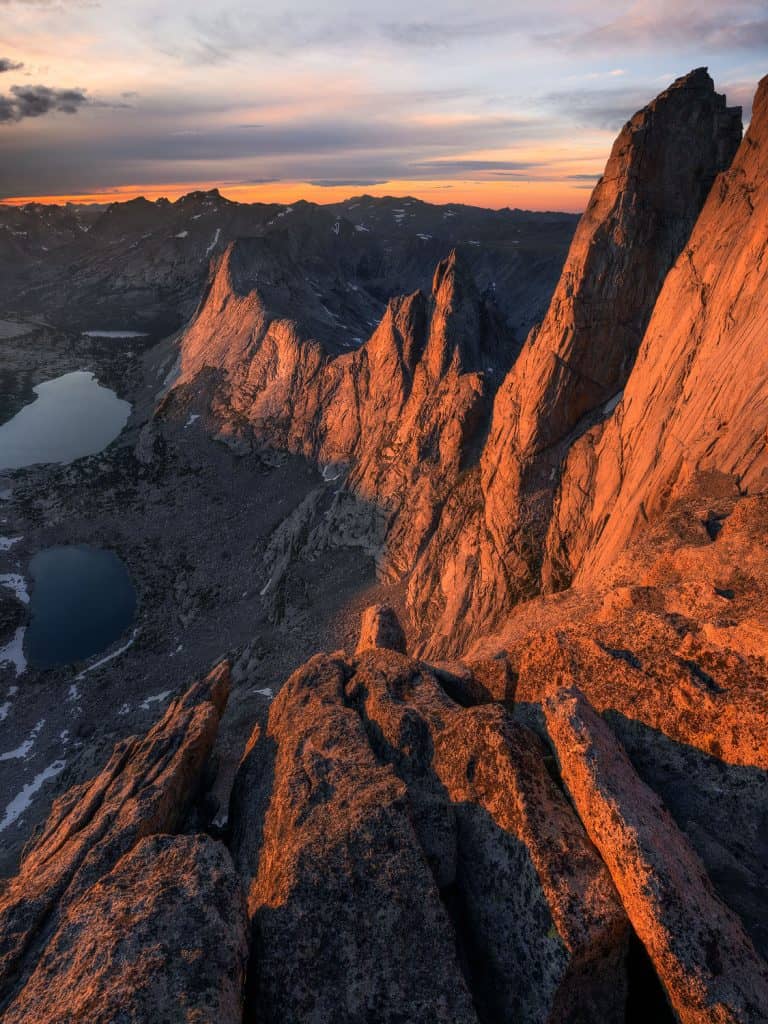
While I am in the field looking for scenes, I try first to observe my surroundings with an open mind, and clear my head of all preconceived judgments and ideas. I keep my equipment packed in my bag, and I just walk around through the landscape, looking in all directions. I try my best not to have any expectation of capturing a certain kind of scene-intimate, abstract, wide, etc.-so that I don't become tunnel-visioned and miss out on something else that could be done. Once I find something that catches my eye, depending on its scale or what it is that I would like to showcase, I decide to either include or exclude other surrounding elements. I then pull out my camera and attach the lens that seems most appropriate and find the perspective that works best.
"Photography is an art of observation. It's about finding something interesting in an ordinary place. I've found it has little to do with the things you see and everything to do with the way you see them"
Elliot Erwitt
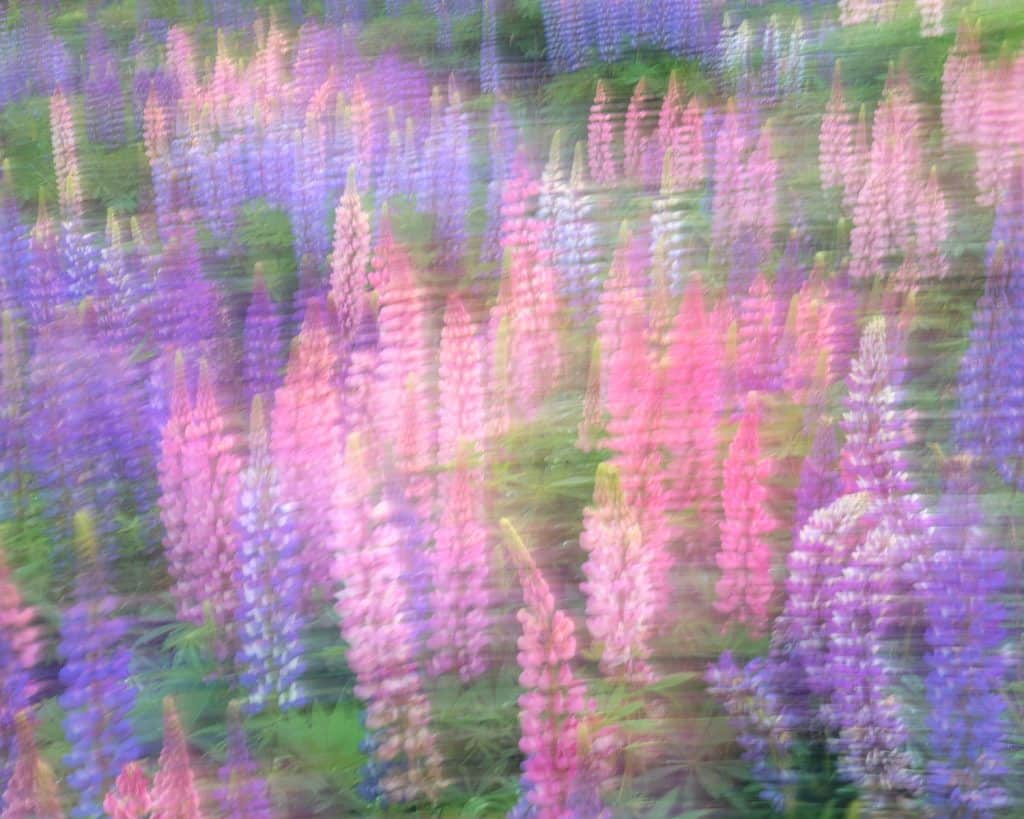
You cannot photograph all subjects in the same way, obviously, and yet I see many photographers that still insist on doing so. Most likely, when we do this, we are doing so out of the hope of repeating past successes we have had.
A personal experience I had comes to mind when I was first starting to photograph landscapes. It was summer, and I was in the mountains here in Utah, where carpets of colorful wildflowers surrounded beautiful lakes. I shot the scene by getting down low and close up to the flowers and with the distortion of a wide-angle lens, was able to enlarge the flowers while also somewhat exaggerating the size of the mountain peak in the background. On another occasion, I photographed a mud-cracked playa with distant hills in the same way, which also worked since it created more emphasis on the mud tiles and drew the viewer into the scene and led them to the subject. However, I found myself photographing everything that way for a while, including forest scenes, waterfalls, and anything else I encountered. Looking back at those images now, I can see that I wasn't paying attention to the subject matter that I was photographing; instead I was trying to create the same image wherever I went. While it worked now and then, occasionally coinciding with the type of scene I was shooting, most of the time, it was not what would have worked best to draw the viewer's attention to what I wanted them to notice.
I also see a lot of photographers that have the mindset that every subject has its set instructions of how it should be photographed. They believe that certain objects always call for a particular lens, lighting, or perspective, only because they haven't seen something else done before. Limiting yourself to what everyone else is doing will stunt your growth, and inhibit you from being more imaginative and creating something new to share with the world. Photography will be more rewarding and fulfilling as long as you always seek to share your unique perspective or take on a subject.
"To create one's world in any of the arts takes courage."
Georgia O'Keeffe
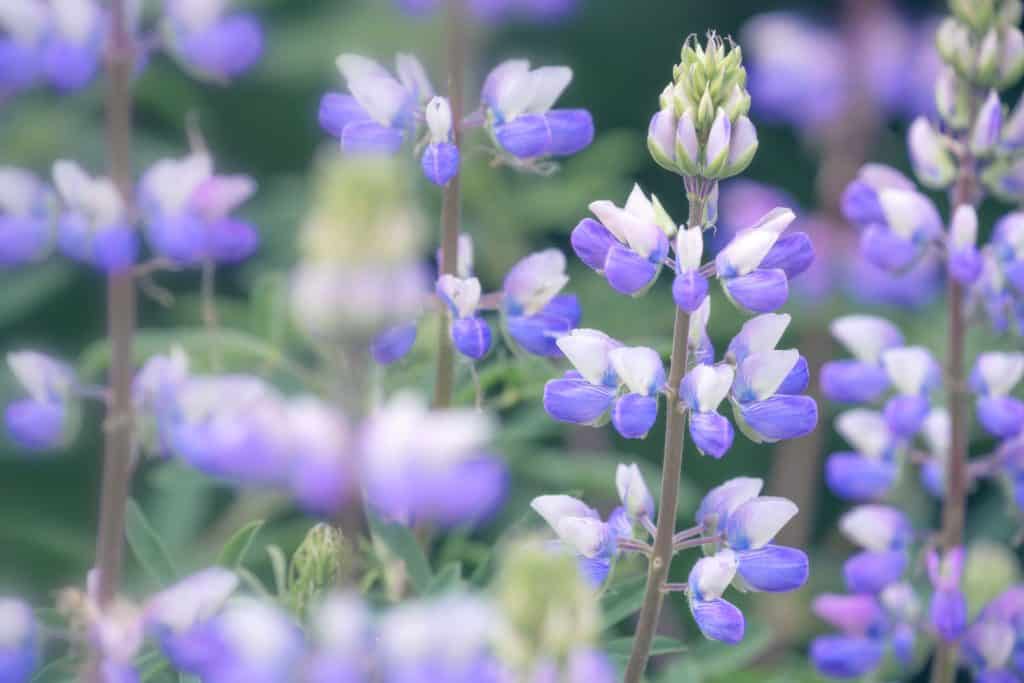
It is easy to get attached to a certain kind of lighting in your scenes when it has worked well before. Some popular examples would be backlighting, sunrise or sunset, or blue hour lighting in scenes. Each of these, when applied effectively, can have a profound effect on the mood or visual flow of an image, but many other types of lighting can be used as well, and may be even more effective or appropriate in certain scenes. Don't trap yourself by sticking to the same kind of lighting over and over again whenever you shoot. Try to find ways you can utilize the light as it continuously changes throughout the day. The most important thing, like always, is to decide on the lighting that will work best in the scene you will be photographing, and wait for that.
Limiting yourself to a certain time of day to photograph can cause you to miss out on a lot of other scenes and opportunities to make equally compelling images. It will also make all of your images look very similar, even though they are of different places, subjects, and seasons. You should always be on the lookout for a scene that works well with the lighting happening at that moment. Allow the light to dictate what you shoot.
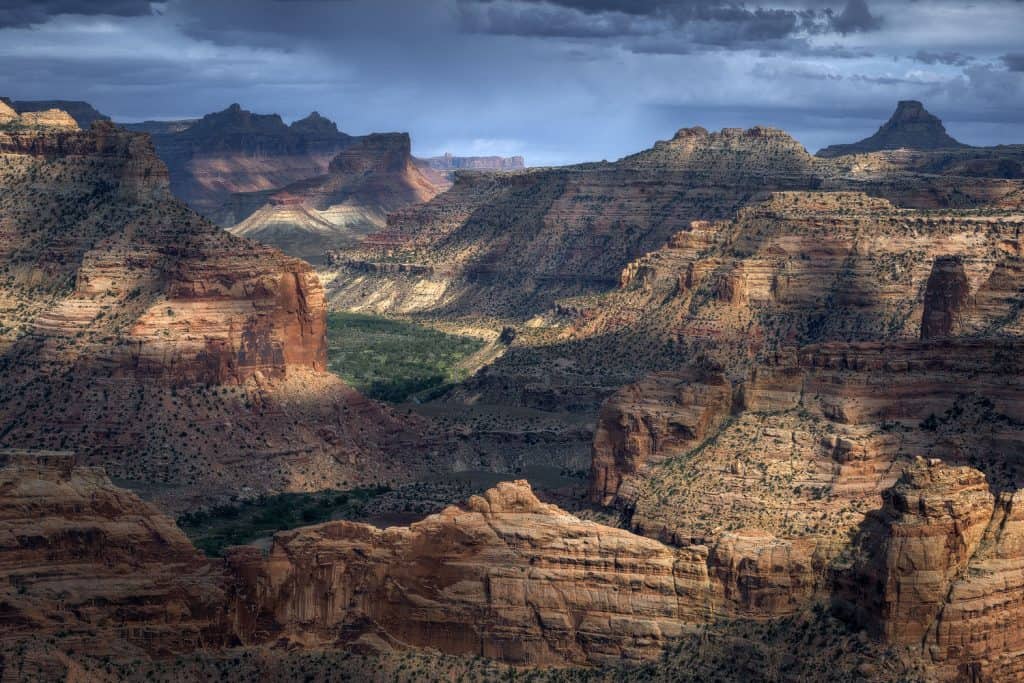
"Light makes photography. Embrace light. Admire it. Love it. But above all, know light. Know it for all you are worth, and you will know the key to photography."
George Eastman
A lot of people tend to attribute the mood of a scene to the processing style of the photographer. I always explain to people that the mood of my scenes is a product of the lighting, which I photographed them in; that mood is only further enhanced later on in post-processing, it is not created. A dramatic scene will feel more dramatic if following a calmer scene, and vice versa. Having different moods will make them enhance one another since each image will be contrasted and stand out from the next. Having images with different moods throughout your portfolio is another great way to retain people's attention and prevent them from getting visually fatigued.
Learn ways that you can utilize all different kinds of light effectively, this way, your portfolio will contain bright scenes as well as dark scenes, high contrast scenes as well as softer scenes, scenes where you are looking into the light and scenes where it is illuminating the landscape. There is no such thing as poor lighting, only poor uses of lighting.?
"Wherever there is light, one can photograph."
Alfred Stieglitz

Getting inspiration for your artwork is extremely important, be it from other artists in your field, visual artists from different fields (painters, wildlife photographers, portrait photographers, graphic designers, anyone making art), nature, literature, music, or personal experiences. A great way to diversify your portfolio is by seeking inspiration and influence from all different sources. A lot of the inspiration for my work comes from books I read about biology, history, biographies, and adventures, that moves me to tell similar stories from my own life but through imagery instead of words. Surround yourself with inspiration from all different sources and mediums and, inevitably, the work you produce will be diverse as well.
I closely follow the work of a very diverse list of photographers, which you can see here if you are also looking for quality inspiration: www.bennettfilm.com/Inspiration
When looking at small image thumbnails-on Instagram profiles, website galleries, or catalogs-what stands out the most are the colors in each scene. I love seeing a set of thumbnails or an art gallery with a broad range of hues, with warm and cool scenes dispersed evenly, and not dominated by a single color temperature or hue. Of course, in some cases, it can be more powerful to have a gallery of a single color, or all black and white, if that is the point you are trying to make. Still, in a body of work, showing all of your images throughout the years, I think it is very visually pleasing to have a wide variety of colors represented since they will affect the viewer in different ways and provide for a less monotonous, fuller viewing experience.
The color in your scenes will depend on the places you visit, for example, green forests or orange deserts, as well as the lighting that you shoot in-sunlight creates vibrant, warm colors, shade creates cooler, less saturated colors. It is important to pay attention to these things while you are shooting in the field so that you can either include contrasting colors, or feature one single color and exclude the others. While a lot of colorwork can be done in post-processing, if you hope to have natural-looking images, you will need to be mindful and make most of the color selection in the field.
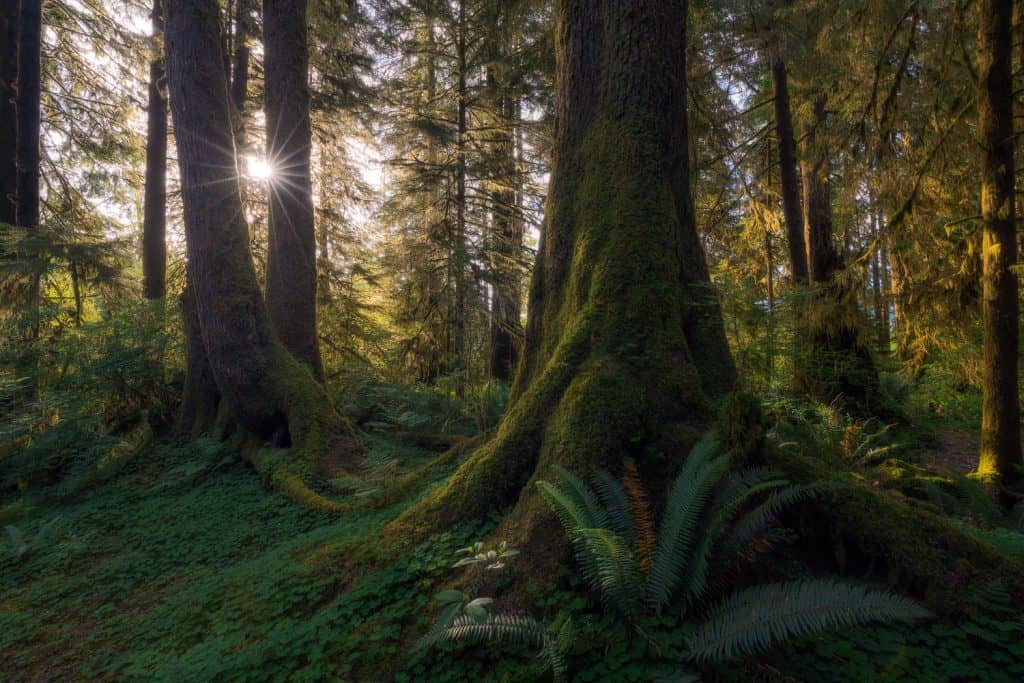
Predominantly warm images elicit different emotions and moods than cool images do; warm colors advance towards the viewer, while cool colors recede and pull the viewer in. This push and pull effect is a great way to create a compelling viewing experience that will keep people interested while looking through your galleries. I always make it a point to alternate warm and cool images with one another and spread them out evenly in my gallery to avoid visual fatigue-as a series of repeatedly warm images tend to be overwhelming-so that the viewer has moments to rest and doesn't feel like they are looking at the same thing over and over again.
Another way to achieve variety through color is to feature both colorful, complex palettes as well as simplified, monochromatic palettes. Certain scenes will benefit from either one depending on the subject matter and the mood you wish to convey. A simplified color palette can draw more attention to details, patterns, shapes, and designs, instead of color, while a color palette showcasing several different hues and tones will keep the eye bouncing throughout the scene and draw more attention to the colors therein. I think it is great when a photographer is capable of working with both multicolored and simplified palettes, as they each have their challenges.
Having color images as well as black & white images is another great way to create variety within your portfolio, similar to monochromatic scenes. A black & white image causes the viewer to focus more on lines, shapes, and lighting more than a color image does, as it strips the photo down to its most basic elements. Black & white images can convey an entirely different mood than color photographs as well, allowing the viewer to have a short break from all of the color in your portfolio and be able to more fully enjoy the other visual elements without any distraction. If you are going to create a black & white image, it must be appropriate for the scene, and will always turn out better if you make this decision beforehand while shooting in the field, not just as an afterthought while post-processing. I admire a photographer that is capable of creating compelling scenes where they do not rely on color, as well as being able to manage an extensive color palette. This is something that I am still working on myself, as I have found that I tend to heavily rely on color in the majority of my own images. What can I say? I like color, so sue me!
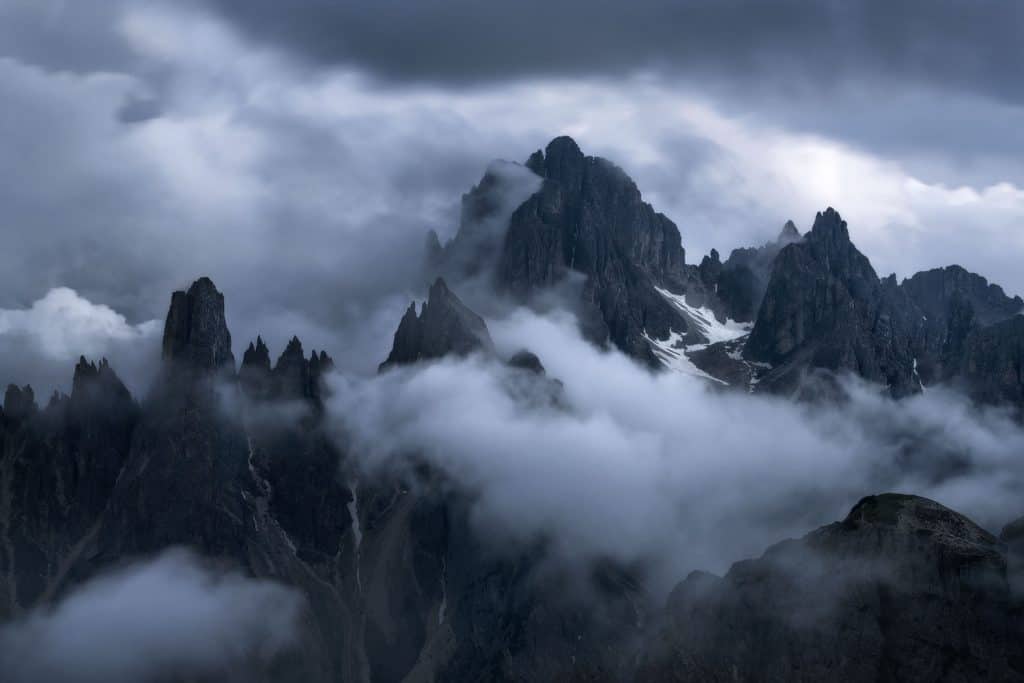
Some examples that I have seen of photographers that have done a good job at mixing color and black & white images in their portfolios are: Guy Tal, Marc Adamus, Sarah Marino, Jimmy Gekas, William Neill, Jennifer Renwick, and Charlotte Gibb. It's really impressive to see them execute both kinds of photographs equally well.
During this time, dealing with the restrictions of the coronavirus pandemic, I know it is most likely not possible to go out and shoot new images to add to your portfolio. However, this is an excellent opportunity to spend time going through your portfolio and do some curation. Remove scenes that feel redundant, such as scenes that are very similar to others but not executed as well, try to only keep the single best image of each particular subject or perspective. I find that when there are very similar images in a portfolio, like two versions of the same scene, they actually take away from one another and dilute their potential impact. It is much better just to keep the best and lose the rest.
Try to judge each image in your portfolio objectively, putting your personal feelings for them aside for a moment. Sometimes we feel a strong connection or affection for a scene because we can remember a wonderful, special experience we had in that moment. This is great, and hopefully, we feel it for every image we have in our portfolio, but a lot of times, it can cause us to overlook the flaws or poor quality of a photograph. Be as honest with yourself as possible. You must be able to still see if the image was done well or not and if you were able to achieve what you wanted to. Does it have a clear subject? Is the idea you wanted to convey felt through the scene? Is it balanced? Is it a necessary addition to your body of work? Having images in your portfolio that do not measure up to the rest will take away from them, and bring down the overall quality of your portfolio.
Ultimately, if you wish to have a diverse portfolio, it will come from approaching and handling each scene that you hope to capture uniquely-not falling into formulas or routines. Let the light, weather, subject matter, and your imagination dictate the way you compose and process each scene.
Like I mentioned before, it is also important to diversify yourself from the rest of the photographers in the world. This way, you are contributing something unique and meaningful, sharing your own message and voice, instead of just following trends. This will not only make you stand out-as people will appreciate your work much more-it will make photography more enjoyable, and you will find deeper meaning and satisfaction in pursuing it.???
Visit Topic or reply to this email to respond.
To unsubscribe from these emails, click here.
|
|
Cole Thompson
22 June |
Hello NPN, I am excited to answer your questions today!
I am uniquely unqualified to speak about photography:
You can view more of my work at https://colethompsonphotography.com

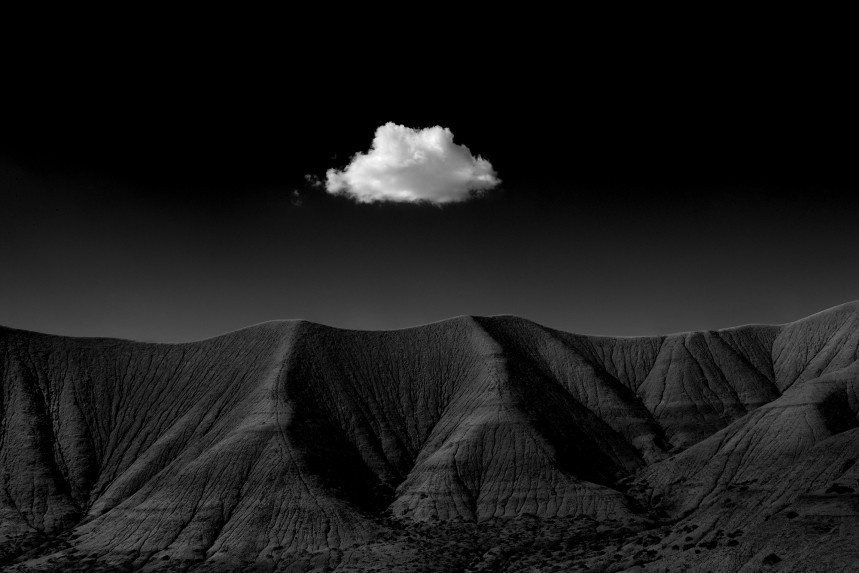
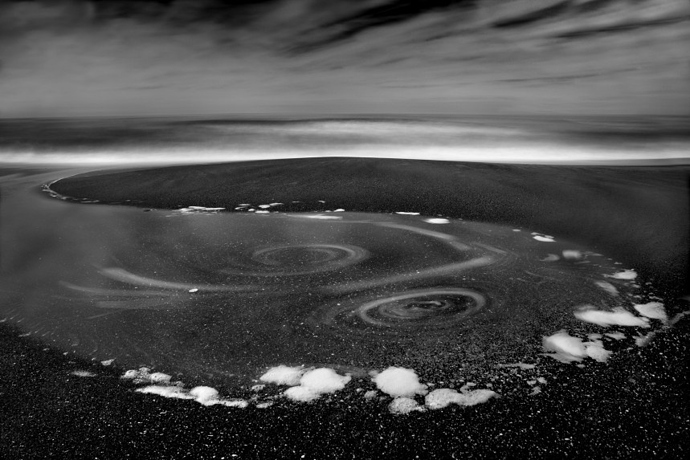
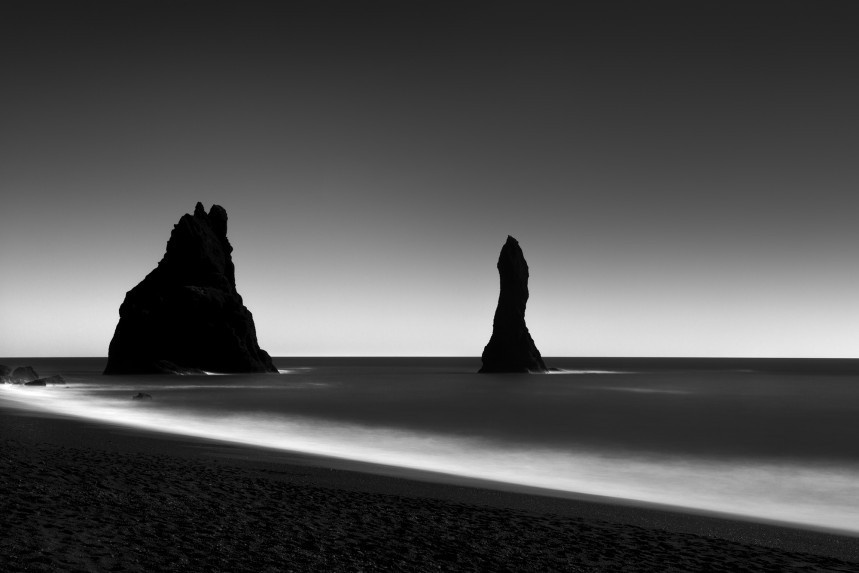
Posts not following these guidelines may be removed by moderators to keep the Q&A flowing smoothly. Thank you!
Visit Topic or reply to this email to respond.
To unsubscribe from these emails, click here.
| Data Name | Data Type | Options |
|---|---|---|
| Name (full) | ||
| Password |



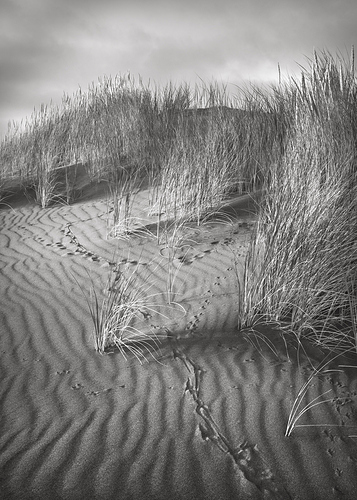







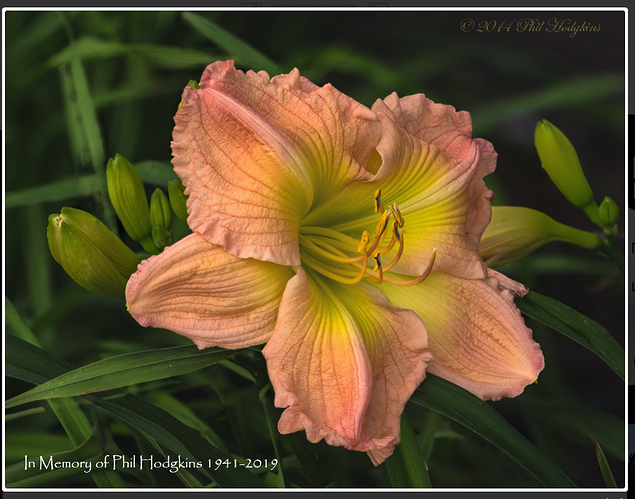










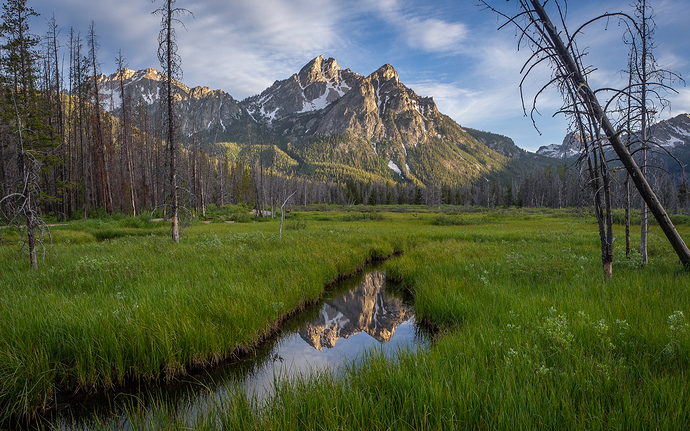





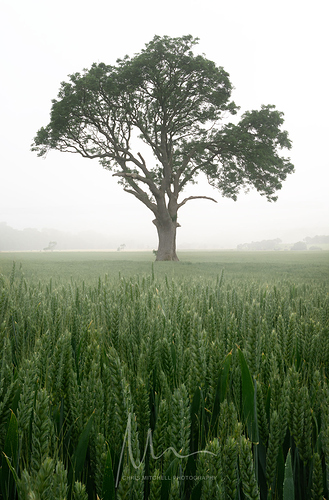






 Arts and Entertainment
Arts and Entertainment Business and Industry
Business and Industry Computer and Electronics
Computer and Electronics Games
Games Health
Health Internet and Telecom
Internet and Telecom Shopping
Shopping Sports
Sports Travel
Travel More
More